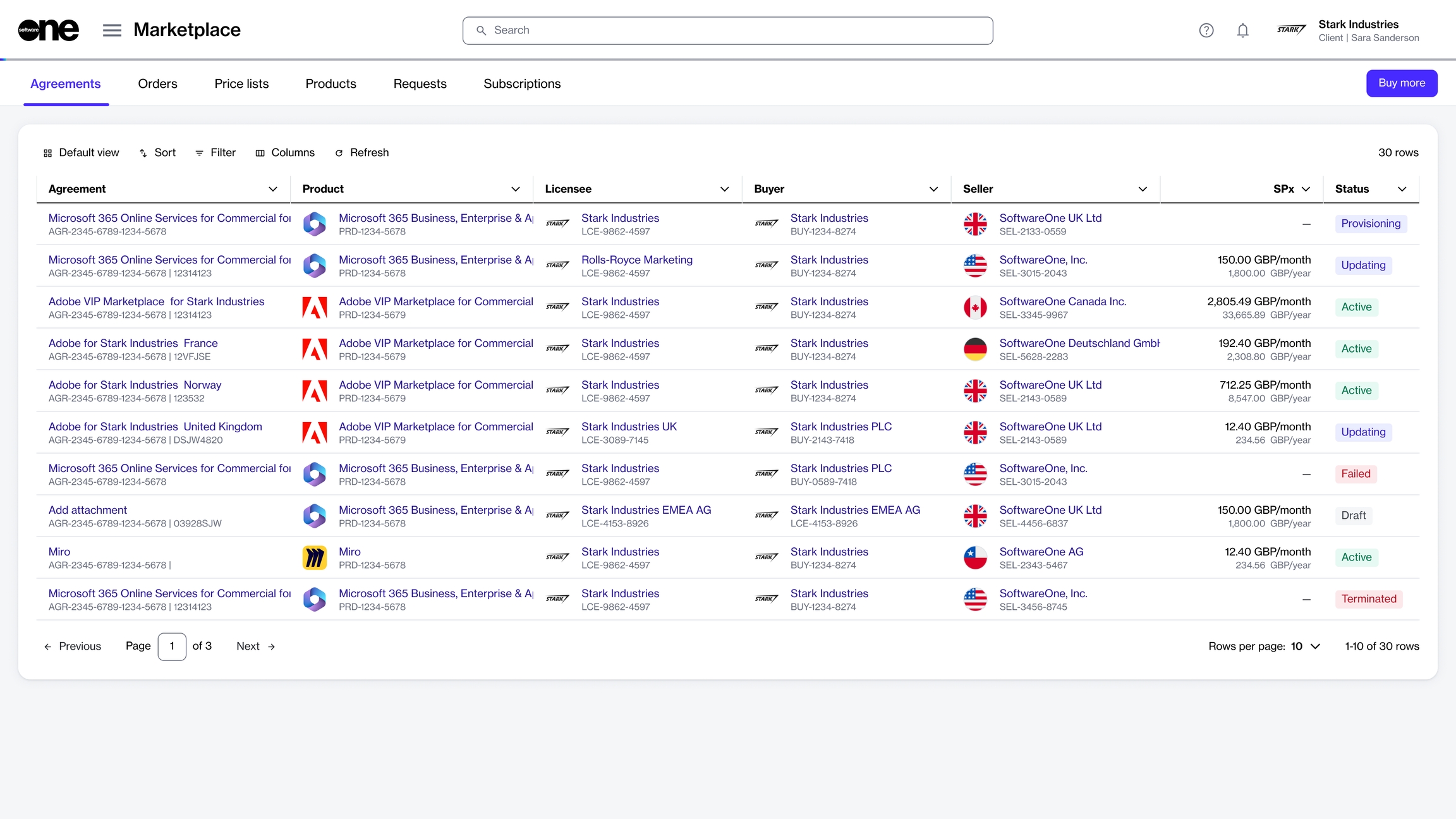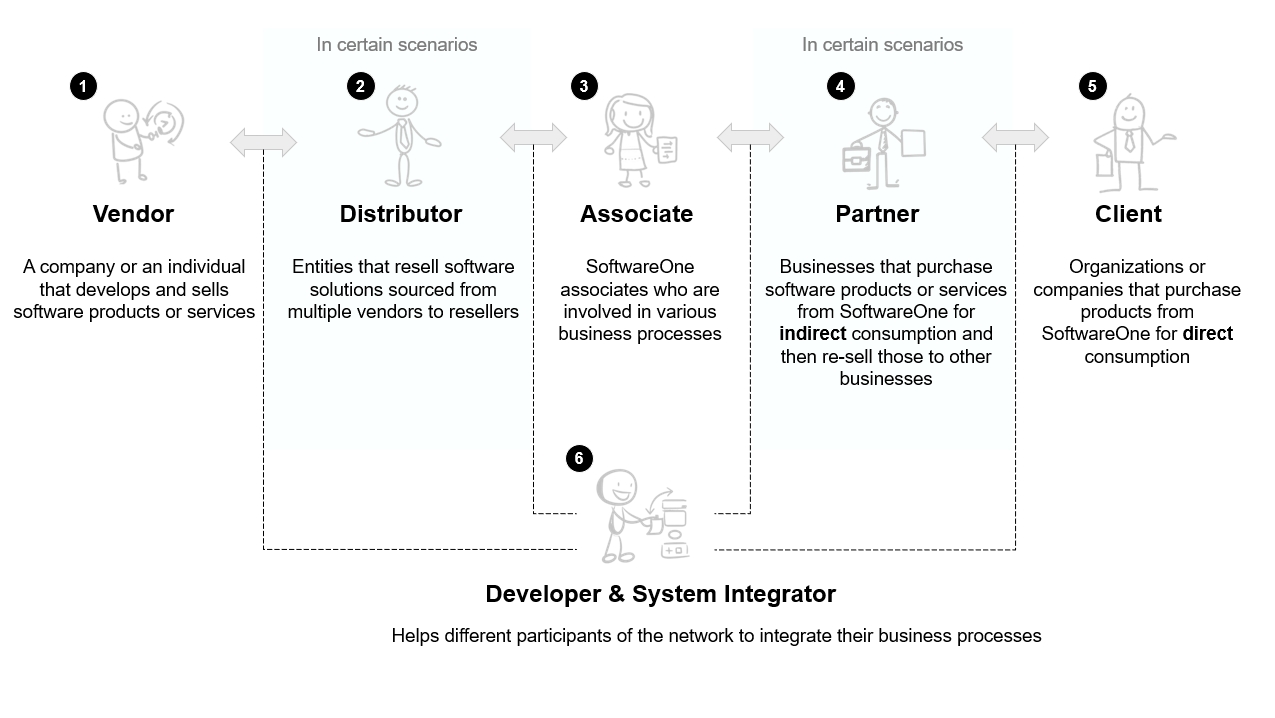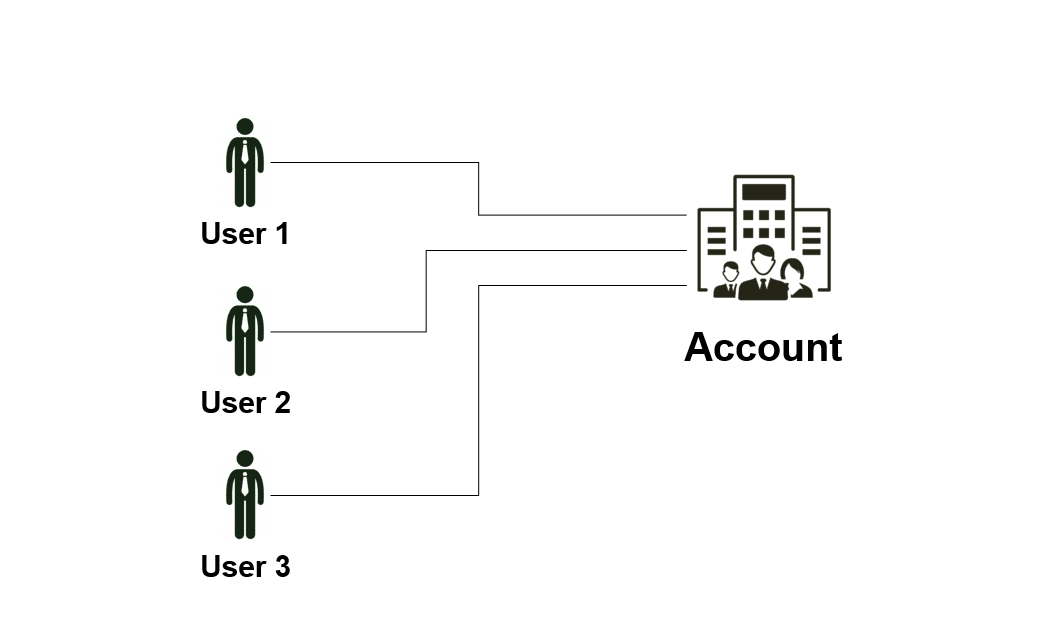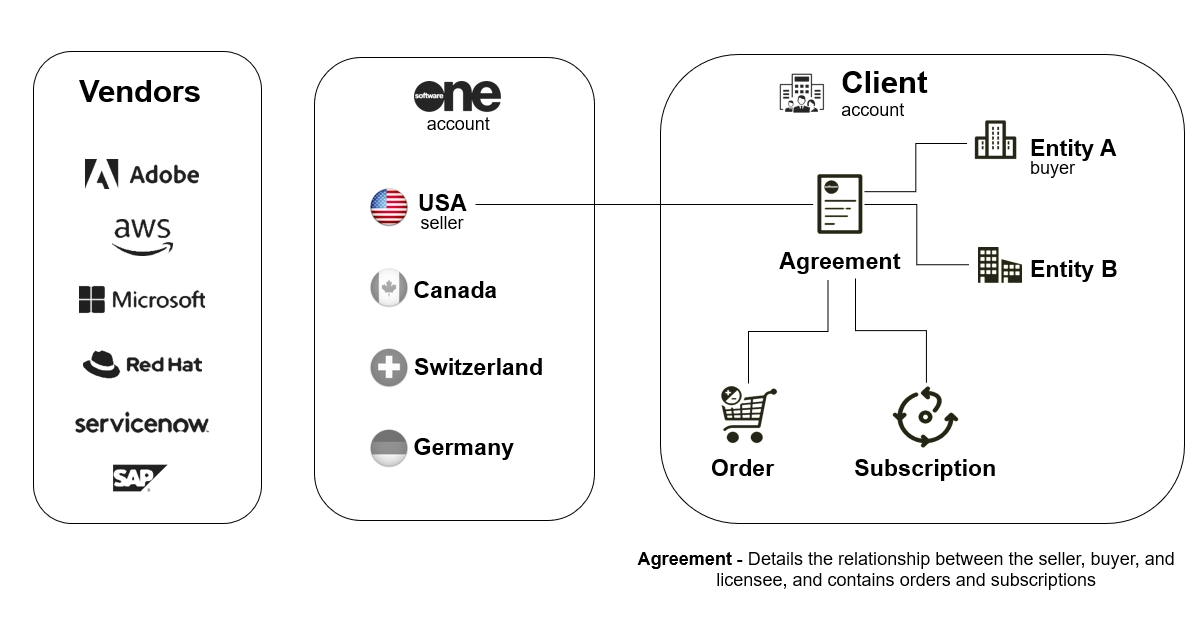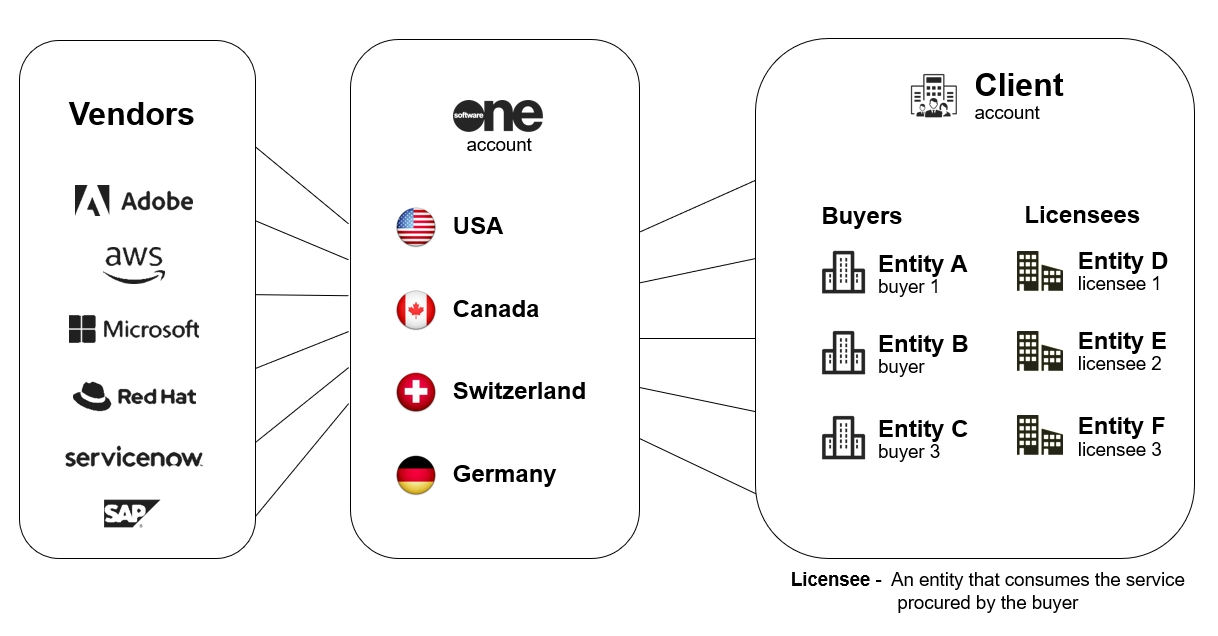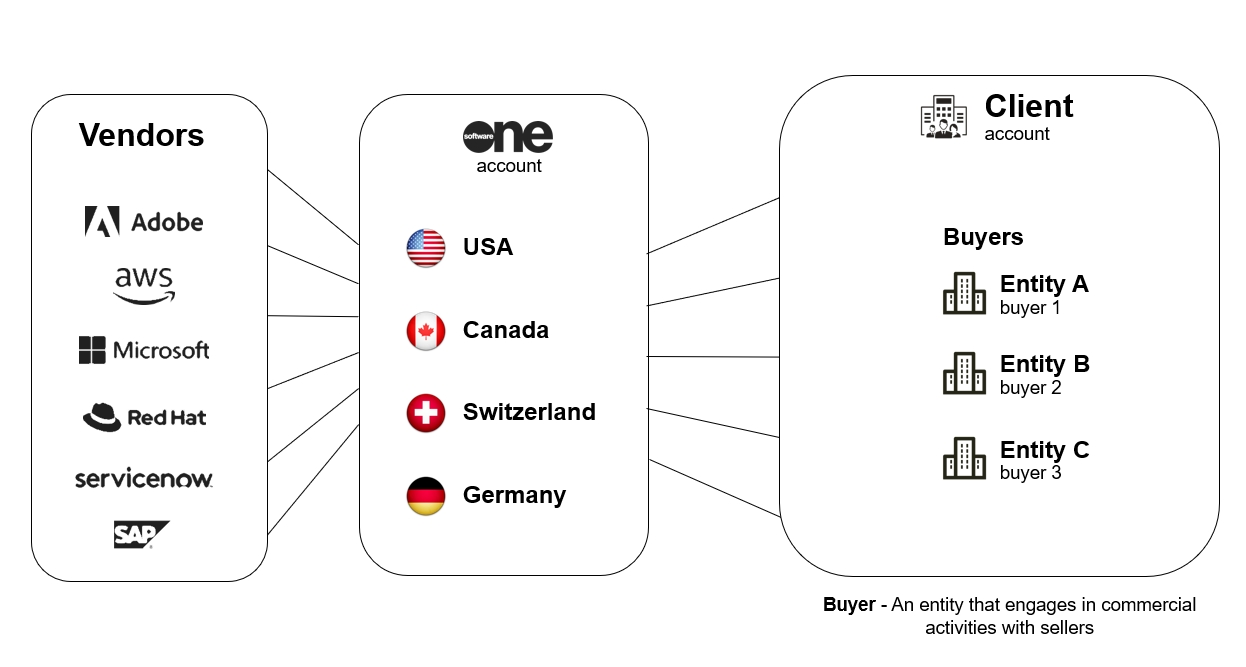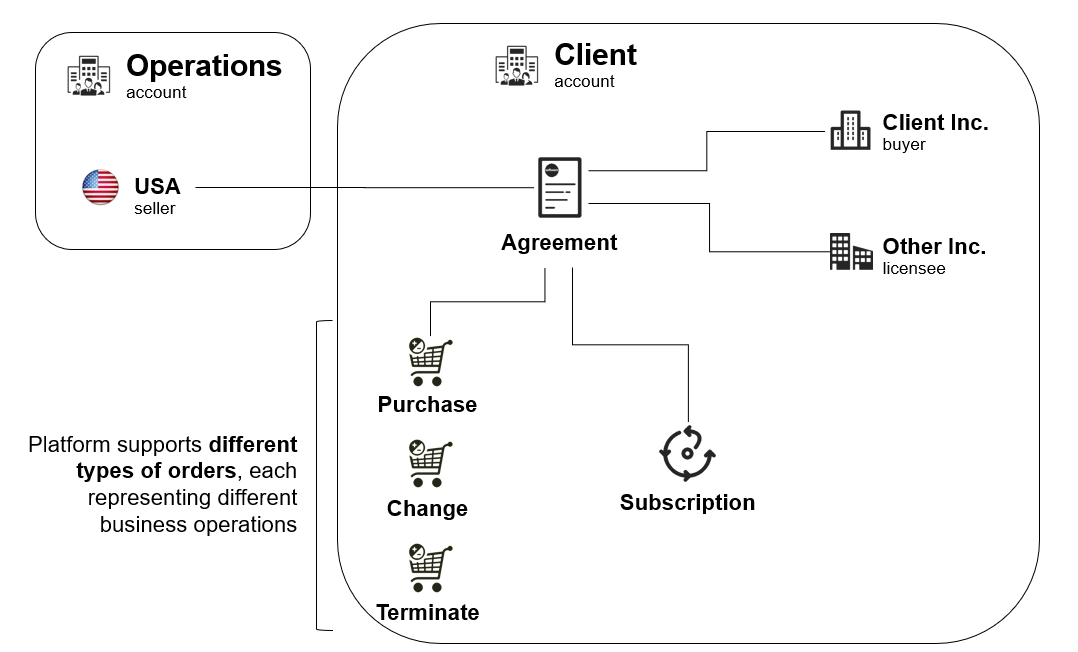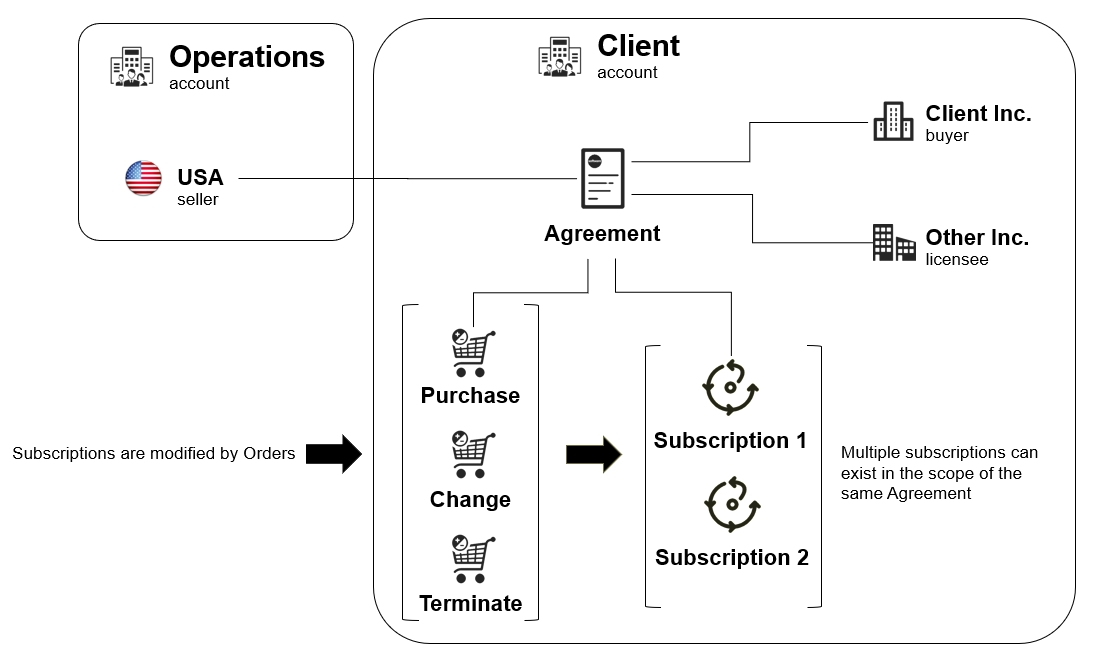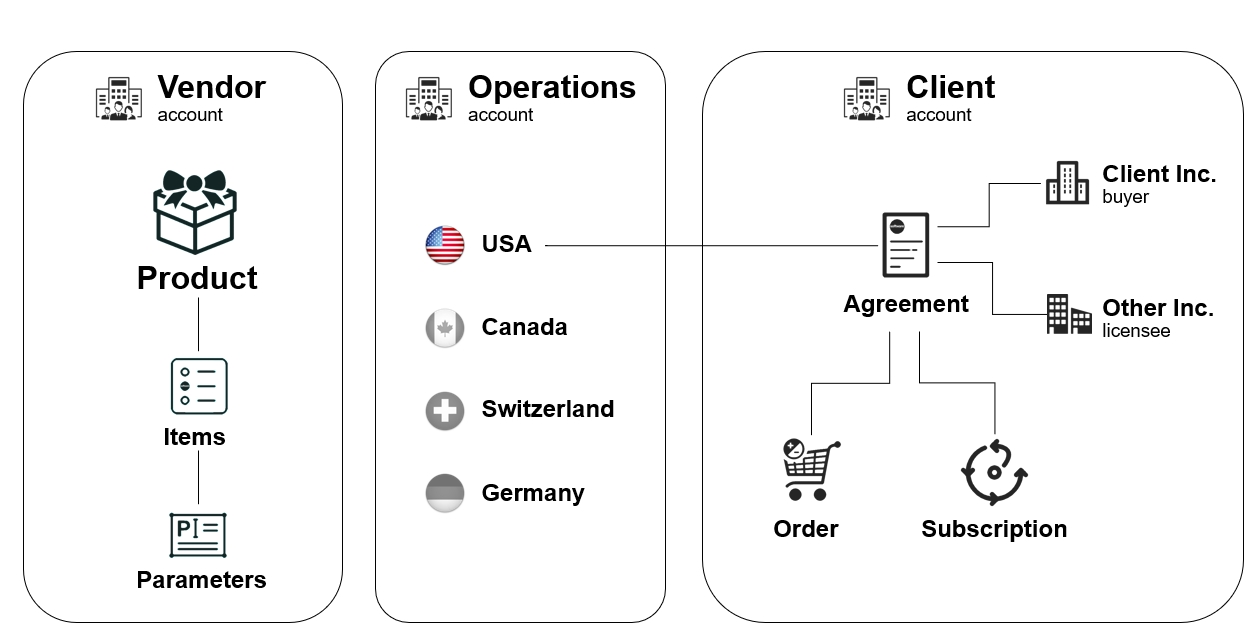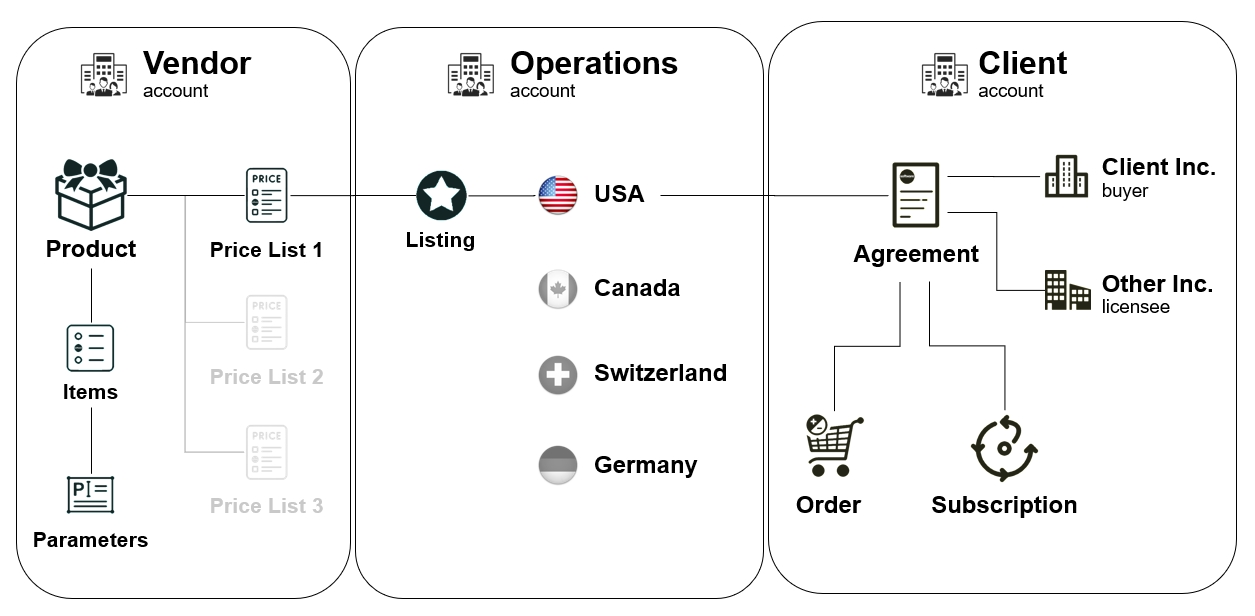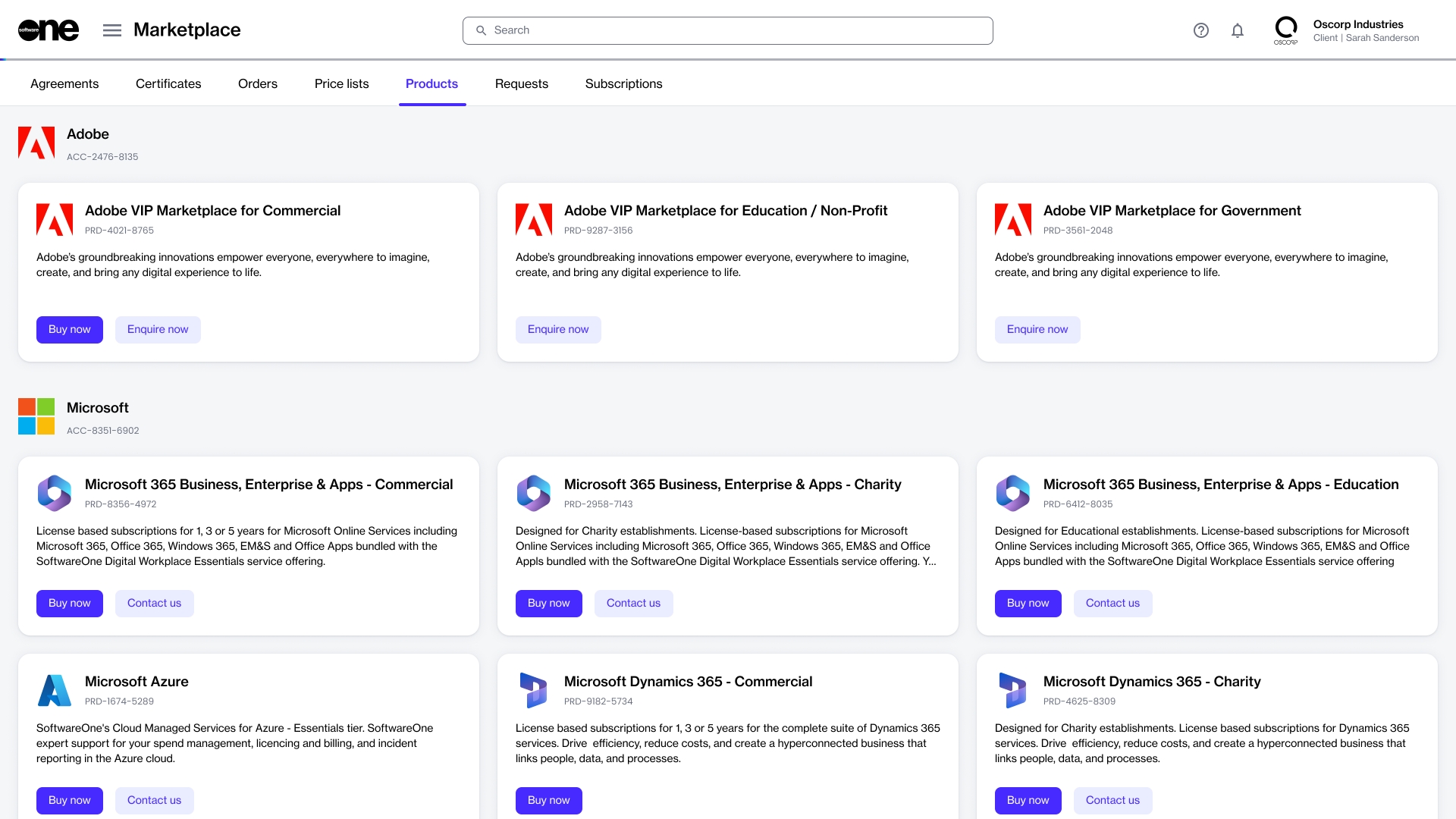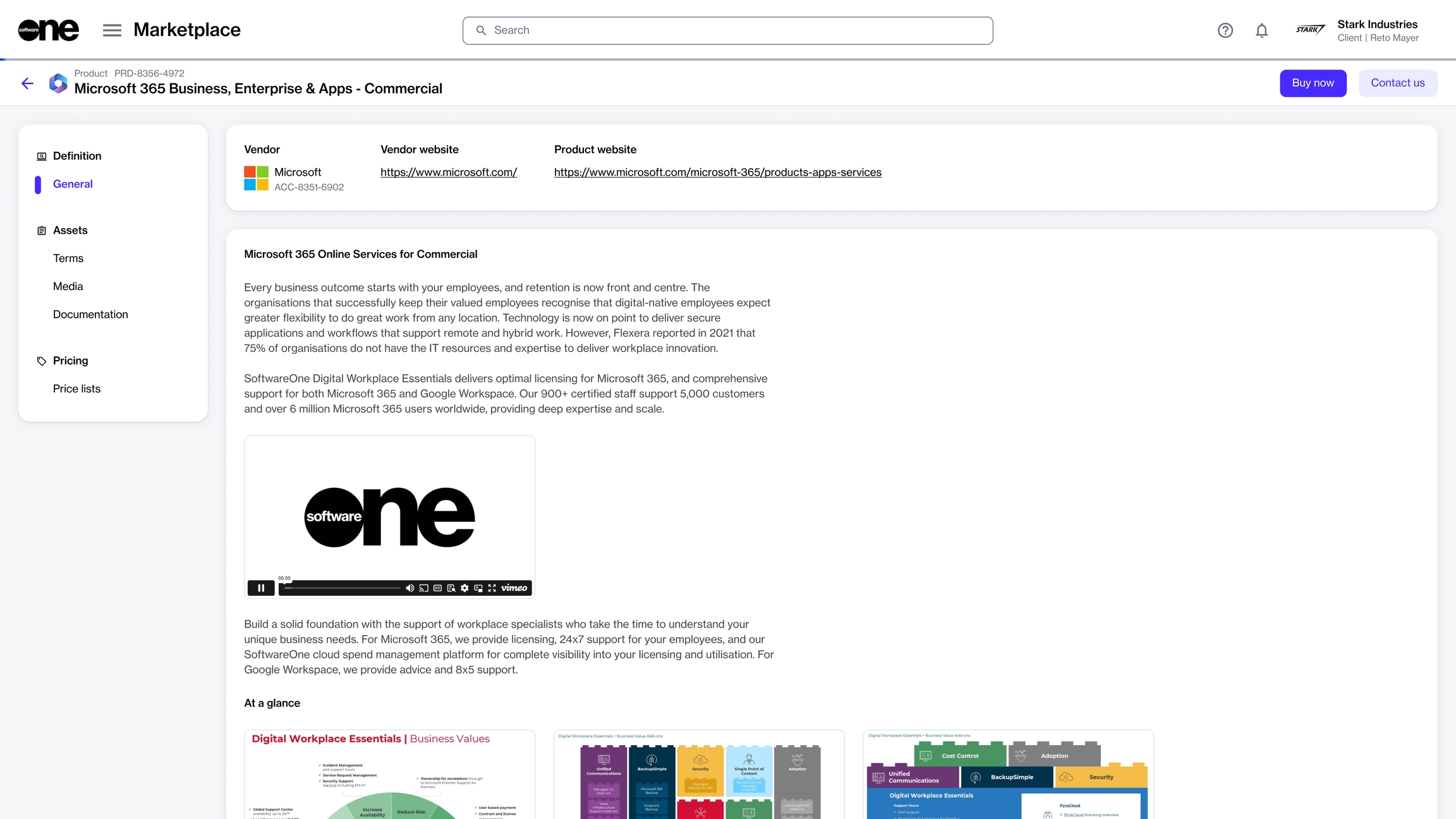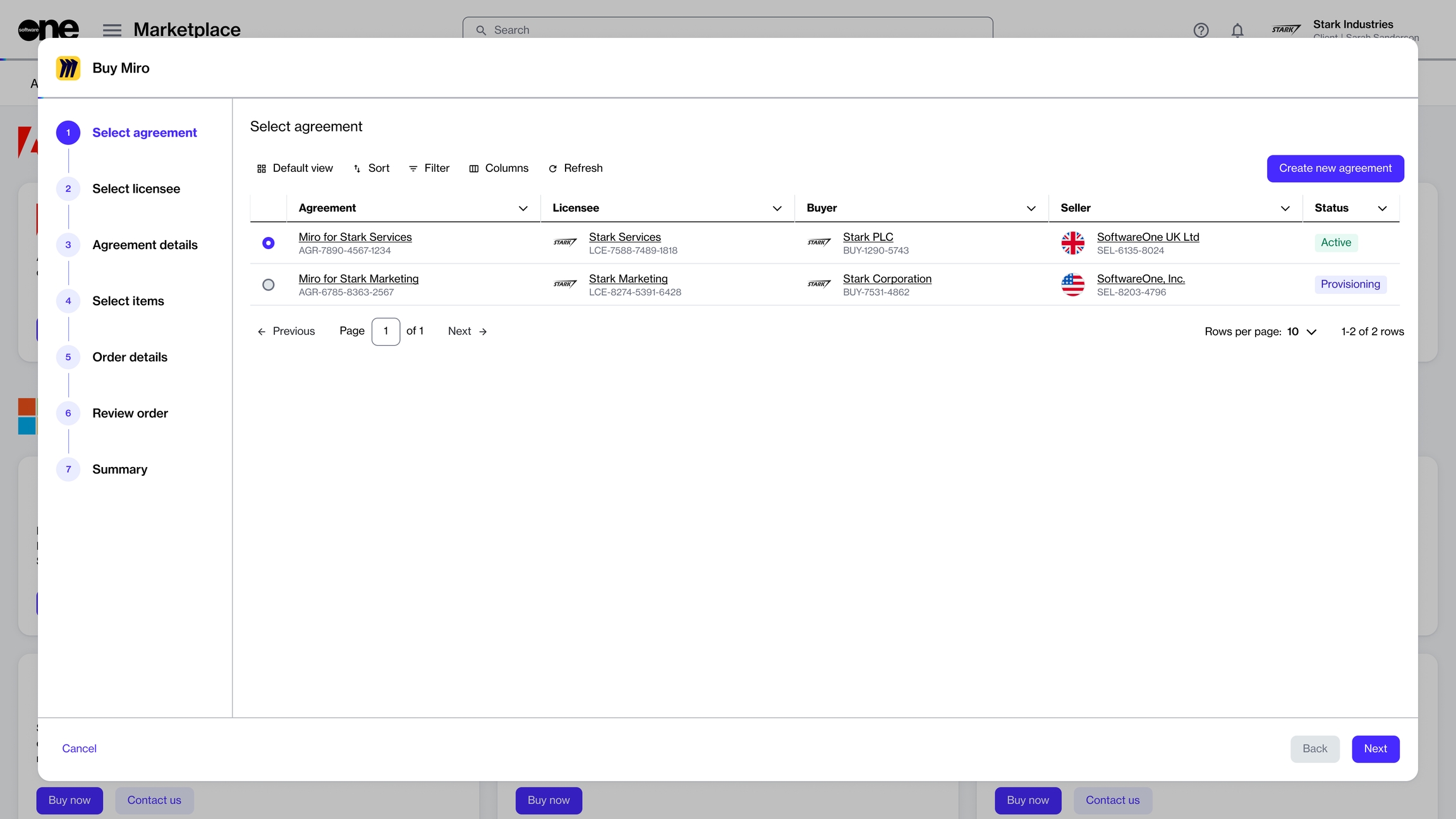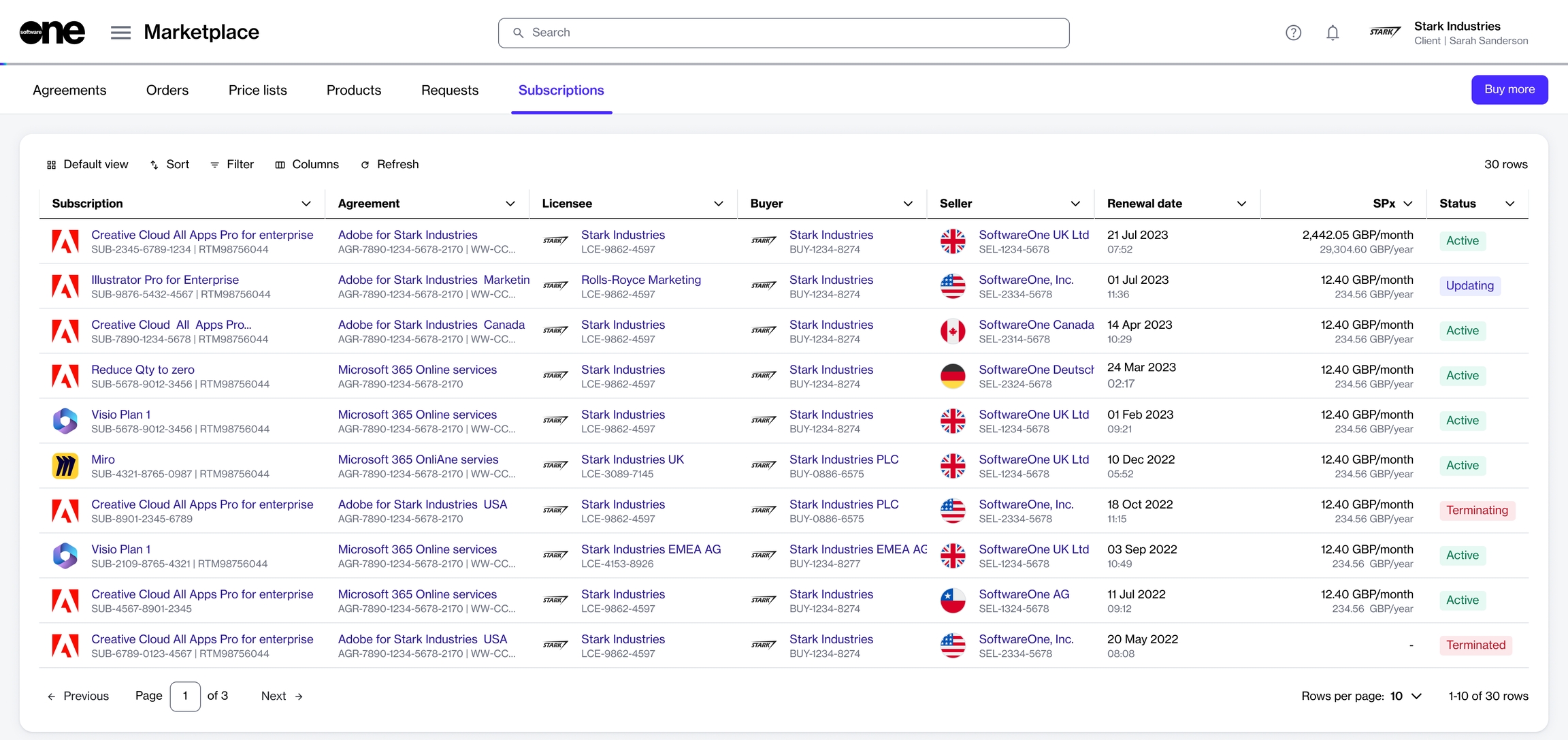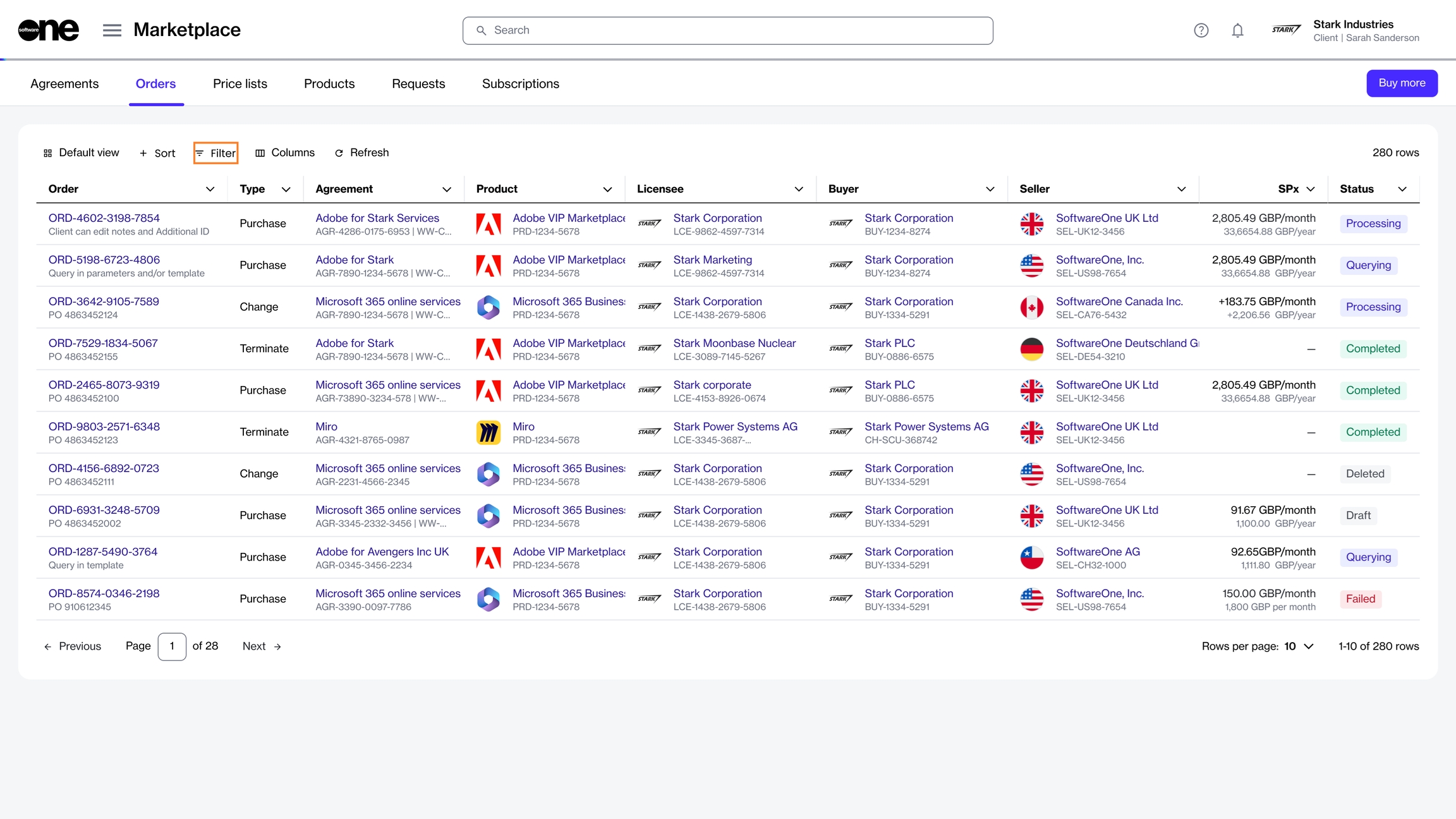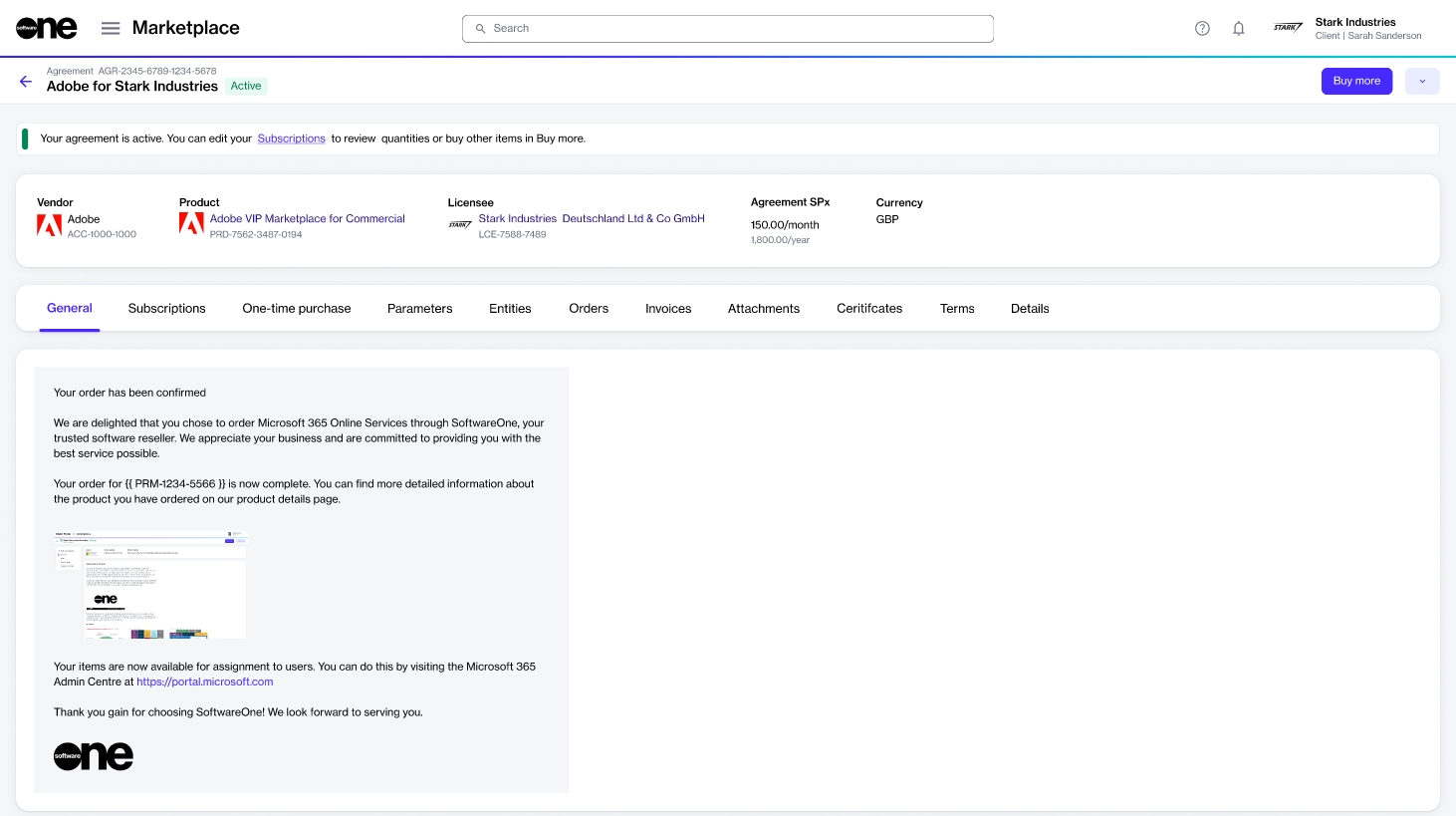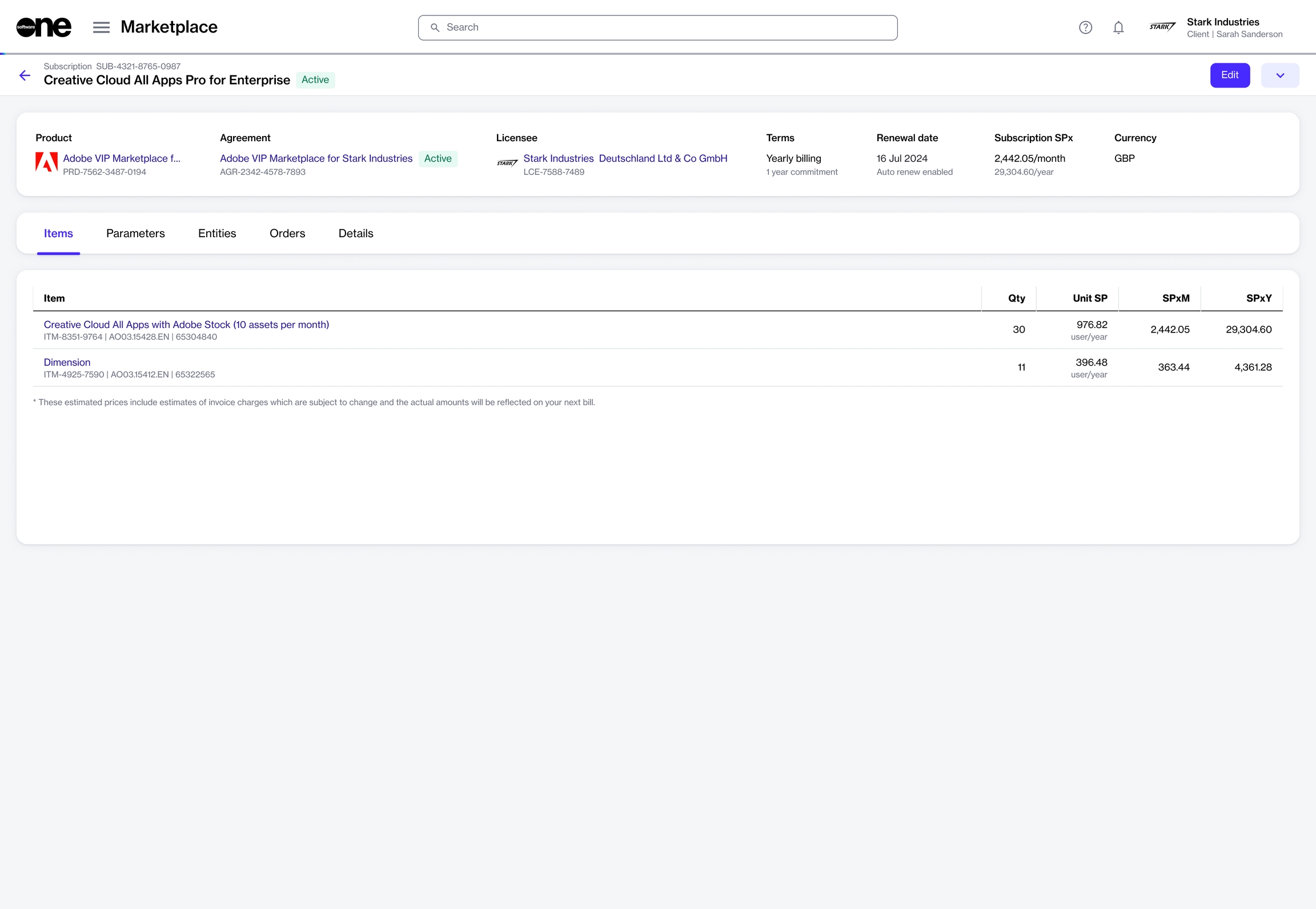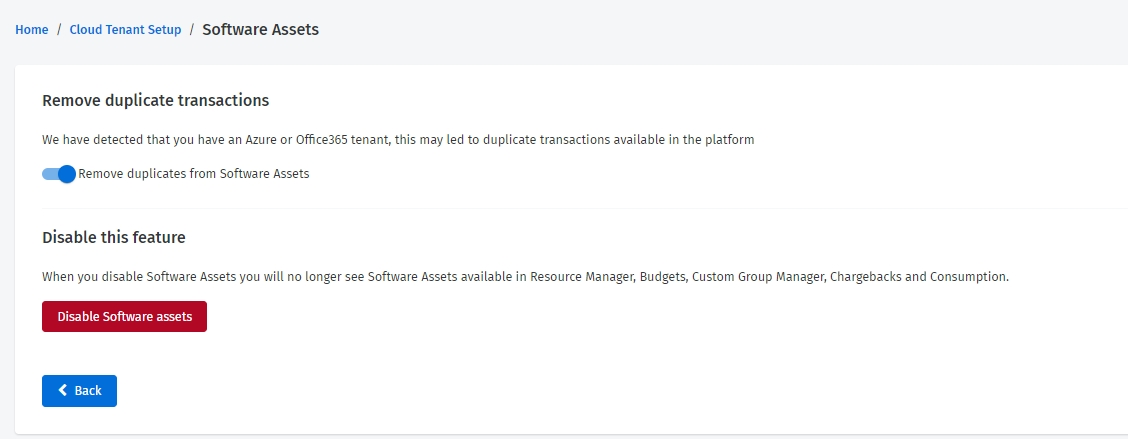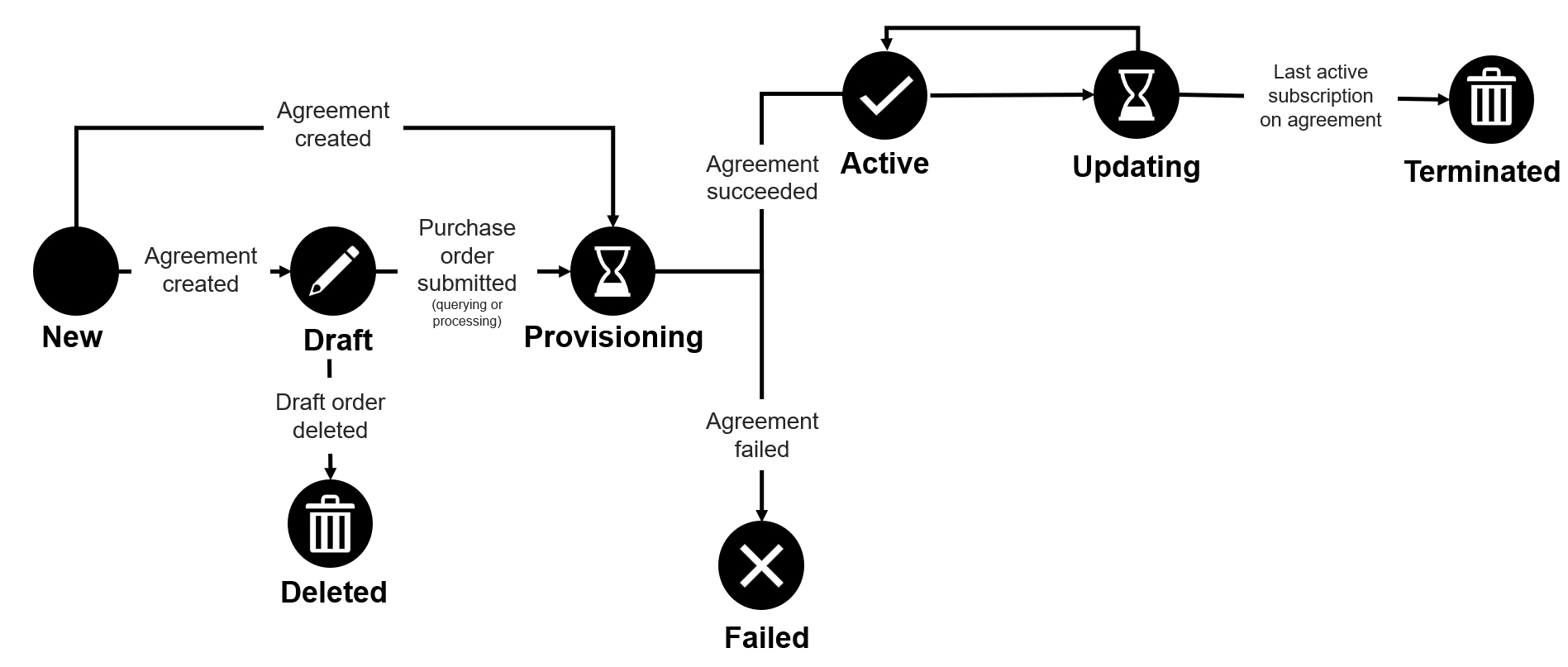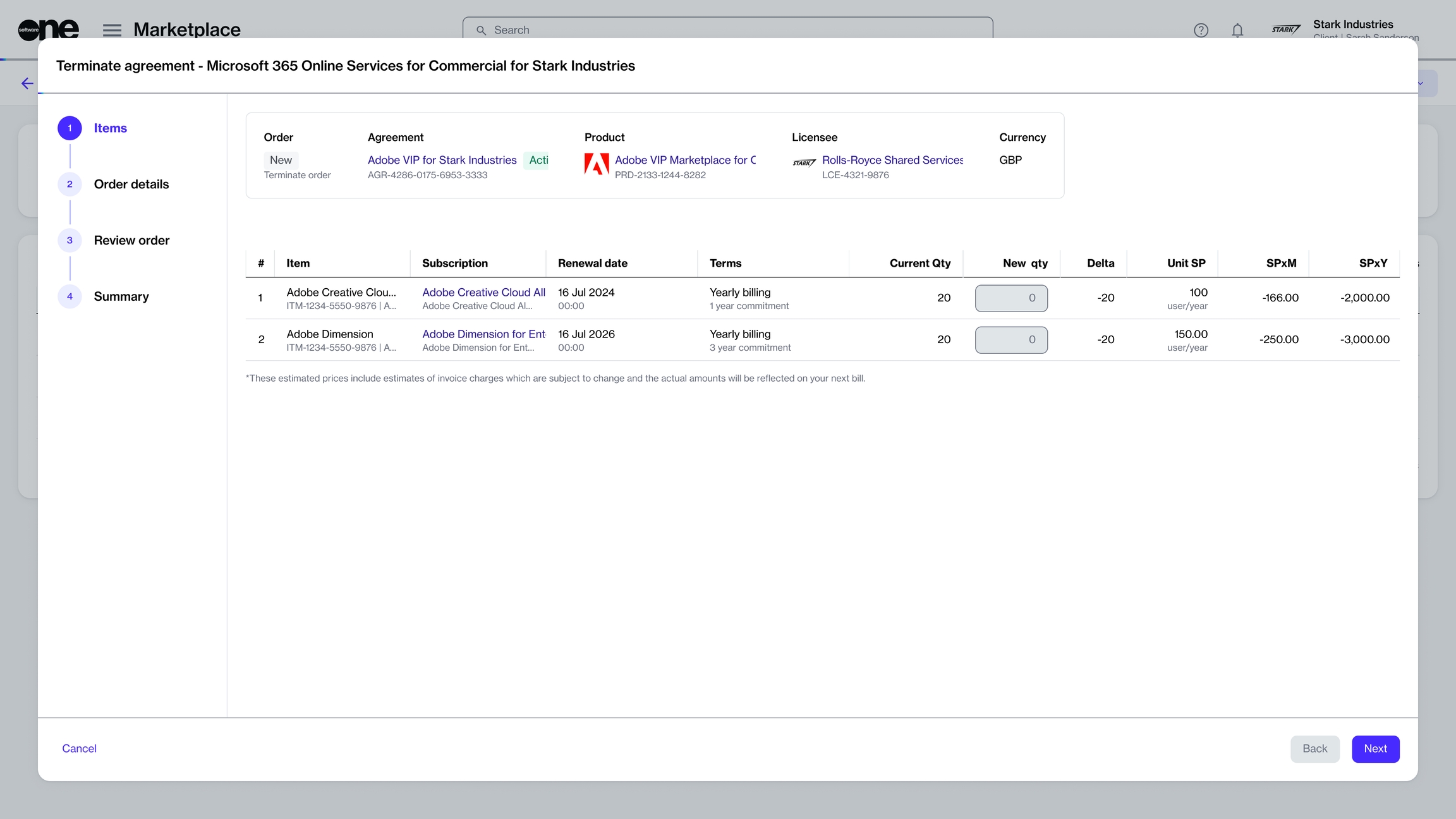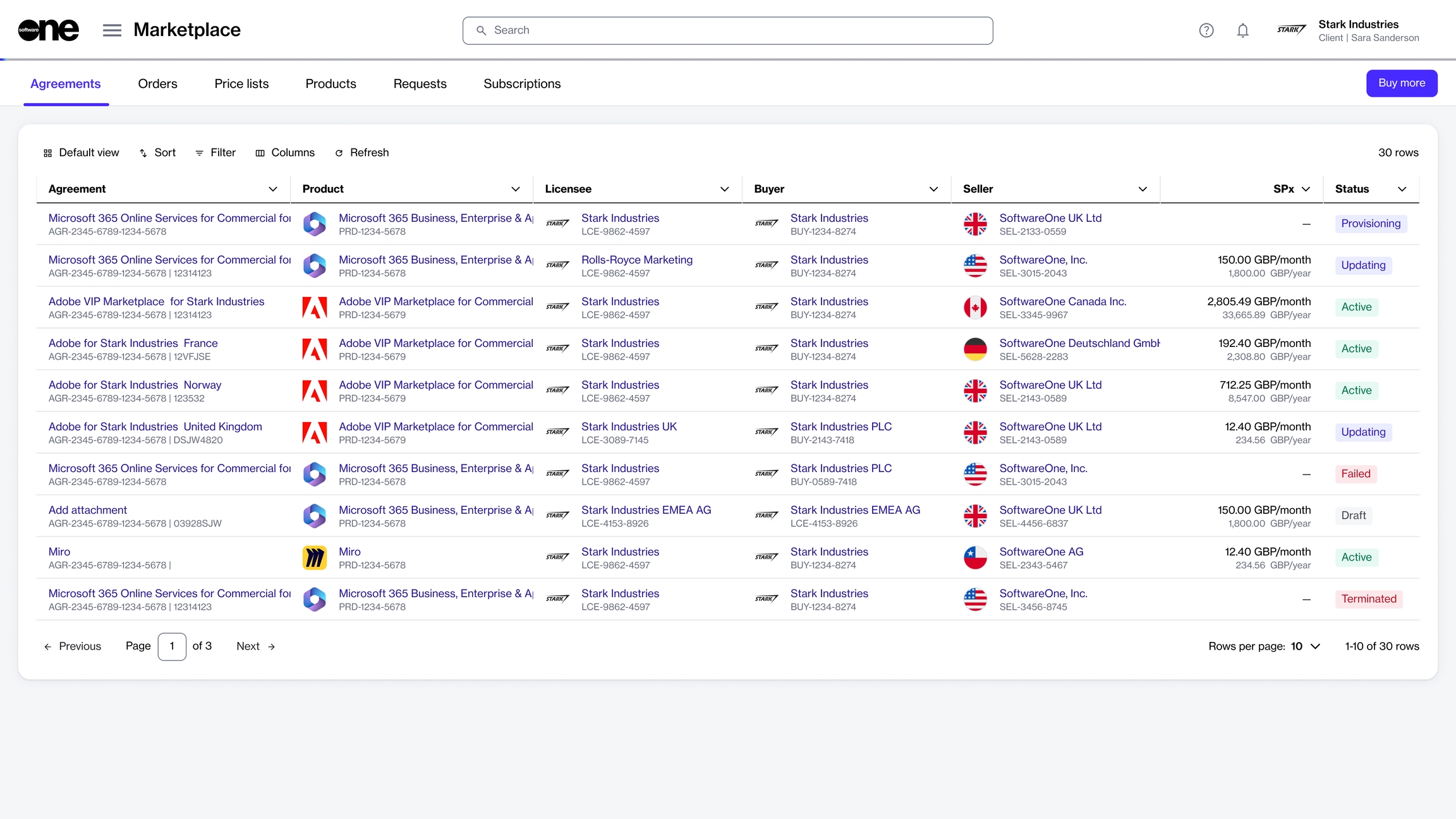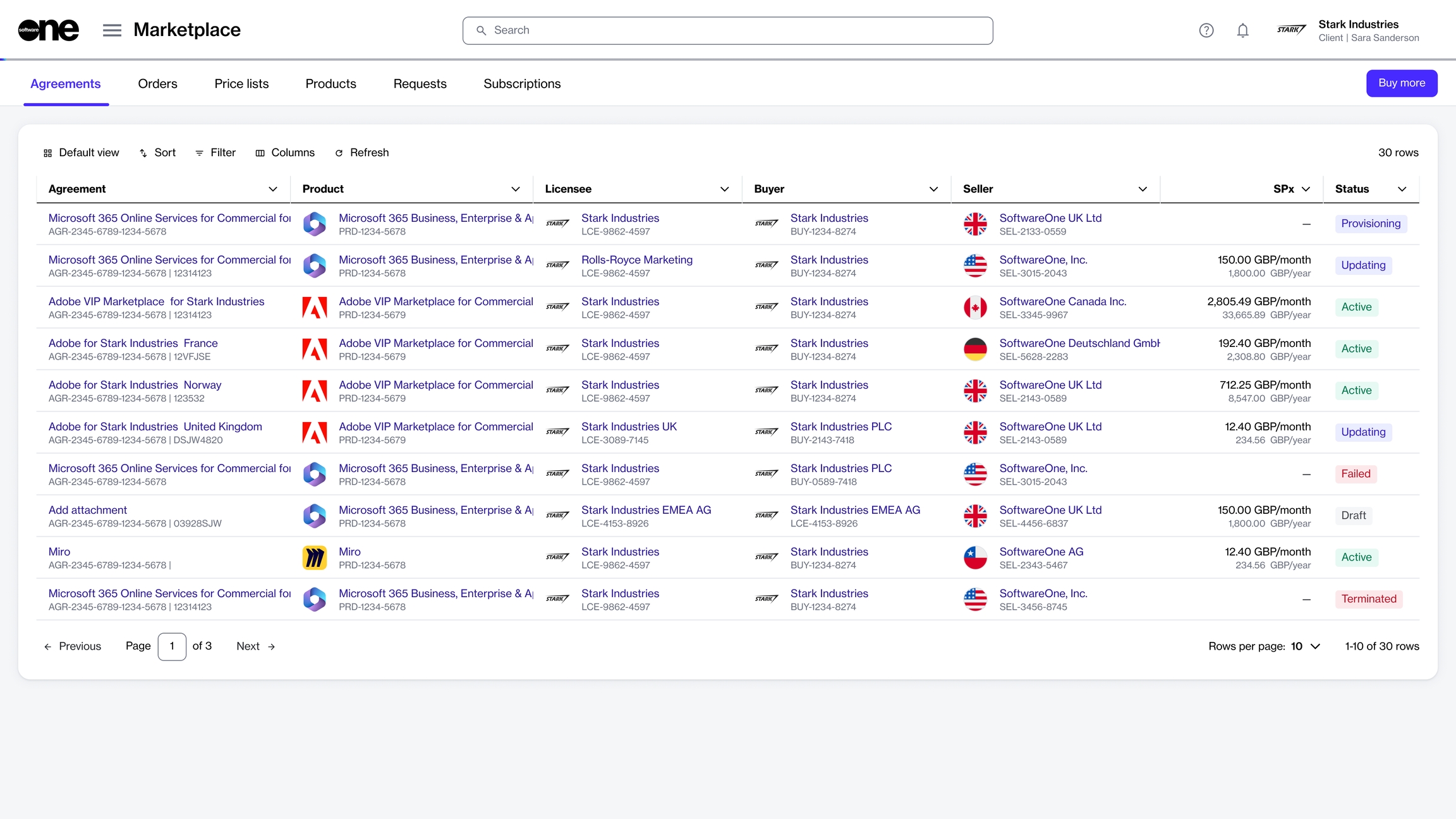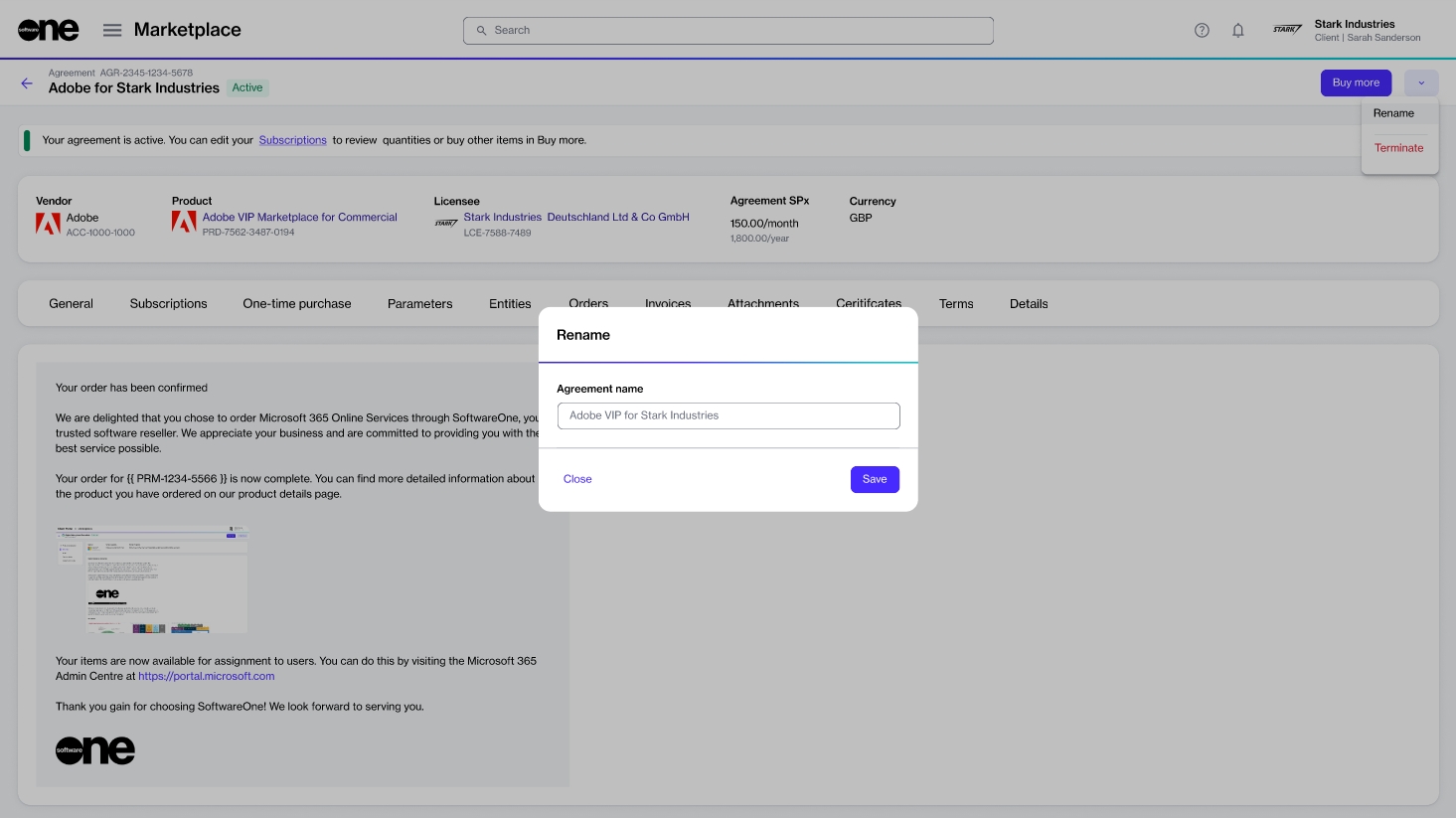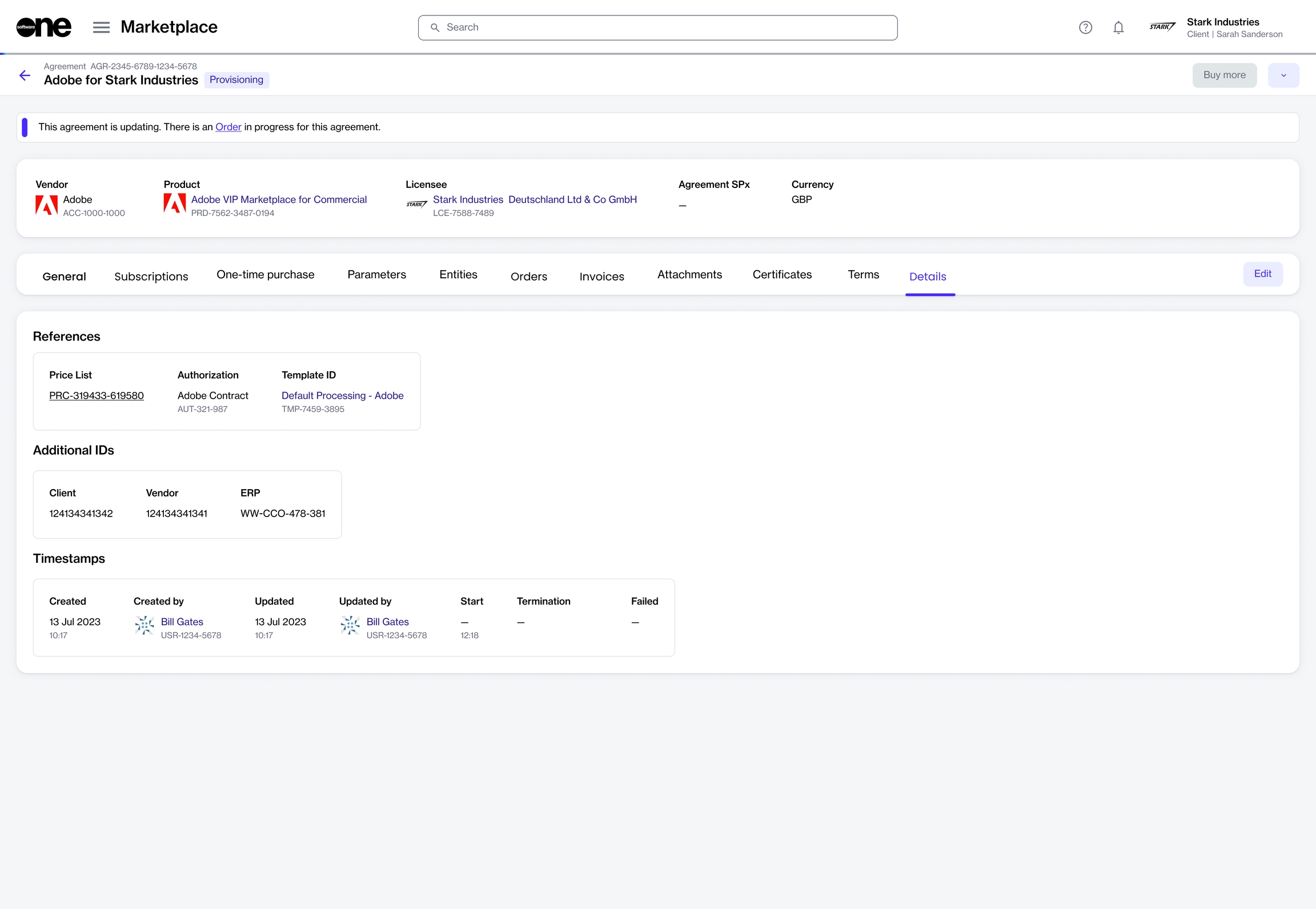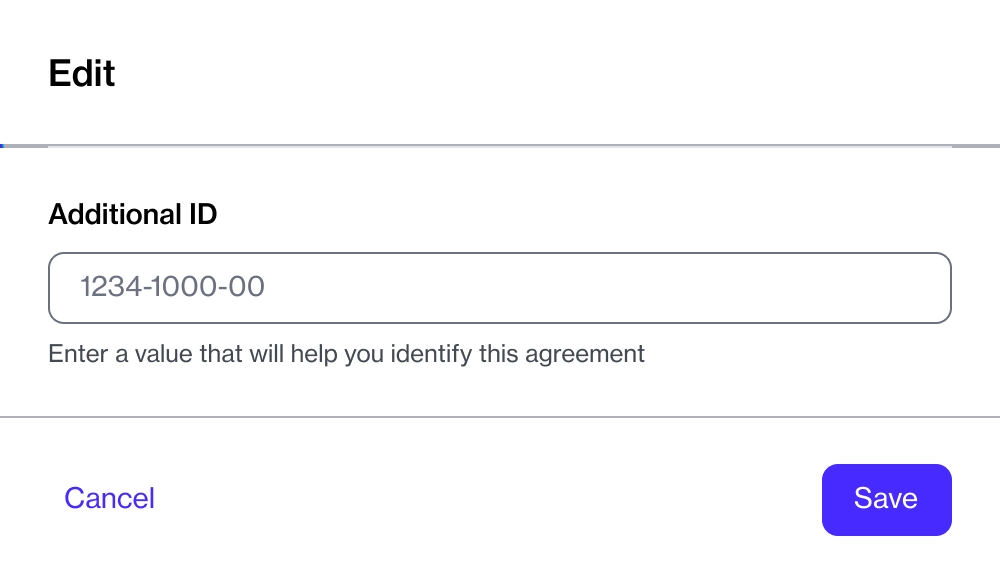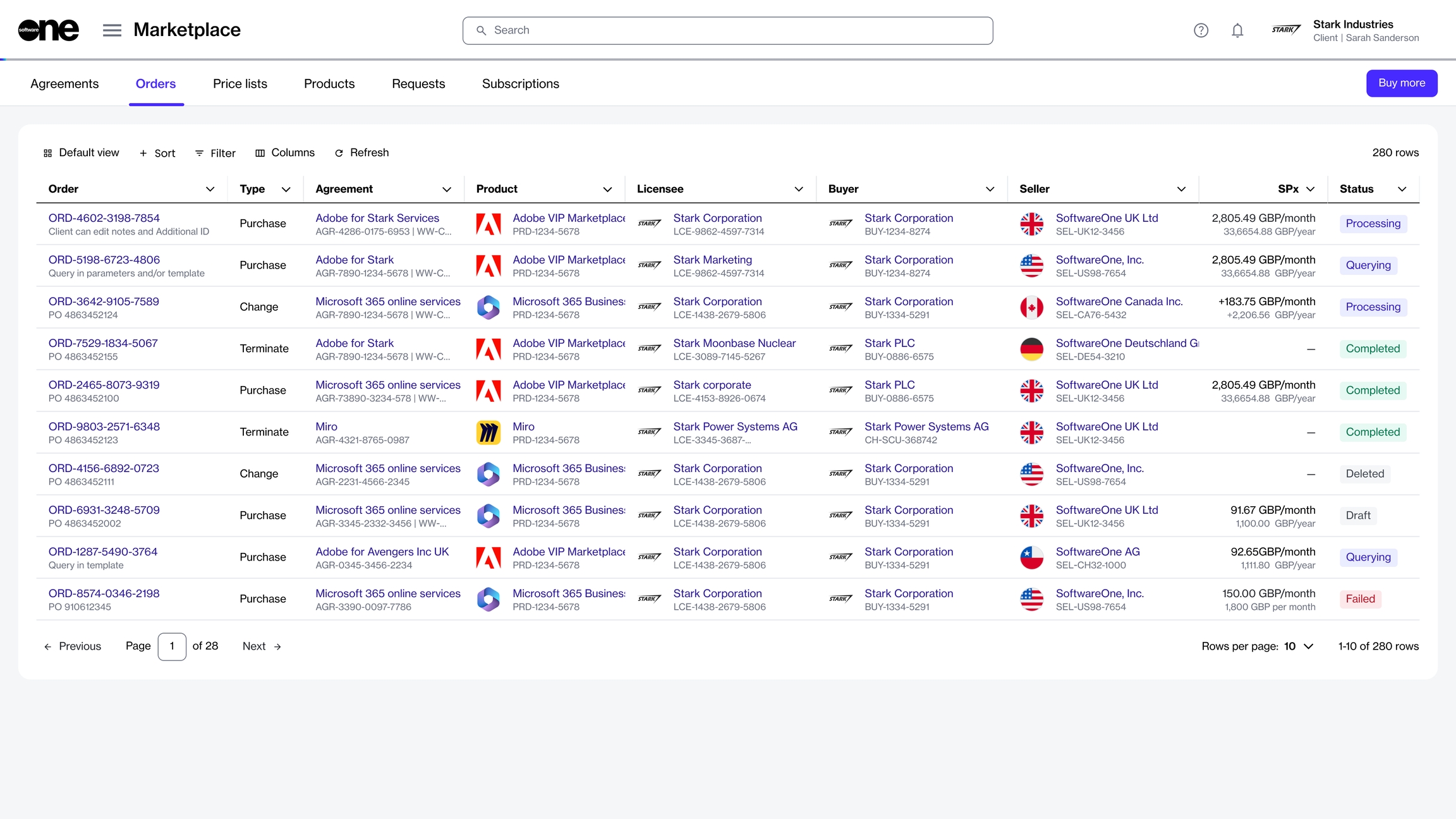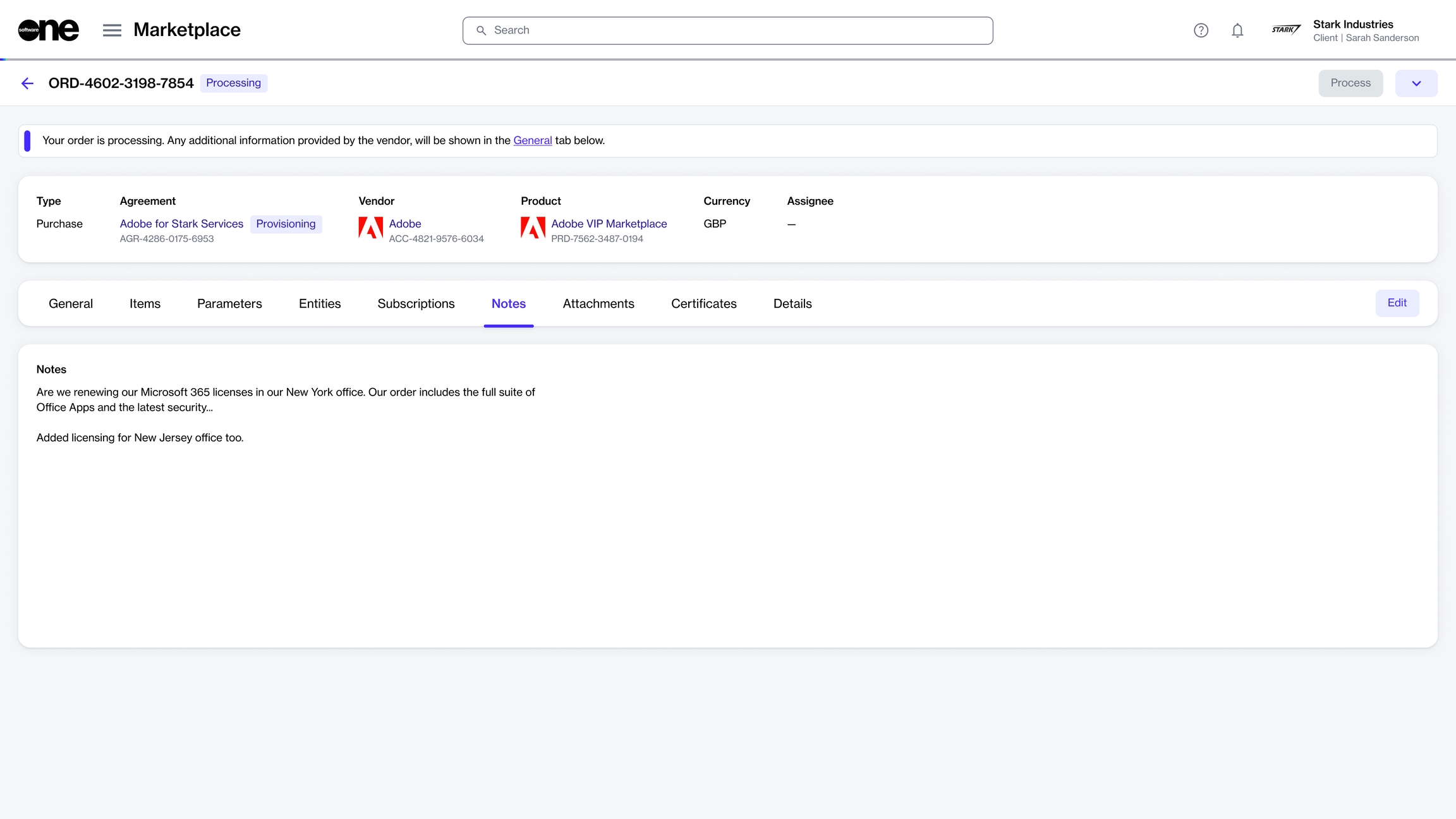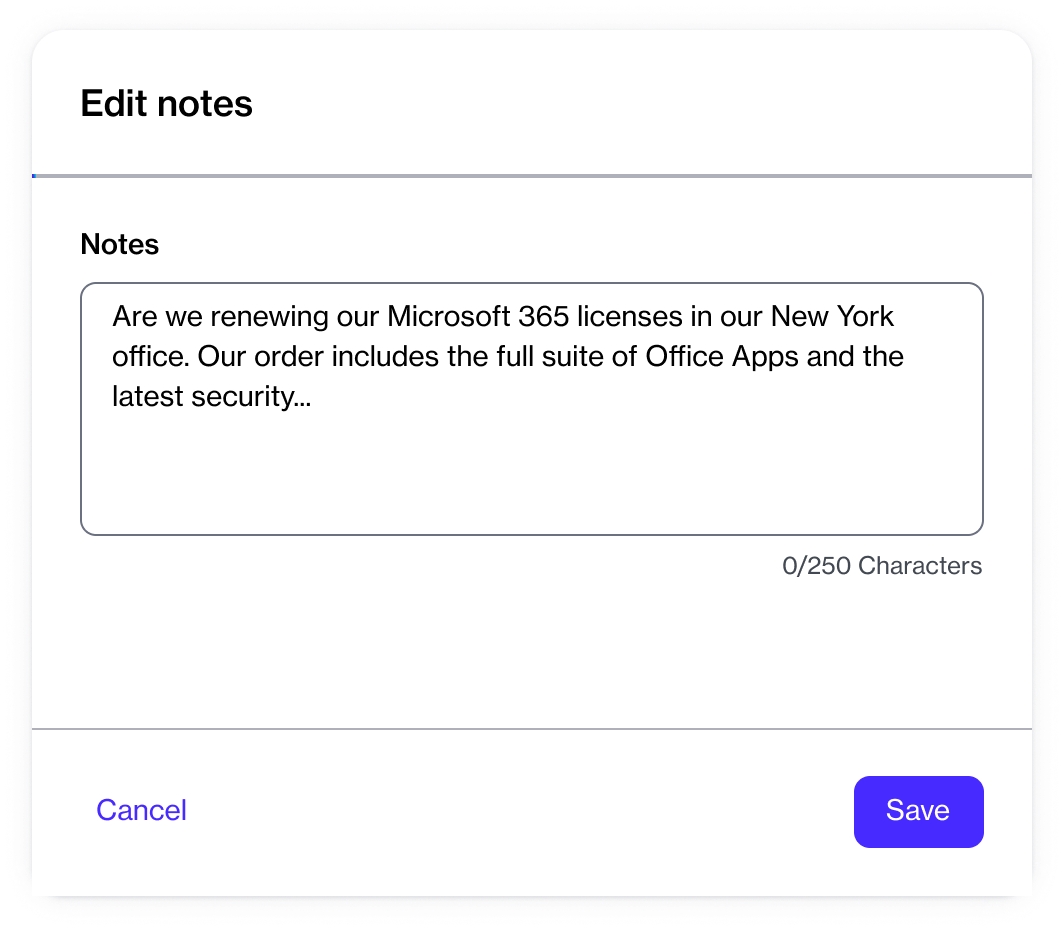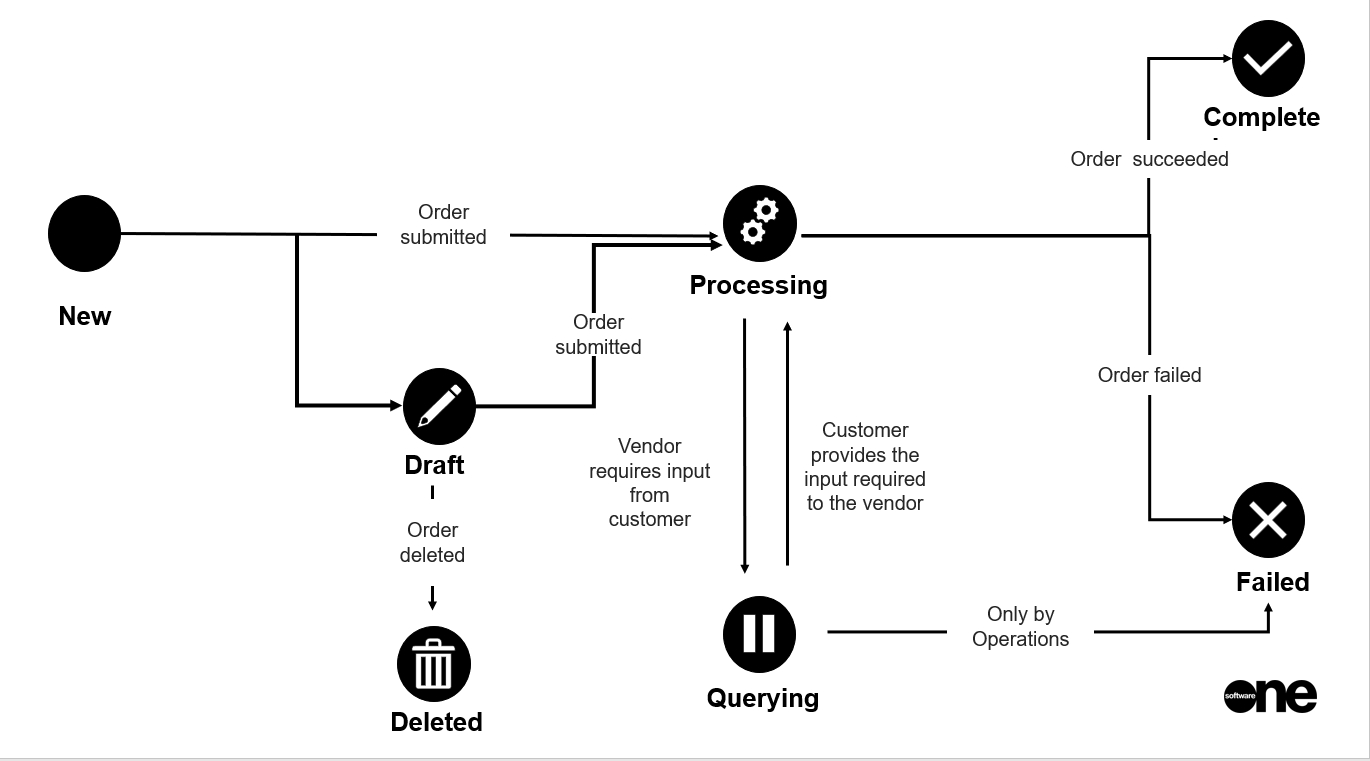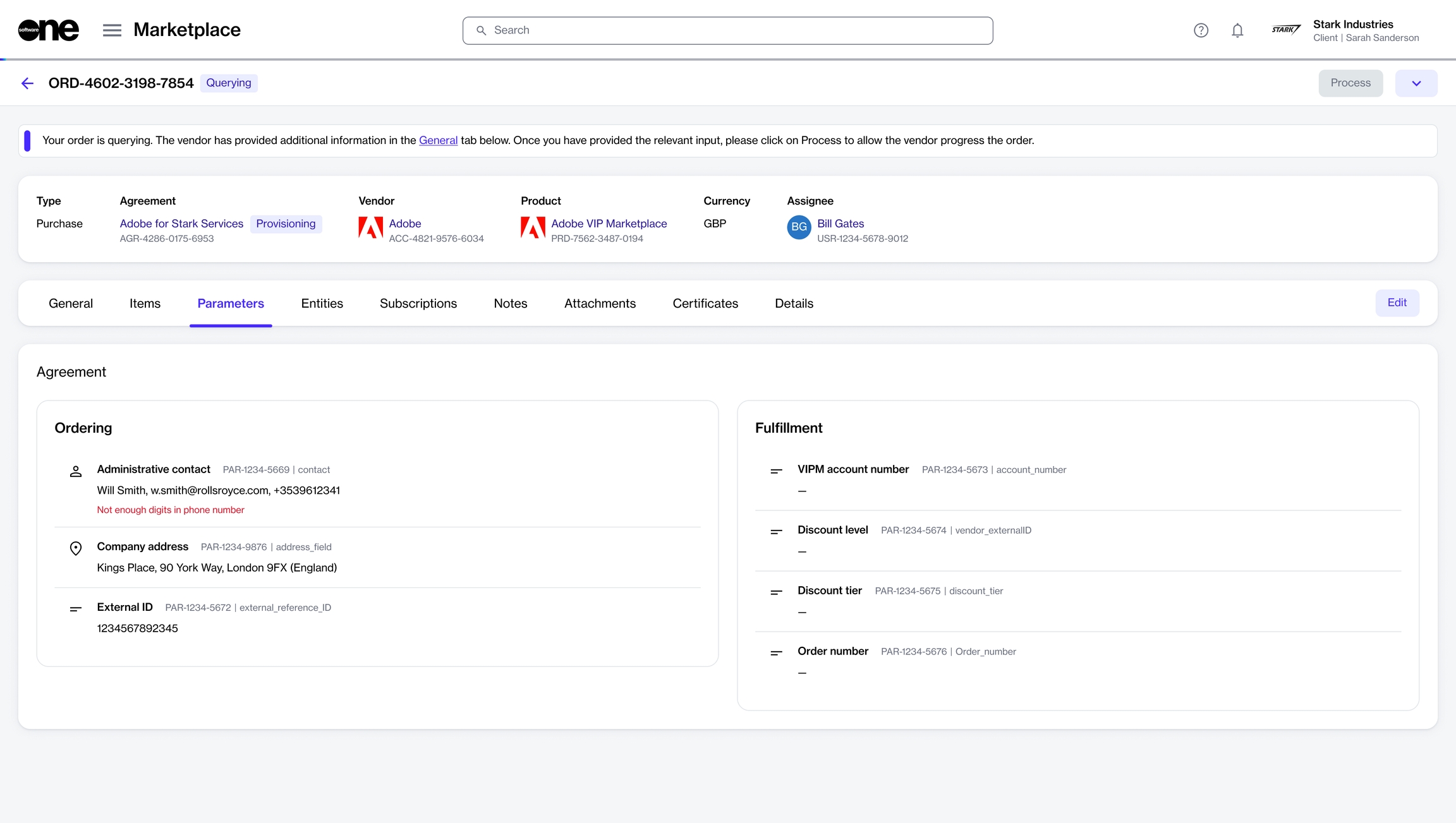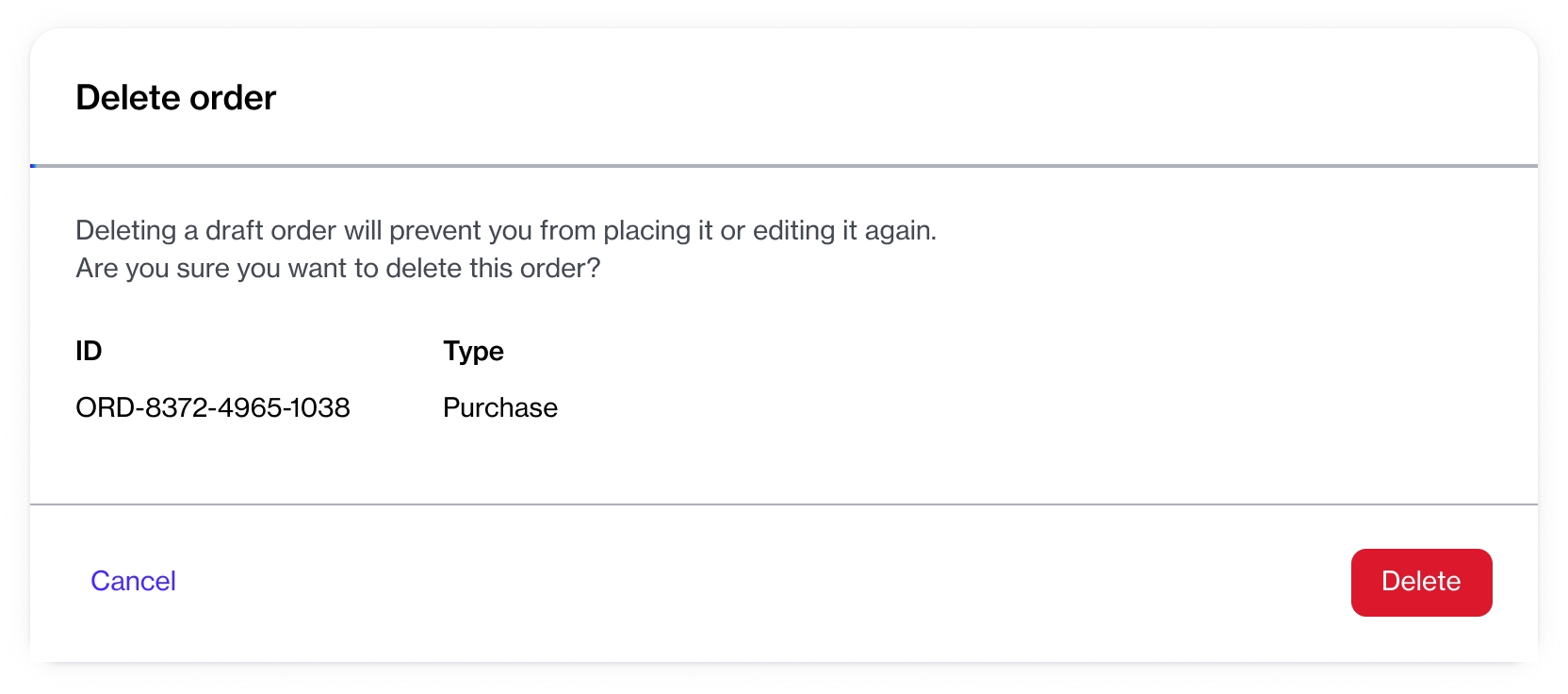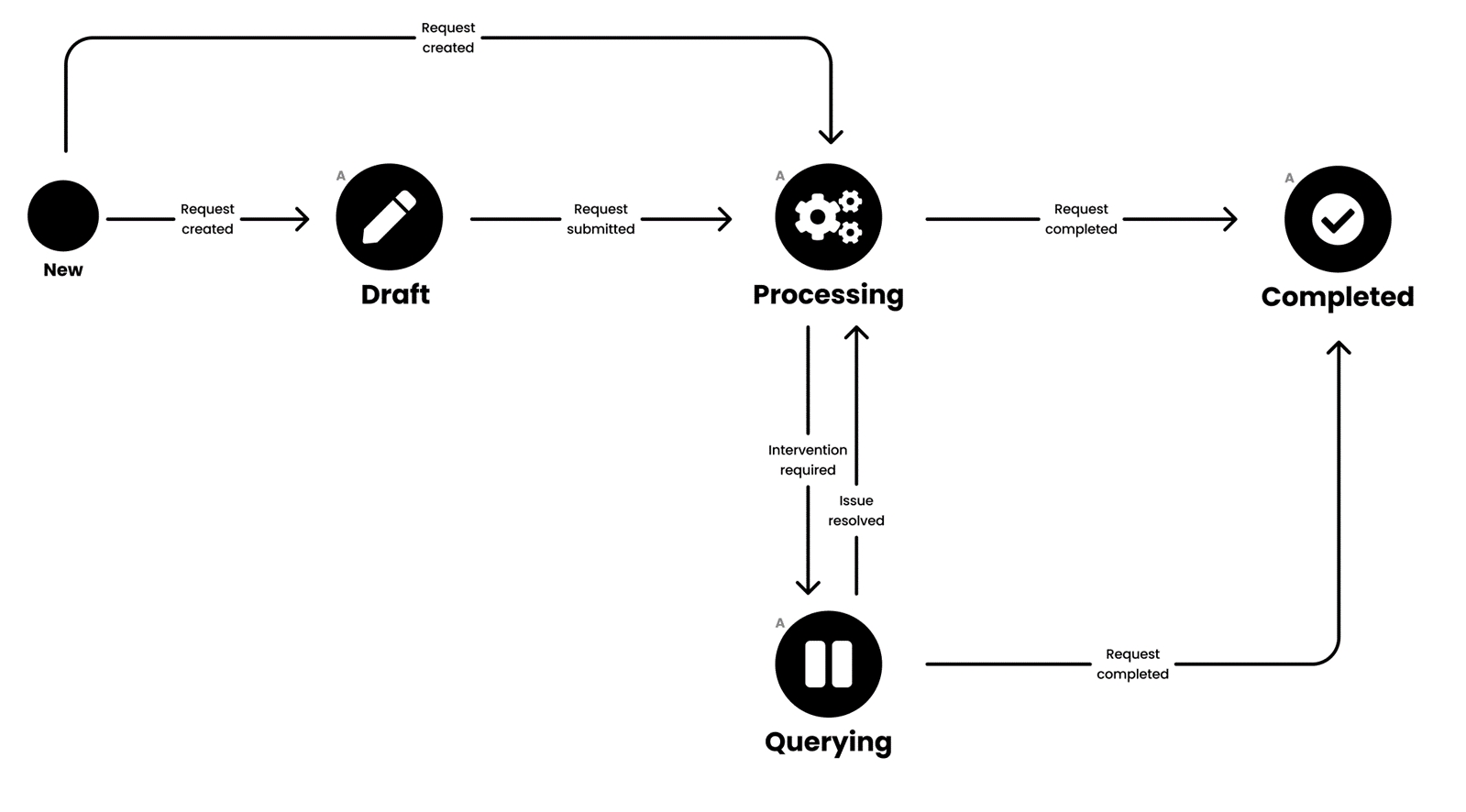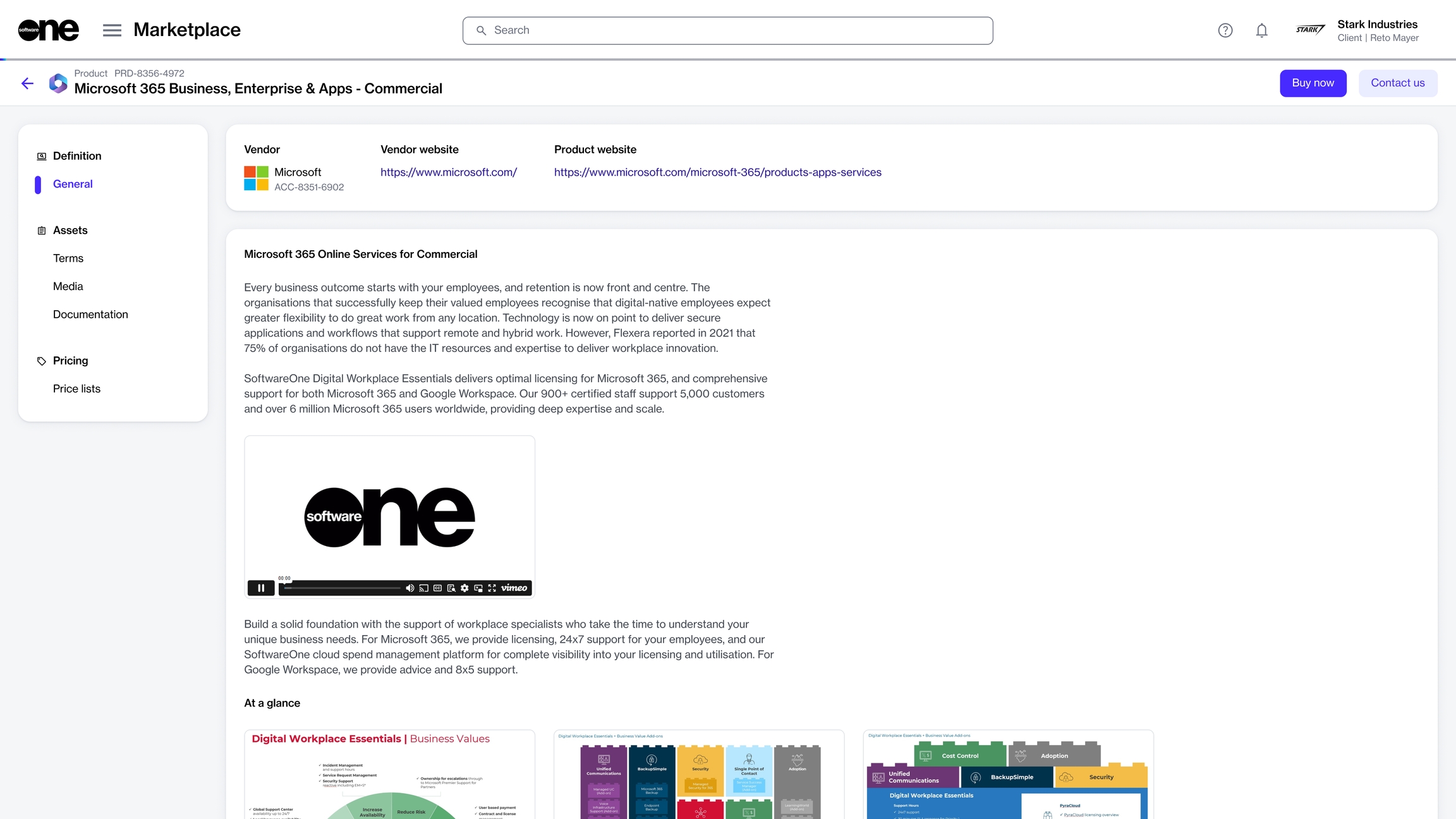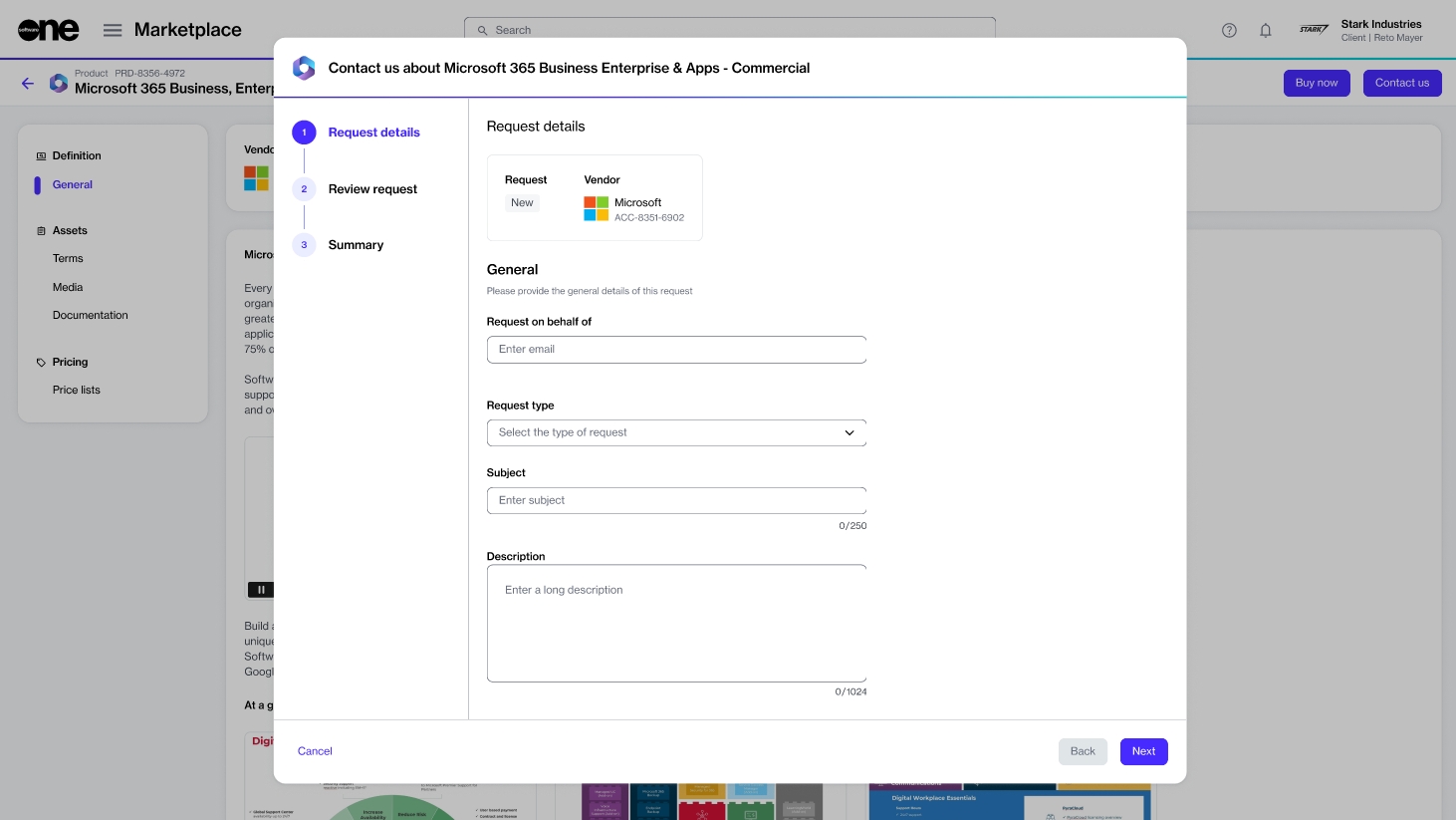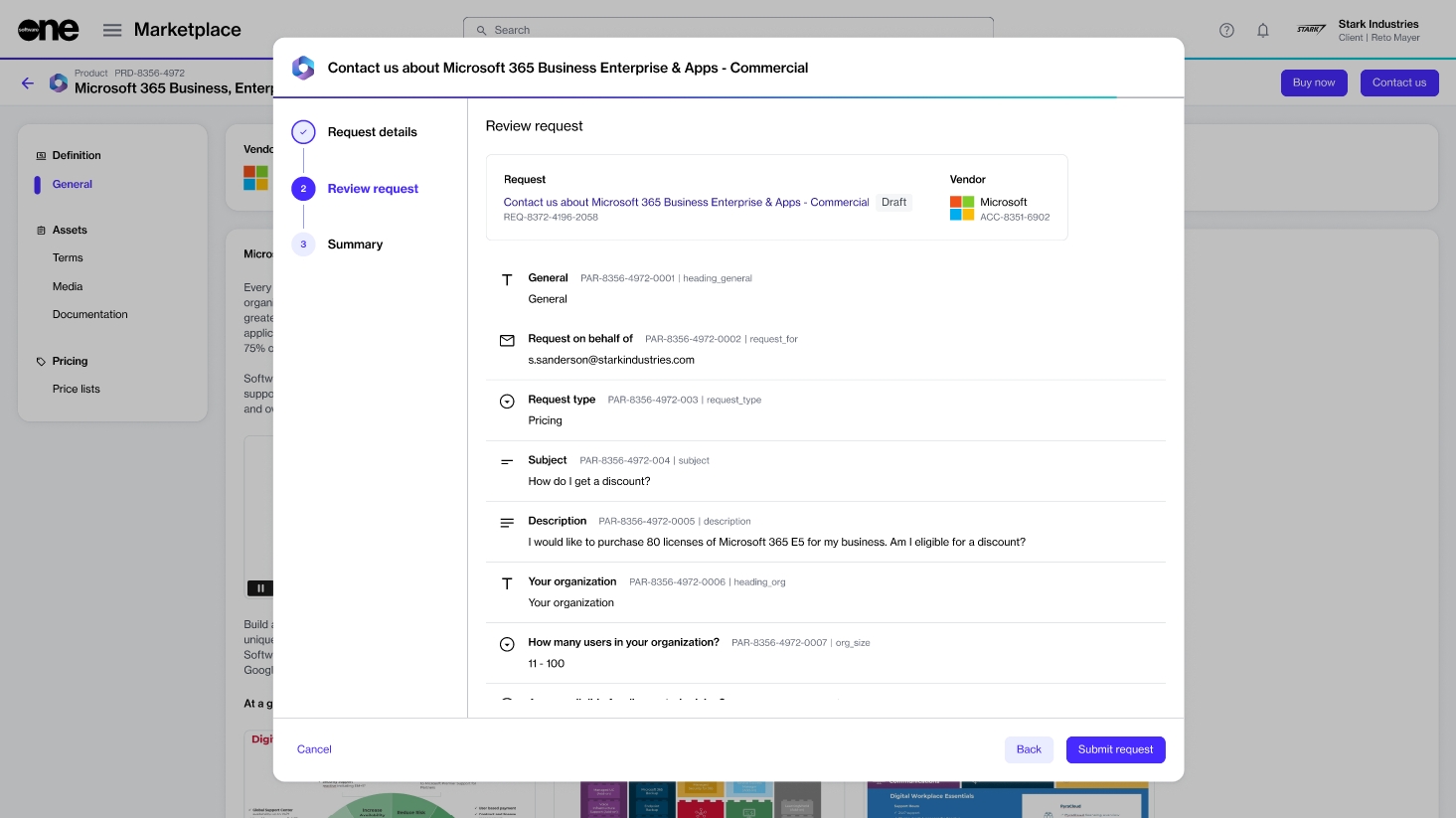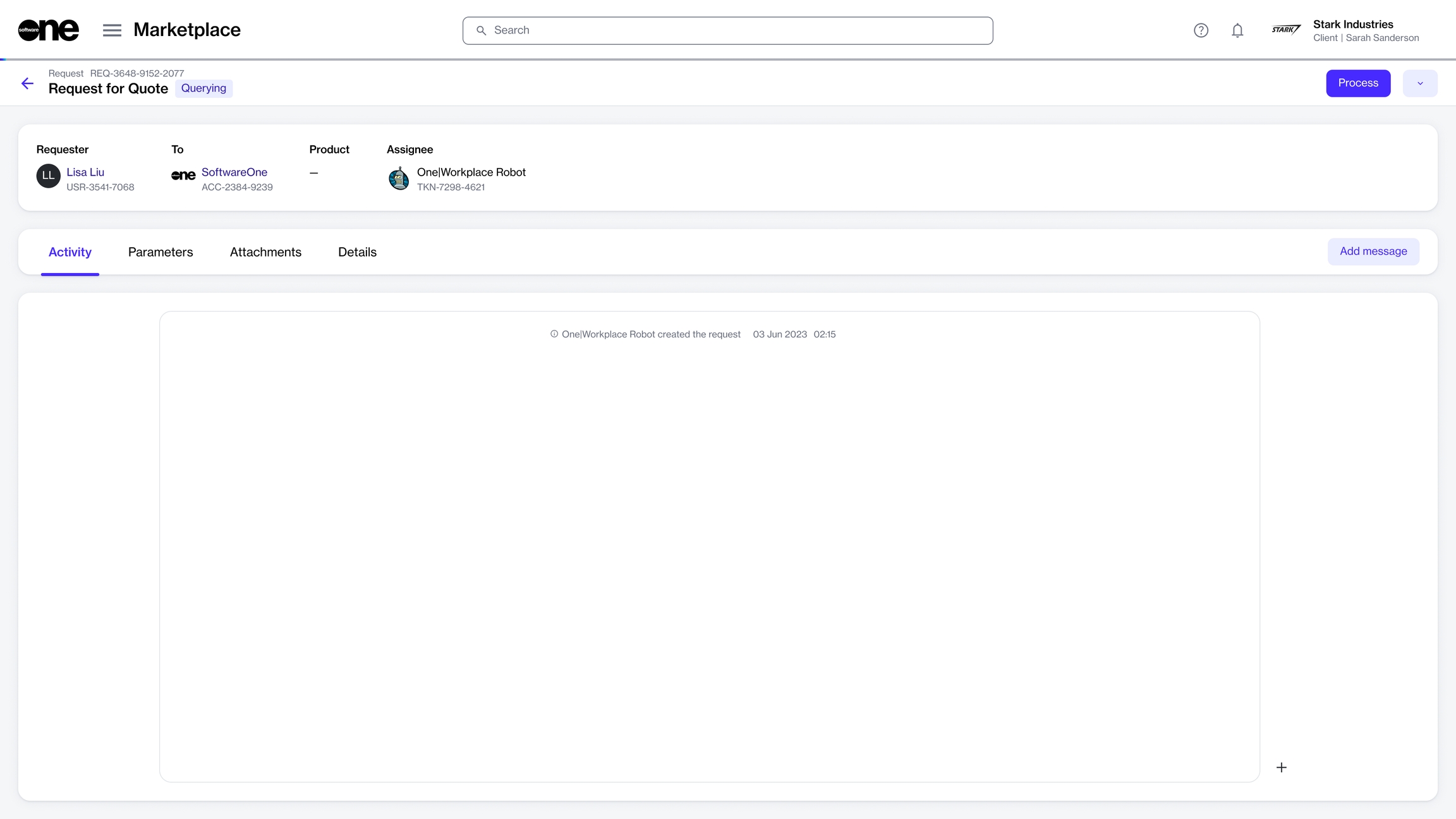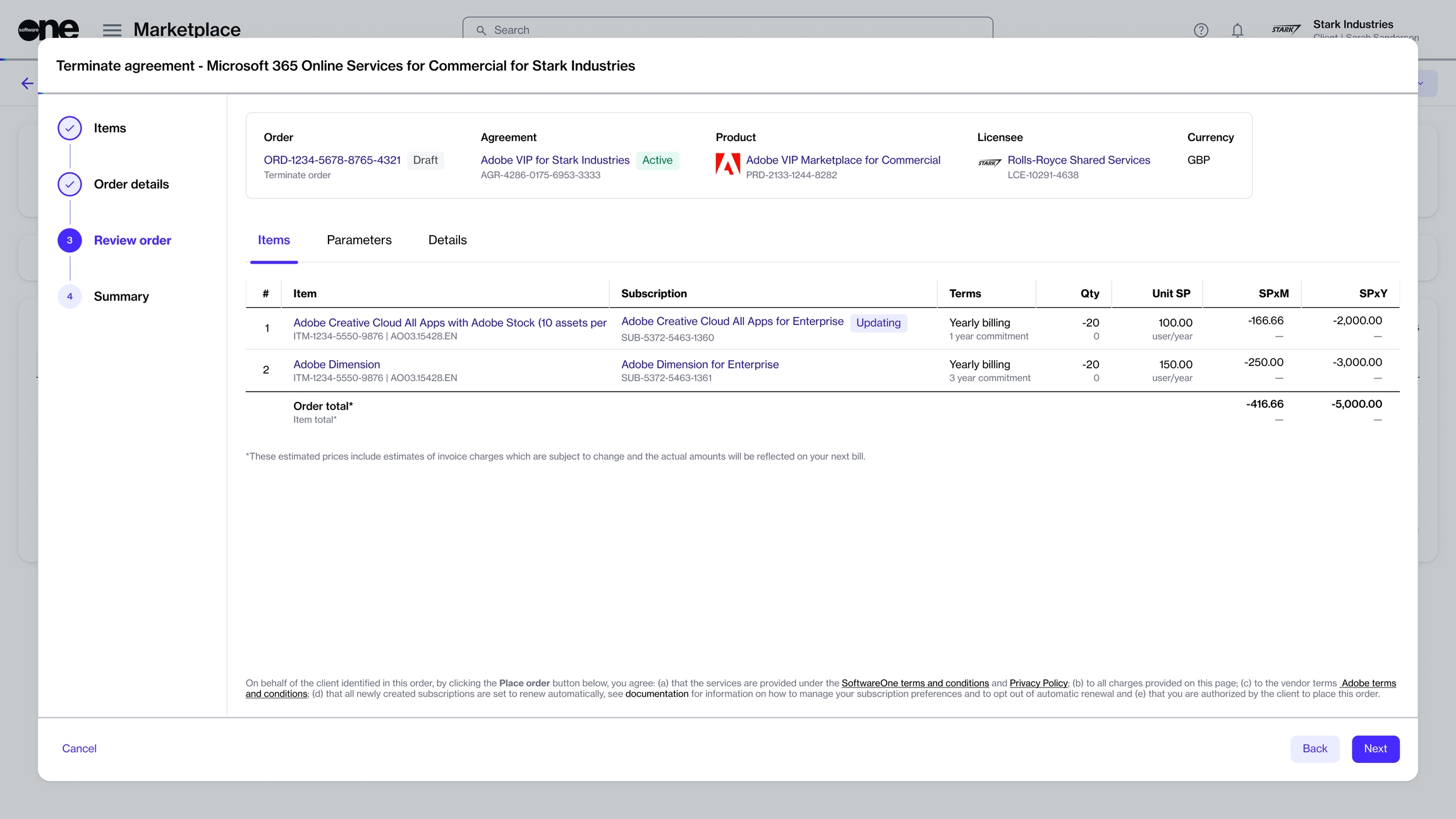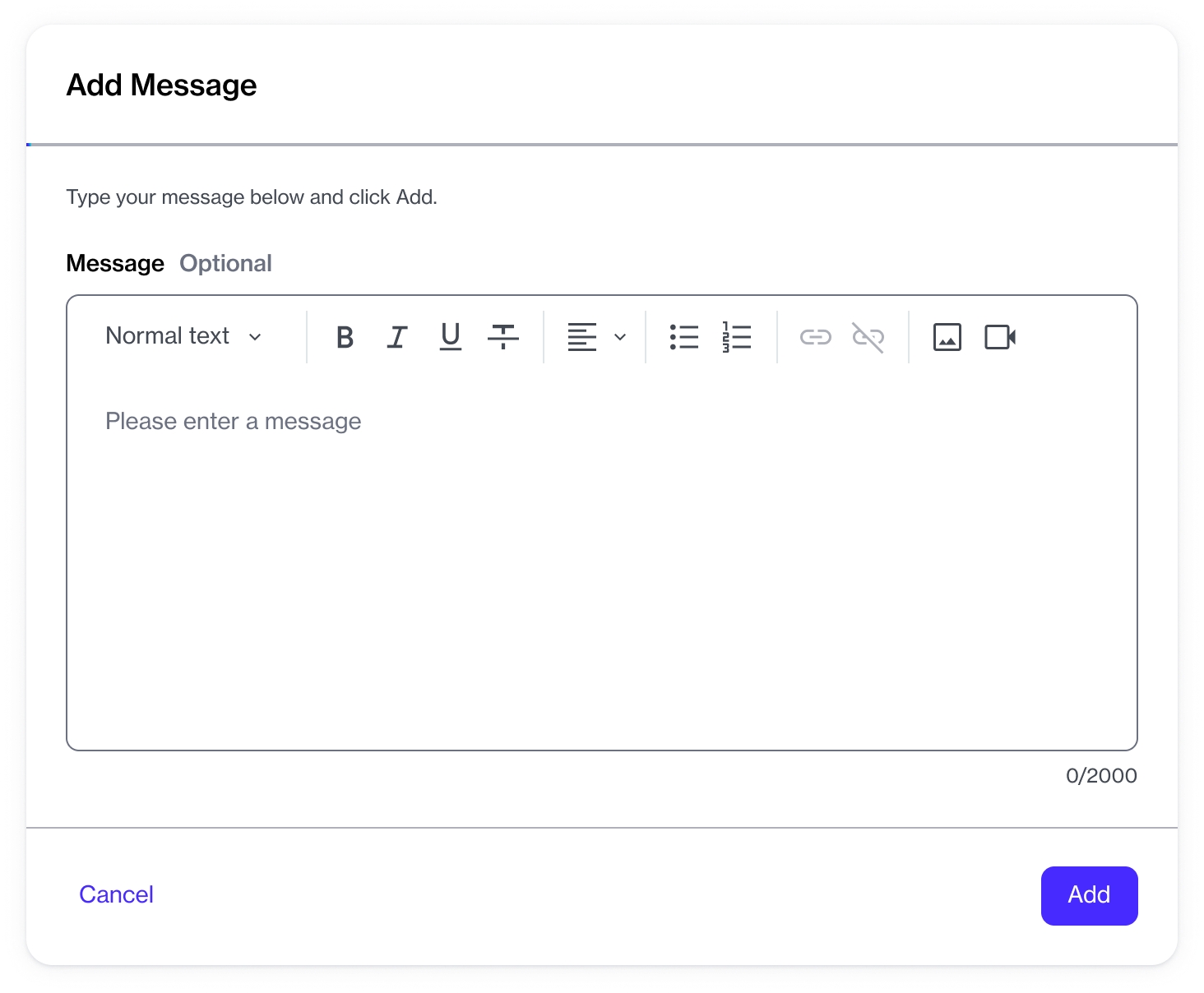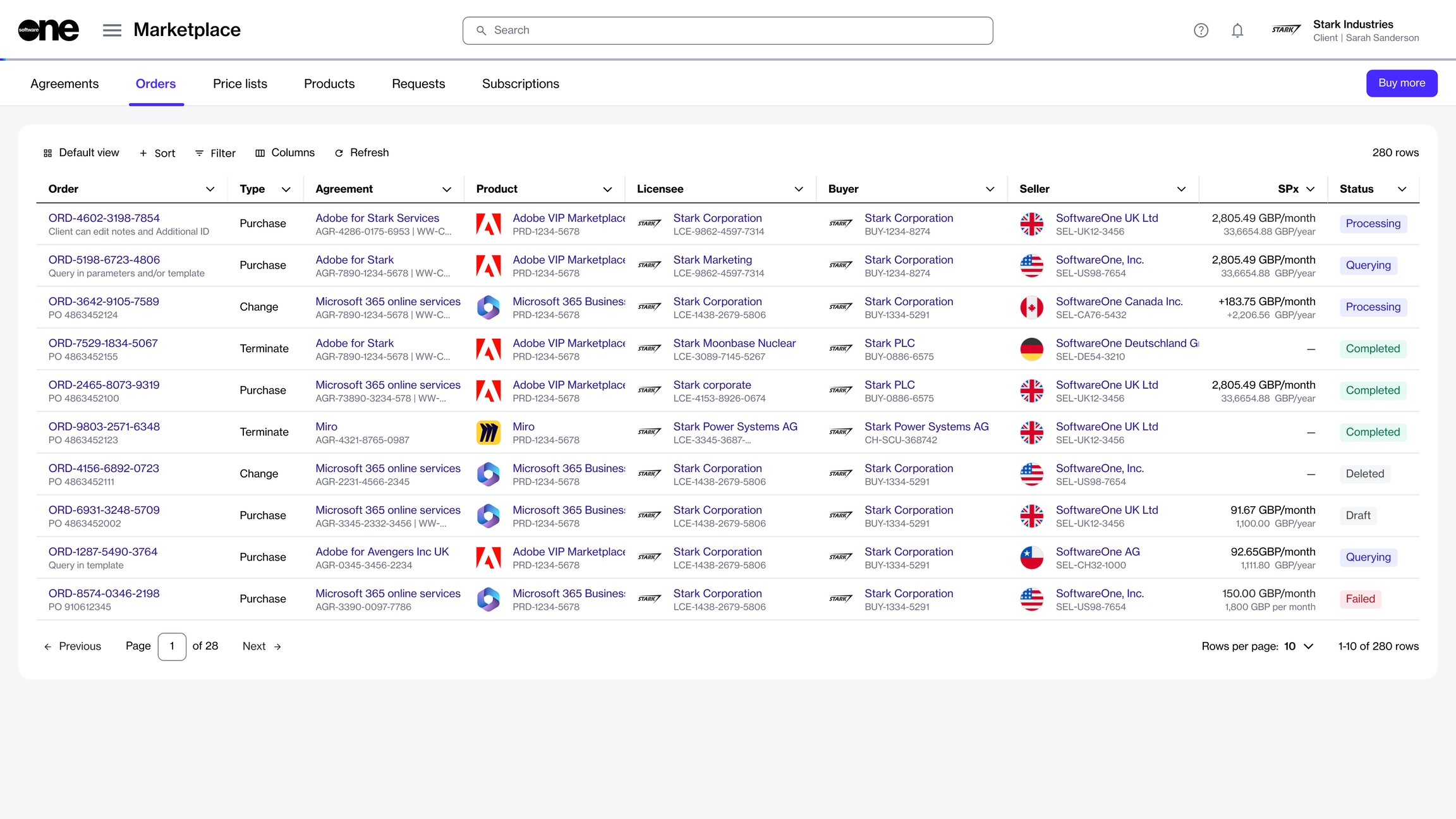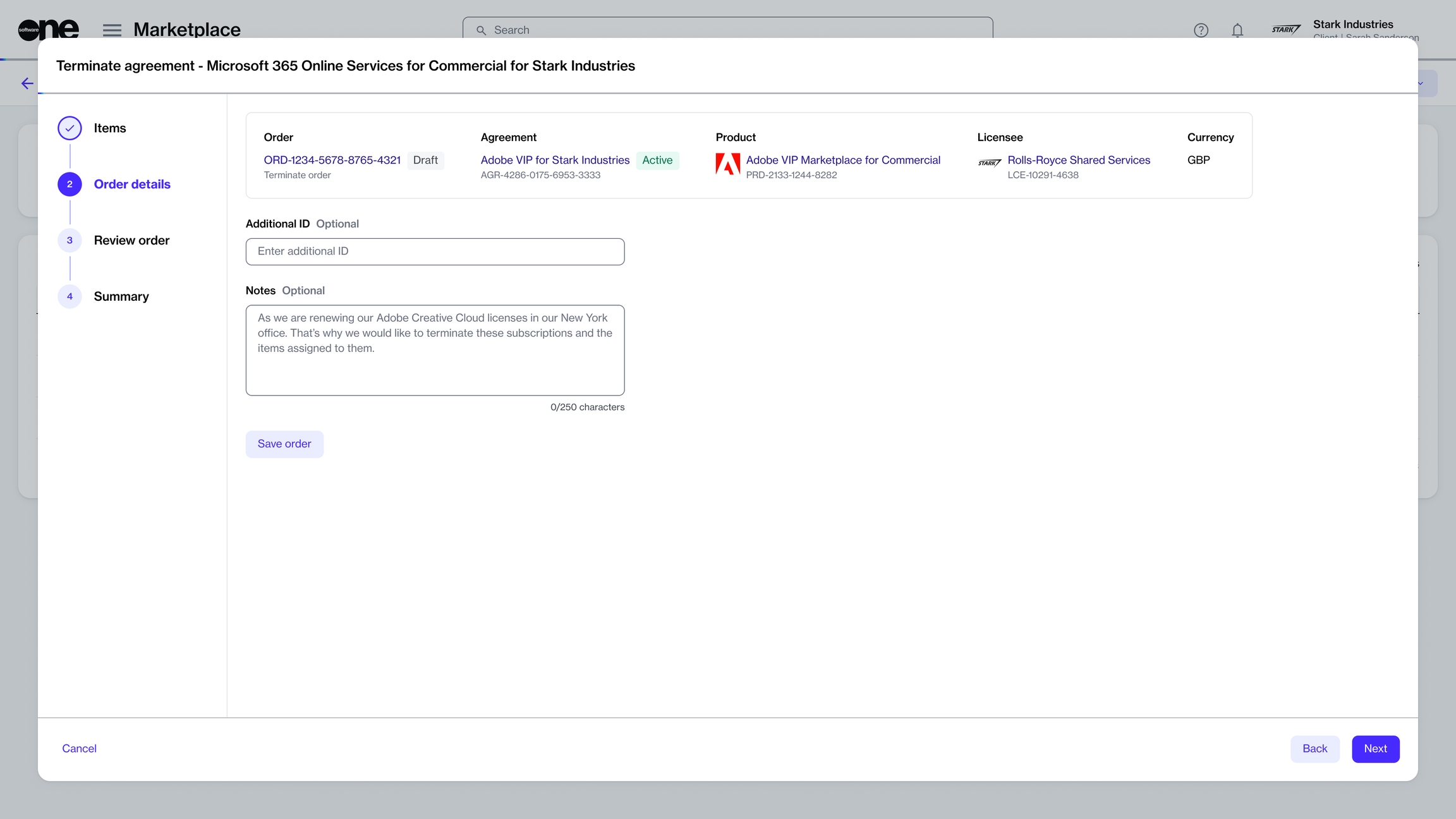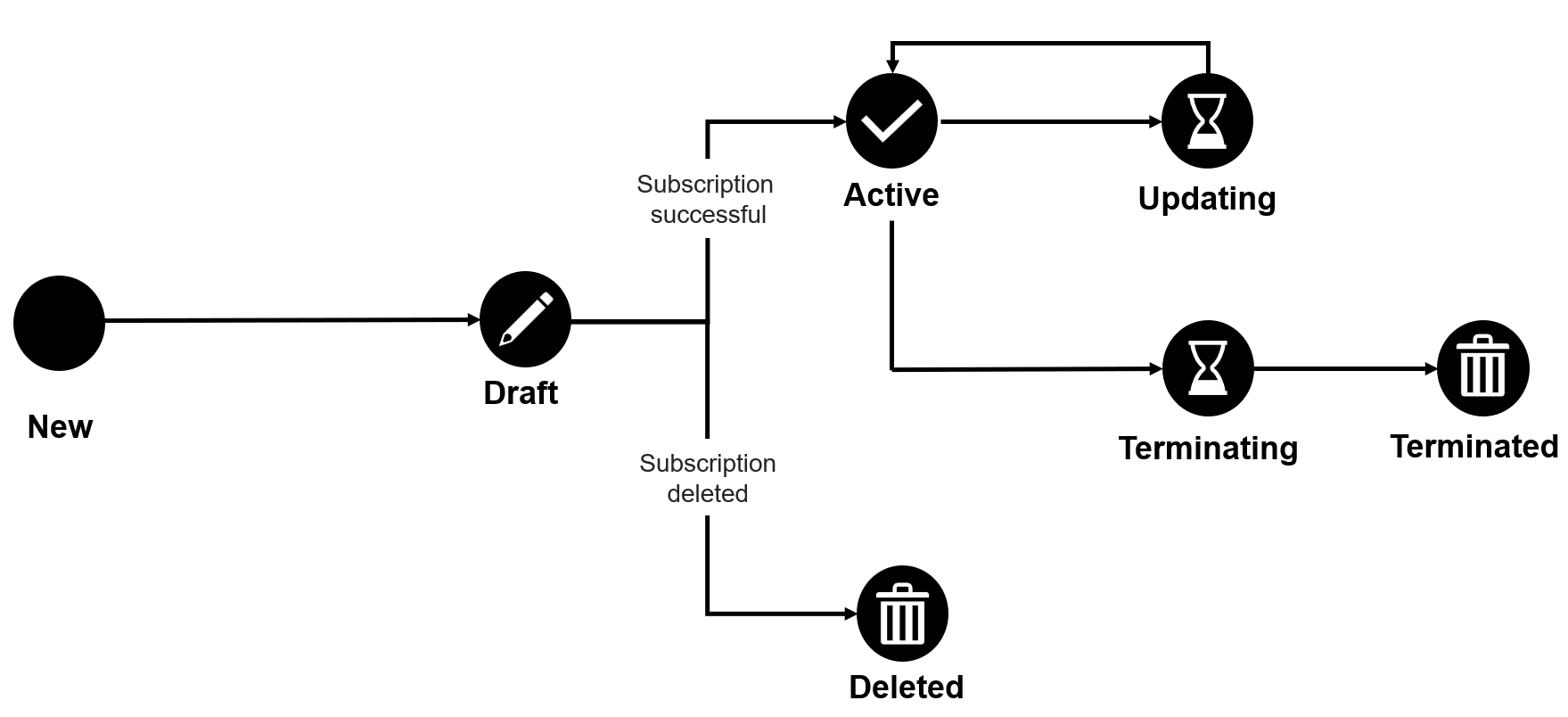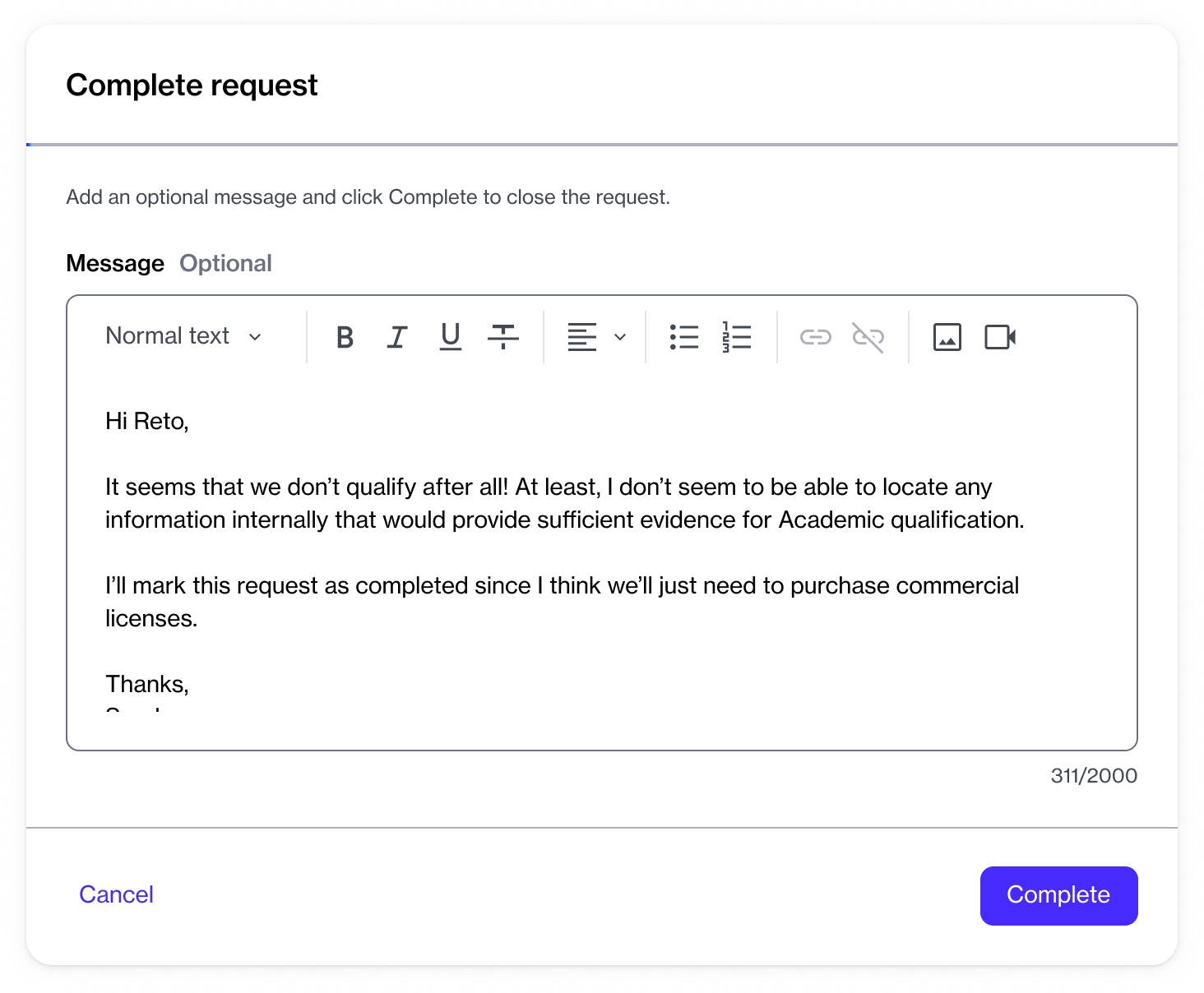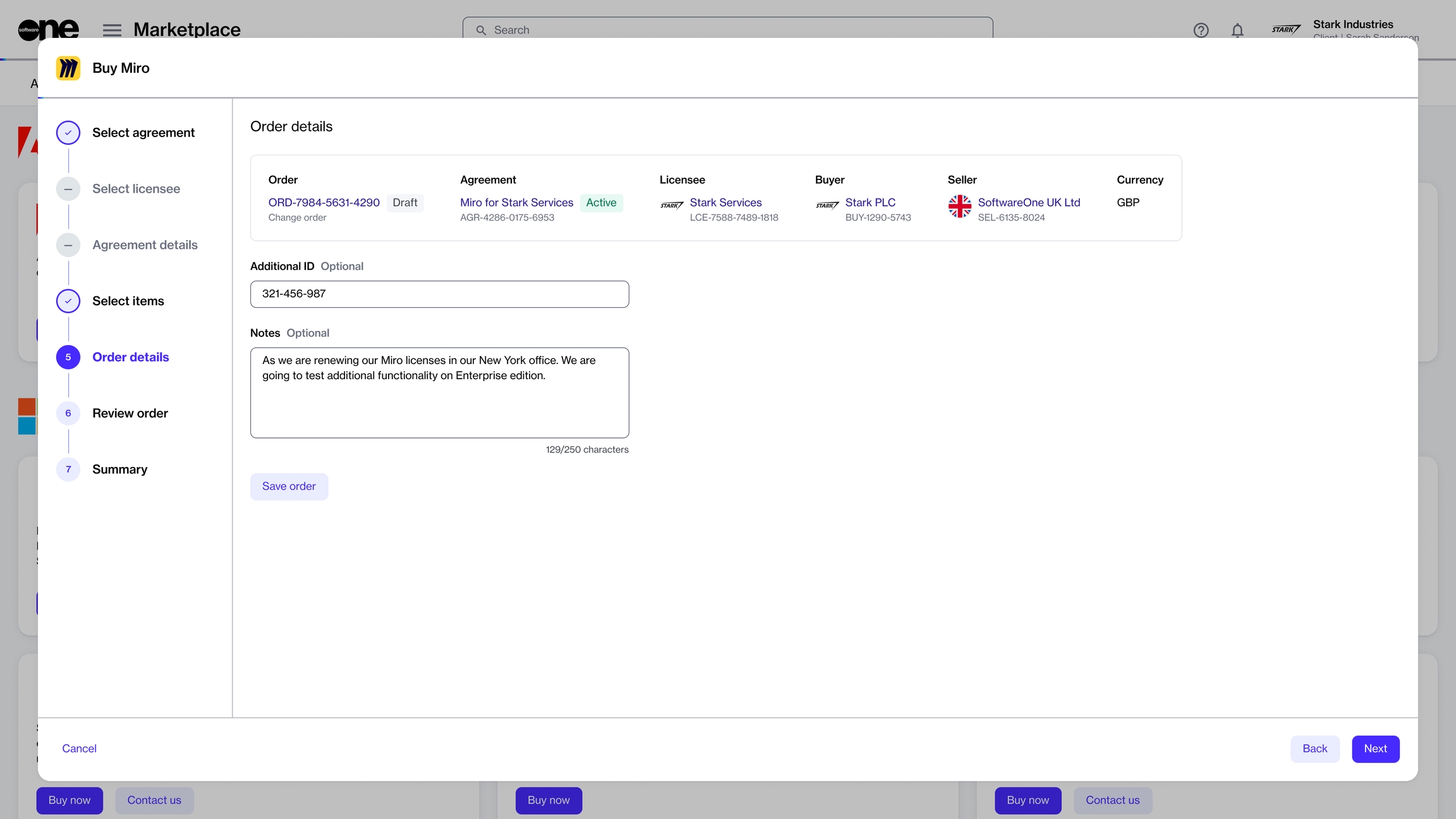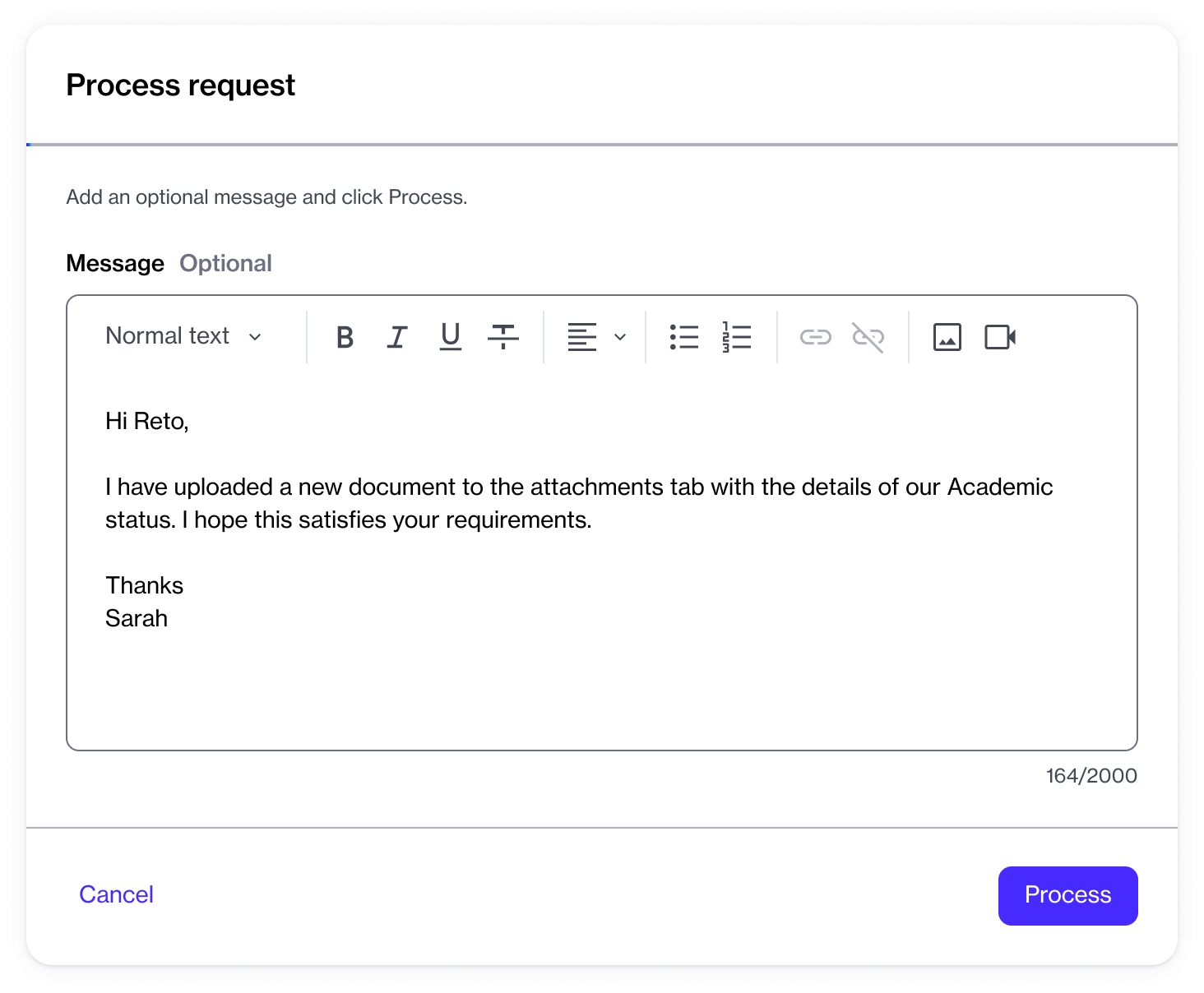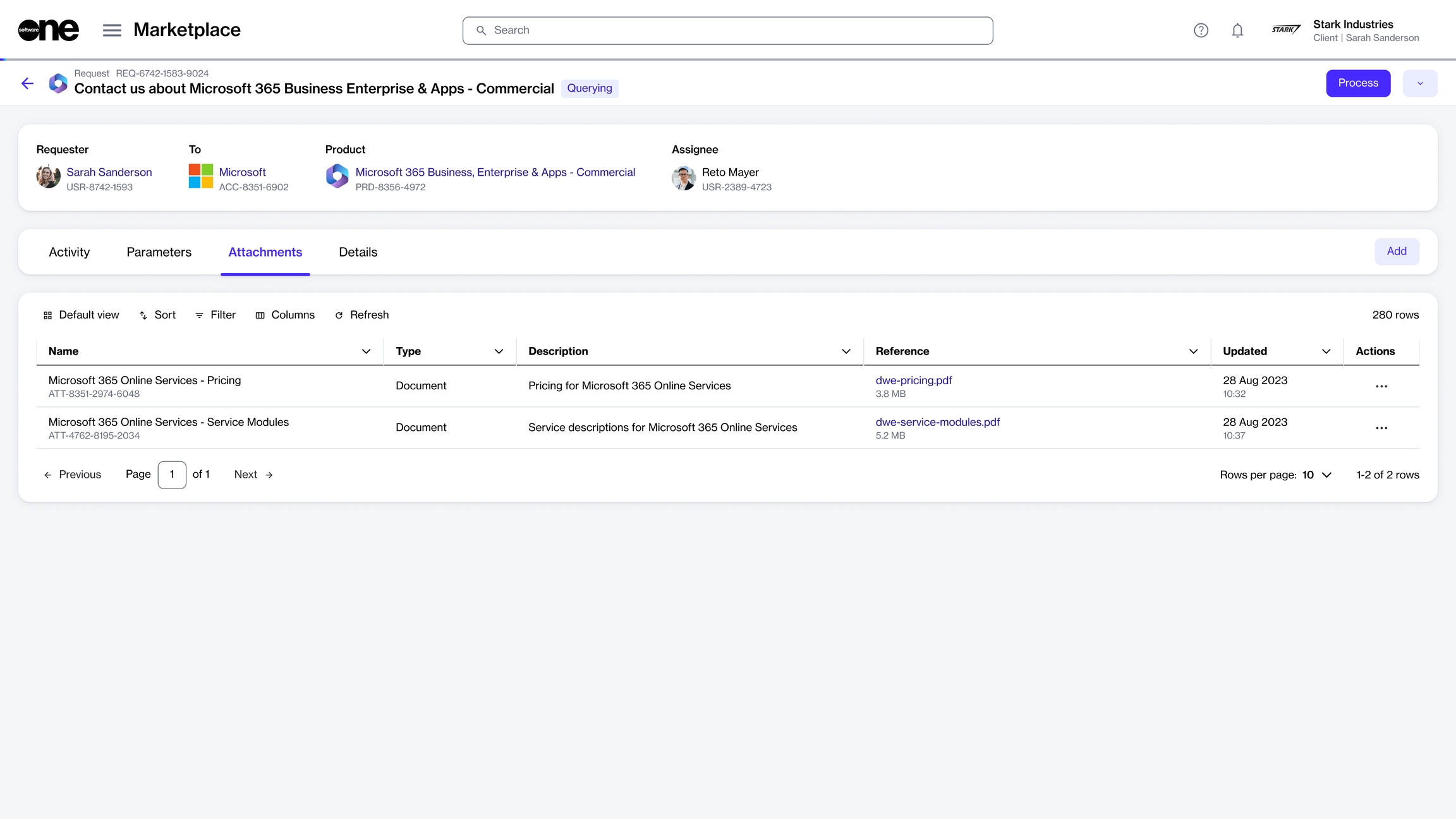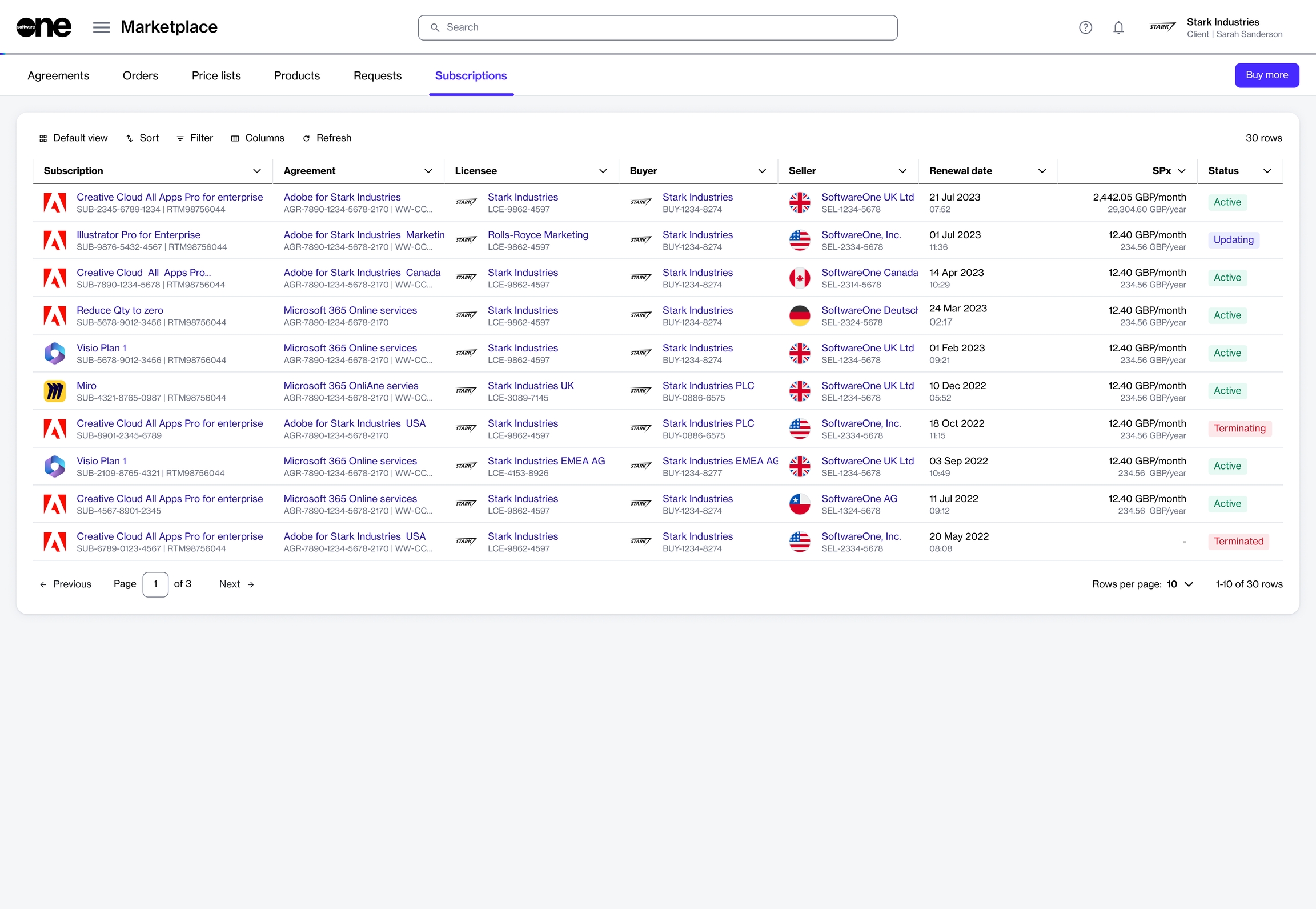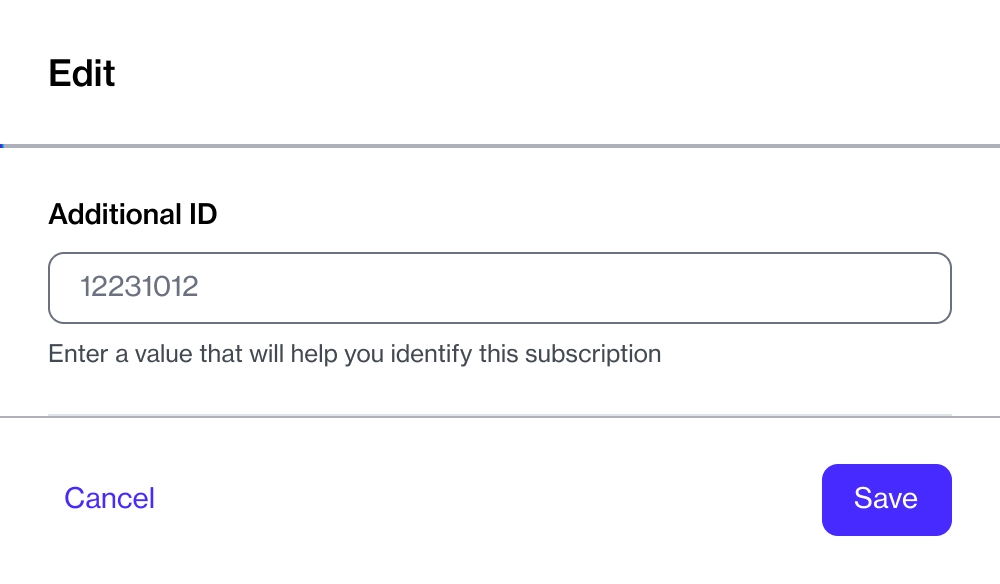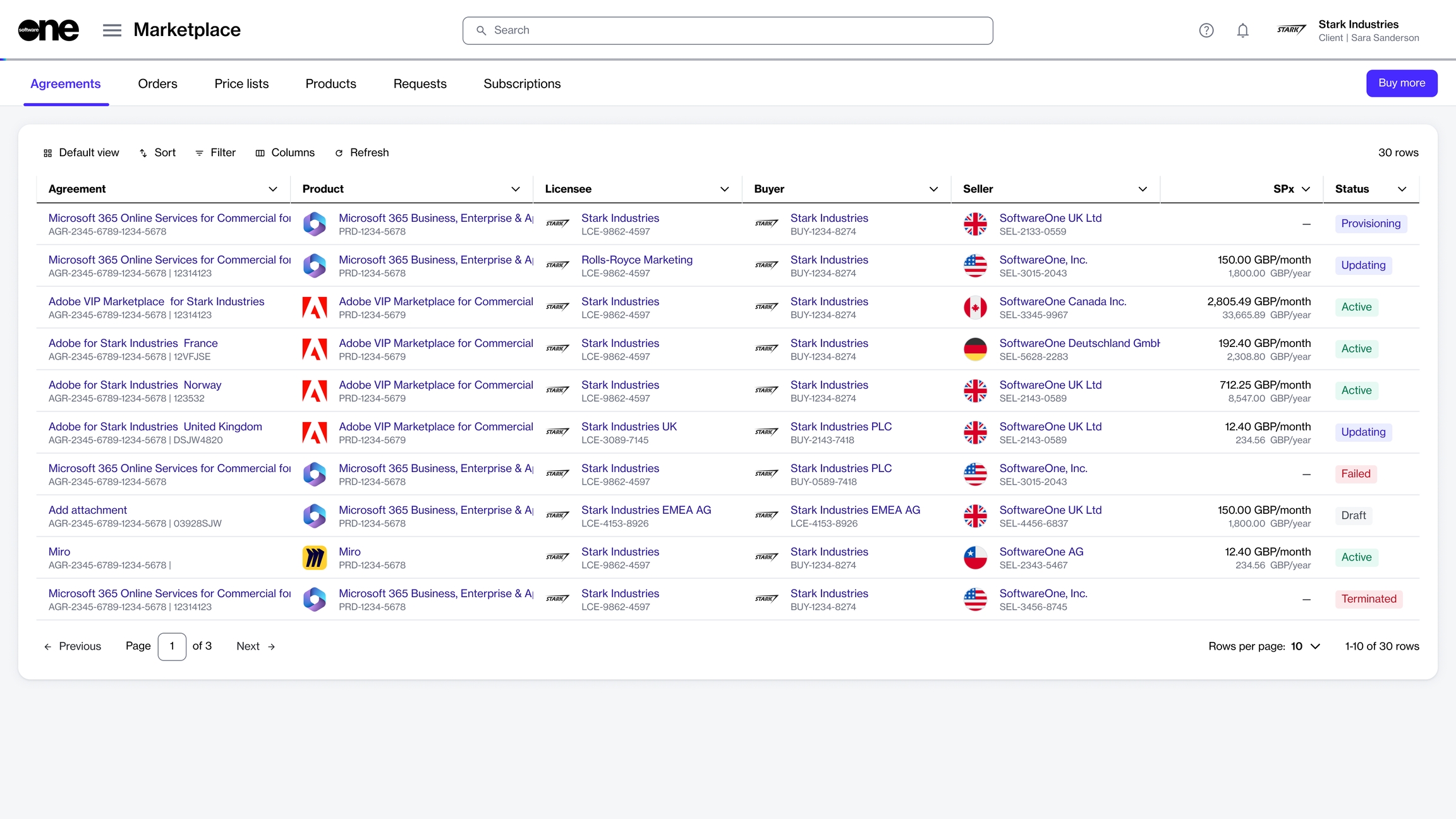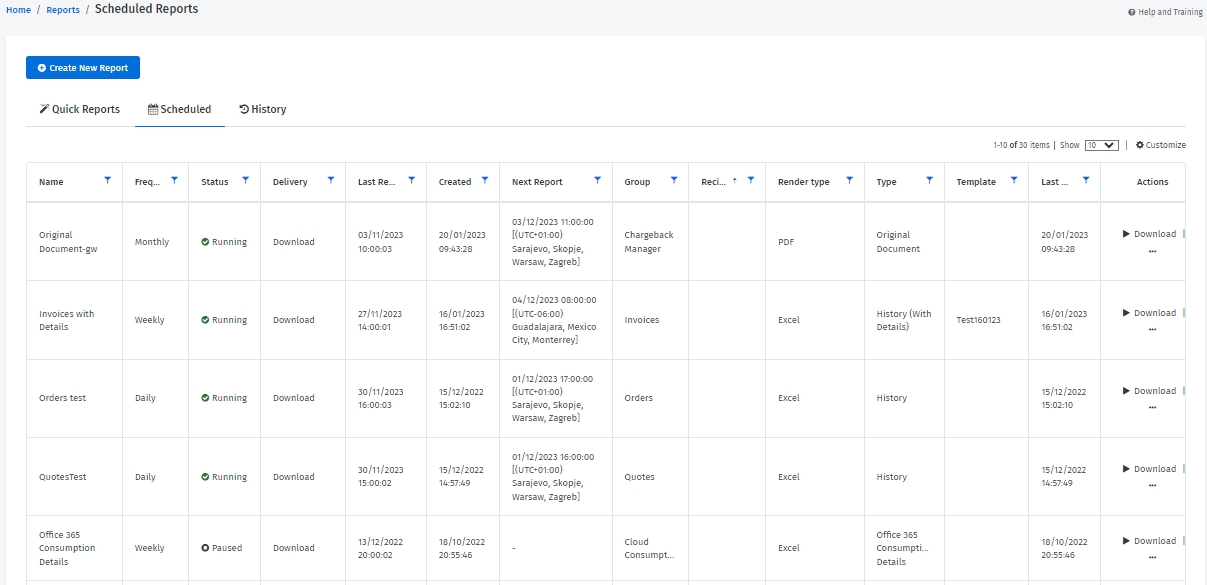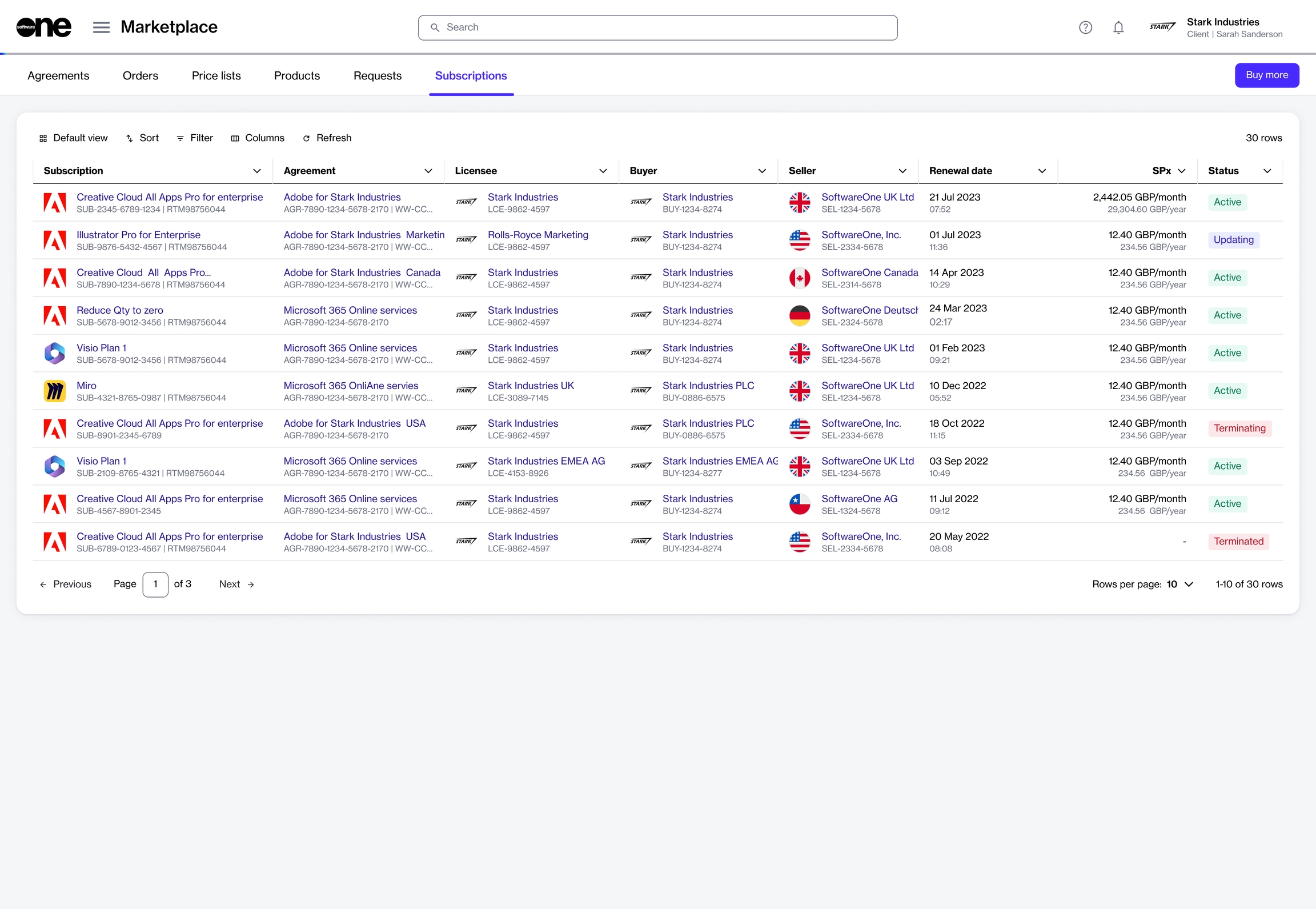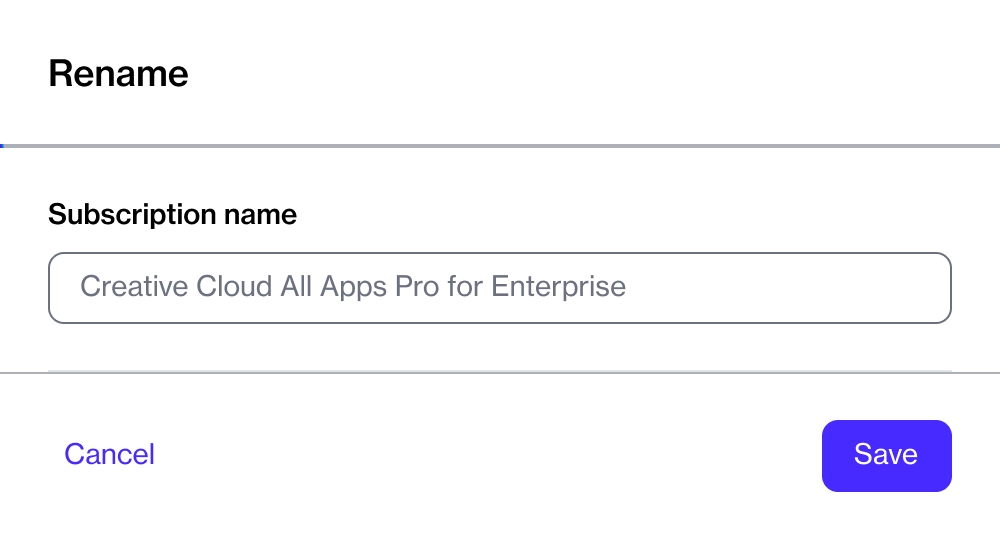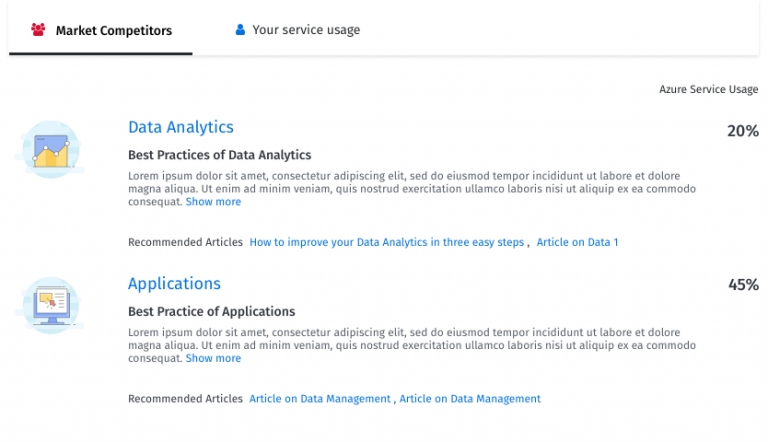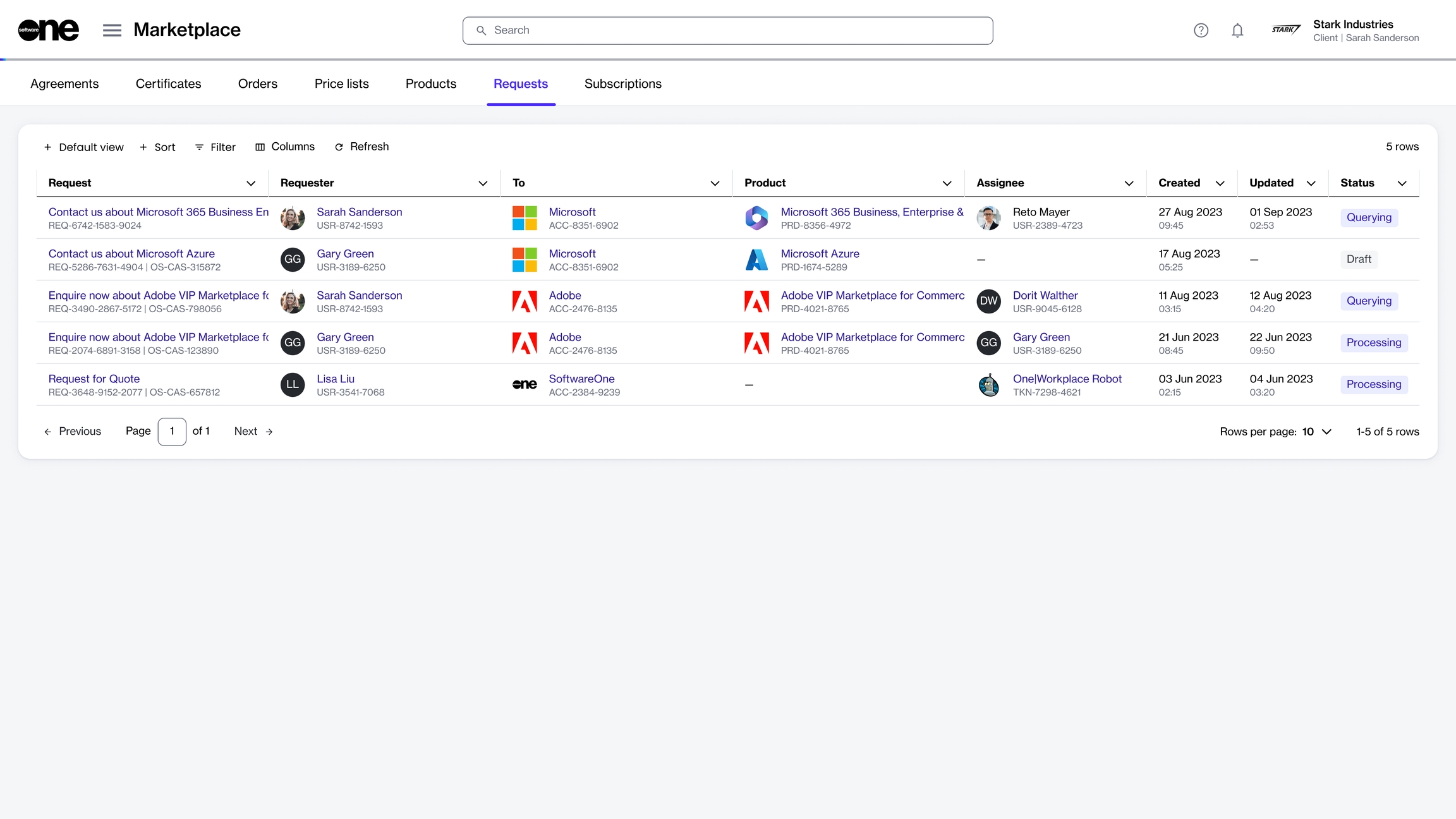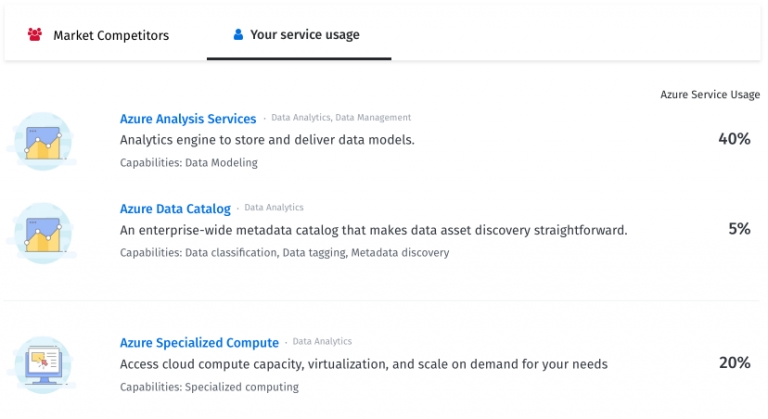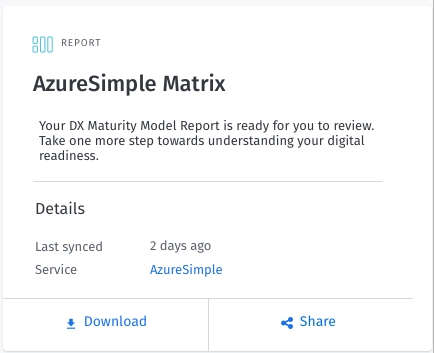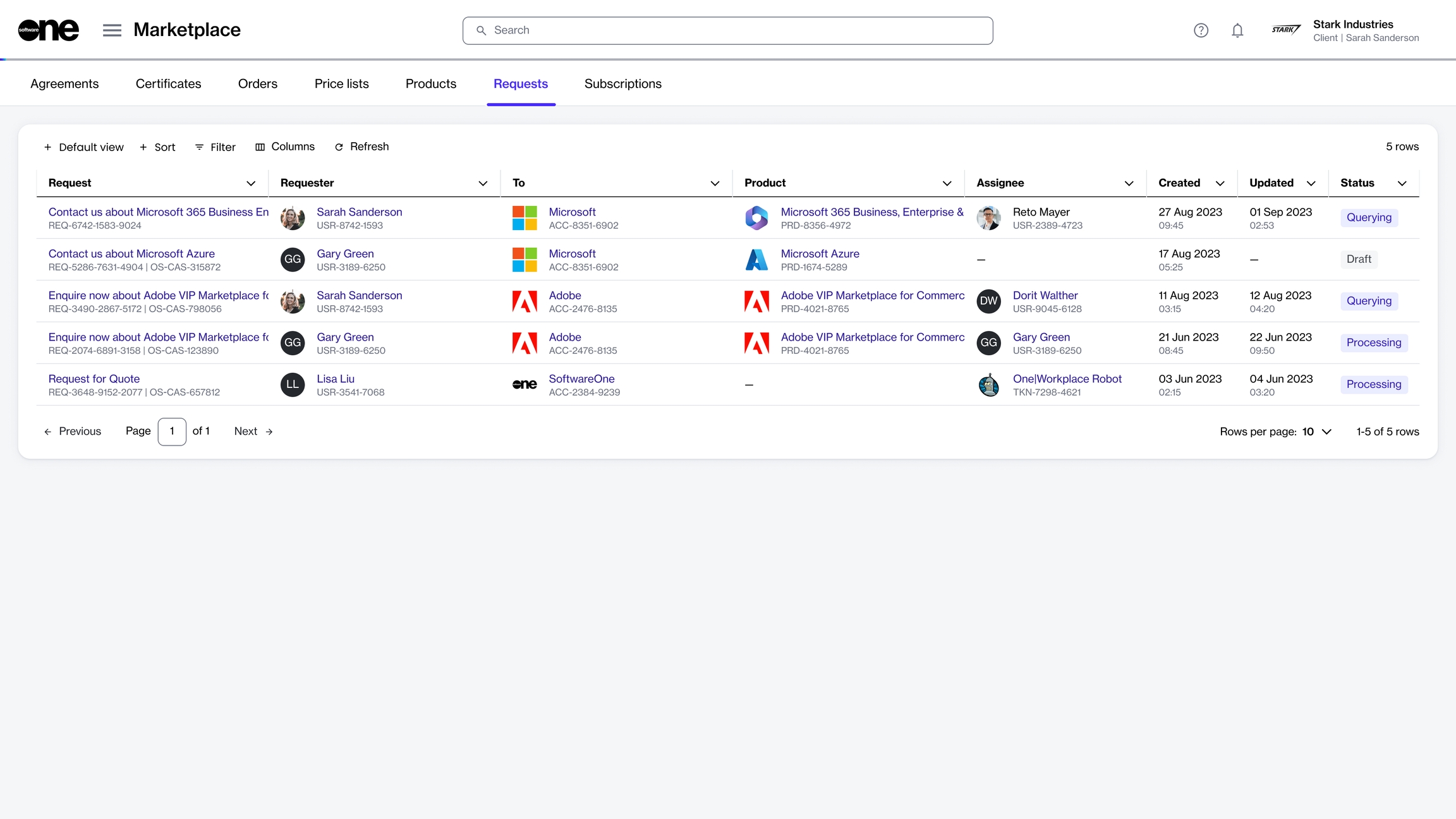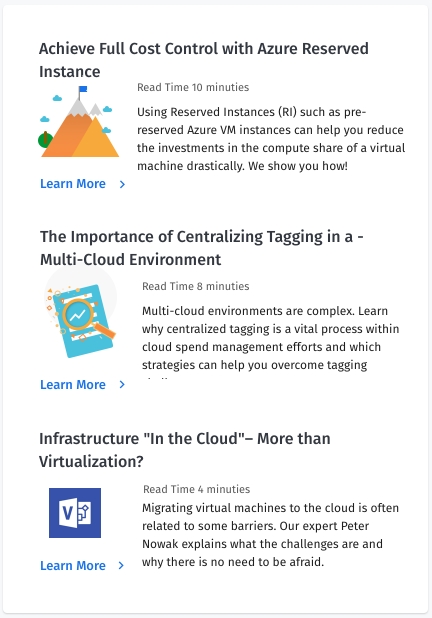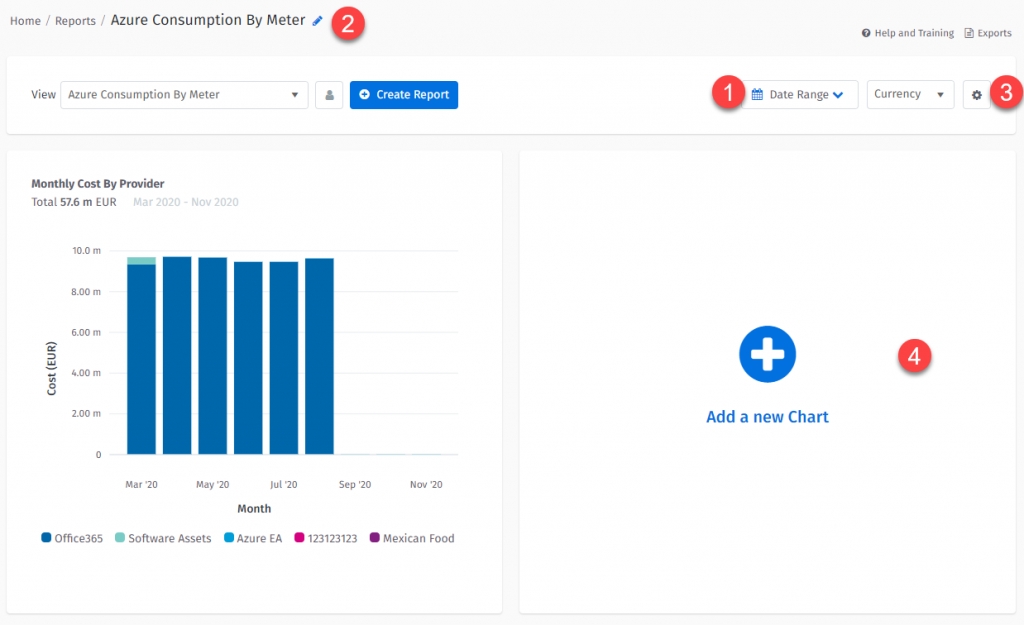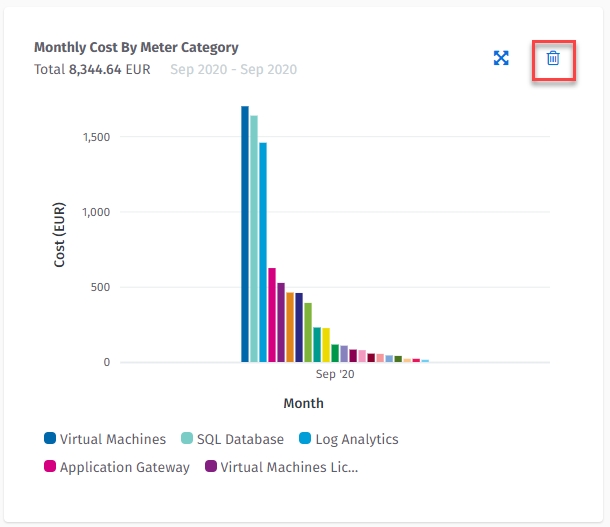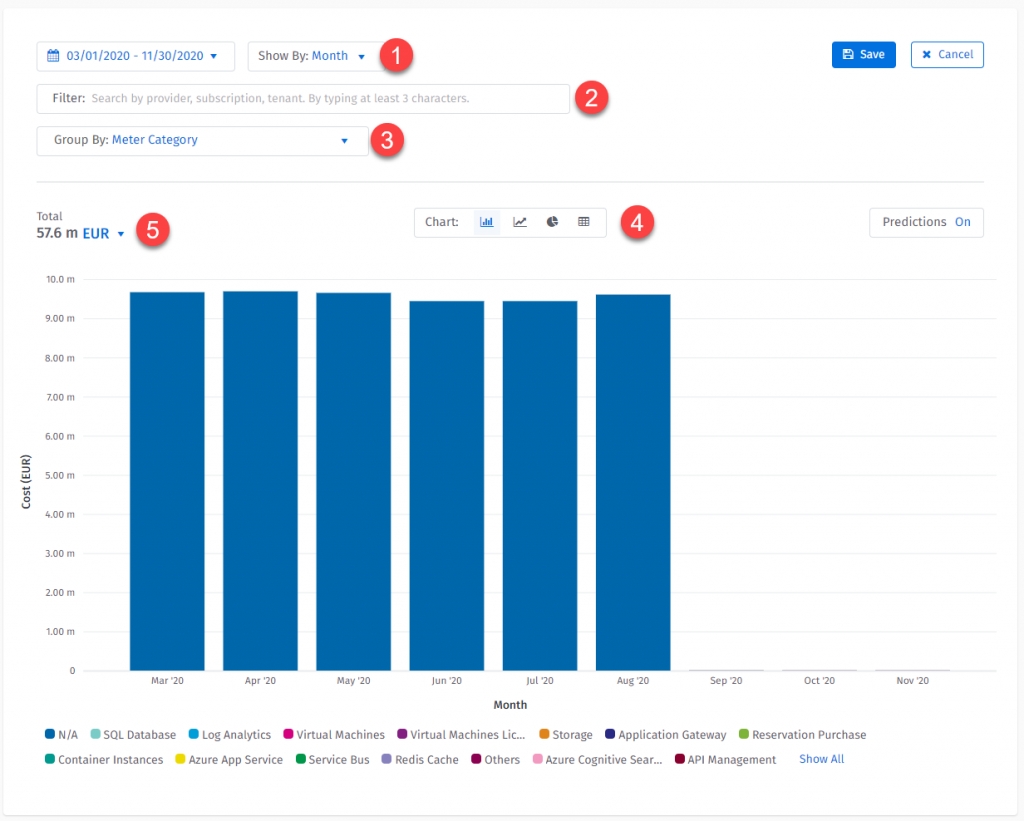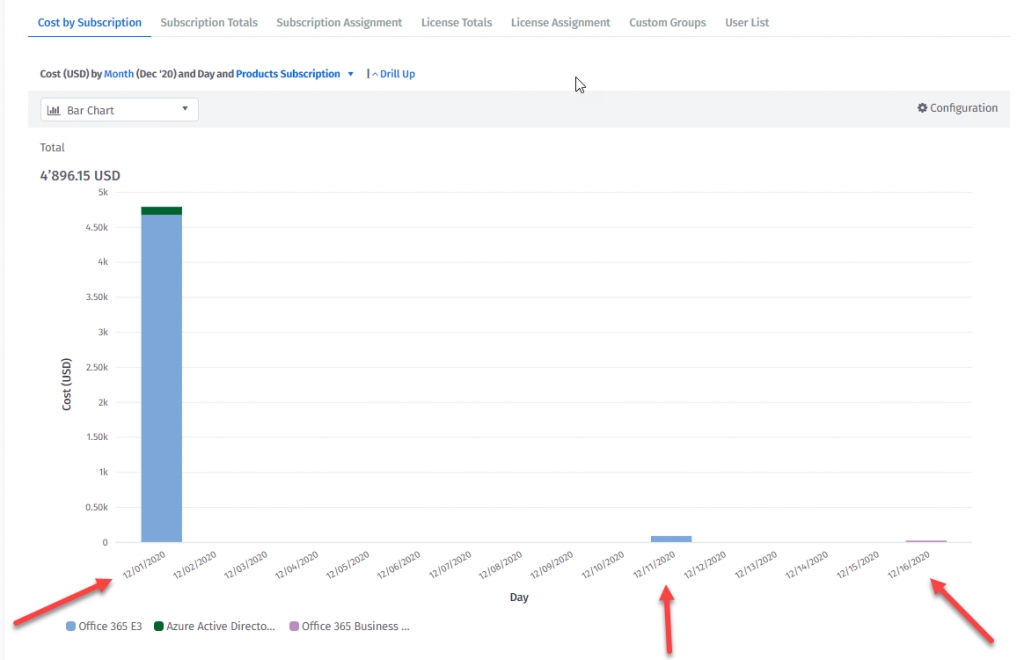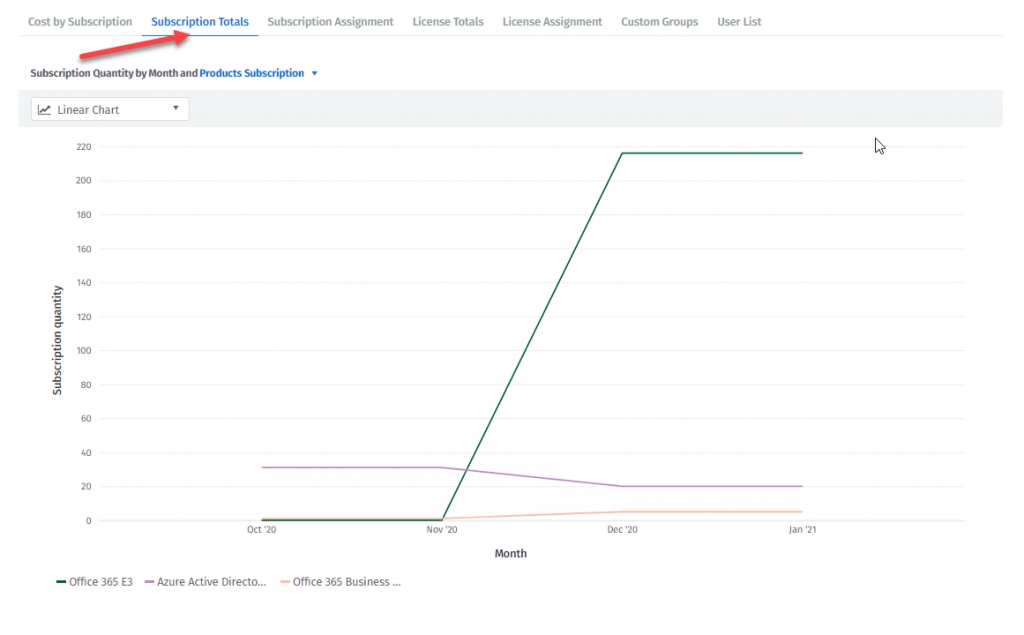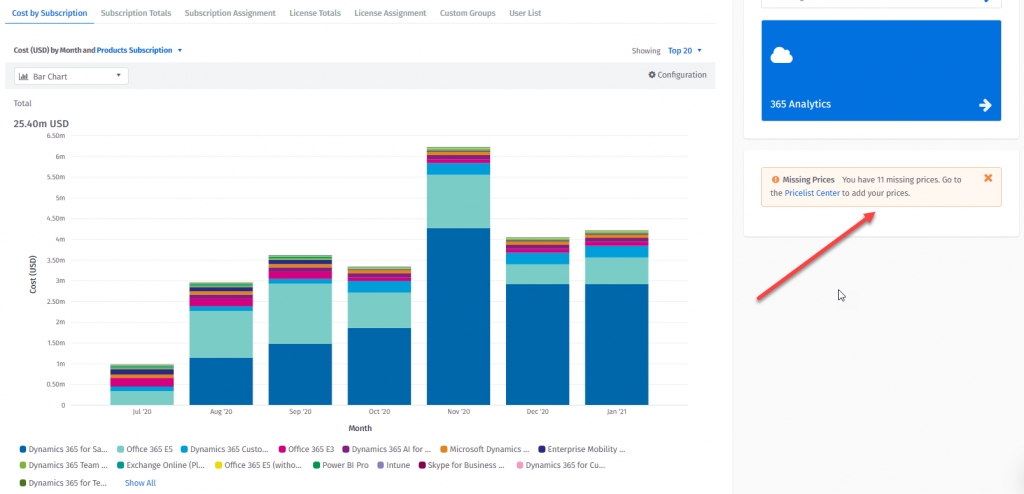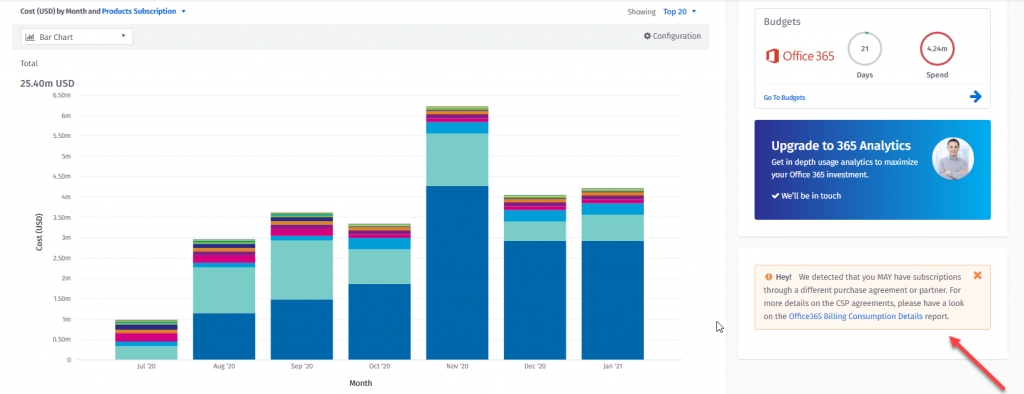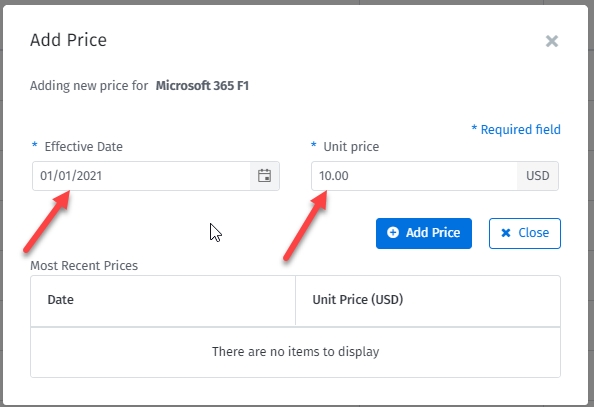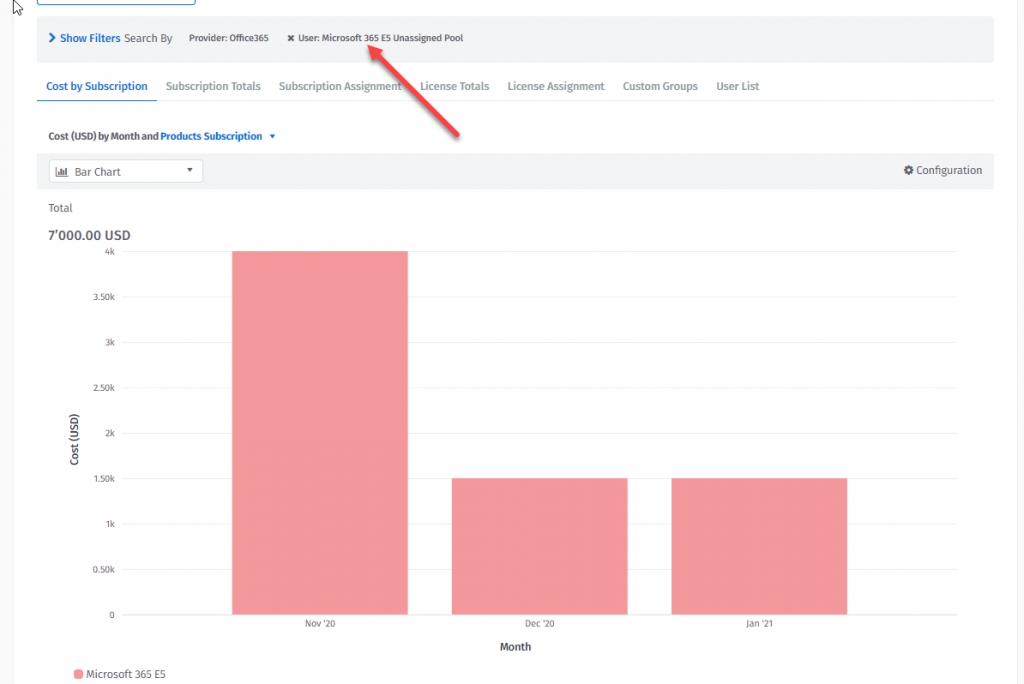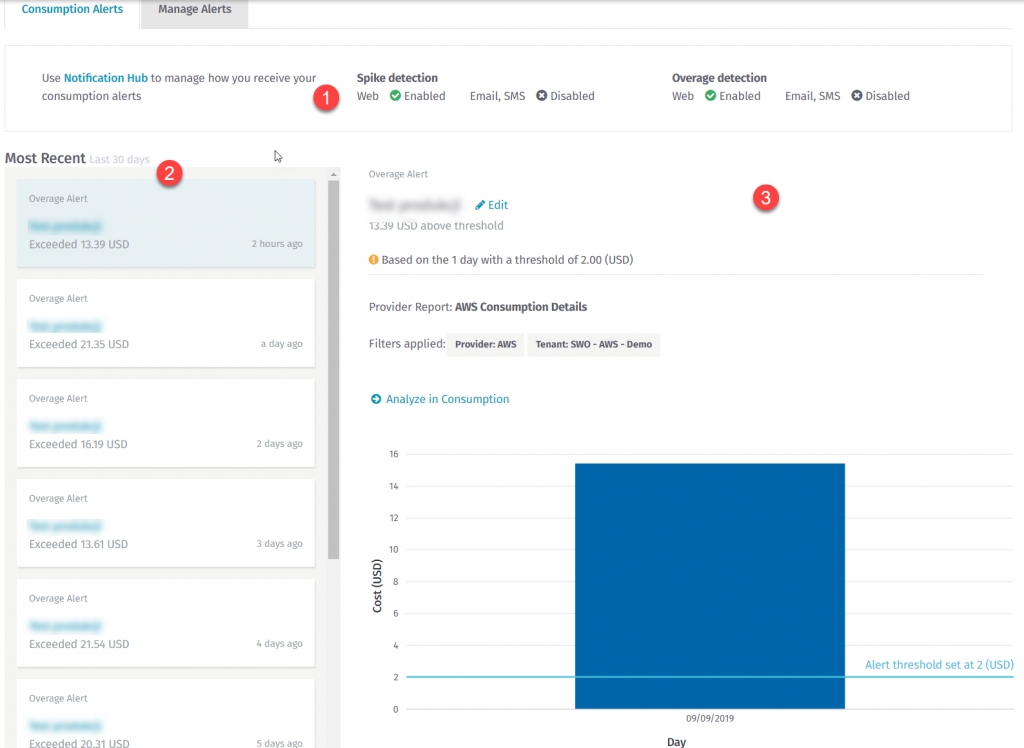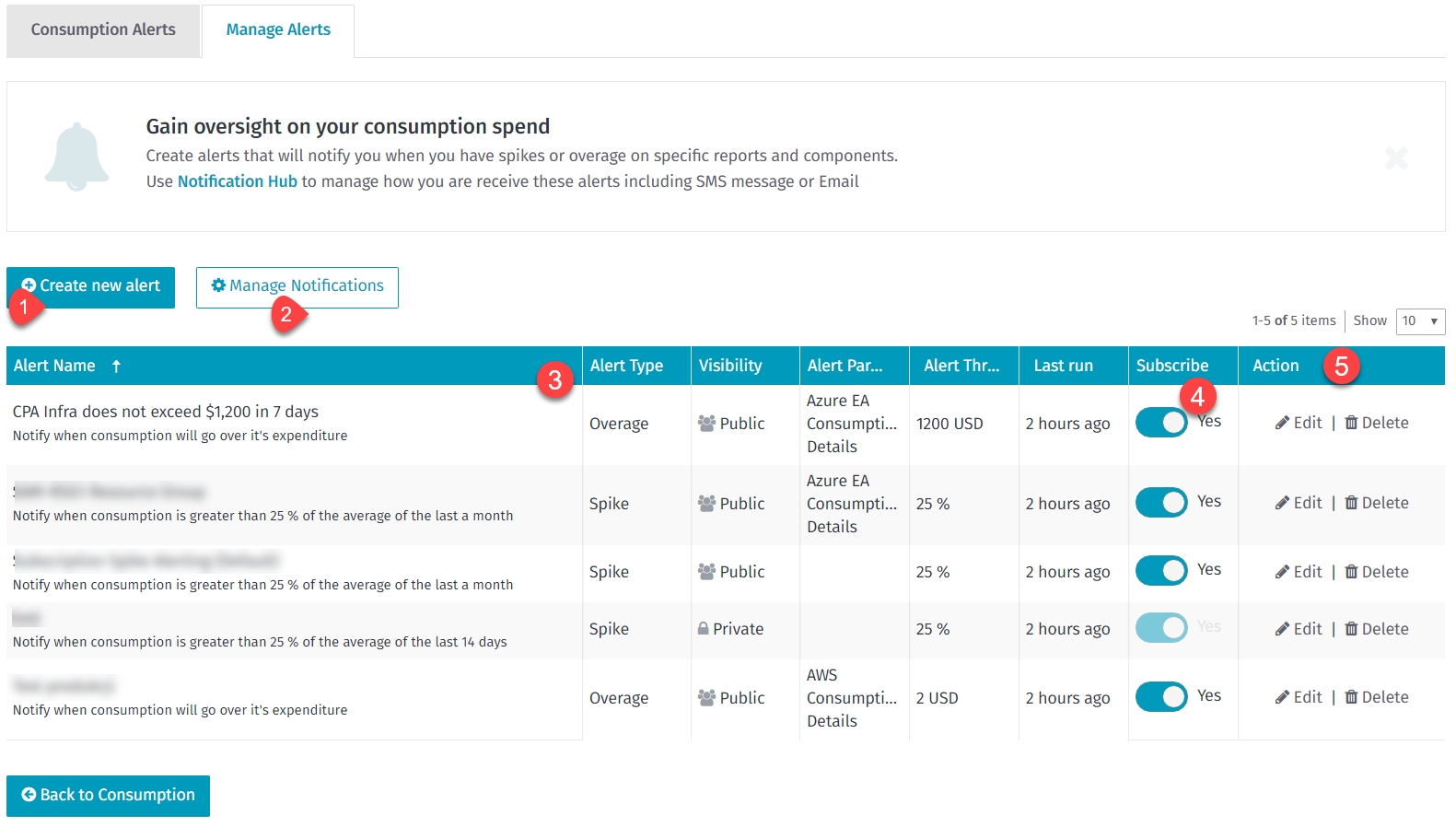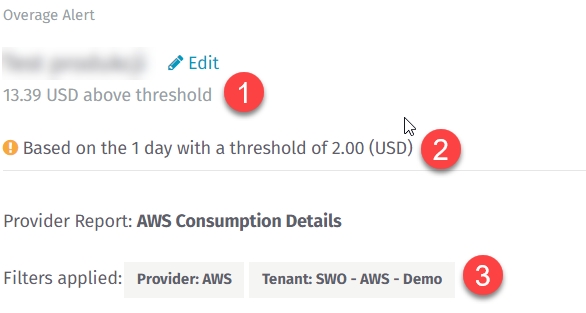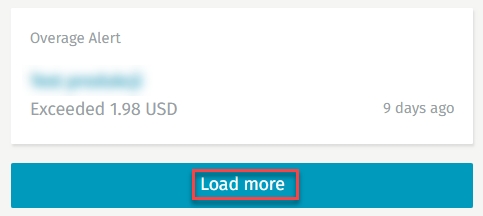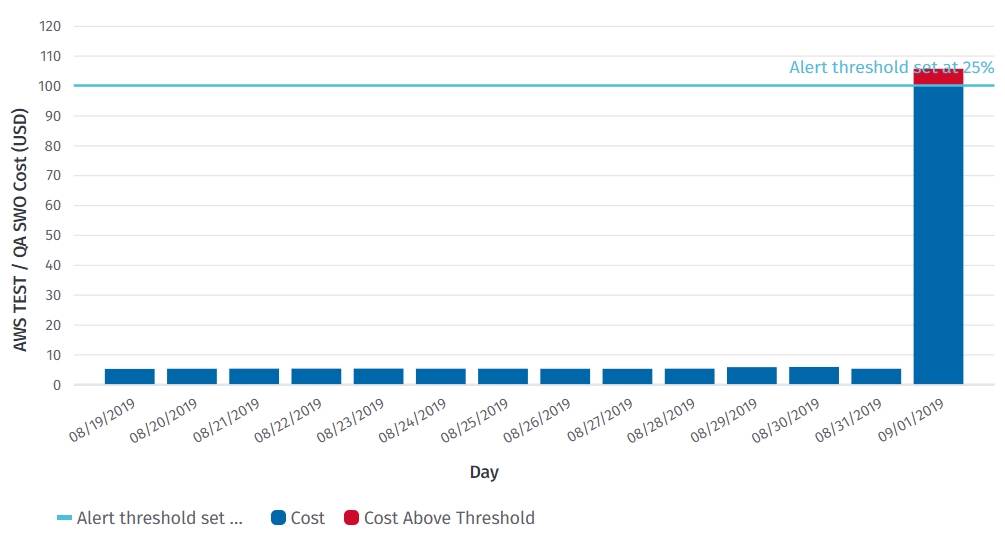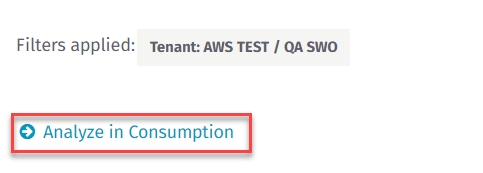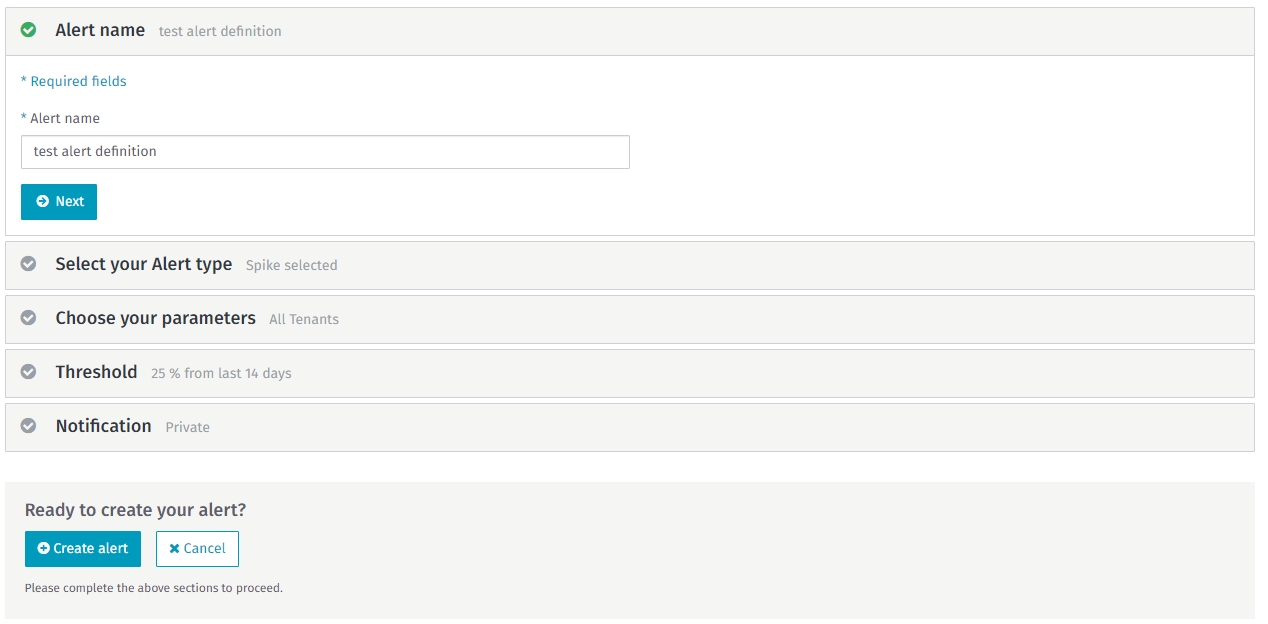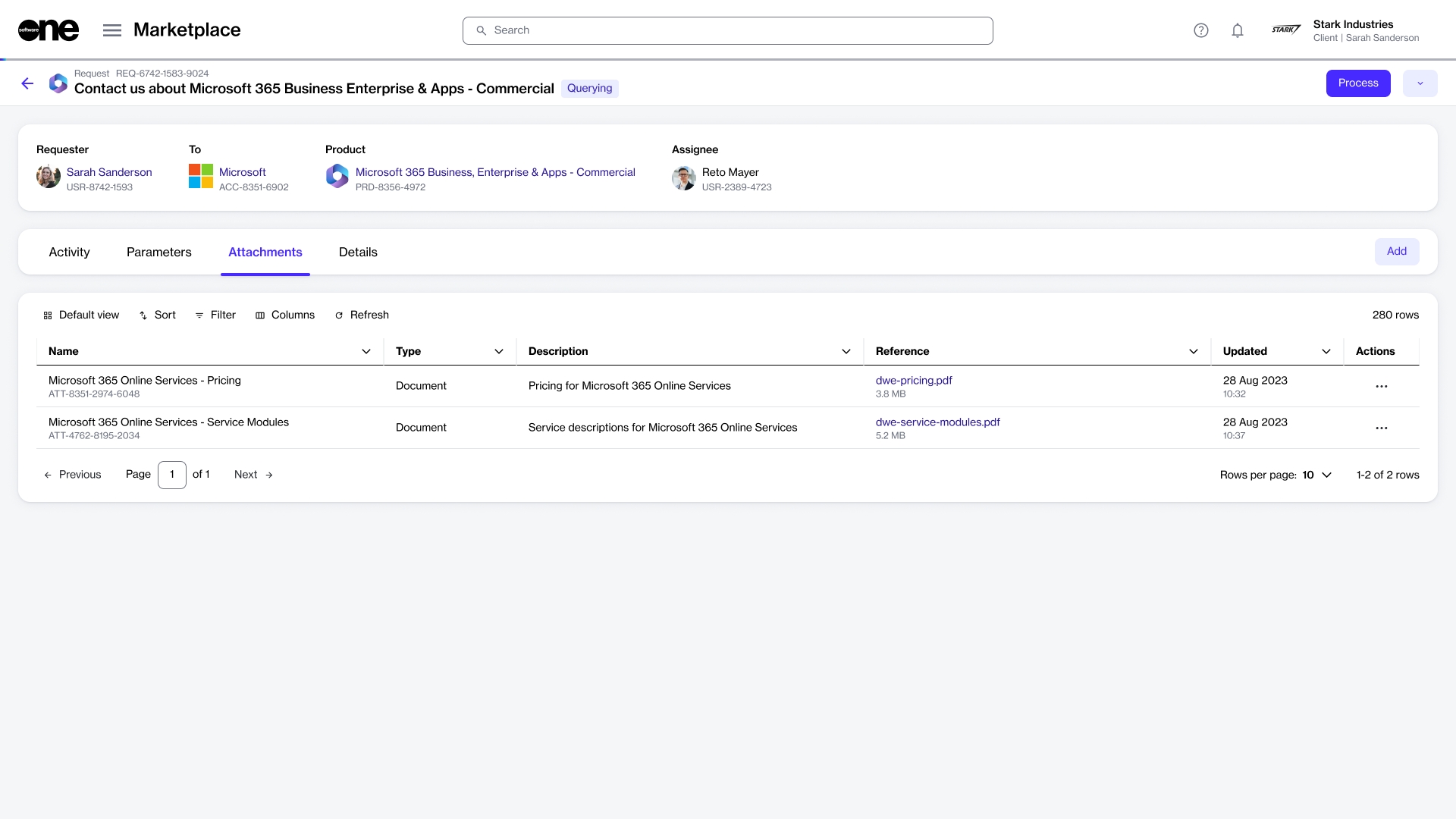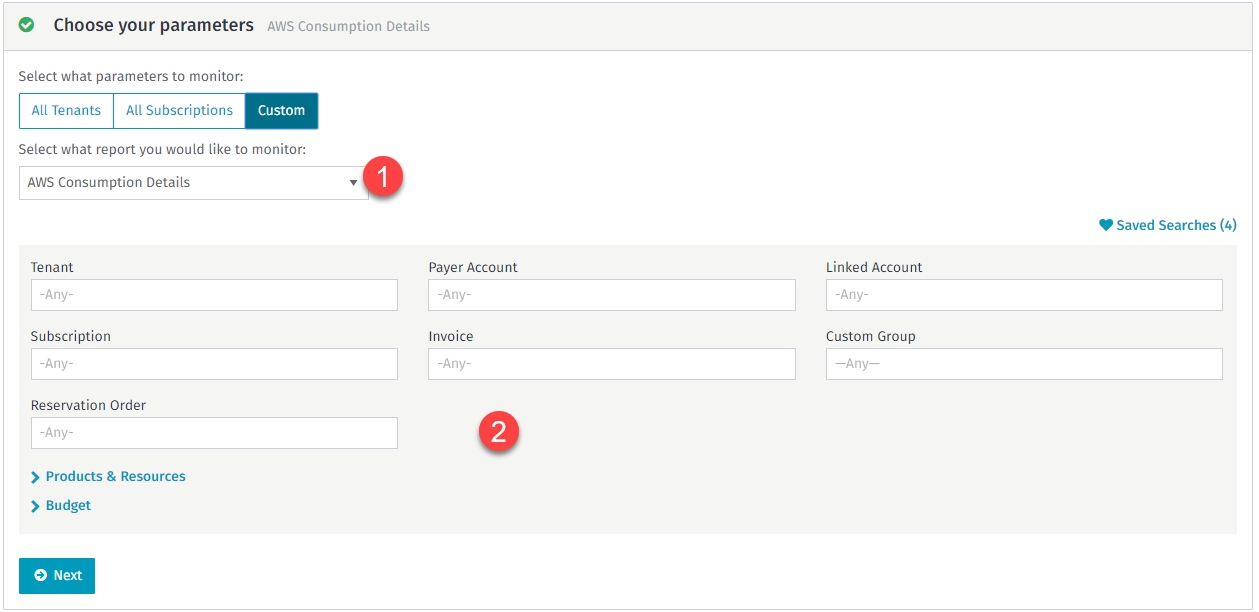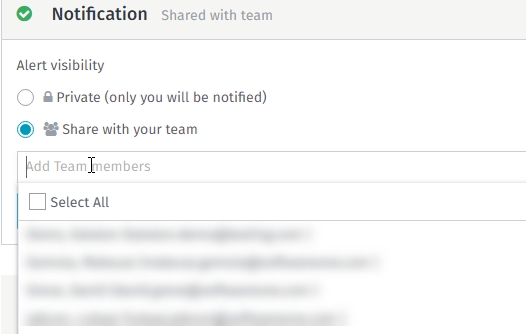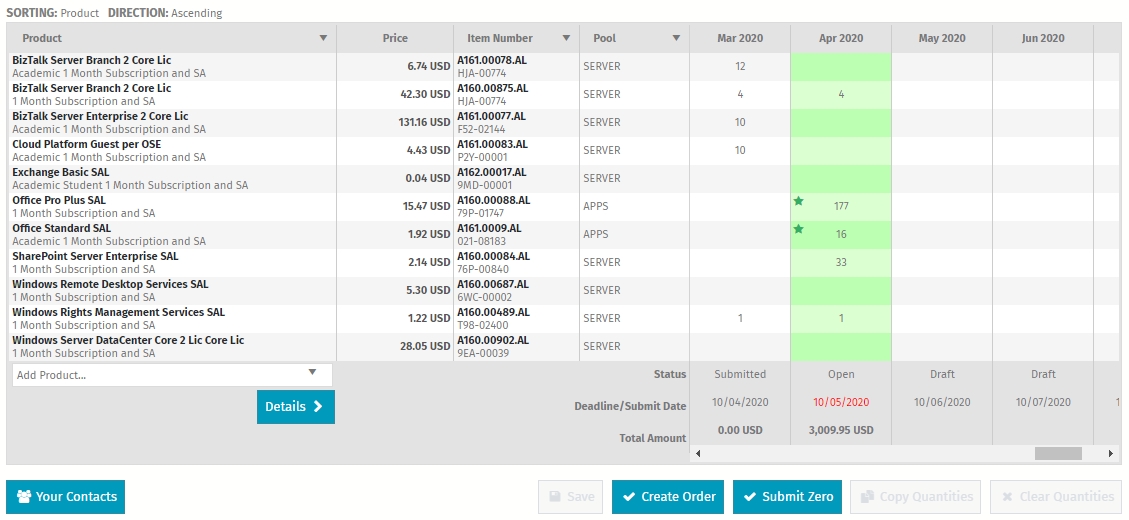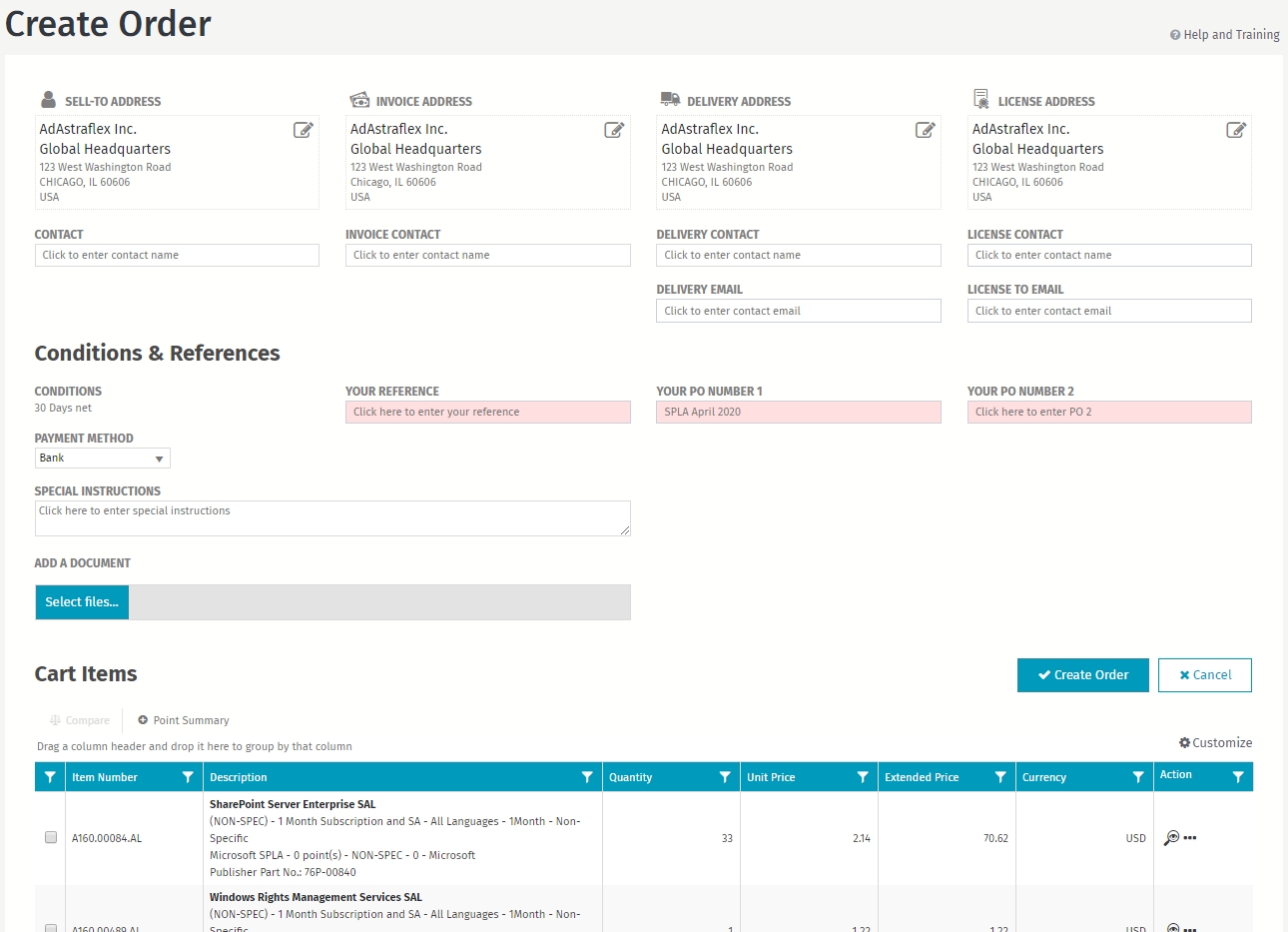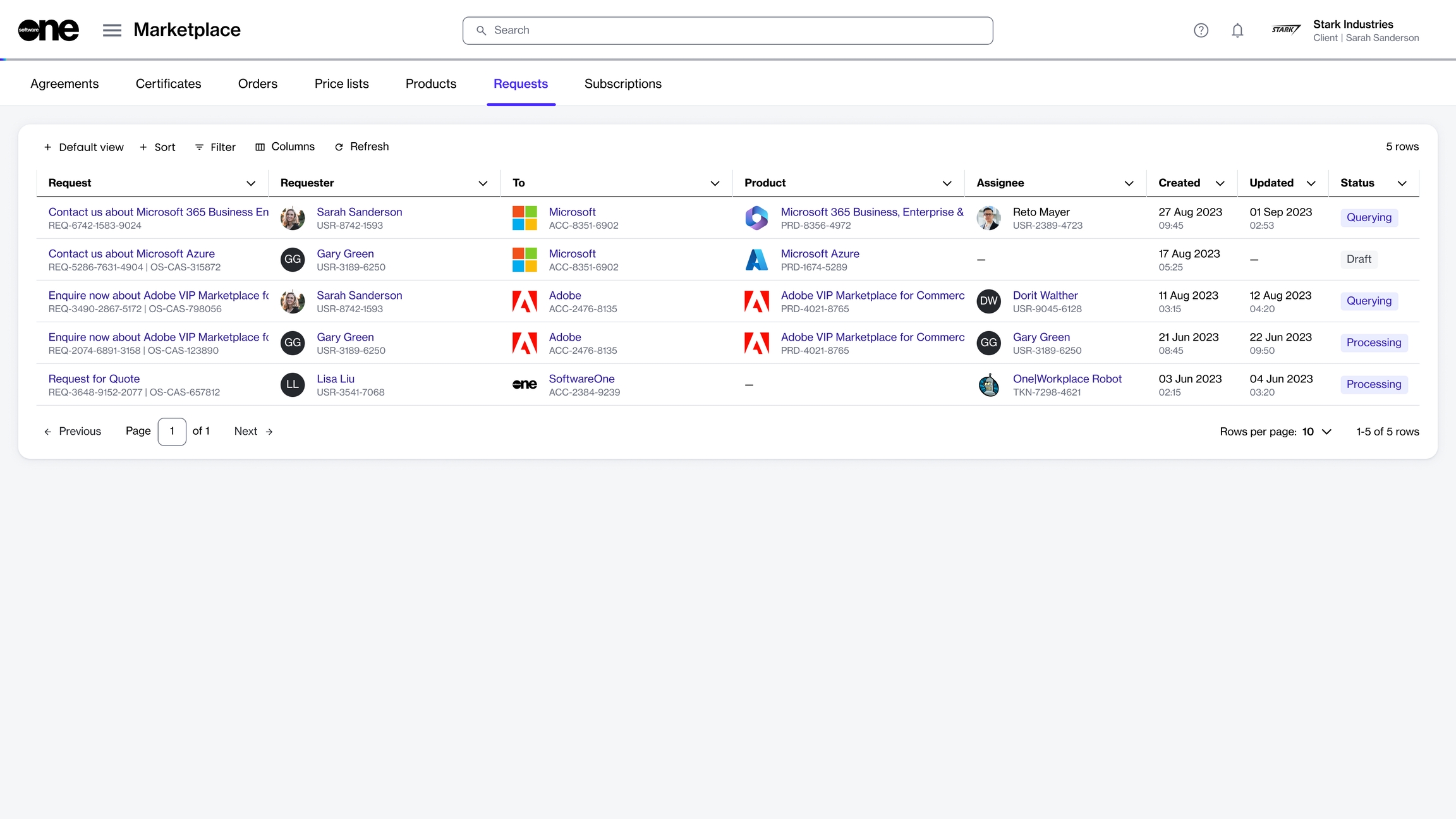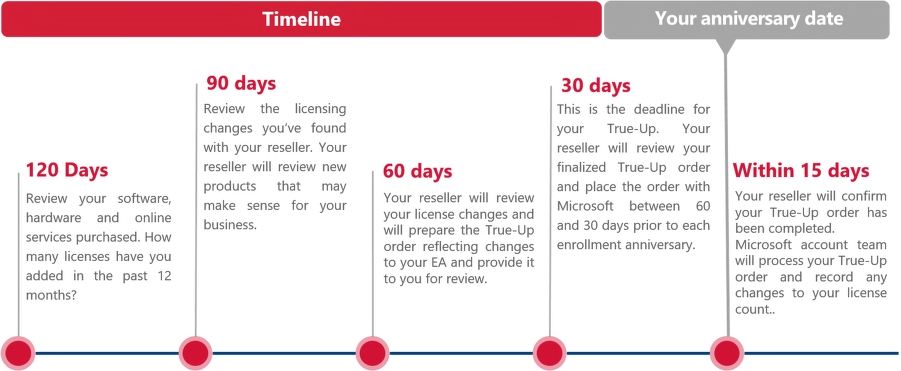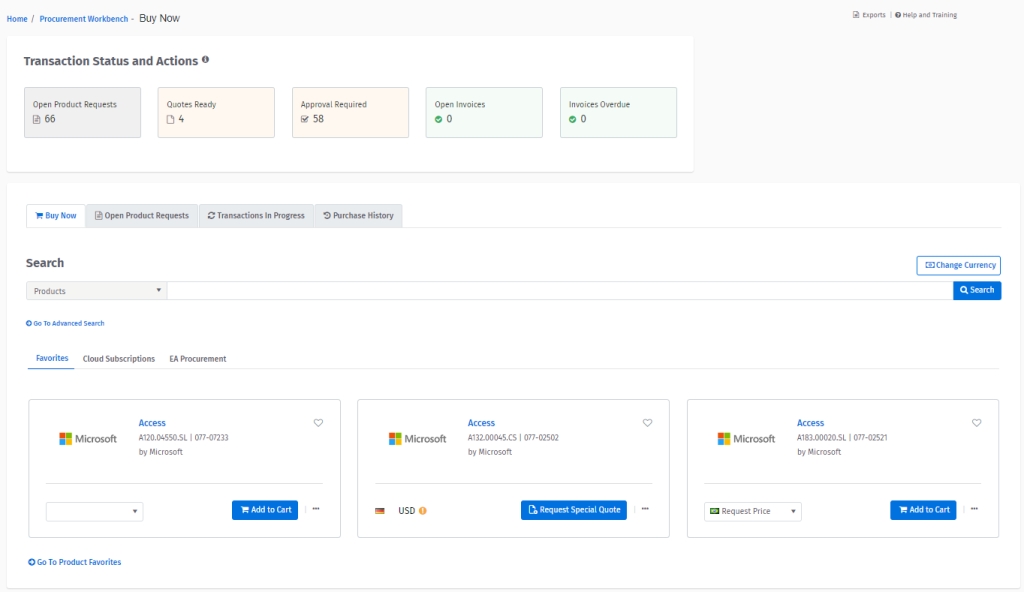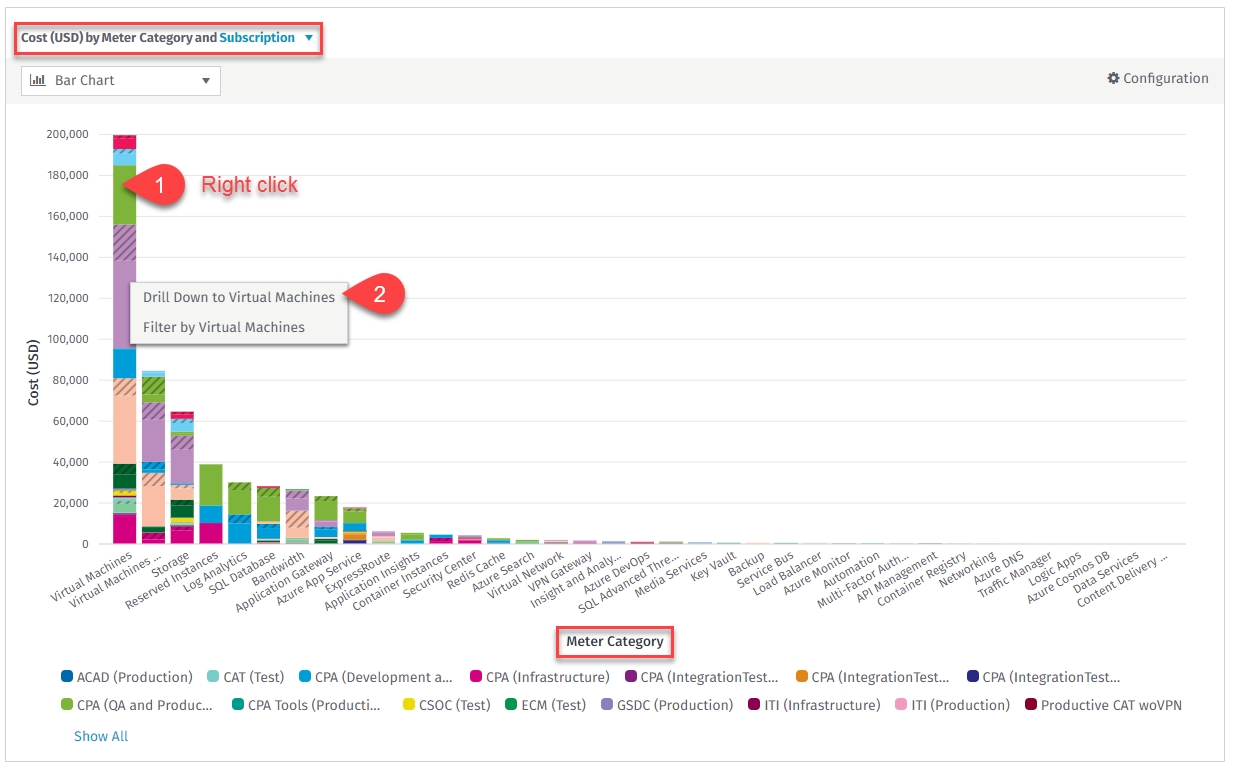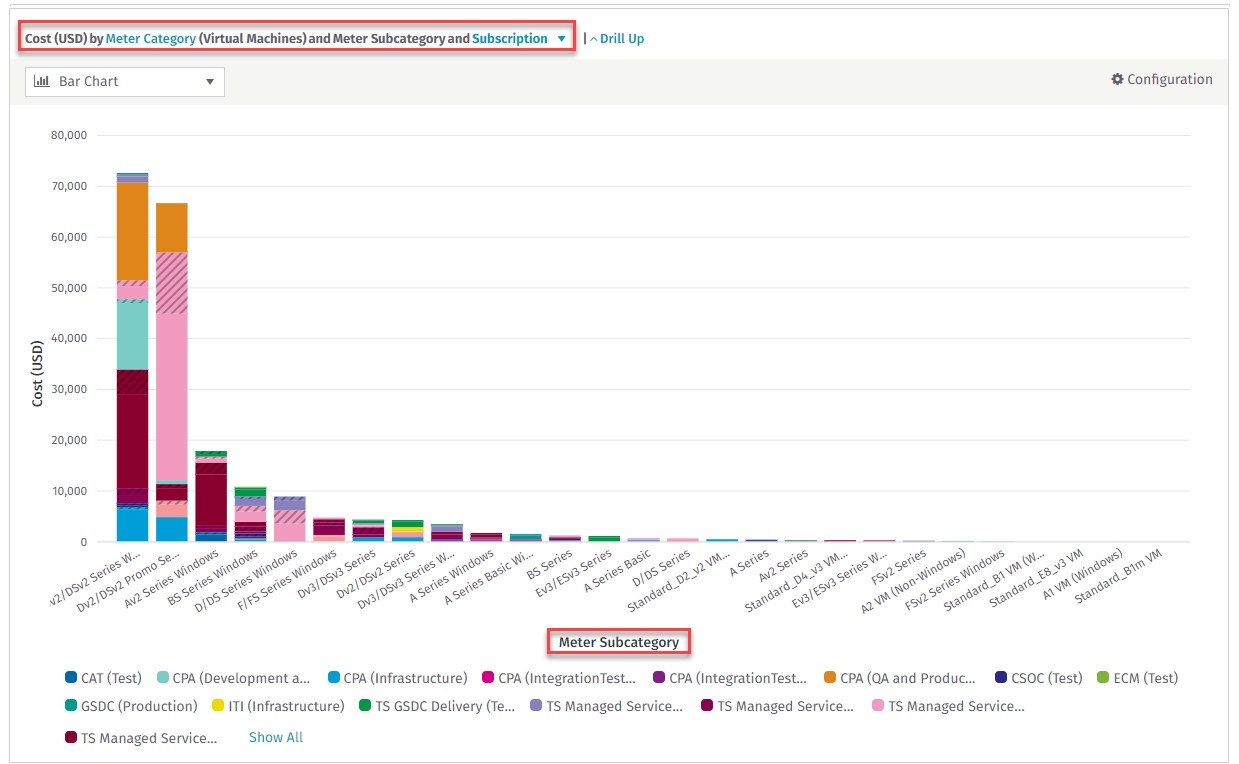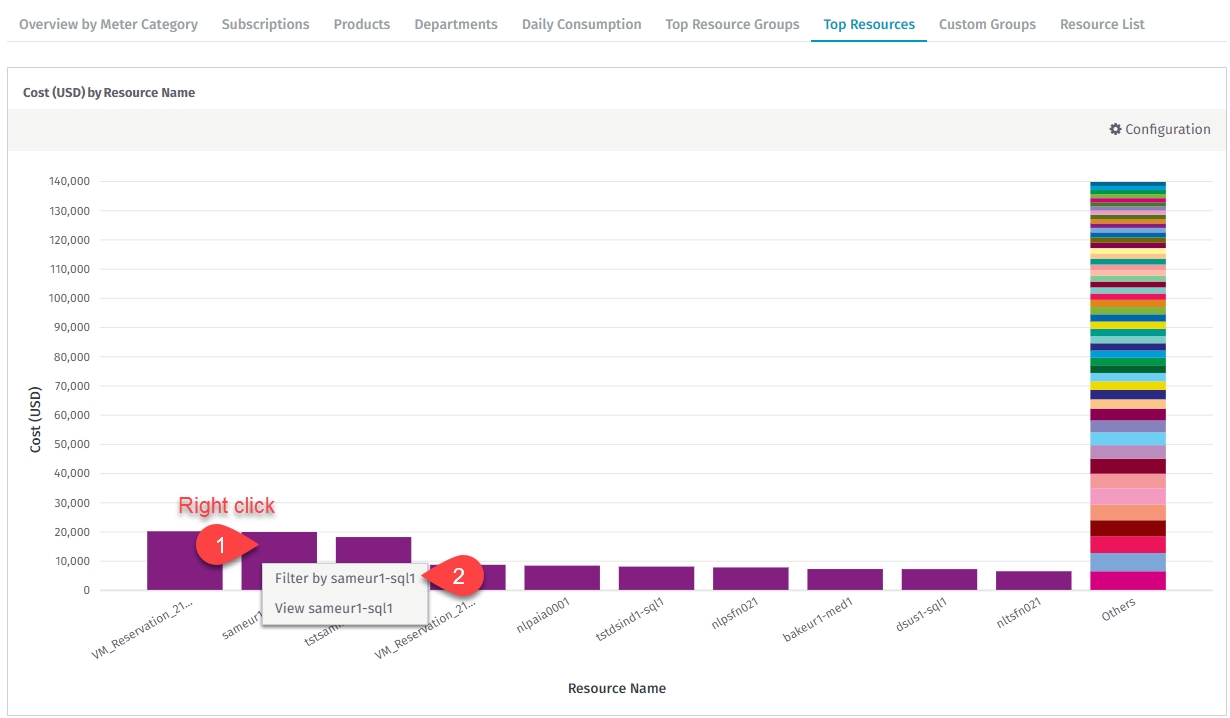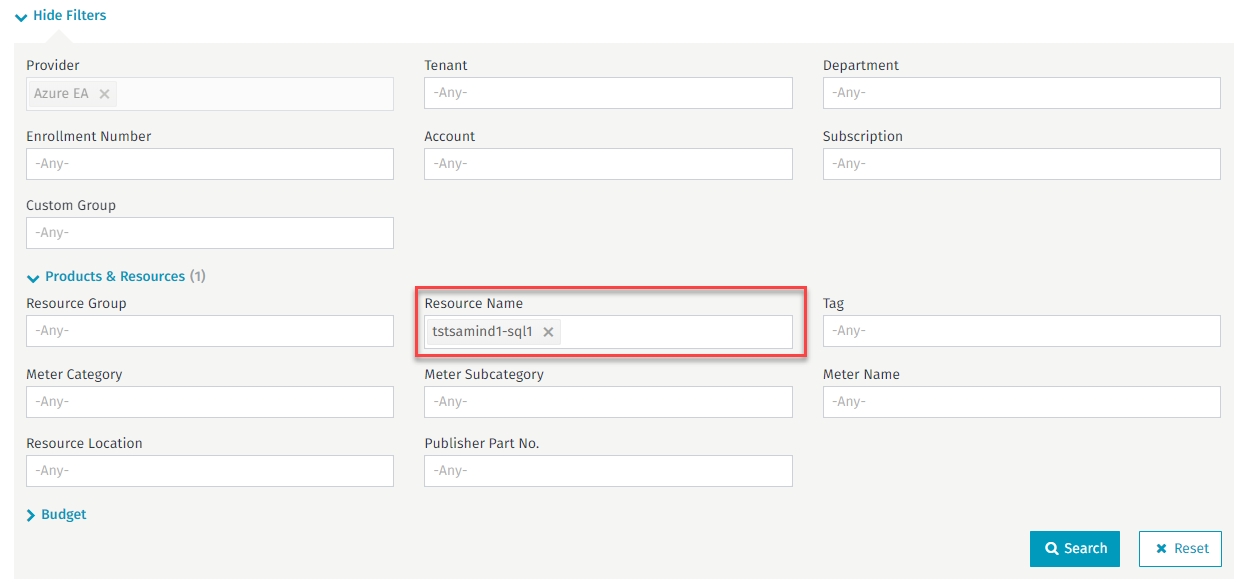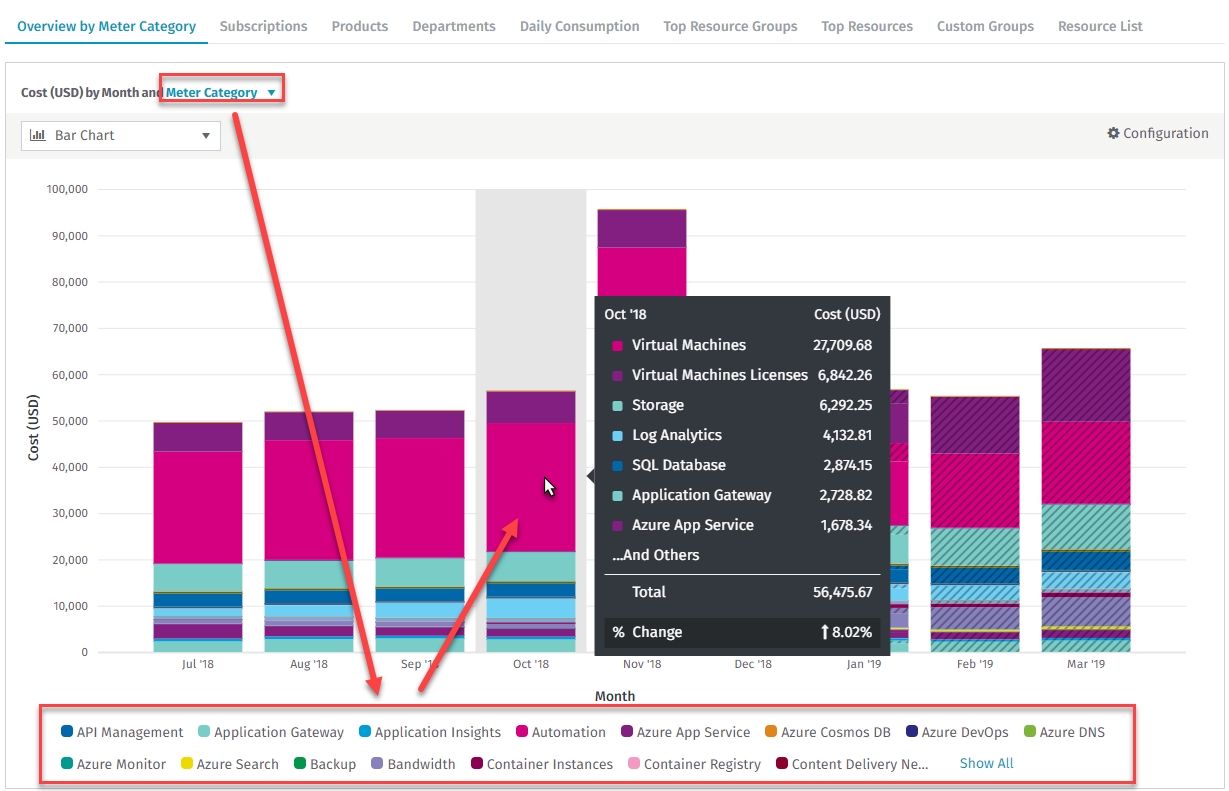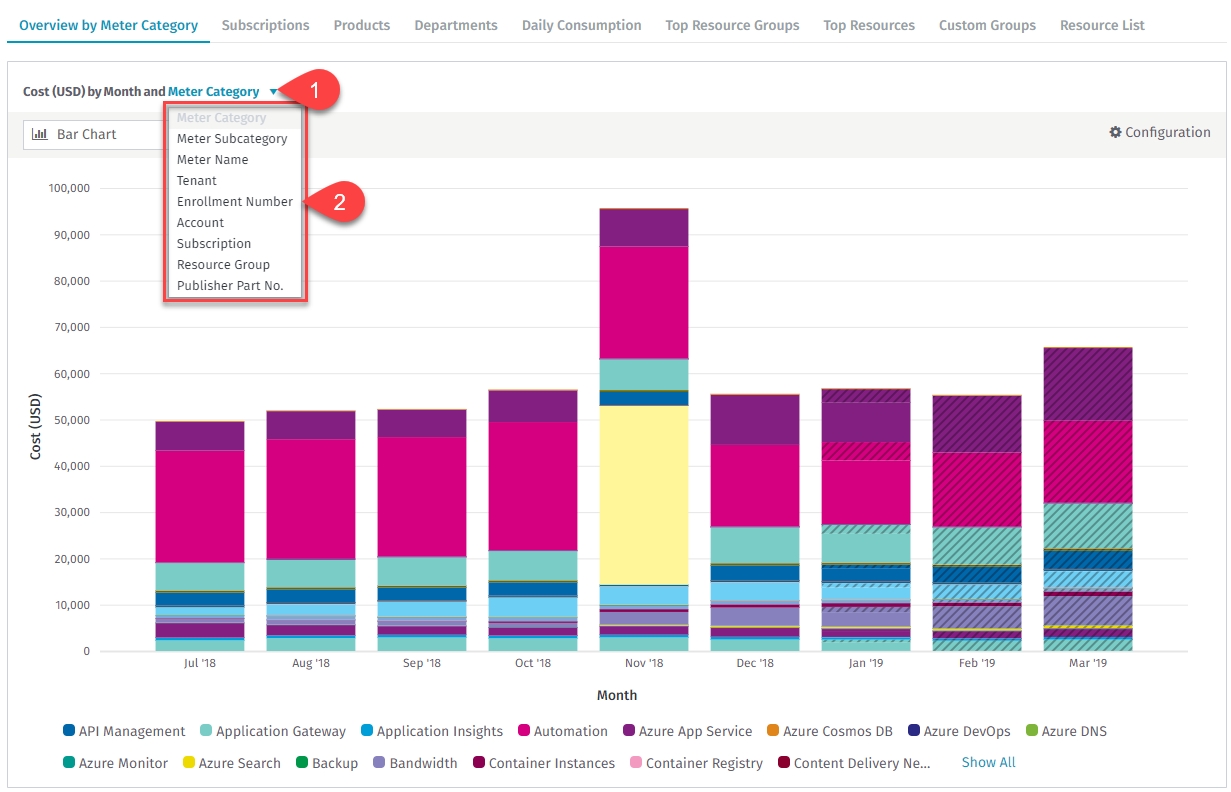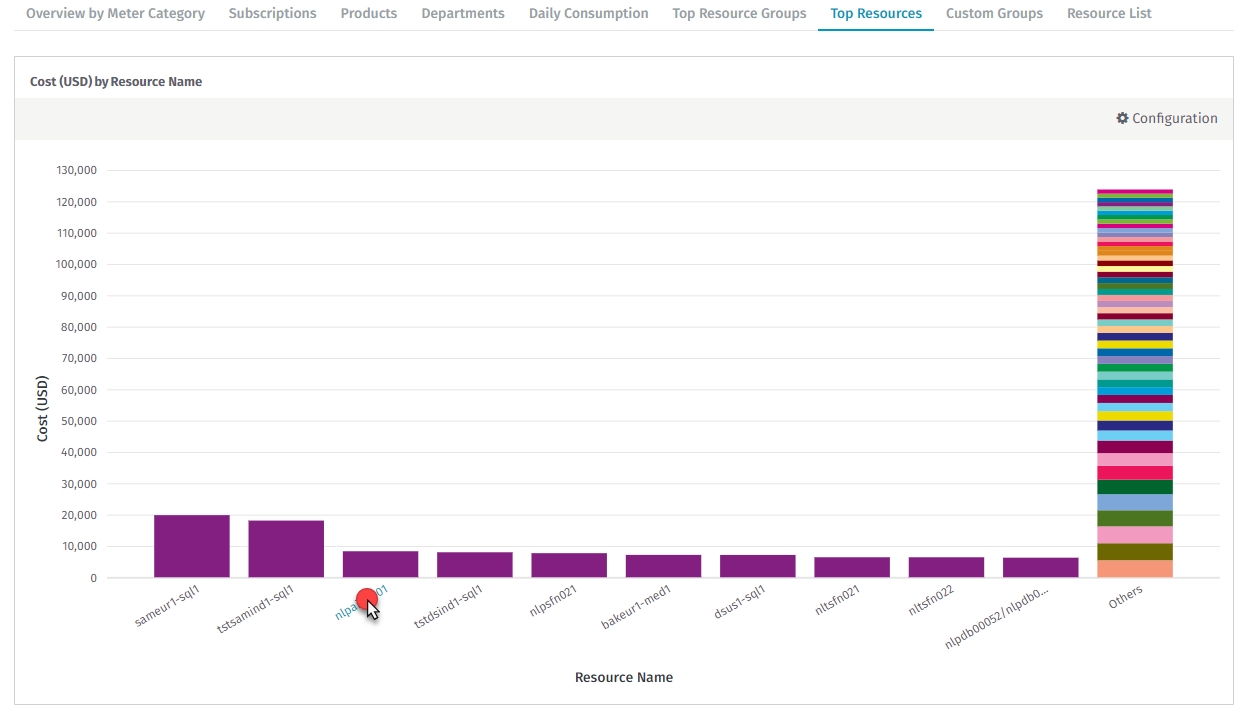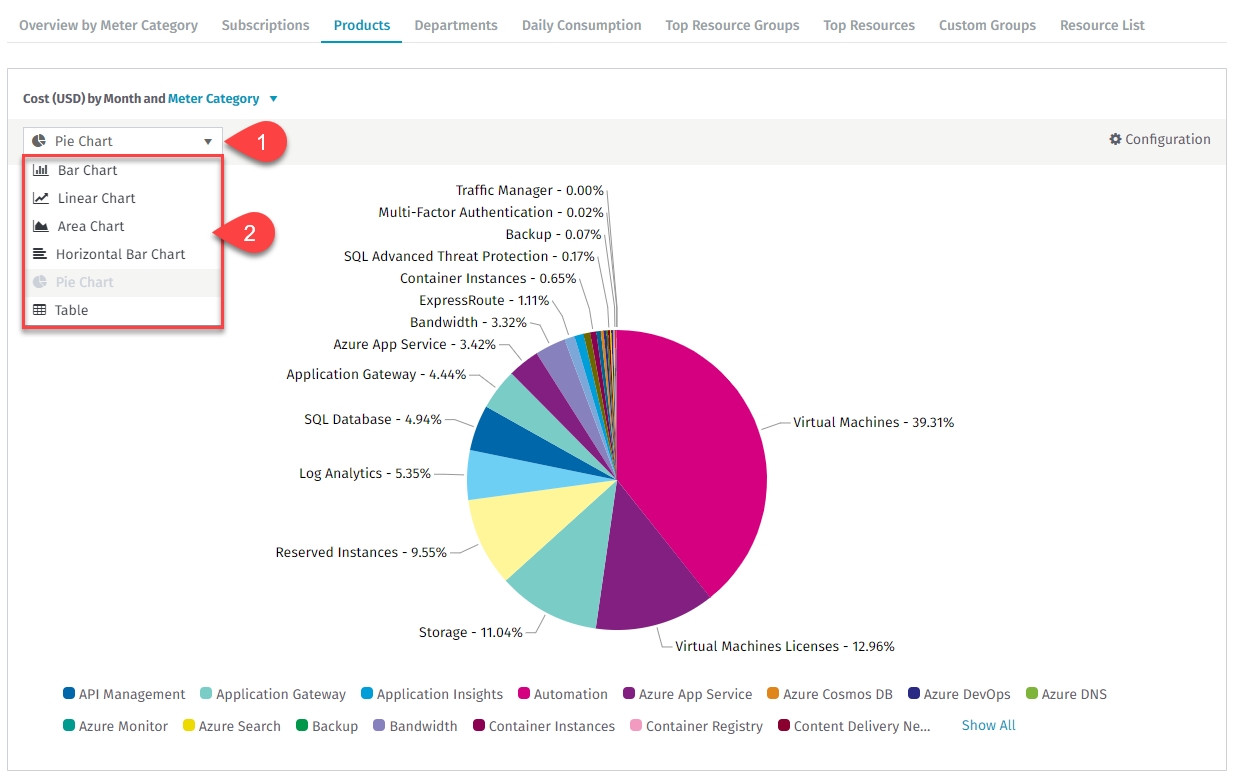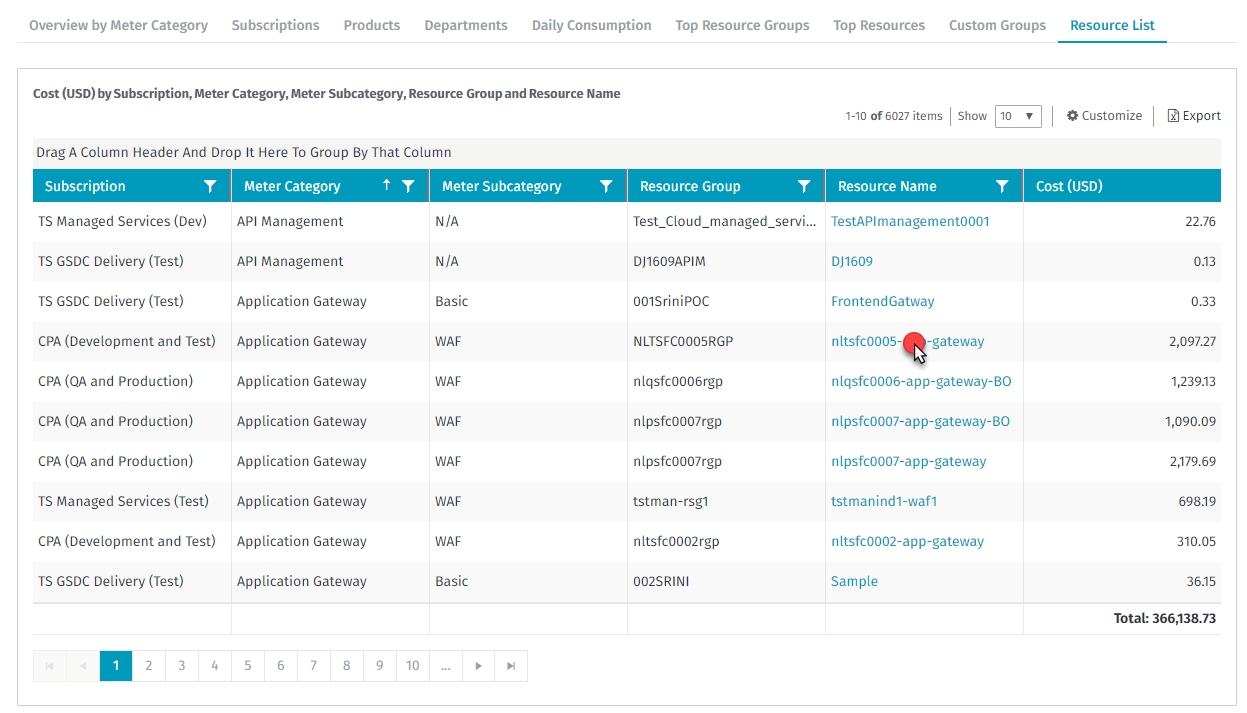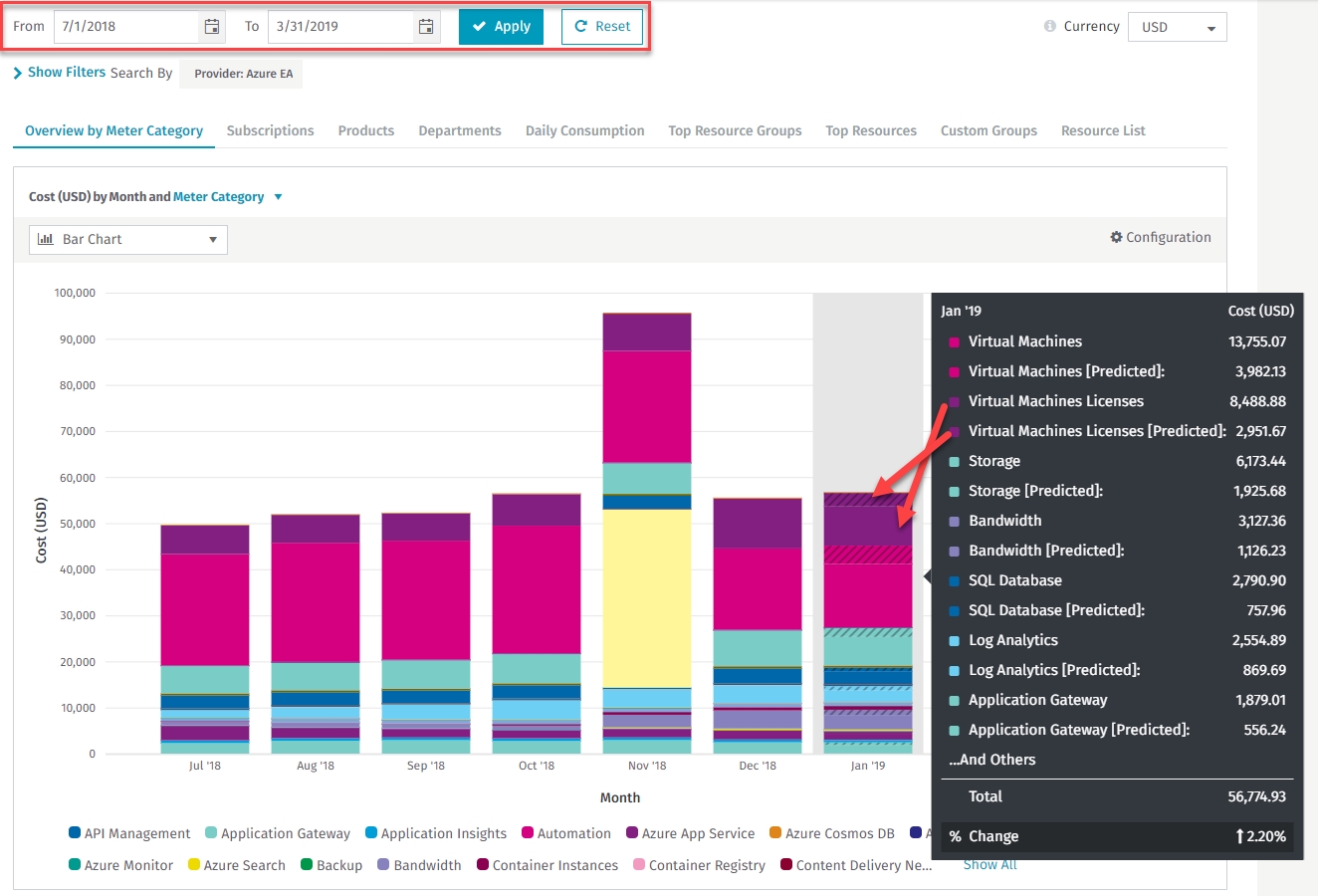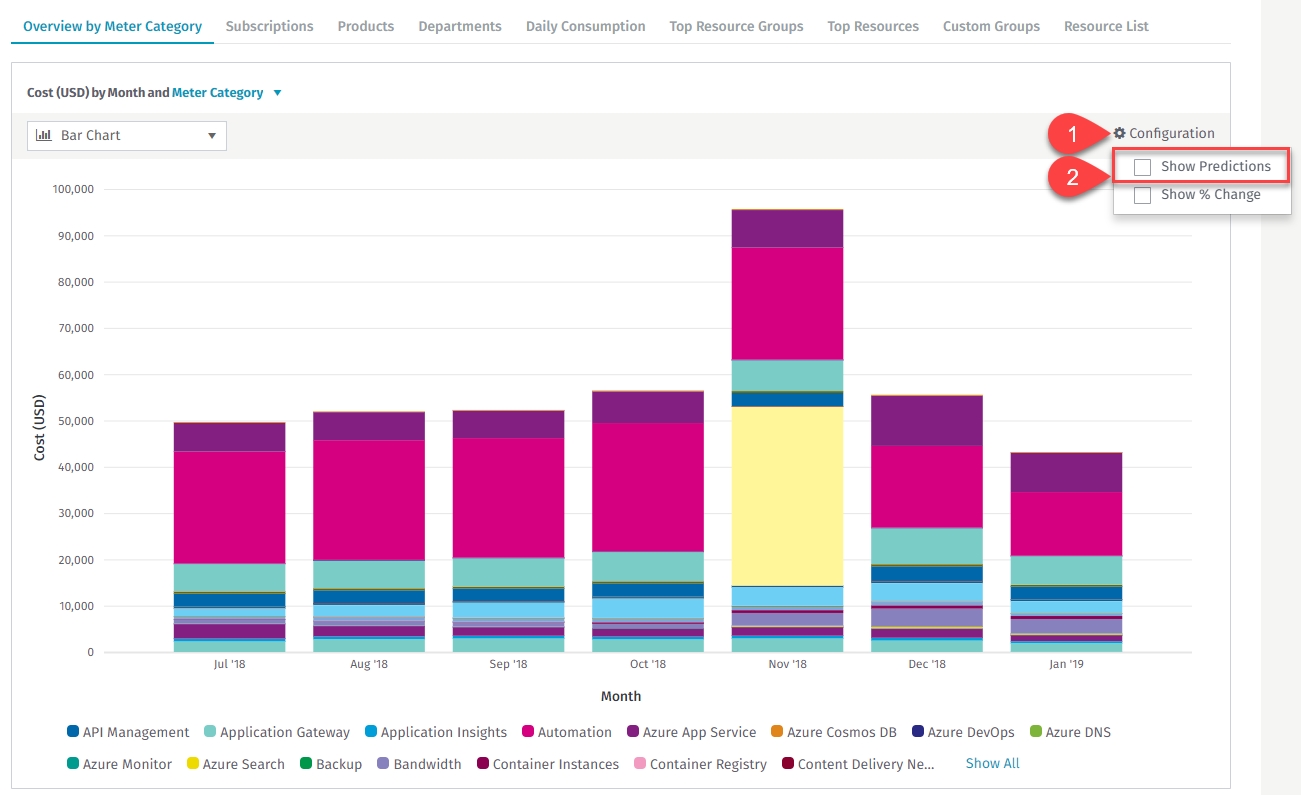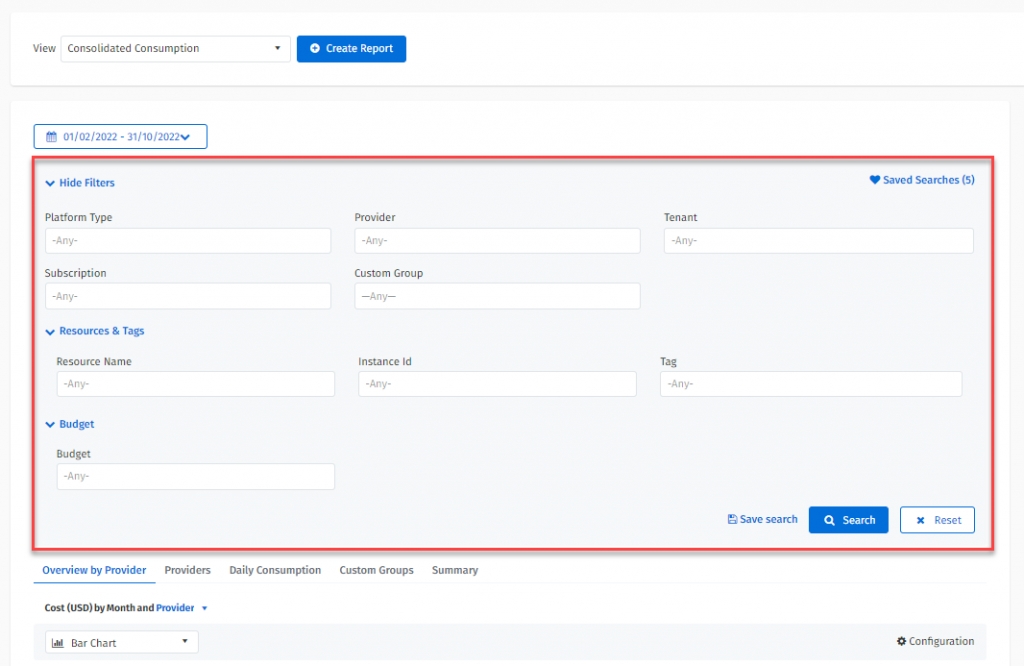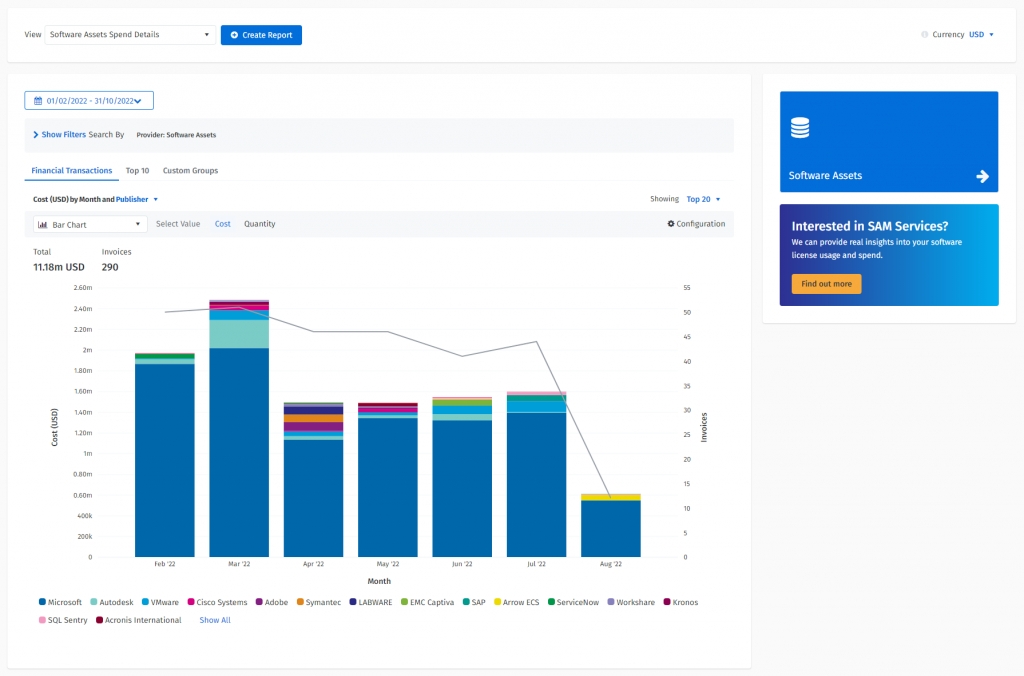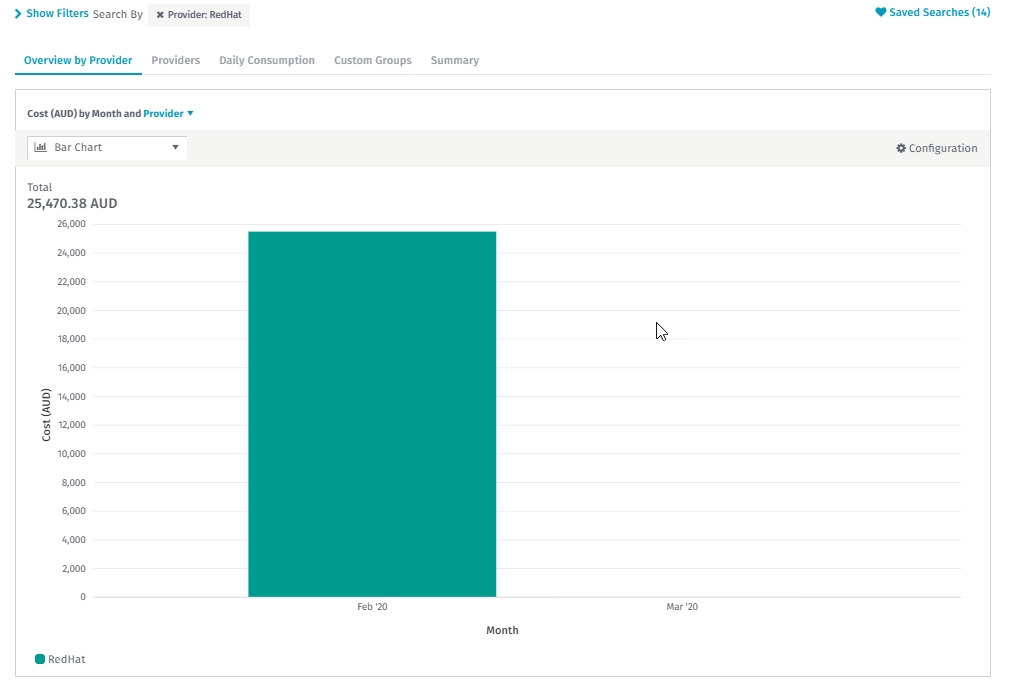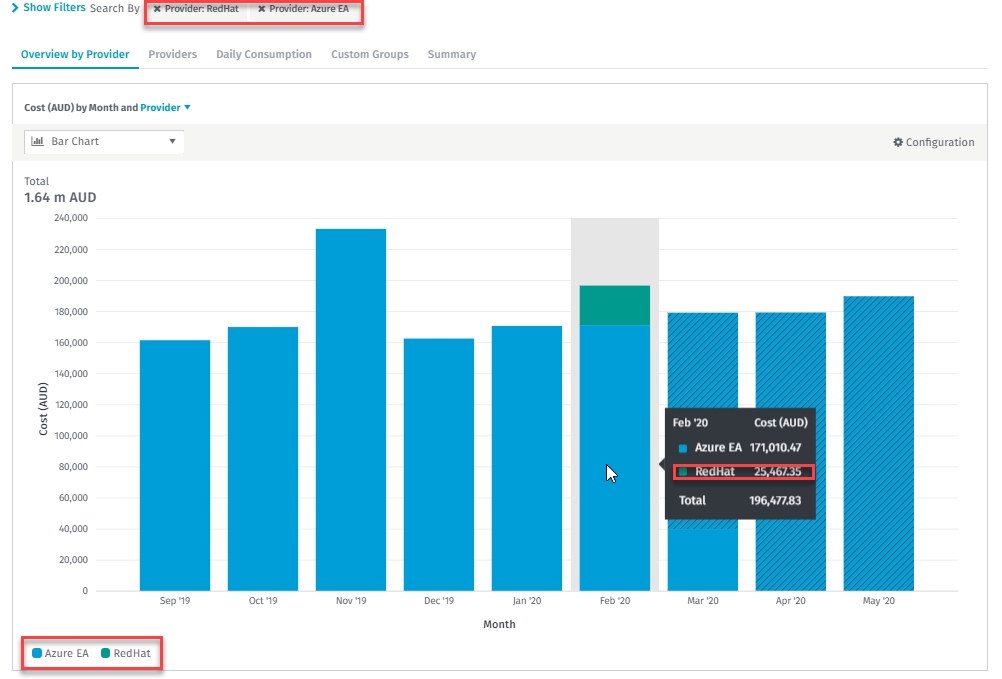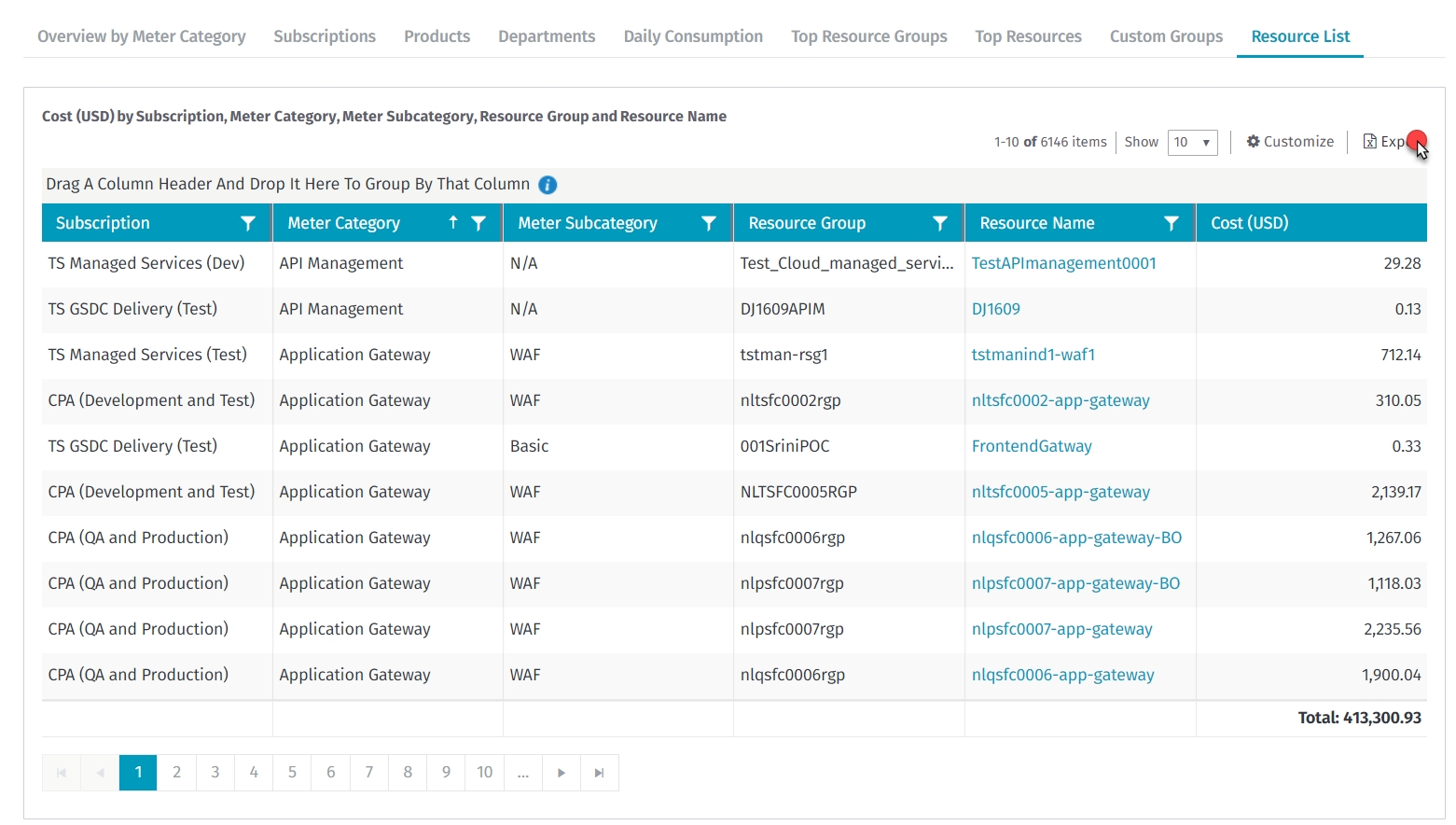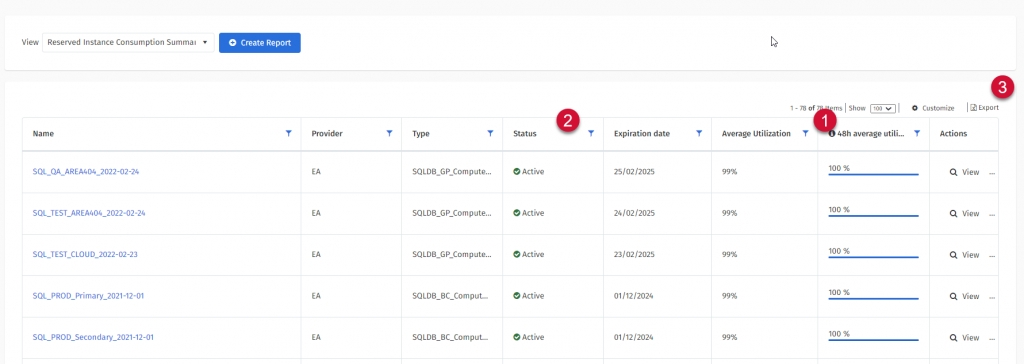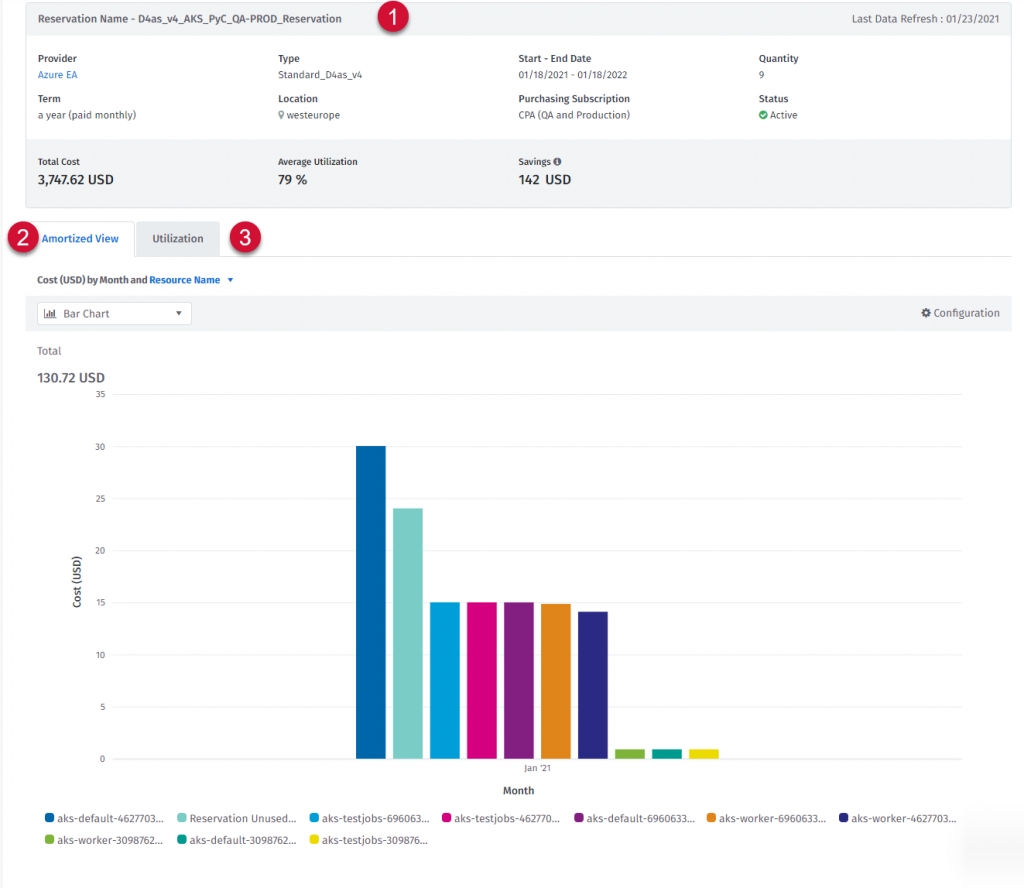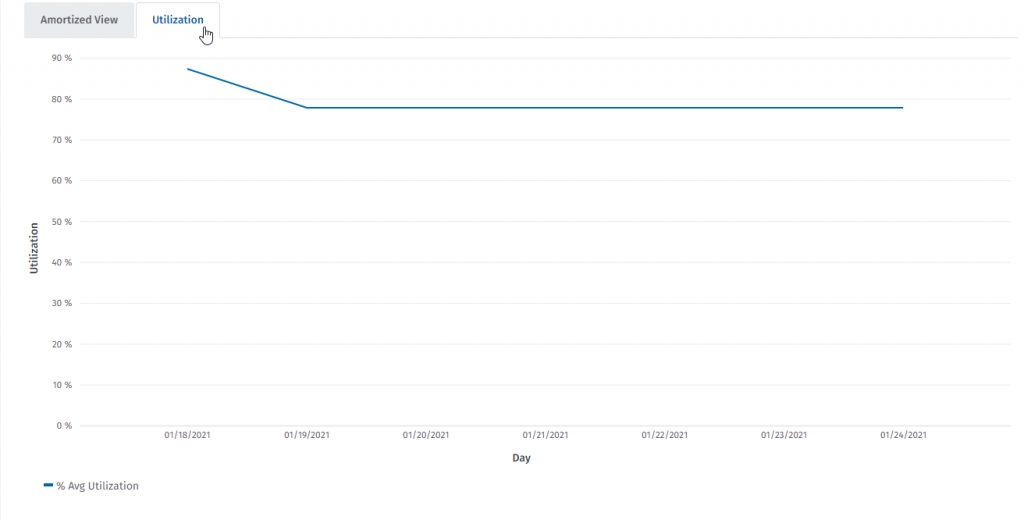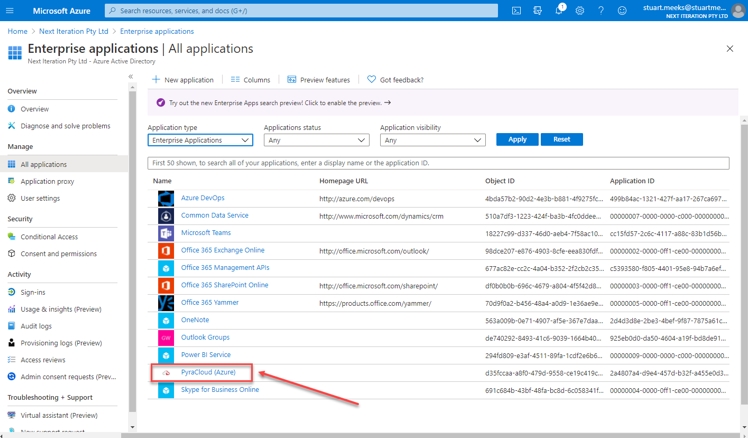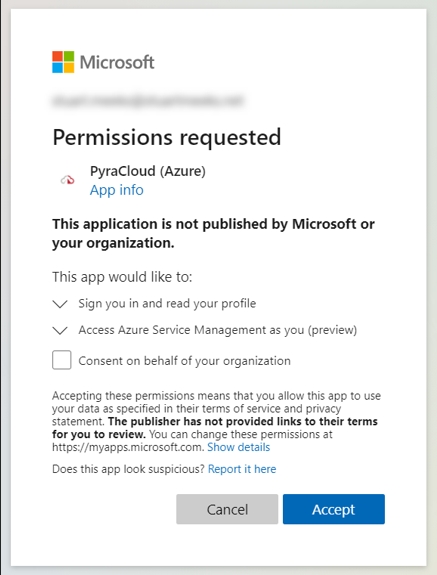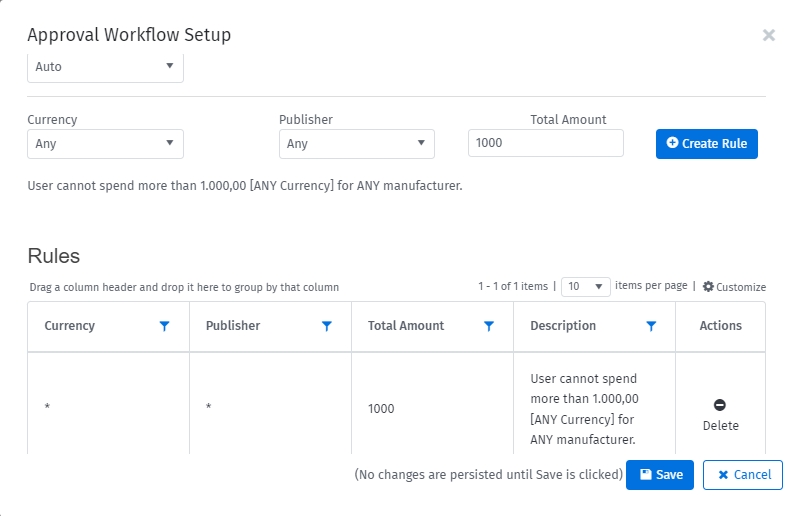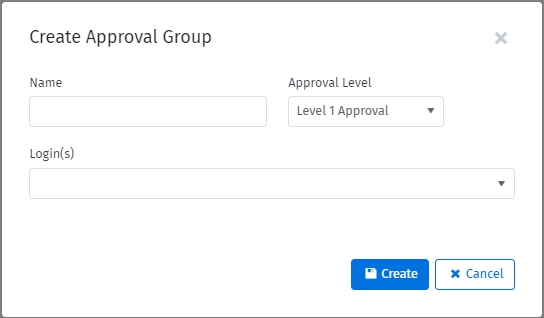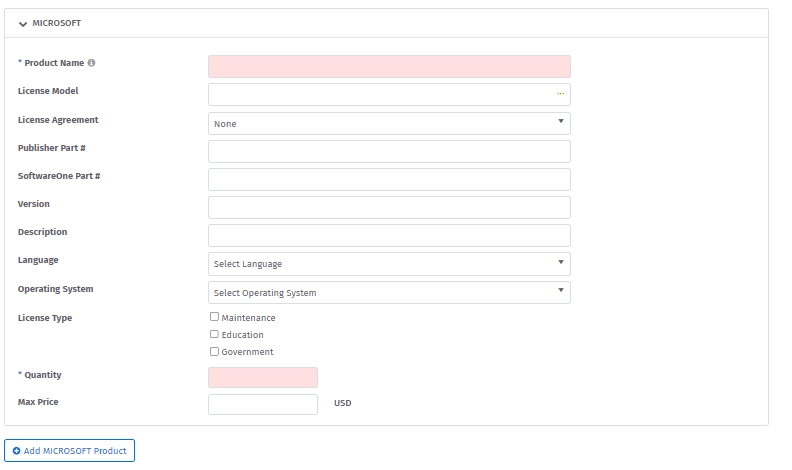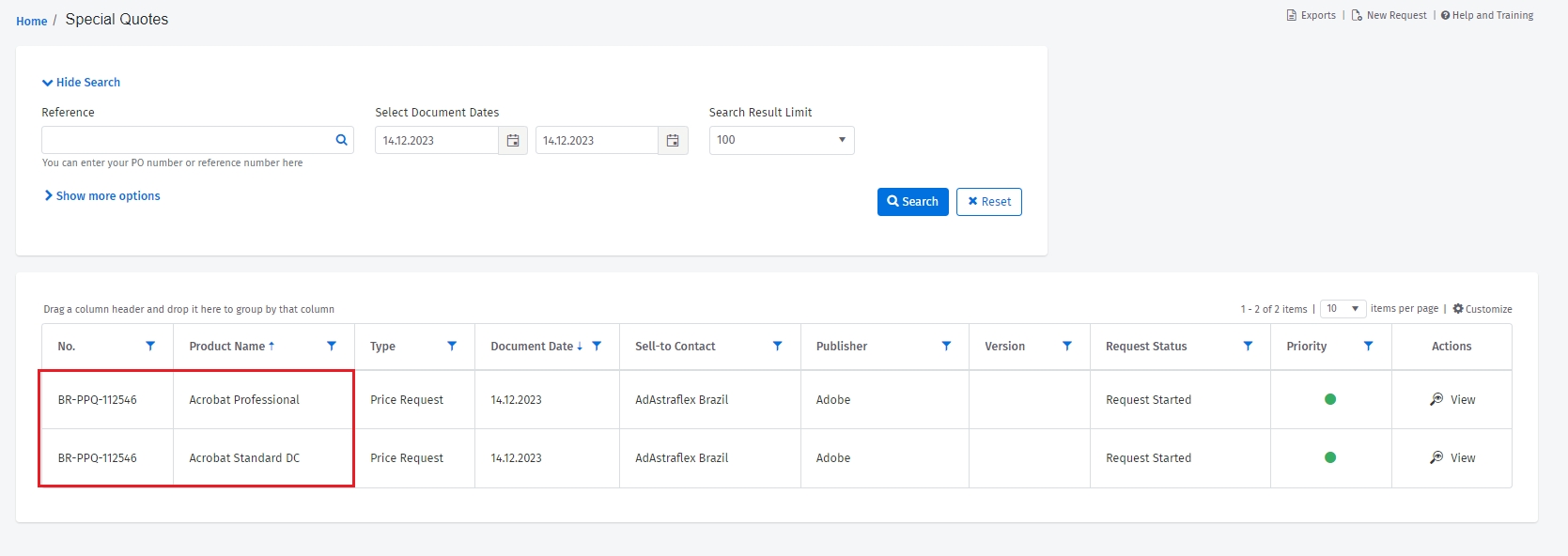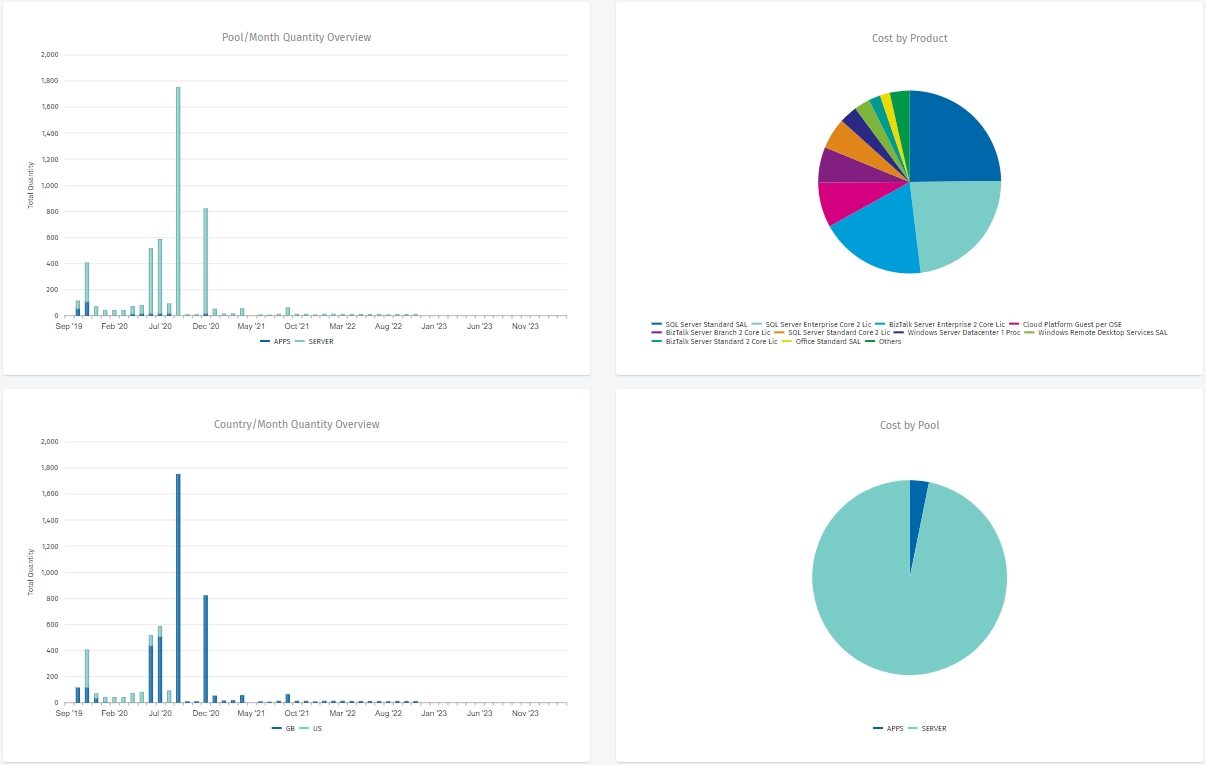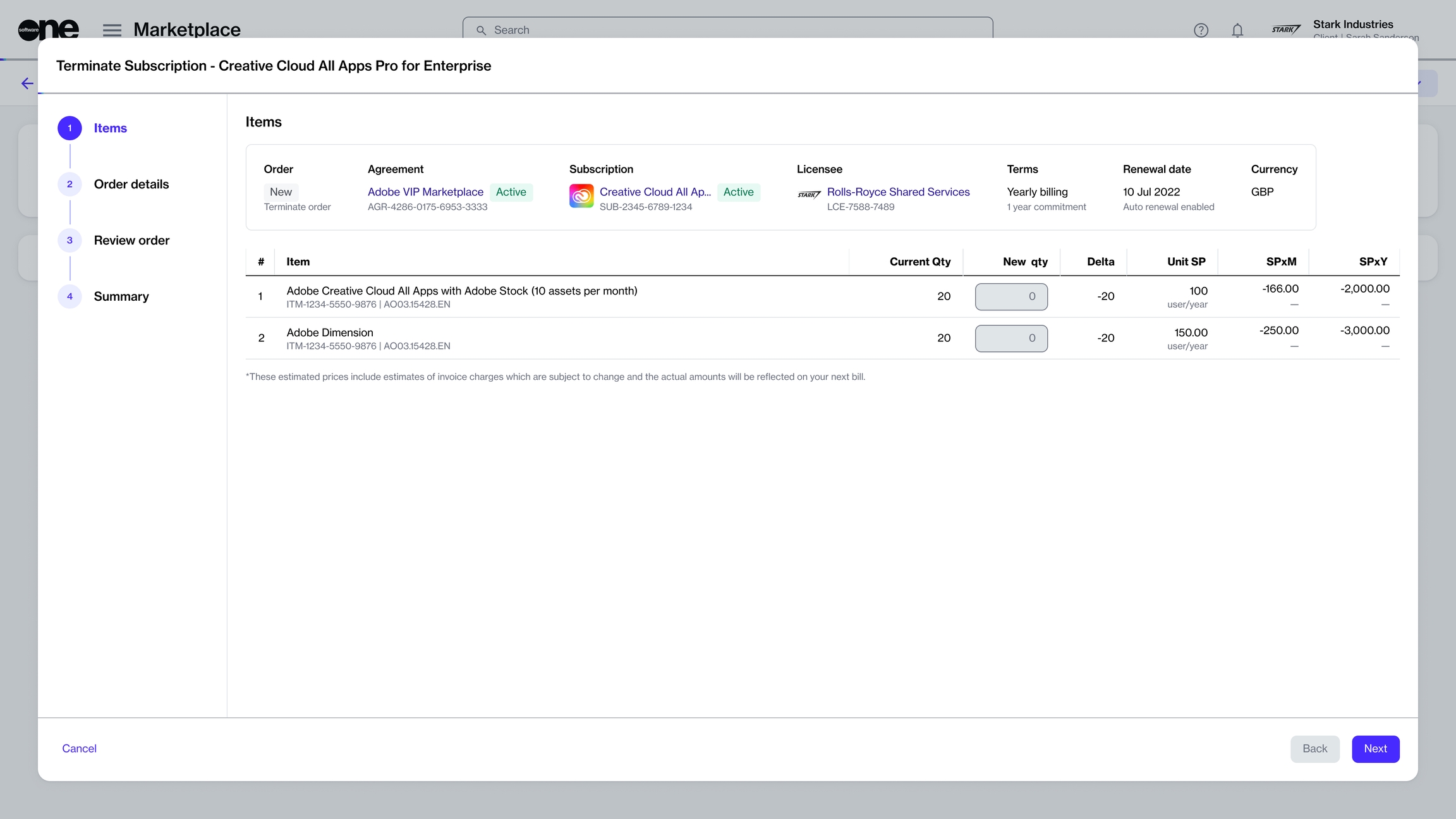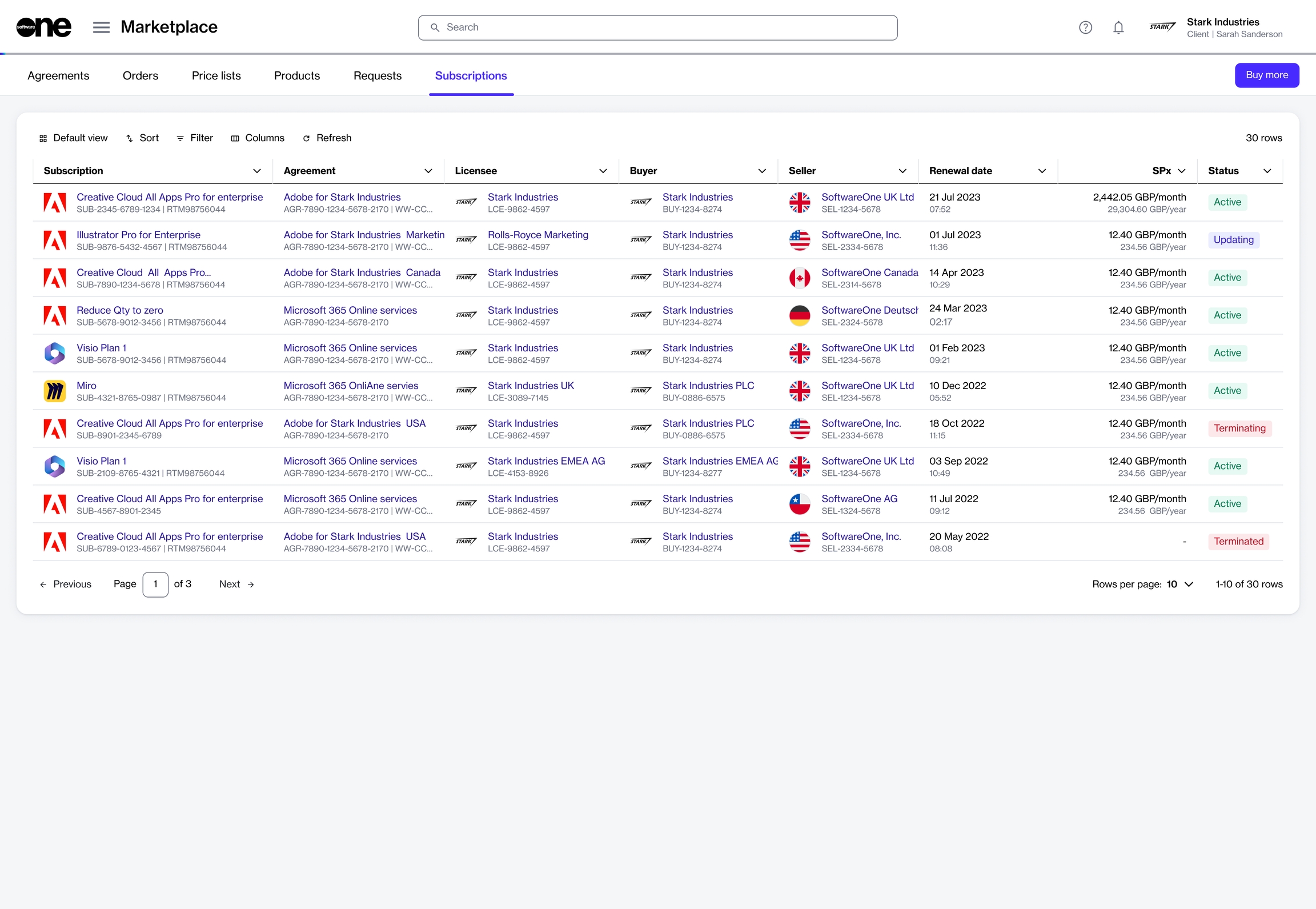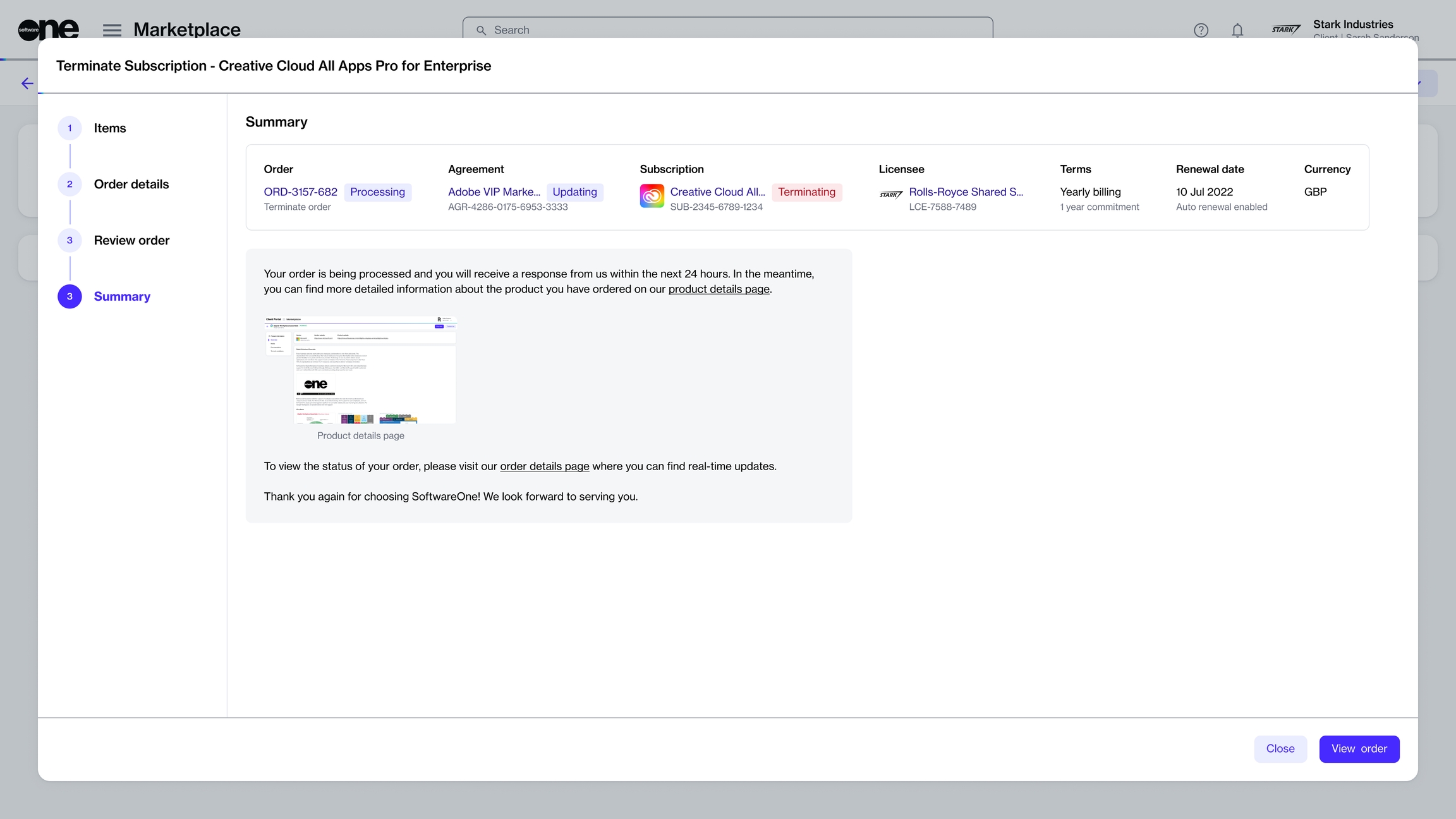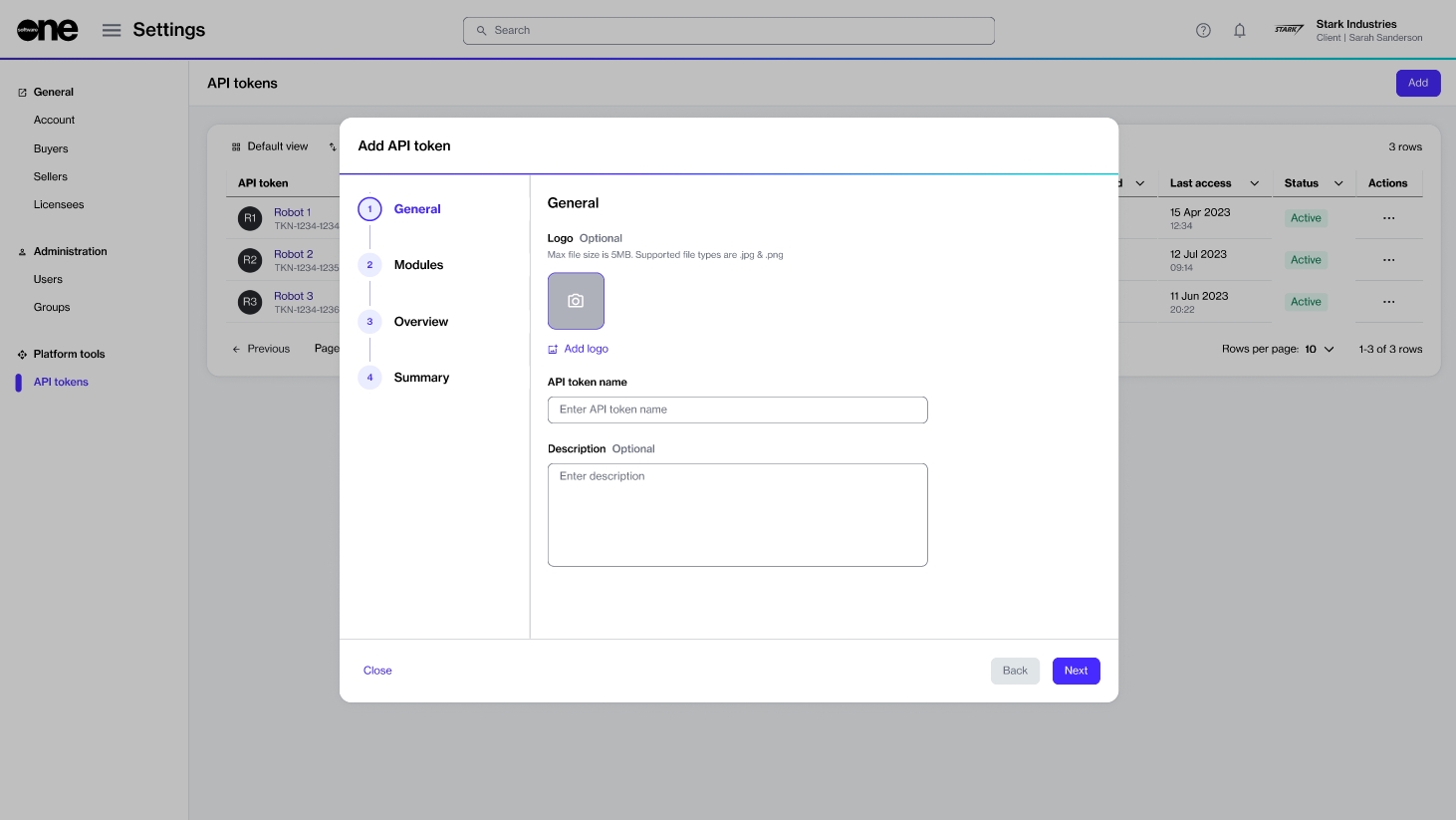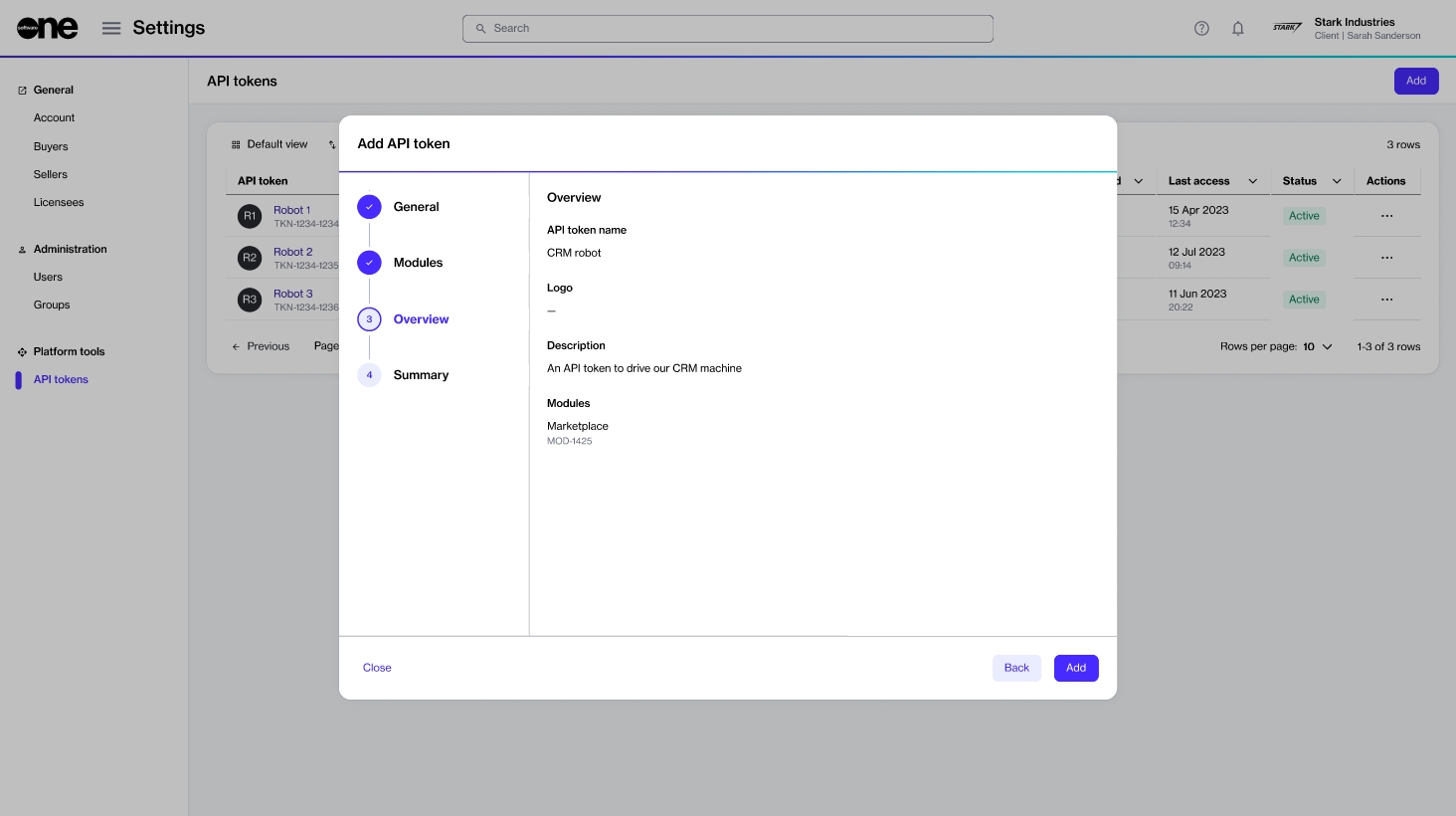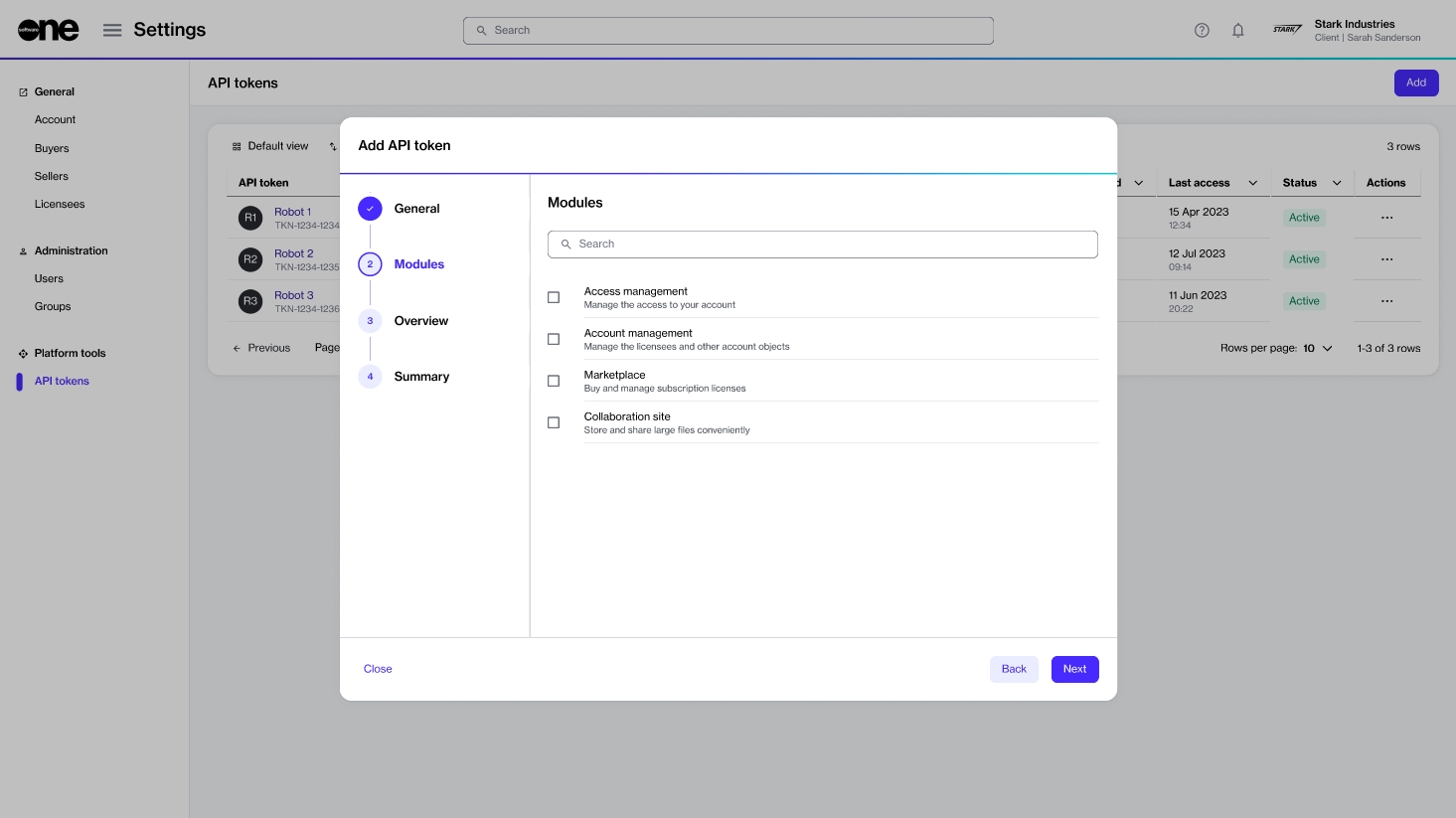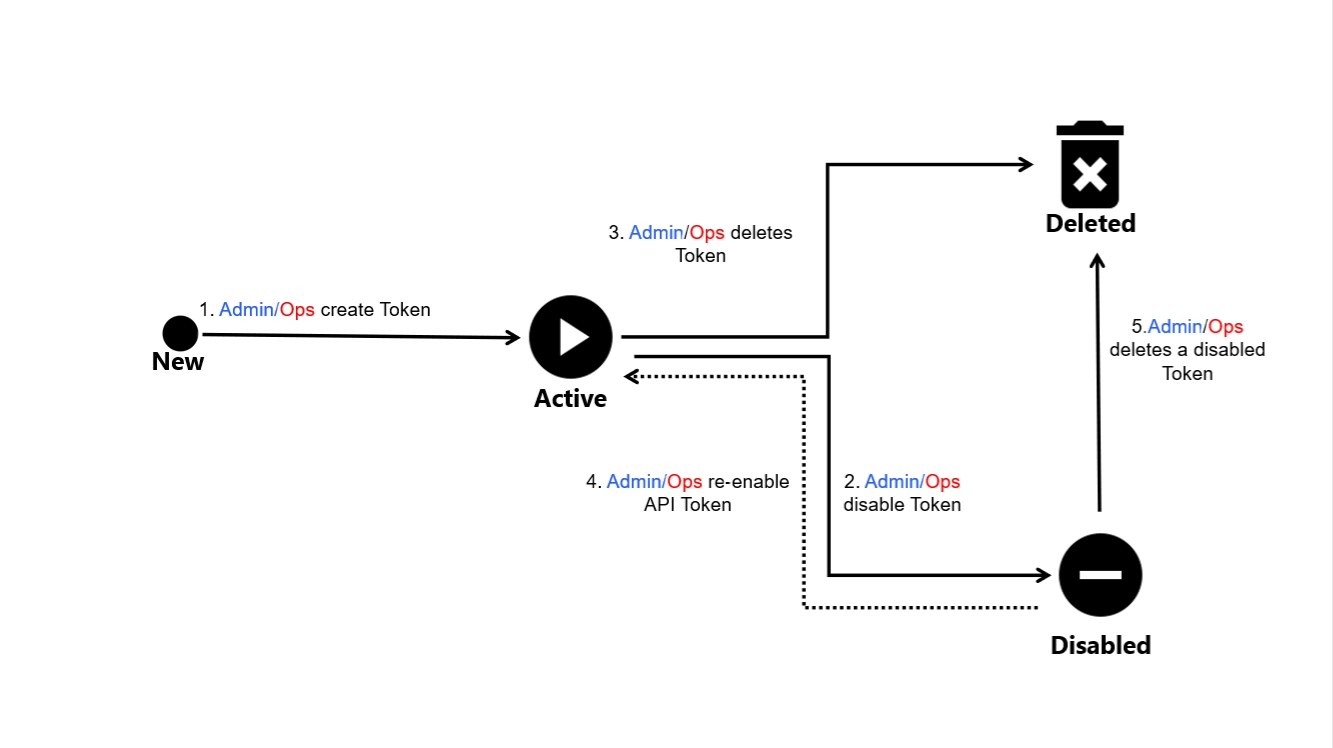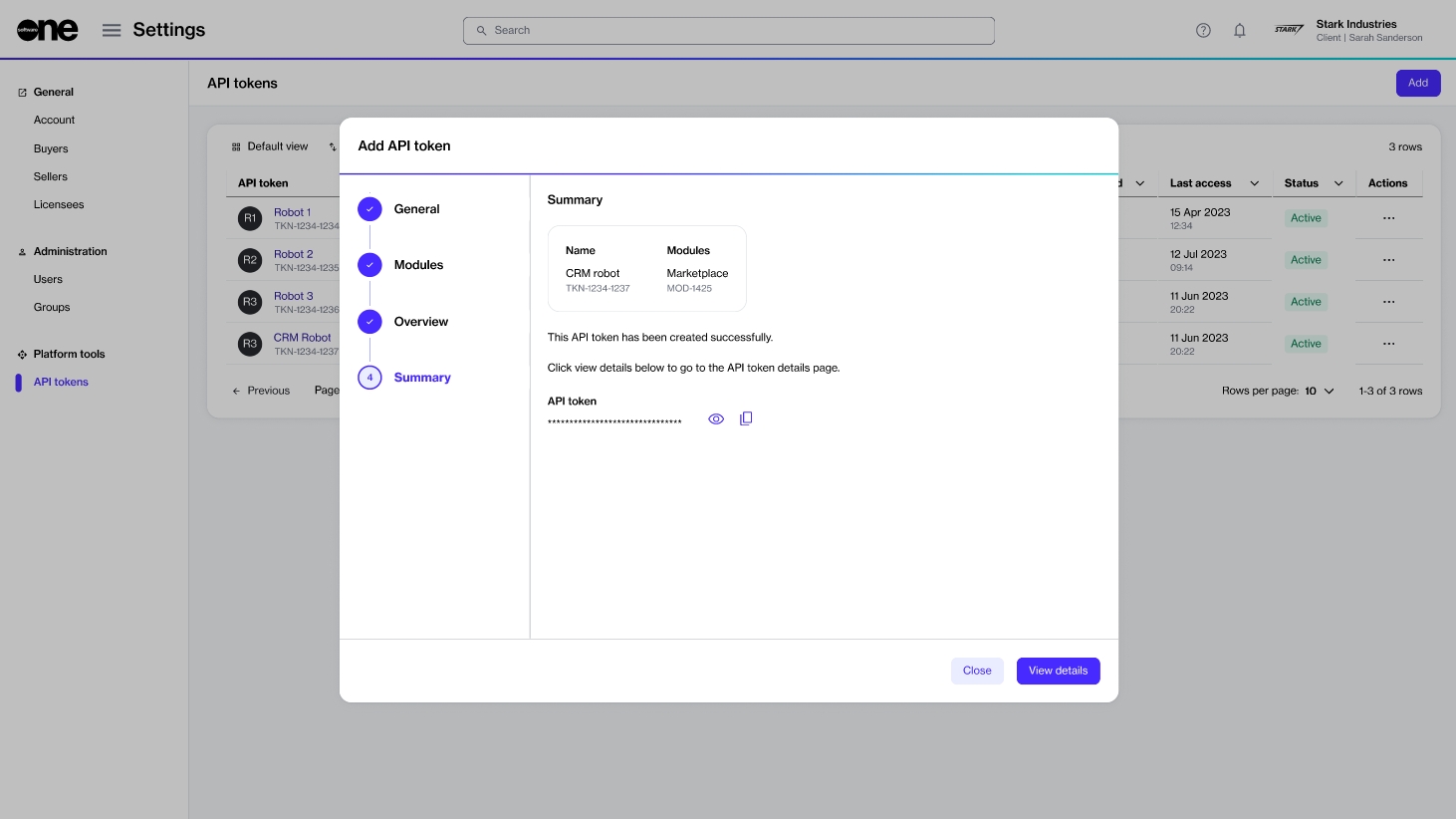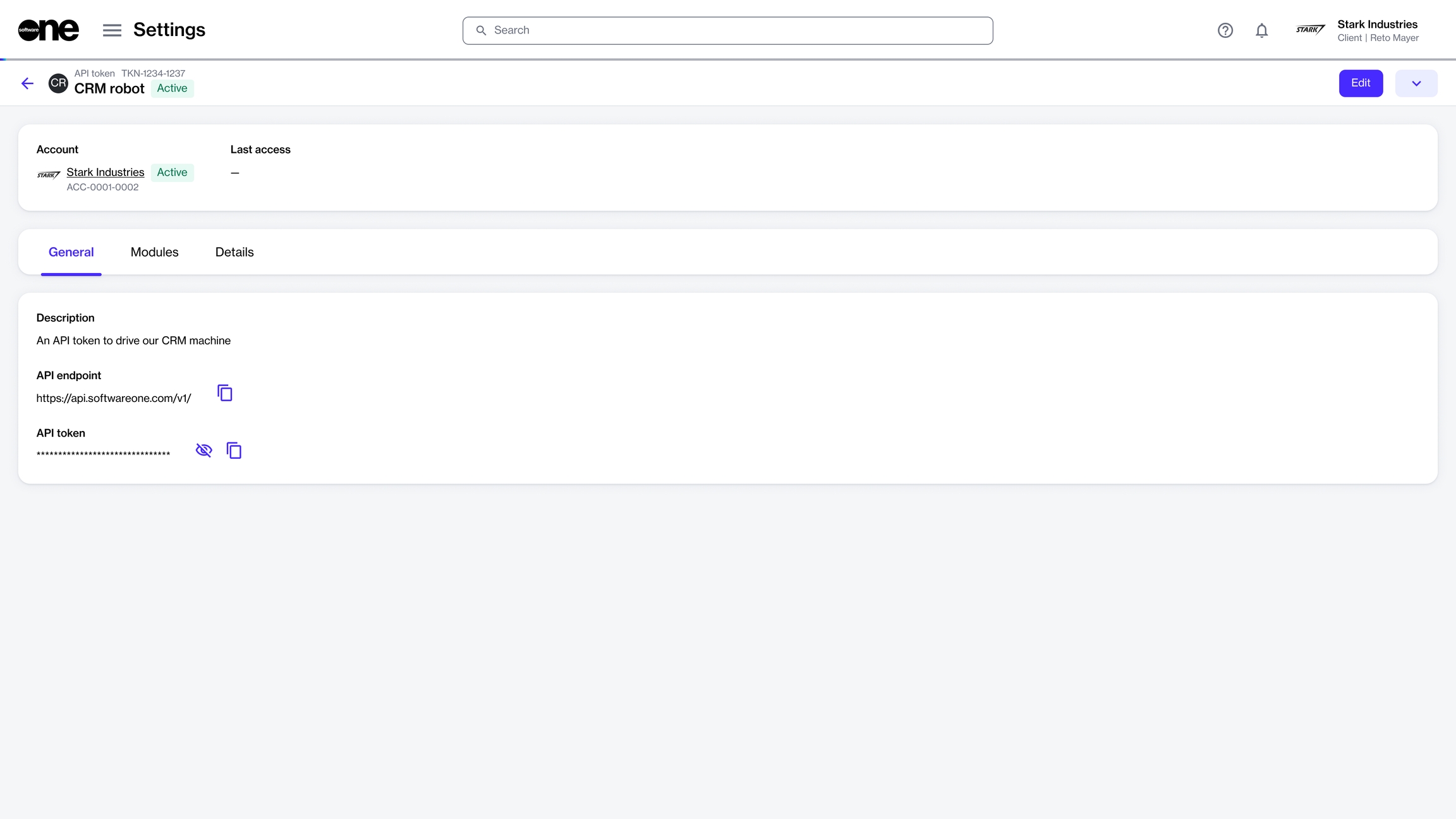Loading...
Loading...
Loading...
Loading...
Loading...
Loading...
Loading...
Loading...
Loading...
Loading...
Loading...
Loading...
Loading...
Loading...
Loading...
Loading...
Loading...
Loading...
Loading...
Loading...
Loading...
Loading...
Loading...
Loading...
Loading...
Loading...
Loading...
Loading...
Loading...
Loading...
Loading...
Loading...
Loading...
Loading...
Loading...
Loading...
Loading...
Loading...
Loading...
Loading...
Loading...
Loading...
Loading...
Loading...
Loading...
Loading...
Loading...
Loading...
Loading...
Loading...
Loading...
Loading...
Loading...
Loading...
Loading...
Loading...
Loading...
Loading...
Loading...
Loading...
Loading...
Loading...
Loading...
Loading...
Loading...
Loading...
Loading...
Loading...
Loading...
Loading...
Loading...
Loading...
Loading...
Loading...
Loading...
Loading...
Loading...
Loading...
Loading...
Loading...
Loading...
Loading...
Loading...
Loading...
Loading...
Loading...
Loading...
Loading...
Loading...
Loading...
Loading...
Loading...
Loading...
Loading...
Loading...
Loading...
Loading...
The Marketplace Platform uses data grids to display data.
A data grid is a table with rows and columns and it contains several operations that allow you to customize the display of information.
You can sort and filter data, show or hide columns, adjust the column width, change the default rows per page, and more. This topic describes each of these tasks.
Sorting enables you to reorganize your data in ascending or descending order so you can understand and visualize it better. There are two ways to use the sort function in the grid.
Sort a single column
You can sort the data for a column by clicking the column header. When you click the header, the preconfigured sort options are displayed. You can choose any option from the list.
Sort multiple columns
In the Sort box, click Add another sort.
Choose the required property and select the display order (Ascending or Descending). To add another sorting rule, click Add another sort. You can add multiple rules.
Click Close. All columns that have sort conditions applied will be highlighted in the grid.
Filters help you to narrow down data based on specific attributes. Depending on the type of data you are searching for, you can use a single filter or create multiple filters using different conditions and AND/OR operators.
For instance, when ordering new items, you could create a filter to show only the items with a specific name. Similarly, if you have multiple subscriptions, you could use the AND/OR operators to view subscriptions that are active AND have auto-renewal enabled.
Follow these steps to create filters:
In the Filters box, click Add another condition and then define the conditions:
Choose the required property.
Select the condition, such as, equal, contains, starts with, and so on.
Choose a value from the list of preconfigured values or type the keyword.
If needed, click Add another condition to add another condition and combine those conditions using the AND or OR operators.
AND - If you select this operator, the results are displayed only if both conditions are met.
OR - If you select this operator, only one of the conditions needs to be met for the results to be displayed.
As you define filters, the data in the grid refreshes automatically. If the platform doesn't find any data matching the filters, it displays a message.
Show or hide columns
You can use the checkbox next to each column name to hide or display a column. If you've hidden a column, you can make it visible again by selecting the same checkbox. Note that some columns are shown by default and you cannot hide them.
Adjust column widths
The Columns selector also contains options to adjust the column width. These options include:
Default size - This option resets each column in the table to its default size. You can use this option if you've made adjustments and want to return all columns to their original state.
Fit to content - This option resizes each column in the table to fit its specific content. It means that the width is adjusted to the content within the column.
Fit to screen - This option resizes each column to make the entire table fit your screen.
By default, the Marketplace Platform displays 10 rows of data on a page.
You can change the default value by selecting another value from the Rows per page option in the lower-right side of the grid. You can choose to show 5, 10, 25, 50, or 100 rows per page.
If the grid contains several rows, the rows are split into pages, and page numbers are displayed on the lower-left side of the table.
You can view the page number you are currently on and navigate between pages using the Next and Previous options. You can also go to a page directly by entering the number in the Page field and pressing Enter.
To get up and running with the Marketplace Platform and make the most of its functionality, it's essential to understand how the platform works and be familiar with certain key concepts and terminology.
Our Getting Started video provides the foundation for you to quickly get started with the platform. It offers a brief overview of the platform and its interface, followed by in-depth information about some of the core concepts.
We highly recommend watching the following video to effectively interact with our platform.
If you want to apply multiple sorts, clickSort in the grid and then follow these steps:
Click the Filter option in the grid.
The Columns selector in the data grid lets you show or hide a column. Using this option, you can view only the information you need and hide other columns from the page.
If the data in the grid has changed, you can refresh the data to make sure you are working with the latest data at all times. Use the Refresh option to fetch the latest data from the system.
The platform provides three distinct user interfaces namely, the Client Portal, Vendor Portal, and Operations Portal.
Client Portal - Accessed by our clients and partners for software procurement.
Vendor Portal - Used by vendors for setting up and configuring products.
Operations Portal - Used by internal SoftwareOne associates for administration-related activities.
Follow these steps to access the Marketplace Platform user interface (UI):
Enter the email address associated with your account and click Continue.
Enter your password and click Continue. If the sign-in is successful, the Home page is displayed.
If you provide inaccurate credentials, an error message is displayed.
The platform provides a seamless and intuitive interface, allowing access to the different modules and features within those modules. This section describes how to navigate the platform.
The Search bar lets you search for various objects in the platform, such as your orders, agreements, subscriptions, and more. You can also search for specific products and items in our catalog.
When performing a search, start by choosing the category you want to search across and then enter the search term. Our platform supports free text, which means you can enter all or part of the object's ID or name. For example, when searching for an order using its ID, select the Orders category and then enter the full order ID (such as ‘ORD-8981-7039-6781’) or part of it (such as 6781). The platform will then display results matching your specified search term.
You can also use search to find user documentation. For example, you can search for "manage subscriptions" to read documentation about how to manage your subscriptions.
Welcome to the SoftwareOne Marketplace Platform Documentation!
Empowering clients to discover, compare, and procure software licenses from multiple vendors in one place, our platform is a catalyst for accelerating digital transformation and enhancing operational efficiency.
Explore our documentation to learn more about the platform and its features, and discover how you can use it for software procurement, subscription management, fulfillment, and more.
Certain concepts and terms are central to the functionality and design of the Marketplace Platform. We recommend that you understand the terminology because it's often referred to in our platform and documentation. Understanding the terminology will make it easier for you to interact with the platform and maximize its use.
The Marketplace Platform seamlessly brings together various actors to facilitate the buying, selling, provisioning, and billing of software products.
Actors represent different entities that interact with the platform for procurement and fulfillment-related activities as well as other operations specific to the platform.
The following are the key actors in our platform:
Vendors - A vendor is a company or a person from whom SoftwareOne buys software solutions. Vendors develop and sell their products and services. Examples include Microsoft, Dropbox, and more.
Distributors - A distributor is an entity that resells software solutions sourced from multiple vendors to resellers. Distributors facilitate software procurement in cases where direct relationships with vendors are not feasible.
Associates - Associates are the internal SoftwareOne associates who administer the business network. Our associates are involved in various processes throughout your journey with both SoftwareOne and the Marketplace Platform.
Partners - Partners represent entities or businesses that buy products or services from SoftwareOne for resale to other businesses. Partners assist us in serving specific clients better.
Clients - A client is a company or organization that utilizes our platform to buy software products for their own use or direct consumption.
Developers and System Integrators - Developers and system integrators represent entities involved in building integrations within the business network.
Account - An account is an object that represents a company or an organization utilizing the Marketplace Platform. Three types of accounts exist in the platform: Client account, Vendor account, and Operations account.
Client account - A client account is used by our clients and partners to establish agreements and procure software solutions for their enterprises.
Vendor account - A vendor account is used by vendors to define the product structure and make those products available for ordering through the marketplace.
Operations account - An operations account is used by SoftwareOne associates.
In the Marketplace Platform, an account can contain one or multiple users:
Group - A group is an object facilitating permissions in the scope of an account. Groups contain users and all users in the group have the same permissions. Note that in our platform, permissions are assigned at the group level, rather than the individual user level.
Additionally, users can be a part of multiple groups, much like users can belong to multiple accounts.
Seller - A seller is a SoftwareOne entity (for example, SoftwareOne Canada) that buys software solutions from vendors (like Microsoft) and sells those solutions to clients.
In the Marketplace Platform, sellers are responsible for generating and issuing invoices to the buyer entities of clients, acting as the intermediary in the transaction process.
Buyers - Buyers represent an entity that engages in commercial activities with the SoftwareOne reselling entity (known as Sellers).
Licensees - Licensees are the entities that consume the software products or services procured by the buyer. In our platform, licensees are critical in establishing agreements alongside buyers and sellers.
An agreement is an object outlining the relationship between the seller, buyer, and licensee.
Agreements establish the terms and conditions under which transactions occur. They are also the foundation for placing orders and creating subscriptions on the platform.
Orders - An order is an object that signifies a business transaction under the framework of an established agreement.
The Marketplace Platform accommodates a variety of order types, distinguishing between new purchases, change orders, and termination orders to support different operations and client needs. The following types of orders exist on our platform:
Purchase order - Purchase orders are created when you buy a new product or service by creating a new agreement.
Change order - Change orders are created when you modify your agreement or change the subscription quantity, such as downsizing the license quantity or buying additional resources.
Terminate order - Terminate orders are created when you terminate your agreement or subscription with SoftwareOne.
Subscriptions - Subscriptions are linked to an agreement and represent service provision over a set period. One agreement can contain one or more subscriptions.
If you need to change subscriptions, you can only do so through orders. For example, to terminate a subscription, you must place a termination order. Similarly, to add more licenses, a change order must be placed. It’s not possible to modify a subscription directly without placing an order.
Products - Products are the solutions or services offered by vendors through the marketplace. They contain various items and parameters, which are also defined by vendors.
Items - Represent the individual stock-keeping units (SKUs). In our platform, a product can contain one or more items, each with its specific name and price.
Parameters - Parameters represent structured data used by vendors to collect information from clients during the ordering process. Examples of this information might include contact details, address information, domain name, and more. Parameters can also be used by vendors to pass information to clients during provisioning.
A Price List is an object that holds key pricing details of each item within the product.
Our platform allows vendors to define price lists for different regions. These price lists are linked to specific sellers and are organized through an object called Listing.
The Listing object is established by SoftwareOne associates after reviewing products. It links the product price list with the seller, ultimately making the product available for our clients in the SoftwareOne Marketplace.
The Marketplace Platform is a SaaS application with three user interfaces, each catering to specific user types. These interfaces ensure that all can interact with the platform according to their specific requirements.
You can access the platform from an up-to-date desktop or mobile browser. For a list of supported browsers, see .
Navigate to the sign-in page: .
If you can’t remember your password, select the Forgot password? link on the Sign-in page and then follow the instructions. For more information, see .
The Home menu in the top left is where you can access the modules enabled for your account. Click the menu to view the modules and get started with the platform.
The Help icon contains links to various content resources, such as the , product documentation, , and our legal pages. You can also by clicking the Support option.
The Notifications iconopens up the Notifications page where you can view your read and unread notifications, and update your notification preferences.
You can and through the profile menu in the upper right. You can also sign out of your account using the Sign out option in the menu.
The Marketplace Platform is a comprehensive digital marketplace that brings together a wide range of vendors and clients. The platform is designed to offer various software solutions while making sure that client needs match vendor capabilities effectively.
You can watch our video on YouTube to understand the concepts listed on this page. The video also describes what makes our platform unique for your enterprise software procurement.
Users - Users represent individuals or persons who can sign in to the platform using their credentials and perform all operations associated with their permissions. To learn more, see .
Additionally, users are not restricted to a single account. They can belong to multiple accounts and through the interface, without signing out of the platform.
To learn about creating and managing groups, see .
Buyers are the recipients of invoices issued by SoftwareOne, and they are central to the creation and context of orders, agreements, and subscriptions in the platform. To learn more, see .
As a client, you can view licensees and manage them directly through the platform. To learn more, see .
Without an agreement, orders cannot be placed through the marketplace. To learn more about agreements and how to manage them, see .
For information on how to manage your orders, see .
For information on subscription management, see .
Information cards are small, interactive cards that display the key properties of an object within the platform.
These cards appear when you hover over an object's name. For instance, if you hover over an agreement, you'll notice that an information card appears and it shows you more information about that agreement.
Information cards make it easy to access information quickly. They display all the key attributes in one place, allowing you to learn more about the object without navigating to its details page.
The information displayed within a card might vary depending on the object, but each card contains general details, such as the object's name and ID, as well as the created and updated dates.
Information cards also contain quick links to the related objects. Clicking these links redirects you to the details page of the related object. For instance, if you click the licensee name, the details page of the licensee opens.
You can close a card by clicking Close in the upper right or by clicking anywhere outside the card. Alternatively, pressing the Esc key also closes the card.
The Marketplace Platform allows an individual to be linked to several accounts and switch between those accounts, without signing out of the platform. Switching can be done through your profile menu.
Follow these steps to switch between your accounts:
Sign in to your account and click your profile menu in the upper right. All accounts that you belong to are displayed under Switch account.
Select the account you want to switch to. If you belong to several accounts, use the Search field to find the required account easily. You can search by the account name or its identifier.
Your account will be switched and you'll be able to access the platform modules and settings linked to your profile.
The Marketplace Platform is a centralized hub designed to streamline the discovery and ordering of subscription-based software products.
The platform simplifies the complex process of software licensing and procurement, making it easier for you to find and compare products from multiple software vendors in one place. Each product on our marketplace undergoes a process, where vendors define the product including its terms of use, and submit it to SoftwareOne. Products become available for ordering only after they have been accepted by SoftwareOne.
You can access the SoftwareOne Marketplace by signing in to your account and selecting Marketplace > Products from the main menu.
The Products page shows all the products that are available for you to order. The page displays products by the vendor name and a brief product description.
To view detailed information about a product, click the product name.
Once you've reviewed the product details and selected the product you want to buy, you can start the ordering process by clicking Buy now.
When you click the button, the Purchase Wizard opens. The wizard is designed to help you create a purchase order by guiding you through all the necessary steps.
Note that the steps will vary depending on the product you are ordering and the product vendor. At a high level, you'll need to complete the following steps:
Select an agreement - Select whether you want to use an existing agreement or create a new one. The option you select in this step determines the next step in the wizard.
If you are creating a new agreement, the Select licensee section opens.
If you are using an existing agreement, the Select items section opens.
Select a licensee - Choose a licensee from the list of your licensees or create a new one.
Provide agreement details - Fill out the contact form.
Select items - Choose the items you want to order and the quantity of those items.
Add reference details - Add the optional order and agreement details.
Review order - Preview the order details and then click Place order to finalize.
Review summary - See your order summary and the latest status message.
We use GitHub to host all our projects - learn more at our page.
You'll then see detailed product information, including the product's terms and conditions, pricing information, and more. See for more information.
For products, like Adobe and Microsoft, you'll need to complete additional steps when you're placing the order. For step-by-step guidance on these products, see and .
The Marketplace Platform represents a modern approach to software procurement, offering a comprehensive set of modules and features that simplify software procurement for enterprises.
It's designed to simplify the complexity of managing relationships and building a digital business network that connects clients with vendors in a consistent manner, providing standardized billing capabilities, streamlined procurement processes, centralized vendor management, and more.
The platform’s functionality is further augmented by a public API and SDK, which enables automation and allows developers and system integrators to access the platform programmatically.
The Marketplace Platform is a two-sided platform designed for clients to easily procure software, manage their purchases, and for vendors to sell their software solutions globally.
As a client, here's what you can do with our platform:
Access Product Catalog - Discover products from the world's leading software vendors and find everything you need in one centralized location.
Manage Orders - View, track, and manage your orders while getting extended information about each order on the order detail page.
Manage Subscriptions - Self-manage your subscriptions, including cancellations and renewals, and access relevant documents, such as terms and conditions.
Access Your Agreements - Access all of your agreements in one place and manage (rename or terminate) them easily through the dedicated Agreements module.
Manage Account Settings - Review your account settings, invite new members to your account, create groups to manage user permissions, and manage users and other entities.
Manage Your Profile - Manage your profile through password resets, profile updates, and more.
Create Requests - Contact the SoftwareOne business experts or software vendors directly through the platform and track all contact requests you create.
For vendors, the Marketplace Platform offers a way to set up and configure products through the Vendor Portal, making them available in the SoftwareOne Marketplace. Additionally, products can be configured to capture new leads.
As a vendor, you can use our platform to do the following:
Define Products - Configure products manually or through integrations, configure product parameters and sell your products globally to over 65,000 SoftwareOne clients across various industries.
Manage Catalog Information - Effortlessly manage all your product data in one place, and enhance your product listings and messaging templates with ease.
Manage Products and Prices - Update product pricing directly within the platform so that clients can see accurate pricing at all times.
Fulfill Orders - Consistently manage all orders and fulfill them quickly and efficiently.
For clients, the Marketplace Platform simplifies SaaS purchases and optimizes procurement workflows through the Client Portal. This portal is a centralized hub, allowing clients to digitize the procurement journey. It offers an and functionalities that streamline various buying processes.
Your profile page contains basic information about your account, including your account name, first and last name, profile photo, and email address. It also shows your language and date preferences.
You can access your profile and make changes as necessary through the My profile option in your profile menu.
To access your profile, click your profile menu in the upper right and select My profile. This will open your profile overview page.
Your profile settings are organized by tabs:
General - Displays general details, such as your name and your account preferences.
Accounts - Displays all the accounts and groups that you belong to. Your account type is also displayed.
Details - Displays all events that have taken place within your account.
You can use the Edit option on your profile page to update your account settings and preferences, including:
Your profile picture.
Your first name and last name.
Your phone number.
The language of your account.
The date format.
Follow these steps to update your profile:
On your profile overview page, click Edit in the upper right. The Edit user page opens.
Change the General settings as necessary:
Profile picture - Add or update your profile picture. You can add a photo of yourself, a logo, or anything that represents you and helps others identify you easily on the platform. Your image must be in PNG or JPG format. The maximum file size is 5 MB.
First name - Update your first name.
Last name - Update your last name.
Country code - Select the country code for your phone number.
Phone number - Enter your phone number.
Update your Preferences as necessary:
Language - Choose your language preference.
Regional settings - Select the date format you want to use.
Click Save. A message is displayed stating your profile has been updated successfully.
Audit trail - Displays a detailed record of each event in your account. To learn more, see .
The Settings module gives you easy access to your account information and lets you manage the settings for your Marketplace account at any time.
Account administrators can access the module by navigating to the main menu in the Client Portal and then selecting Settings.
In your account settings, you'll find various options enabling you to review your basic account details and manage your users, licensees, groups, and other properties.
Use the following links to learn about these options and how to use them:
- Update the account information for your organization, such as your account name and logo, company contact information, and address.
- Create API tokens to access the modules programmatically and manage your existing tokens as needed.
- Track all activity within your account and view the audit records.
- View a list of buyers mapped to your account and enable, disable, or edit buyer details.
- View a list of groups in your account. Add or remove groups and edit groups as needed to easily manage the access permissions for each group of users.
- Create new licensees and manage your licensees by updating the licensee information, and enabling or disabling licensees.
- View a list of SoftwareOne entities linked to your account.
- Add or remove users from the account, resend invitation links, and edit groups to which the user has access.
See to learn about updating your profile picture, profile name, preferred language, and more.
The Agreements page is where you can access all your agreements in one place.
As agreements contain subscriptions, having access to your agreements in one place makes it easier to manage and keep track of subscriptions. Agreements also store important documents that are relevant to the agreement, such as PDF files, terms and conditions, and more.
To view a list of your agreements, select the main menu of the Client Portal and then choose Marketplace > Agreements.
If you want to get detailed information about an agreement, click the agreement.
You'll then be able to view details like the subscriptions linked to the agreement, ordering and fulfilment parameters, the buyer, seller, and licensee attached to the agreement, and the available attachments.
From the details page, you can also self-manage your agreement and:
From here, you can view your agreement name, the product it relates to, agreement status, and other details. To learn more, see .
.
.

















In the Marketplace Platform, the split billing process begins by activating the feature from the user interface (UI), selecting buyers for allocation, and then specifying each buyer's allocation percentage or license count. This tutorial describes how to complete all of these steps.
In this tutorial, an agreement named Adobe VIP Marketplace for Stark Industries contains three subscriptions. Currently, 100% of the billing for these subscriptions is assigned to a single buyer named Stark Industries. We'll activate split billing, add two new buyers named Stark Industries II and Stark Industries III, and then specify the allocation percentage for these buyers.
Split billing can only be activated at the agreement level. To activate split billing:
Navigate to the Agreements page and select the required agreement.
In the Split billing dialog, select the checkbox and then click Save.
Split billing is activated and the Split billing tab appears on the agreement’s details page. You are now ready to configure buyers to allocate billing to.
In this tutorial, Stark Industries is the Owner buyer who has been allocated 100% of the billing.
We'll configure Stark Industries II and Stark Industries III as additional buyers and then divide the costs across buyers. To start configuring buyers:
On the Split billing tab, click Edit.
In the Split billing dialog, use the checkboxes to select the buyers from the list of your active buyers and then click Save.
Stark Industries II and Stark Industries III are added as buyers and displayed on the Split billing tab. You are now ready to allocate billing to these buyers.
To start configuring the split for each buyer:
In the Actions column for the Owner buyer, click Details.
For the required subscription, click Edit.
This example agreement contains three subscriptions, but we'll only configure allocation for the first subscription called Creative Cloud All Apps with Adobe Stock.
In Allocation %, enter the allocation percentage for each buyer and click Save.
In this example, 50% of billing is allocated to Stark Industries (owner buyer) and the remaining 50% to Stark Industries II. No percentage is assigned to Stark Industries III.
The allocation is updated and displayed on the Split billing details page. By default, the allocation for the owner buyer is displayed:
Use the Buyer menu at the top to view the allocation for the other buyers (Stark Industries II in this example):
Click Close. You'll be returned to the Split billing details tab.
Subscription management through self-service is one of the key features of our platform, providing you with the flexibility to manage your subscriptions.
it means you can easily order new subscriptions, increase or decrease your licenses, and cancel subscriptions. You also have the option to edit the name of your subscription and modify subscription IDs, if needed.
You can view your subscriptions by selecting the main menu of the Client Portal and then choosing Marketplace > Subscriptions.
If you want to change the quantity of items in your subscription, you can do this by placing a change order. You can edit the subscription to make these changes.
For instance, if you need more licenses, you can update the quantity of licenses in the subscription. The same process applies if you want to lower your licenses.
If you want to add a new item to your subscription, you can edit the agreement. It means if you want to purchase new items, you don't need to create a new agreement. You can simply edit your agreement to include the new items.
If you want to cancel a single subscription or all subscriptions in an agreement, you'll need to place a termination order. Without a termination order, subscriptions cannot be cancelled.
You can cancel a single subscription using the Terminate option on the details page of the subscription. However, to cancel all subscriptions in your agreement, you must terminate the entire agreement.
Once you've placed an order through the Marketplace Platform, it's displayed on the Orders page.
To access the Orders page, select the main menu and then choose Marketplace > Orders.
The platform supports various types of orders including change orders, purchase orders, and terminate orders, all of which are visible on the Orders page.
If you need to find a specific order, you can use the filter option to refine your list of orders. We provide several filter options that you can use to narrow down the orders.
You can use a single filter or create a combination of filters by selecting different fields, operators, and values.
When the filter box displays, click Add another condition to open a menu of conditions.
Define the conditions:
In the first field, choose the property. For example, to filter your orders by their status, select Status.
In the second field, choose the search operator. Different operators are displayed depending on the condition you selected in the first field. For this example, leave the value set to Equal.
In the third field, type or select a value from the list of preconfigured values. The values displayed in this field are determined by your selection in the first field. To see your draft orders, select Draft.
If needed, click Add another condition to specify additional conditions as needed.
Your list of orders will be refreshed based on the filters. To reset the filters and revert to the default view, select Reset filters in the filter box.
If you want to get detailed information for an order, click the order number.
You'll then be able to view the individual items that are a part of your order, associated parameters, subscription details, and more.
Additionally, depending on the type of order, you'll be able to take various actions, such as:
Manage your inventory of invoices, agreements, software assets, and more.
Learn how to access and view your invoices.
The Invoices module allows you to search for and view your invoices. You can also export your invoices to the available formats, including PDF and Excel, and create a report of your invoices.
To access your invoices, navigate to the main menu and select Inventory > Invoices.
The Invoices page contains filters to help you locate the invoice you want to view. You can find an invoice using:
Reference Number
Document Date
Invoice Status
Sell To Address
Shipment Address
Invoice Address
SoftwareOne Company
Follow these steps to find and view an invoice:
Specify the search parameters and then select Search. A list of invoices matching the criteria is displayed. Note that if you have a long list of invoices, you can refine the list based on the filter options.
To view an invoice, select the row or select View from the Actions column. The details page for the invoice opens.
On the Invoice Details page, you can view further information about the product and pricing information. Additionally, you can:
View a history of the transaction and link to more details.
View the contracts associated with this transaction.
Download the information as PDF.
You can export an individual invoice or all of your invoices.
Follow these steps to export an invoice:
On the Invoices page, use the search filters to find the invoice you want to export.
Select the actions icon (•••) and choose one of these options - Export to PDF, Export to Excel (CSV), or Export to Excel (XLSX). A confirmation message is displayed.
Follow these steps to export all of your invoices:
On the Invoices page, hover over the Exports option and select Invoices. The Create New Report - Invoices page opens.
Choose the format for your report, and schedule frequency, and specify the start and the expiration date of your invoice.
Select a template and provide a name for your report. If you don't want to use any template, choose None from the list.
Choose the delivery method and then select Run or Create, depending on whether you are creating a run once or a scheduled report.
Once your export completes, you can view it by hovering over Exports and selecting Go to My Reports. This link will take you directly to your generated reports page.
Split billing is a feature that allows you to divide the cost of a subscription across different buyers in your account. If your organization has multiple legal entities, split billing can be used to distribute costs effectively. To learn more, see .
Before getting started with the tutorial, it's essential to have an understanding of the platform's . You must also be familiar with the platform's interface and know how to navigate it.
On the details page of the agreement, click the down arrow in the upper right and select Split billing.
Billing can be allocated by specifying percentages for each buyer. You can also specify the estimated license count. Both of these options are linked, meaning changing one updates the other automatically, although only the allocation % is used during billing (see to learn more).
If you have additional subscriptions and want to split the billing, you can repeat the same steps for those subscriptions. You can also edit the split at any time. For instructions, see .
The page displays the important information regarding your subscriptions. To view the details of an individual subscription, click the subscription name. For more information, see
For detailed instructions, see .
This can be done through the Buy more option on the agreement's details page. For detailed instructions, see .
To learn more about canceling a single subscription, see . To cancel all subscriptions in your agreement, see .
On the Orders page, click the Filter button.
.
Alternatively, from the main menu, navigate to Other tools > Reports. To learn more about reports and their features, see .
How to buy products in the marketplace
Access the catalog, browse products, and place orders.
How to filter your orders
Use filters to find the orders you need.
Where to find your agreements
Access agreements and all subscriptions within those agreements.
How to manage your subscriptions
Access your subscriptions and learn how to manage them.
How to change license quantity
Add or remove licenses from your subscription.
How to add new items to your agreement
Add a new item to your existing agreement.
How to manage your account settings
Manage your Marketplace account.
How to split billing across buyers
Allocate billing to different buyers in your account.
Adobe tutorials
Get step-by-step help with ordering and managing Adobe VIPM subscriptions.
Microsoft tutorials
Get step-by-step help with ordering Microsoft CSP subscriptions.
Marketplace reference docs
Manage your requests, agreements, orders, and subscriptions.













If you want to order new items as part of your current agreement, you can use the Agreements page on the platform.
To add more items to your agreement:
Sign in to your account and navigate to the Agreements page (Marketplace > Agreements).
Select the required agreement in the Active state.
On the details page of your selected agreement, click Buy more in the upper right.
In Select Items section, do the following:
Click Add items. The Select Items page opens.
Choose the items you want to order. You can select one or multiple items, and use filters to narrow down the list of items.
Click Add items to add the new items to your order.
Adjust the new quantity as needed and then click Next to continue.
Fill out the Details section and click Next.
Review your order and then click Place order to finalize.
A change order is created in the system and sent to the vendor for fulfilment.
While the change order is in progress, the agreement shows as Updating. It means that the agreement is temporarily locked, and no further orders can be placed under this agreement until the current change order is completed.
Simply go to the details page of the agreement and select the Buy more option to add new items. Note that your agreement must be to order new items.
View all orders that you've placed and download order summary.
The Orders page displays a list of your orders and lets you download your order history.
Follow these steps to view your orders:
Sign in to your account.
Navigate to the main menu of the Client Portal and select Marketplace > Orders. The Orders page displays a list of your orders.
(Optional) If you have a long list of orders, you can refine the list based on the filters and search options. Select the appropriate search options, and then click Search. If you want to reset the filter options, click Reset.
Click the order to view the order summary. Alternatively, click View in the Actions column. The details page of your selected order opens. On this page, you can view your address, item details, description, and pricing information.
Click Download PDF to download a summary of your order as PDF.
You can download software packages from SoftwareOne and upload your own files.
A package is a bundle of one or more files containing descriptive metadata. Packages are uploaded to collections. A collection is an isolated storage space. If a collection doesn't exist for your company, you'll see an option to create a new collection. The option will be unavailable if a collection already exists. After creating a collection, you can upload your packages/files and distribute them to the other users via email or through the Client Portal.
Follow these steps to create a new collection:
Open the Software Downloads module and navigate to the Upload tab.
Provide a name for your collection.
Select Save.
Follow these steps to start the upload process:
On the Upload tab, select Start your Upload Process.
On the Create Package page, choose a collection from the list and select Next.
Provide a name and description of your package. Note that you can create and upload more than one package to a collection. Select Next.
Add the metadata for the package/file and select Next. The following fields are mandatory:
Description
Publisher
Product Family
Operating System
Language
Choose the file you want to add and select Next.
Review the details and select Next to create and upload the package. A confirmation message is displayed when the file is added.
You can search for a package using the filters on the Search tab.
Follow these steps to search for a package in a collection:
On the Search tab, enter the search criteria or select your collection from the Collections menu.
Select Search. All packages that are uploaded to this collection are displayed.
Follow these steps to download a package:
Use the search filters to find the package you wish to download.
From the Actions column, select Download.
Choose the number of downloads you want to allow and select OK.
You can generate an email link to share with anyone in your organization. Note that the person accessing the link doesn't need to have a Client Portal account because the link uses a unique access key.
Follow these steps to generate a link:
From the Actions column, select Email.
Select the duration that the link will be valid for and the total number of available downloads.
Select OK. An email with a link to the package will open.
The History tab displays all of your file uploads and downloads. You can view the data or export it to a CSV and Excel file.
Follow these steps to export the report:
Select the Export option.
Choose Export to CSV or Export to Excel. Your download will begin.
Learn how you can access and manage your software license agreements.
A license agreement is a contract that outlines the conditions and terms under which an organization can use a specific software. Using the Client Portal's License Agreements module, you can easily view and manage your license agreements, and gain visibility into the entitlement data associated with those agreements. You can also create alerts for true-ups, renewals, and expiring contracts.
To access your license agreements, navigate to the main menu and select Inventory > License agreements.
Watch the following video tutorial on how to access and use License Agreements:
The License Agreements page contains filters to help you find the agreement you want to view or manage. You can search using:
Agreement or Enrollment Number
Publisher
License Model
Contract Category
Start Date
Expiration Date
Status
Reference
Source
To find an agreement, specify the search parameters and then select Search. A list of agreements matching the criteria is displayed.
After you have found the agreement, you can view detailed information or export the agreement to any of the available formats.
By default, the License Agreements page displays the agreement data in a Grid View. You can customize the data to show selected columns and rearrange them in the order you wish.
You can also change the view and select Timeline View to view your agreements as a timeline. The timeline view allows you to track and visualize your expiring agreements.
By selecting Export to PDF, you can export the timeline view to a PDF file. Note that you must have a PDF reader installed on your system to view the exported PDF document.
You can export an individual license agreement or all of your agreements.
Follow these steps to export an individual license agreement:
On the License Agreements page, find the contract you want to export.
Select the actions icon (•••) and choose Export to PDF, Export to CSV, or Export to Excel. Your report is queued for processing and a confirmation message is displayed.
Follow these steps to export all of your license agreements:
On the License Agreements page, hover over the Exports option and select Contracts. The Create New Report - Contracts page opens.
Choose the format for your report, and schedule frequency, and specify the start and the expiration date of your contract.
Select a template and provide a name for your report. If you don't want to use any template, choose None from the list.
Choose the delivery method and then select Run or Create, depending on whether you are creating a run once or a scheduled report.
Once your export is complete, you can view it by hovering over Exports and selecting Go to My Reports. This link will take you directly to your generated reports page.
You can export an agreement expiration date to Outlook to keep track of your expiring agreements.
Note that Outlook reminders can only be set for contracts that have an end date specified. If the contract doesn't have an end date, a message is displayed.
Follow these steps to set up a reminder in Outlook:
On the License Agreements page, search for your agreement.
Do one of the following:
Select the actions icon and choose Outlook Export.
Open the agreement and select Outlook Export in the upper right.
When the download completes, open the downloaded file in Outlook.
Verify the agreement details and save the event in your calendar.
You can view the details of your agreement by selecting it from the License Agreements page. When the License Agreement Details page opens, the following information is displayed:
Description
The name of the agreement.
Publisher
The publisher of the software for which the agreement is created.
SoftwareOne Contract No.
A unique number assigned to your agreement by SoftwareOne.
Contract Duration
The start and expiration date of the agreement. The duration also shows the agreement status:
Red indicates that your agreement has expired.
Yellow indicates that your agreement is expiring soon.
Green indicates that your agreement is active.
License Model
The licensing model that applies to your contract.
Agreement No.
A unique number assigned to your agreement by the publisher.
Remaining Days
The number of days remaining before your contract expires.
Customer Name
The name of the customer.
Contract Type
The type of contract.
Enrollment No.
The enrollment number assigned to your contract by the publisher.
Anniversary Date
The renewal date of the agreement.
Currency
The currency of the agreement.
Level
The price level of the agreement.
Comments
Option to add and save your comments.
The details page also contains tabs that you can use to view and manage specific details.
Displays a list of products associated with the agreement and their license keys. You can also add new license keys or delete existing keys.
Adding keys
You can add a new license key by selecting Add License Key and providing the product name and the license key.
Deleting keys
You can delete a key by selecting Delete from the Actions column.
Displays a list of documents associated with the agreement, such as license certificates and purchase orders (if applicable). You can add, download, and delete these documents.
Adding new documents
You can add new documents by selecting Add a Document and then uploading the document. To upload, select the file from your system or drag the file into the location.
Deleting documents
You can delete a document by selecting Delete from the Actions column. Note that deleted documents cannot be recovered.
Downloading documents
You can download a document by either clicking the filename or by selecting Open from the Actions column.
Displays the company/entity that is associated with the agreement. Note that you cannot modify any information on this tab.
Displays all alerts for the agreement and allows you to create and delete alerts.
Adding new alerts
You can add a new alert by selecting Add Alert. When the Add Alert page opens, add a subject line and then specify the email address to which the alert should be sent. Note that you can add three email addresses separated by a semicolon.
Next, choose the alert type (Agreement Expiration, True Up, or Renewal) and specify how frequently you wish to be notified. You can select the frequency from the list or enter a date.
Delete alerts
You can delete an alert by selecting Delete from the Actions column.
Both modules contain search filters that you can use to narrow your search results and display details based on the specified search criteria. For instructions on how to use the search filters, watch the following video tutorial:
The Marketplace Platform gives you the flexibility to add or remove licenses from your subscription at any time.
If you need more licenses, you can alter the subscription to add more licenses. You can also lower the quantity of licenses if you no longer require all of your ordered licenses.
When lowering quantity, the following rules apply:
If your subscription contains multiple items, at least one item must have a quantity greater than zero. You cannot change the quantity of all items to zero.
To add new licenses or lower the quantity of your existing licenses:
Sign in to your account and navigate to the Subscriptions page (Marketplace > Subscriptions).
Select the required subscription.
When the details page of your selected subscription opens, click Edit in the upper right.
In the Edit subscription wizard, update the quantity as needed in the New qty field. As you increase or decrease the quantity, the sales price will change. Click Next.
Update the reference ID and add your comments in the Notes field. Click Next.
Preview the changes and then click Place Order to finalize the license quantity changes.
A change order is created in the system and sent to the vendor for processing. You can see the order on the Orders page.
While the change order is processing, the subscription and the agreement will have the status as Updating. It means that the agreement is temporarily locked, and no further orders can be placed under this agreement until the current change order is completed.
Manage your software assets through the Client Portal.
With Software Asset Spend Management, you can efficiently oversee and manage your software asset spending across your organization. You can export your software assets to the other Software Asset Management (SAM) tools and import software assets, including those not procured through SoftwareOne.
The Software Assets module, offered as part of Cloud Managed Services, allows you to manage your software assets and inventory for software purchased through SoftwareOne.
To access the module, navigate to the main menu of the Client Portal and then select Inventory > Software Assets.
Watch the following video tutorial on how to use Software Assets:
The Software Downloads module lets you download software packages that SoftwareOne provides, and upload your files and packages to the cloud storage. To access software downloads, navigate to the of the Client Portal and select Inventory > Software Downloads.
Alternatively, select the main menu of the Client Portal and navigate to Analyze > Reports. To learn more about reports and their features, see .
The Quotes module in the Client Portal allows you to create a quote. You can also use the module to view a list of all your quotes that have been generated. For more information, see .
The Special quotes module allows you to request pricing for products. For more information, see .
If your subscription contains one item, you cannot lower the quantity to zero. In this case, you must terminate the subscription. To learn more, see .
Both modules contain search filters that you can use to narrow your search results and display details based on the specified search criteria. For instructions on how to use the search filters, watch the following video tutorial:
View your software assets.
Follow these steps to view your active software subscriptions, current spending, or your entire spending including subscriptions:
From the main menu of the Client Portal, navigate to Inventory > Software Assets.
Use the search options to view your software asset inventory list. You can either enter your PO number or reference number in the Reference field or use the filters to narrow down the search results.
Review the details on the Software Assets and Financial Transactions tabs.
The Software Assets tab displays your active software subscriptions and current spending only. It doesn't display your past payments.
The Financial Transactions tab displays your entire spending across all software, including subscriptions and your past transactions.
The Orders module displays all orders you've placed using the Marketplace platform. To access your orders, select Marketplace from the main menu and choose Orders. For more information, see .
You can use the Client Portal to create, view, and manage your quotes.
Watch the following video tutorial or continue reading for information on how to create a quote and convert it to an order.
To create a quote
From the main menu, navigate to Marketplace > Products.
On the Products page, search for the product you wish to buy and then select the product from the list. The Product Detail page is displayed.
On the Product Detail page, review the product information. If needed, change the Buying for information and then select Add to Cart. A confirmation message is displayed.
Select Go to Shopping Cart in the confirmation message or navigate directly to your shopping cart (Marketplace > Cart).
On the Shopping Cart page, select Create Quote.
Verify your address information, edit it if necessary, and provide your contact details, including your email address. Select Create Quote again. A new quote is created.
Verify the quote details, including the number and product information. Select Convert to Order.
On the Convert to Order page, provide the PO numbers (mandatory). Optionally, you can add internal comments and reference information. Select Convert to Order.
A confirmation message is displayed and your order is created. You can download your order information as PDF.
To search for a quote
Navigate to the Quotes page (Marketplace > Quote). The Quotes page opens, where you can view a list of all products in your quote.
If you have a long list of quotes, you can refine the list based on the filters and search options.
Select the appropriate search options, and then select Search. If you want to reset the filter options, select Reset.
In the Actions column, select View. The quote details are displayed.
Watch the following video on how to search for a quote:
You can renew a quote that has expired.
To renew an expired quote
Navigate to the Quotes page (Marketplace > Quote) and select the quote you wish to renew.
Select Renew Expired Quote.
Confirm that you want to renew the quote by selecting Yes. A confirmation message is displayed and your quote renewal request is submitted to SoftwareOne.
You can delete a quote if it's no longer needed.
To remove a quote
Navigate to the Quotes page (Marketplace > Quote) and select the quote you wish to delete.
On the Quote Detail page, select Delete Quote.
Select Yes to confirm deletion. A confirmation message is displayed.
Export your software assets.
The Export option on the Software Assets page enables you to download your software asset inventory in various formats.
Additionally, through the Exports option, you can also create quick reports and export your data in the commonly configured format (column namings/order) for several Software Asset Management (SAM) tools, such as:
Aspera
Miss Marple
Snow
Flexera
ServiceNow
Depending on your SAM Tool setup, the standard reporting templates might require some adjustments. To learn about the reporting templates, see .
The Marketplace module is an entry point for you to browse through our catalog of software products. You can also view the details and descriptions for each product and make purchases.
The module also contains your agreements, orders, requests, and subscriptions all in one place, streamlining your procurement and management processes.
To learn more, see any of the following links:
Import your software assets to the Client Portal.
Manage the Software Assets module.
Follow these steps to enable the module:
Sign in to your account as an account administrator.
From the main menu of the Client Portal, navigate to Setup > Cloud Tenant Setup.
On the Cloud Tenant Setup page, click Activate in the Actions column.
After you've activated the module, your activated account will be visible in the other Cloud modules (such as Budgets, Resources, Chargebacks, and Consumption) within 24 hours.
Follow these steps to deactivate the module:
Navigate to the Cloud Tenant Setup page.
In the Actions column, click Manage.
Click Disable Software Assets. Your software assets are removed from all the Cloud modules.
Note that the Remove duplicate transactions option is enabled by default. It means that transactions relating to Azure or Office 365 won't be visible in the Resources, Budgets, and Consumption modules. If you disable the option, the changes take effect after 24 hours.
An agreement is a formalized record that establishes the terms and conditions of transactions. An agreement outlines the relationship between entities, such as the buyer, seller, and licensee, and forms the basis for placing orders and creating subscriptions within the platform.
In the Marketplace Platform, an agreement can contain one or several subscriptions, regardless of the agreement's status. Additionally:
An agreement can be terminated by canceling all subscriptions within that agreement.
You can access the Agreements page by navigating to the main menu of the platform and selecting Marketplace > Agreements. The page displays all agreements that exist in your account.
On this page, you can view the following agreement details:
Agreements - Displays the name and ID of the agreement.
Product - Displays the product that you've purchased under the agreement and the product logo and marketplace ID.
Licensee - Displays the name and ID of the licensee to whom the license is issued.
Buyer - Displays the buyer's name and marketplace ID.
Seller - Displays the seller's name and marketplace ID.
SPx - Displays the estimated sales price of the product.
Created - Displays the date and time when the agreement was created.
The details page of an agreement provides all information related to the agreement. You can open the details page by clicking the name of the agreement.
When you open the details page of an agreement, it shows the agreement's name, marketplace ID, and status. The details page also contains the following tabs:
General - Displays general information about your agreement.
Subscriptions - Displays all subscriptions in your agreement and details, like the subscription's name and ID, commitment term, start date, renewal date, and termination date. The estimated sales price per month and year, along with the subscription status is also displayed.
One-time purchase -Shows the items that you have purchased as one-time purchases, without a subscription. For each item, you can see the item name and ID, order number and date, quantity purchased, price per unit, and total price.
Parameters - Displays the ordering and fulfillment parameters associated with the subscription.
Entities - Displays all entities associated with the subscription and their details. Entities include licensees, buyers, and sellers.
Orders - Displays all orders placed in the scope of the agreement, including purchase, change, and termination orders. Clicking an order opens up the details page of that order.
Split billing - Displays the split billing information for the agreement. This tab is displayed only if split billing has been enabled for the agreement.
Attachments - Displays all file attachments and their details, like the name and ID, type, description, and more. You can also download the attachments and add or remove files as needed.
Terms - Displays the terms associated with the agreement and shows when they were accepted, and by whom.
Details - Displays the reference information, like the timestamps, additional IDs, and more.
An agreement can also be renamed as long as it's .
Status - Displays the status of the agreement. For more information on the status, see .
.
.
.
Audit trail - Displays all events that have taken place within the agreement. For each audit record, you can view the log details and summary. To learn more, see .

In the Marketplace Platform, an agreement can have several states (also known as status).
The following diagram shows the possible states and the transition between these states:
These states are displayed as Status within the platform. They are also shown beside the agreement name and ID on the details page.
Draft
The agreement is saved as a draft because the purchase order is saved for later during the ordering process.
Deleted
The draft agreement has been deleted because the draft purchase order associated with the agreement was deleted.
Provisioning
The agreement has been sent to the vendor and its pending fulfilment.
Failed
The agreement has failed because the purchase order was canceled by the vendor or SoftwareOne.
Active
The vendor has completed the purchase order and the agreement is active.
It has at least one active subscription and no open orders.
Updating
A business transaction or a change order is in progress for at least one subscription item within the agreement.
Terminated
The agreement has been terminated and it no longer contains an active subscription.
If you want to terminate your agreement, you can do so by creating a termination order through the platform. Terminating an agreement cancels all subscriptions within that agreement.
Before terminating an agreement, note the following points:
Creating a termination order doesn't immediately cancel your agreement. An agreement is terminated only after the vendor has approved it for termination.
Follow these steps to terminate your agreement:
Navigate to the Agreements page (Marketplace > Agreements). A list of your agreements is displayed.
Select the agreement you want to terminate. The details page of your selected agreement opens.
Click the down arrow next to Edit in the upper right and select Terminate. The Terminate agreement window opens.
In the Items section, verify the details and click Next to continue.
In the Order details section, provide the reference information and click Next to continue.
In the Review order section, make sure to read the changes, including the terms and conditions, and then click Next to finalize.
The termination order is placed and the status of the agreement changes from Active to Updating. Click View order to go to the order details page. Otherwise, click Close.
If you have several agreements in your account, you can rename those agreements so you can locate them easily in your list of agreements.
Before renaming an agreement, note the following points:
While renaming the agreement, the new name cannot be blank. If the name is empty or invalid, the platform displays a message.
Follow these steps to update the name of your agreement:
Navigate to the Agreements page (Marketplace > Agreements). A list of your agreements is displayed.
Select the agreement you want to rename. The details page of your selected agreement opens.
Click the chevron in the upper right and select Rename.
Enter the new name in Agreement name and click Save.
The agreement's name is updated and displayed across all pages featuring the agreement within the Marketplace Platform.
Split billing is a feature that allows you to divide the billing for your subscriptions among different buyers in your account.
Designed for organizations with multiple legal entities, split billing lets you select buyers and allocate billing for your subscriptions to different buyers. This enables cost-sharing and accurate tracking of consumption. It also ensures that each buyer is accountable for a share of the subscription cost based on usage.
You can divide the subscription costs easily by specifying percentages or estimated license count (ELC) for each buyer. Once defined, these details are used during invoicing to generate separate invoices for each entity. In cases where split billing is enabled but the split hasn't been defined, 100% of the billing is allocated to the default buyer in your agreement, also known as the Owner buyer.
The platform also lets you allocate billing when ordering additional subscription licenses. It means when creating a change order for an increase in subscription quantity, you can select buyers and allocate billing to those buyers.
In the Marketplace Platform, the following rules apply to split billing:
Split billing must be activated at the agreement level. Once activated, this feature cannot be deactivated.
After activating split billing, new purchases under the agreement are invoiced based on the allocation percentage or the specific buyer you've allocated the subscription billing to.
The ELC is indicative only. The Split billing feature is designed around allocation percentages, which means the platform always considers percentages during billing.
You can modify the allocation for your active subscriptions at any time. However, the changes will only take effect in your next billing cycle.
Buyers can only be removed from split billing if they have no configured allocation percentage. The platform doesn't allow you to remove buyers if an allocation percentage exists for those buyers.
Currently, only Adobe VIP Marketplace supports split billing.
Once activated, the Split billing tab appears on the agreement’s details page.
When split billing is activated, the platform assigns 100% of the billing to the default buyer in your agreement, known as the Owner buyer.
You can configure additional buyers and distribute subscription costs across those buyers using the Edit option on the agreement details page.
When selecting buyers, there's no limit to the number of buyers you can select, meaning you can choose as many buyers as necessary to divide costs effectively. Follow these steps to configure buyers:
On the Split billing tab, click Edit.
In the Split billing dialog, select the buyers you wish to add. You can only select buyers that are linked to the seller of this agreement. Additionally, the Owner buyer is selected by default and you can't change it.
Click Save. Your newly added buyers will be displayed on the Split billing tab in your agreement.
When you create a new agreement, the Marketplace Platform assigns a default reference ID to the agreement. You can change the default ID and assign a new ID so you can identify and manage your agreements easily.
Follow these steps to update the agreement ID:
Navigate to the Agreements page (Marketplace > Agreements). A list of your agreements is displayed.
Select the agreement you want to edit. The details page of your selected agreement opens.
Select the Details tab and then click Edit.
In Additional ID, enter the new ID and then click Save. The agreement ID is updated and displayed on the details page of the agreement.
You can only terminate agreements in the Active state. Agreements in any other state (such as Processing or Updating) cannot be terminated. For a description of these states, see .
You can only rename an active agreement. To learn about the different statuses, see .
You can activate split billing using the Split Billing option on the details page of your agreement. For instructions, see .
By default, the buyer associated with the agreement is set as the Owner buyer, and 100% billing is allocated to the owner buyer. You can configure additional buyers using the Edit option. For more information, see .
Open the details page of your agreement. Make sure that for the agreement.
Use the Edit option on the Split billing tab to manage buyers as necessary. For instructions, see .





You can update the split to include additional buyers and allocate billing to those buyers. There are two ways to configure the split.
Method 1 - Using the Edit option on the subscription details page
Method 2 - Using the Details option on the Split billing tab within your agreement details
The Split billing tab on the subscription details page displays the allocation for all buyers and allows you to divide the billing across different buyers in your account.
Follow these steps to set up allocations:
On the Split billing tab, select Edit. The Edit split billing dialog opens.
Enter the allocation percentage or estimated license count for the required buyers and click Save. Make sure that 100% of the cost is allocated.
The updated split details are displayed on the Split billing tab of your subscription.
The Split billing tab within the agreement details page displays the allocation for your assigned buyers. Use the Details option for each buyer to adjust the billing percentage or the estimated license count.
Follow these steps to split the billing:
Select the Split billing tab. Your selected buyers are displayed.
Click the Details option for the buyer for which you want to update the allocation.
In the Split billing details dialog, click the Edit option for the required subscription.
In Edit split details, choose whether you want to update the allocation % or the estimated license count. The allocation % option is selected by default, but you select ELC if required.
Allocation % - Select this option to split the subscription billing based on the percentage. For example, you can split the total allocation percentage of 100% between two buyers as 30% and 70% respectively.
ELC - Select this option to split the billing based on the license count. For example, if you have 12 subscription licenses you can split these between two buyers as 8 and 4 licenses respectively.
Enter a value based on the split percentage or license count and click Save. Make sure that 100% of billing or all licenses are allocated. Otherwise, the platform displays a message.
The allocation is updated for your selected buyer. Use the Buyer menu in the highlights panel to view the allocation details for the other buyers.
Click Close to return to the Split billing tab.
If you have , but have not defined the split breakdown yet, 100% of the subscription billing is allocated to the Owner buyer in your agreement.
On the Agreements page, select the required agreement. Make sure that and .
Allocation percentages can be modified using the Edit split billing dialog. For instructions, see .








If you need to modify the list of buyers or adjust their allocation percentages after setting up split billing, you can easily do so through the interface.
After you've set up split billing, you can add new buyers and remove existing buyers as needed using the Edit option on the Split billing tab of your agreement.
When removing buyers, only those without an allocation percentage can be removed. This means you'll need to assign the allocation percentage to another buyer before removing them from split billing.
If an allocation exists for the buyers you wish to remove, the buyer checkbox will be unavailable, as shown in the following image:
If you need to make any modifications to the allocation percentage for any of the buyers, you can edit the split billing details at any time.
Follow these steps to edit the allocation percentage for a buyer:
Open the details page of the required subscription.
On the Split billing tab, click Edit.
In the Edit split billing dialog, make the necessary changes to the allocation percentage or license count. Make sure that 100% is allocated across buyers.
Save your changes. The Split billing tab will display the updated allocation details. Note that the changes will only take effect in your next billing cycle.



View and update the notes associated with your order.
If you added any notes or comments to your order while making the purchase, you can view and update the notes, even after the order has been placed.
Follow these steps to update the order notes:
Navigate to the Orders page (Marketplace > Orders). A list of your orders is displayed.
Click the relevant order. You can use filters to locate the order easily.
Select the Notes tab and then click Edit.
In Edit Notes, update your comments with a maximum of 250 characters.
Click Save. Your notes are saved immediately.
An order can have several states from the time it is created in the Marketplace Platform until its completion.
The following diagram shows how an order's state can change during its lifecycle:
These states are displayed as Status on the Orders page. They are also displayed beside the order number on the details page.
Note that the Marketplace Platform supports various account types, including vendor and client, so depending on your account type, only some states might be visible to you.
Draft
The order has been saved as a draft during the ordering process.
Draft purchase orders can be accessed through the Orders page.
Processing
The order has been created and is currently awaiting processing by the vendor.
Querying
The ordering parameters have been updated by the vendor.
The order now requires an action to be taken by the client account user.
Completed
The order has been processed by the vendor.
Failed
The order has been failed by the vendor or SoftwareOne.
The failure reason is shown on the General tab of the order.
Deleted
The draft purchase order has been deleted by a client account user.
View and download your files.
The Attachments tab of your order displays all attachments associated with your agreement as well as your order. Attachments can include files in PDF format as well as your license keys.
Follow these steps to view and download your file attachments:
Navigate to the Orders page (Marketplace > Orders). A list of your orders is displayed.
Locate the order you want to manage and click the order number.
Select the Attachments tab. All attachments for your order, including PDF files and license keys, are displayed.
Click the file in the Reference column to download the attachments to your system.
Set your order from the Querying state to Processing.
You might be asked to provide more information if there are errors in the information you provided during the purchase process, or if we require additional details to accept or process your order.
When an order needs your attention, its status is marked as Querying. You can check the General tab within the order's details page for a message indicating what needs to be corrected.
After you've taken the required action and fixed the parameters, you must click Process to change the order status from Querying to Processing. Changing the status informs the vendor that the order is now ready for their review.
Follow these steps to set your order to Processing:
Navigate to the Orders page (Marketplace > Orders). A list of your orders is displayed.
Click the relevant order. If you have a long list of orders, use filters to find orders with the Querying status.
Review the message in the header and fix the parameters as necessary. The following image shows an example message:
Click Process. The order status changes to Processing. If the Process button is unavailable, make sure you've fixed all errors in the Ordering parameters.
In the Marketplace Platform, change orders are created when you add more licenses to your subscription and place an order through the platform.
If split billing is active for your agreement, you can select buyers and assign billing to those buyers when placing the order.
Follow these steps to split billing when ordering additional licenses:
Increase the quantity as needed in the New Qty field and click Next. In the following image, the quantity is updated from 30 to 40 for one of the items in the subscription.
Select the buyer you want to allocate the billing to.
Choosing None allocates the billing based on configured split percentages for this subscription.
Choosing a buyer allocates the billing according to the percentage set for this buyer.
Enter the reference information for this order and click Next to continue.
Review the information on each tab and click Place order to finalize.
Click View Order to navigate to the order details page. Otherwise, click Close.
Open the details page of the subscription and click Edit in the upper right. Make sure that for the agreement and .
After you've placed a change order, you might need to review your billing allocations. For instructions, see .




Delete your draft orders.
If you've saved an order as a draft without submitting it, you have the option to delete it.
Before deleting an order, note the following points:
Deleted orders cannot be reinstated or edited, but they'll still be displayed in your list of orders.
When you delete a draft purchase order, the corresponding agreement is also deleted.
Follow these steps to delete your draft order:
Navigate to the Orders page (Marketplace > Orders). A list of your orders is displayed.
Find the order you want to delete and click the order number. The details page of your selected order opens.
Click the down arrow (next to Edit) and then select Delete.
In the Delete order confirmation, click Delete to confirm your action.
Your order is deleted and the order status changes from Draft to Deleted on the Orders page.
You can only delete orders with the Draft status. To learn about the various statuses, see .
In the SoftwareOne Marketplace, you can browse and choose from a wide range of subscription-based products from the Microsoft CSP and Adobe VIP Marketplace programs.
The Products page is the main page that lists all products and lets you start the ordering process. You can buy new products by establishing a new agreement with SoftwareOne, or use your existing agreement:
New agreement - You can set up a new agreement if you are new to SoftwareOne or if your procurement needs differ from your existing contracts.
Existing agreement - You can use an existing agreement to order new products, add new items to an existing agreement, and even adjust the quantity of your current licenses.
When ordering a product, the parameters and steps required can vary based on the product and the vendor. For example, when ordering Microsoft 365, you must choose whether to create a new Microsoft tenant or use your existing account. This step will not apply to Adobe purchases.
The Products page displays all products that are available for you to buy. All products are organized by vendor name and ID, making it easier for you to browse through the list of products.
The individual products are displayed in the form of product cards and each card contains the following information:
Product logo.
Product name.
Product ID.
Short description of the product.
If enabled, the Buy Now option to start the purchase process.
If enabled, an option to contact the vendor or SoftwareOne before placing the order (for example, a Contact Us or Enquire Now button).
When you click a product card, the details page of your selected product opens. The details page displays general product information about the product, such as the vendor's name, logo, and website.
All products contain an Overview section, which displays a detailed product description. Depending on the vendor and product configuration, the page may also include media and video files, and additional sections, as shown in the following image:
Buy subscription-based products and services under a new or existing agreement.
The steps in the purchase wizard are defined by the vendor and might vary for each product. This topic only describes the steps at a high level.
If you're buying a product under an existing agreement, the agreement must be in the Active state. Agreements in any other state cannot be used for making new purchases.
Follow these steps to create a new purchase order under a new agreement:
From the main menu, navigate to Marketplace > Products. The main page of the catalog containing product cards opens.
Choose the product you want to buy and click Buy now. The purchase wizard for your selected product opens.
In the Select agreement section, choose whether you want to use an existing agreement or create a new agreement.
To create a new agreement, click Create new agreement.
To use an existing agreement, select an active agreement from the list of your agreements.
Continue through the purchase wizard and complete all sections, including the items section where you can add items to your order and review prices for each item.
In the Order details section, update the agreement name. Optionally, add your reference number and order notes. Click Next.
In the Review order section, read the terms and select the checkbox to accept. Click Next.
Review the details of your order and click Place order.
After placing the order, you'll see the order status as Processing and your agreement status as Provisioning on the Summary page.
You can either close the purchase wizard or click View order to see your order details.
(For new agreements only) Select a licensee from the list and click Next. If you don't want to use an existing licensee, you can by clicking Add licensee.
In the Marketplace Platform, a request can have several states (also known as status).
The following diagram shows the possible states and the transition between these states:
These states are displayed as Status within the platform. They are also displayed beside the request name and ID on the details page.
Draft
The request is being created.
Processing
The request is pending a response from the vendor or SoftwareOne.
Querying
The vendor or SoftwareOne has updated the request.
It now requires an action to be taken by a client account user.
Complete
The request has been completed.
Create a request to contact a vendor through the SoftwareOne Marketplace.
If you require personalized assistance or have queries regarding a product, you can contact the vendor directly through the SoftwareOne Marketplace.
Before creating a request, note that you can contact a vendor only if they've enabled the option. If the option has been enabled, you'll see an Enquire Now, Contact Us, or a similar button on the Products page.
Follow these steps to create a new request:
Navigate to the Products page (Marketplace > Products) and find the listing from the catalog.
Click the option to contact the vendor. Alternatively, click the name of the product. When the details page of your selected product opens, click the required option in the upper right corner.
In the Request Details section, provide the details of your request and click Next.
In the Review Request section, review the information and click Submit Request.
Your request is submitted and assigned a Processing status. Click Close to close the page or click View Request to open the request's details page.
Add a message to the conversation.
You can use the Add Message option on the Activity tab if you need to reply to a vendor's message or send a new message. This option allows you to communicate with the vendor from within the platform.
Before adding a message to the conversation, note the following points:
Use this option only in those scenarios where you don't need to change the request's status.
Any message you add to the conversation will be visible to everyone in your Marketplace account.
You can add a message regardless of the request's status.
Follow these steps to add a new message:
Navigate to the Requests page (Marketplace > Requests). A list of your requests is displayed.
Select the relevant request to which you want to add the message. The details page of your selected request opens.
On the Activity tab, click Add message.
In Add Message, type your message. You can use the formatting options to style the text.
Click Add. Your message is added and displayed on the Activity tab.
In the Marketplace Platform, an order is an object that signifies a business transaction under the framework of an established agreement.
An order could be a request to buy a new product, change the number of purchased items and subscriptions, or terminate a subscription or the entire agreement.
The following types of orders exist in the Marketplace Platform:
Change order - Represents an order that is created when you change the subscription quantity, such as downsizing the license quantity or buying additional resources.
Terminate order - Represents an order that is created when you terminate a subscription. A termination order also implies an order where the entire agreement has been terminated and consequently, all subscriptions within that agreement are also terminated.
Through the Orders module, the platform offers a streamlined, easy-to-navigate order management system that provides visibility and allows you to manage your orders easily.
You can access the Orders page by navigating to the main menu of the platform and selecting Marketplace > Orders.
The Orders page gives you a complete list of your orders, including purchase orders, change orders, and terminate orders.
On this page, you can view the following order details:
Order - Displays the order number and its ID.
Agreement - Displays the name and ID of the agreement associated with the order.
Product - Displays the product you've ordered.
Licensee - Displays the details of the licensee associated with this order.
Buyer - Displays the details of the buyer associated with this order.
Seller - Displays the SoftwareOne entity for this order.
SPx - Displays the estimated sales price of the product.
Created - Displays the date when the order was created.
The details page of an order gives you in-depth information about your order. You can open the details page by clicking the order on the Orders page.
The details page of an order contains several tabs that display corresponding order information:
General - Displays the latest information about your order.
Items - Displays the items you've ordered and the pricing information for each item.
Parameters - Displays the ordering and fulfillment parameters associated with the order.
Entities - Displays details of the different entities associated with your order, like the licensee, buyer, and seller.
Subscriptions - Displays all the subscriptions within this order. Note that the subscriptions are only displayed after they have been activated. For each subscription, you can view detailed information, like the term, the start and the renewal date, the estimated prices, and more.
Notes - Displays any notes that you may have entered during the ordering process. If required, you can edit those notes by clicking Edit.
Attachments - Displays all files associated with your order and allows you to download those files. You can view additional details for each file, such as the file name, marketplace ID, document type, and description.
Details - Displays the reference information, like the timestamps, additional IDs, and more. You can add or update the additional ID by clicking Edit.
Purchase order - Represents an order that is created when you under a new agreement.
Type - Displays the order type. The possible values are Purchase, Change, and Terminate. See the page to learn about the different types of orders.
Status - Displays the order status. To learn about the possible statuses, see .
.
.
.
.
Audit trail - Displays all events that have taken place within this order. For each audit record, you can view the log details and summary. To learn more, see .

Create new requests and manage your existing requests.
In the context of the Marketplace Platform, a request is a pre-sale inquiry created through the Request module. An inquiry represents questions about products, such as pricing, billing, product availability, and licensing.
You can access the Requests page by navigating to the main menu and selecting Marketplace > Requests. The page displays a list of your requests:
On this page, you can view the following details of each request:
Request - Displays the name and unique identifier for the request.
Requester - Displays the name of the person who created the request.
To - Displays the name of the vendor.
Product - Displays the product name for which the request is created.
Assignee - Displays the contact person assigned to the request.
Created - Displays the date and time when the request was created.
Updated - Displays the date and time when the request was updated.
The details page of a request provides all the details about your request. You can open the details page by clicking the request on the Requests page.
When you open the details page, it displays the name of the product against which the request has been raised and the request status. You can also view general information about the request, such as the requester's name, vendor, and assignee.
The request details page is organized into several tabs, each providing specific information. The following tabs are available:
Parameters - Displays all request parameters and their values, if available. The information is for viewing only and cannot be edited.
Details - Displays the date and time when the request was created. If the request was updated, the tab displays the timestamp when the request was last modified.
The Review status on the Details tab of a change order indicates that a change has been made to the subscription.
When you see this status, it means that you need to review the split billing configuration for the subscription, as it may need adjustment.
You can review the allocation by clicking Edit. When the Edit dialog opens, review the details. If any changes are needed, you can update the split as necessary and then save your changes.
Status - Displays the status of your request. For more information on the status, see .
.
.
.
.
Activity - Displays the activity information, including the message history for the request. From this tab, you can also to the conversation.
Attachments - Displays the files attached to the request. You can also .

Subscriptions in the Marketplace Platform can be in multiple states (also known as status) during their lifecycle.
The following diagram shows the possible states and the transition between these states:
The subscription states are visible in the platform as Status. These states are also displayed as an icon beside the name of the subscription and its ID on the details page.
Draft
The vendor has created the subscription but the order is not completed yet.
Active
The subscription is currently in use.
It has items attached to it in positive quantities.
Updating
A business transaction is in progress for the subscription.
This status applies to change orders submitted for at least one item attached to the subscription.
Terminating
A termination order is in progress for the subscription.
Terminated
The vendor has completed the termination order associated with the subscription and terminated the subscription.
Deleted
The draft subscription has been deleted by the vendor.
Complete your request after it has been answered.
You can complete or close your request after it has been attended to, by either the vendor or SoftwareOne.
Before making a request complete, note that completed requests cannot be edited or reopened afterward.
Follow these steps to complete a request:
Navigate to the Requests page (Marketplace > Requests). The page displays all requests, including requests that are raised by other members of your account.
Select the request you want to complete. The details page of your selected request opens.
Click the down arrow next to Process and click Complete.
In the Complete request dialog, add your comments and click Complete.
Your request is completed and the Status column on the Requests page displays the updated status of your request.
If you added any comments while marking the request as complete, your comments are visible to everyone on the Activity tab.
Save your order as a draft order so you can complete the order later.
When placing an order, you can save it as a draft with all its details and return to it later to complete it. When you are ready to finalize the order, locate the order on the Orders page and complete the remaining steps to place your order.
Follow these steps to save your order as a draft:
Navigate to the Products page (Marketplace > Products) and locate the product to buy.
Click Buy Now. The purchase wizard for your selected product starts.
Continue through the wizard and complete all sections until you reach the Order Details section. Note that a section is enabled only after you've completed the previous step.
In the Order Details section, click Save order.
Your order is saved and a confirmation message is displayed. You can open the draft order at any time from the Orders page and resume the purchase process.
For information on the Orders page, see .
Change the status of your request from Querying to Processing.
When you update your request, for example, by attaching documents, it's important to change the request status to Processing and send the request back to the vendor.
This action informs the vendor that you've replied to their query and the request is now ready for their review.
Before changing the status, note the following points:
You can change the status of your request to Processing only if the current status is Querying. If the request is already in Processing or Completed state, the option to change the status is unavailable.
Only change the status of your request to Processing once you've provided all the information and the request is ready for the vendor's review.
Follow these steps to set your request to Processing:
Navigate to the Requests page (Marketplace > Requests). A list of your requests is displayed.
Click the request you want to update. The details page of your selected request opens.
Make changes as necessary and then click Process.
In Process request, add an optional message and click Process.
The status of your request changes from Querying to Processing. If you added comments in the Process request dialog, your comments are displayed and visible to everyone on the Activity tab.
Upload a new file as an attachment or remove the existing file.
If you need to upload supporting documents, you can add those files as attachments to your request. You can also delete attachments associated with your request.
Before attaching a file, note the following points:
You can attach a file regardless of the request's status.
The file you want to upload must be in one of these formats, .pdf, .pptx, .doc, or .xlsx.
Follow these steps to attach a file to your request:
Navigate to the Requests page (Marketplace > Requests). A list of your requests is displayed.
Click the request you want to update. The details page of your selected request opens.
Select the Attachments tab and then click Add.
In Add attachments, do the following:
In the Name field, provide a file name.
In the Description field, add a brief description of your document.
In the Upload files section, click Select files to upload the file from your system or drag the file to the selection area.
Click Add.
The document is attached to the request and displayed on the Attachments tab.
A deleted file cannot be recovered.
Follow these steps to edit or delete an attachment:
From the Requests page (Marketplace > Requests), select the request you want to edit or delete. The details page of your selected request opens.
Select the Attachments tab.
Click the actions icon (•••) and select Edit or Delete as needed.
If you selected Edit, upload the new attachment in Edit attachment and then save your changes.
If you selected Delete, click Delete in the confirmation message to confirm the action.
Use the Collaboration Site to store and share large files.
Collaboration Site allows you to share files large files, for example, your project files and deliverables for a managed service engagement. Access to the Collaboration Site is based on permissions and only authorized users can access the site.
After your account has been set up, only top-level administrators are granted access to the Collaboration Site. If you cannot view this module, contact your administrator or your SoftwareOne Account Manager.
Follow these steps to grant access through the Collaboration Site:
From the main menu, navigate to Other tools > Collaboration Site.
In the Actions column, select the ellipsis ( ••• ) and choose Manage permissions.
On the Manage Permissions page, make changes as necessary. You can update permissions, assign multiple users to a workspace, and delete a user to remove their access rights.
Click Save.
The Transactions workspace within the Collaboration Site contains files attached to the orders placed through the Client Portal. Only those users who have access to the folder can view and download files.
Follow these steps to enable access to the Transactions workspace:
Navigate to Setup > User Management.
On the User Management page, locate the user that requires access to the Transactions workspace, and select View in the Actions column. The user details page is displayed.
Under Feature Permissions, navigate to Collaboration Site and enable View Storefront Documents.
Save your changes.
Authorized users can easily download a folder and its contents from the Collaboration Site.
To download a file or folder
Navigate to the Collaboration Site. The workspaces that you are authorized to access are displayed.
Choose your workspace and do the following:
To download the entire folder, select the ellipsis ( ••• ) and choose Download. You can also select the Sharing menu in the breadcrumb and select Download to download your current open folder directory.
To download a file, open the folder, locate the file, and select Download.
Your download will begin. Note that it might take some time for the large files to download completely.
Authorized users can create new folders within the Collaboration Site.
To create a new folder:
Select Add New Folder and provide a unique name for your folder.
Select Create. The new folder is created and displayed as a child folder within the main folder.
You can upload a single or multiple files to a new folder.
Before uploading a file, ensure that the file names are unique. If a file with the same name already exists, you can overwrite the file by selecting the Overwrite existing files checkbox. Note that you can upload files up to 50 MB in size. There's no limit to the number of files in a single folder.
To upload a file, select the Upload file option. Then., choose the file that you want to upload.
Follow these steps to rename a file or folder:
Navigate to the folder or file that you want to rename.
In the Actions column, select the ellipsis ( ••• ) and choose Rename
Provide a unique name and save your changes.
Follow these steps to delete a file or folder
Navigate to the folder or the file that you want to delete.
In the Actions column, select the ellipsis ( ••• ) and choose Delete.
Confirm that you want to delete the file or folder.
Follow these steps to move a file or folder to a different location:
Select the checkboxes next to the file/folder that you want to move.
Select Move.
Select the new location or the target directory.
Note that if the file or the directory already exists in your chosen location, a message is displayed.
The Marketplace Platform automatically assigns a default ID to each subscription upon its creation. However, you can modify the default ID and assign a new ID.
Follow these steps to update the subscription ID:
Navigate to the Subscriptions page (Marketplace > Subscriptions). A list of your subscriptions is displayed.
Click the subscription you want to edit. The details page of your selected subscription opens.
Select the Details tab and click Edit.
In the Edit dialog, enter the new reference ID and click Save. The subscription ID is updated and the new value is reflected on all pages that display the subscription within the platform.
You can only change the IDs for the Active, Updating, Terminated, and Terminating subscriptions. For a description of these states, see .
View predefined dashboards or customize your dashboard to show data that is of interest to you.
The Client Portal contains predefined dashboards that you can use to view the data. You can also create your custom dashboards.
The dashboards mainly consist of tiles displaying different information such as the data about your preferred statistic, such as the number of invoices, orders, quotes, and more.
Each tile can have multiple functionalities, for example, they can display data and act as a shortcut. You can also configure the size of a tile and define how data is displayed in certain tiles. If there is no data for a specific tile, a message is displayed in the tile.
Follow these steps to access the predefined dashboards:
From the main menu, navigate to Other tools > Dashboard. The Dashboard page opens.
From Choose a template, choose the dashboard you want to view. The following dashboards are available:
Finance
Available to all users.
Procurement
Available to all users.
Software Asset Management (SAM)
Available only if you've purchased SAMSimple.
Cloud
Available only if you've purchased Cloud Spend Management.
You can create new dashboards, customize your dashboards, or remove a dashboard. Customized dashboards are displayed under Choose a template.
Follow these steps to create a new dashboard:
On the Dashboard page, click Create New.
On the Create New Dashboard page, click New.
Provide a name for your custom dashboard and then in Add a tile, choose the tile that you want to add.
Click Save.
Follow these steps to customize a dashboard:
On the Dashboard page, select Edit this dashboard. The dashboard opens in the edit mode.
Make changes as necessary.
To remove a tile from your dashboard, select Remove. If the tile is too small to accommodate the full button, you'll only see the trashcan icon.
To configure a tile, select Configure or the cogwheel icon and then choose the configuration options.
Save your customized dashboard to make it available under Choose a template.
Follow these steps to remove a dashboard permanently
On the Dashboard page, click Edit this dashboard.
Click Delete.
Select the checkbox to grant consent.
Click Delete to confirm the deletion.
After you've added a tile to the dashboard, you can move or resize it. Most of the tiles can be resized from their default size.
You can resize a tile by dragging the tile border. To move a tile, drag the whole tile.
You can access the Subscriptions page by navigating to the main menu and selecting Marketplace > Subscriptions. The page displays all of your subscriptions:
On this page, you can view the following subscription details:
Subscription - Displays the name and D of the subscription.
Agreement - Displays the name and ID of the agreement associated with the subscription.
Licensee - Displays the name of the individual or legal entity to whom the subscription license is issued.
Buyer - Displays the buyer associated with the subscription.
Seller - Displays the SoftwareOne legal entity that fulfilled the order and issued the invoice.
Renewal date - Displays the renewal date of your subscription.
SPx - Displays the estimated sales price of the subscription.
Created - Indicates the date when the subscription was created.
The details page of a subscription gives you in-depth information about your subscription. You can open the details page by clicking the subscription on the Subscriptions page.
The subscription details page is organized into several tabs, each providing specific information. It also contains a highlights panel displaying general information about the subscription, such as the subscription name and ID, vendor, and product. On the details page, you can also view the name of your subscription, its status, and the unique Marketplace ID.
The following tabs are available:
Items - Displays your ordered items. Use the Items tab to view the item-specific details, such as the item name and ID, the quantity of ordered items, and the sales price of each time.
Parameters - Displays the fulfillment parameters linked to the subscription, which can vary based on the parameter options enabled by the vendor.
Entities - Displays the details of the entities related to the subscription. Entities include licensees, buyers, and sellers. For each entity, you can view the name, marketplace ID, and address information.
Split billing - Displays the split billing details for the subscription. This tab is displayed only if split billing has been enabled for the agreement. You can view the owner buyer and any other buyers you've selected along with the allocation information for each buyer. The Edit option lets you update the allocation details.
Orders - Displays all orders associated with your subscription. Use the Orders tab to view the order-specific details, such as the order ID, type of order, date when the order was placed, and the sales price. Clicking an order opens up the details page of the order.
Details - Displays the client and vendor IDs associated with the subscription. You can also use this tab to view the date and time when the subscription was created and updated, along with the start and end date of the subscription. If the subscription fails, the failed date is also displayed.
The Client Portal offers a large number of reports, allowing you to gain valuable insights into your software asset inventory, resource utilization, cloud consumption, renewals, and more.
You can set up a report using the Quick Reports feature or create a customized report using the available report options. You can also:
Export your reports to any of the available formats.
Run and publish reports only once, daily, weekly, or monthly.
Modify report configuration and existing schedule.
Delete reports.
Pause or resume scheduled reports.
View, search, and share reports.
Create report templates.
You can access the Reports page by navigating to the main menu and selecting Other tools > Reports.
The Quick Reports tab displays all report options that are available to you and allows you to create a new report based on predefined filters quickly. Note that by default, all quick reports are created as Run Once only.
Follow these steps to create a quick report:
From the main menu, navigate to Other tools > Reports.
On the Quick Reports tab, navigate to the report group and choose the reporting template from the menu.
Select Create. The Create Quick Report page opens.
Review the report summary, name, and delivery method. Note that you can adjust the details and apply filters as needed.
Select Finish. Your report is created and a confirmation message is displayed.
Watch the following video tutorial on how to create a Software Asset Inventory quick report:
The Scheduled tab displays the scheduled report configurations and allows you to edit, run, pause, resume, preview, and delete reports.
Note that you must have the SCHEDULED_REPORTING permission to access this tab.
On this tab, you can view the following details:
Name - The name of the report.
Frequency - Indicates if this is a Daily, Weekly, or Monthly report. Off means that recurrence for the report is not yet defined (this is only possible when the report has been created using old reporting).
Status - Indicates whether the report is being generated or paused.
Delivery - The delivery format for the report.
Last Report - The time when the report was last generated.
Created - The date and time when the report was created.
Next Report - The time when the next report will be generated.
Group - The type of the report group.
Recipients - The email address of the recipient.
Render type - The format of the report.
Type - The type of report.
Template - Indicates whether any template has been selected for the report.
Last Modified - The date and time of the last update of the report configuration (in the local time zone).
Actions - The list of actions for the report.
Follow these steps to create a new report:
Navigate to the Reports page (Other tools > Reports) and click Create New Report.
Select the report group and the type of report, and then choose the format in which you wish to generate the report. Note that the format varies depending on the report.
Choose the filters and select Next. To set additional filters (related to dates and number formatting), select Show more formatting options.
Select the schedule type. You can run the report once, daily, weekly, or monthly. Note that for the reports that can be run once only, the Run Once option is selected by default and you cannot change it. All other options are unavailable.
Select the date range for the data you want to include in the report.
Select an existing template from Saved Templates or create a new template. Note that the Saved Templates option is displayed only if the report supports templates. If the report does support templates, but you choose not to apply the template, the system will use the default template.
Provide a unique Report Name and choose the report delivery method.
Select Finish. A confirmation message is displayed.
Depending on your chosen report schedule, the Scheduled Reports page or the Reports History page is displayed. Note that all Run Once reports are triggered immediately.
You can update the configuration of a scheduled report, except the report group and the type of report.
To update a report, select the actions icon (•••) and choose Edit. When the Edit Scheduled Report page opens, make changes as necessary and then click Finish to save your changes.
You can trigger scheduled reports at any time. After a report is generated, it downloads automatically and is available on the History tab. To run a report, select Download in the Actions column.
Note that triggering a report manually doesn’t impact its next generation time or the last execution time in the Last Report.
To pause or resume a report, select the actions icon (•••) and select Pause to pause the report or select Resume to reactivate the paused report.
To delete a scheduled report, select the actions icon (•••) and choose Delete.
Next, confirm that you want to delete the report. Note that deleted reports cannot be recovered.
The History tab displays all reports that you've generated. The list includes scheduled and run-once reports. From the Reports History page, you can download, send, delete, or edit a report.
On this tab, you can view the following details:
File Name - The file name of the report (visible only for generated reports).
Report Type - The output format of the report.
Time Requested - The approximate time when the report has been requested.
Status - The status of the report. Possible values include:
Queued - The report is queued for creation.
Processing - The report is being generated.
Ready - The report has been generated and can be downloaded.
Report Ready - SFTP Failed - The report has been generated but there was an issue when sending it to the configured SFTP server. You can manually download the report and send it to an SFTP.
No Data - The generated report contains no data.
Error - There was an unexpected error during the report generation.
Error – Bad Configuration - There was an error in the report configuration.
No permissions - The report couldn’t be generated because the user no longer has permissions.
Report Name - The name of the report.
Recipients - The list of recipients for the Email delivery method only.
File Size - The size of the generated report file (visible only for generated reports).
Scheduled - The information whether it is Scheduled or Run Once report.
Actions - The list of actions for reports.
You can download a single or multiple reports from the History tab.
Follow these steps to download a report:
Locate the report or select the checkbox for the report you wish to download. You can select multiple checkboxes.
Do one of the following:
In the Actions column, click Download.
From the Actions menu above the table, choose Download, Copy to ZIP file, or Move to Zip File. Note that this menu is enabled only after you select a checkbox.
You can only update the name of a generated report and file name. Updating a generated report name doesn't change the scheduled report name based on which the report has been generated.
Follow these steps to update a report or file name:
Select the actions icon (•••) and choose Edit. The edit mode is enabled.
Update the report name and file name as needed. Note that the file name must include an extension, Invoices.xlsx.
Update your changes.
If a report is bigger than 25 MB, it's always sent as a link only. Note that to download a report from the link, your email recipients must have access to the report in the Client Portal.
Follow these steps to send a report through email:
Select the actions icon (•••) and then choose Email.
Provide the email addresses (separated by a semicolon) and choose if you want to send the report as an Attachment or Link.
Send your report.
You can send a report directly to a secure FTP server. If needed, you can also add a new SFTP configuration or edit the existing configuration.
Follow these steps to send a report to an SFTP:
Select the actions icon (•••) and select SFTP.
Select an SFTP server from the list and choose Use Selected Server.
You can delete reports that are no longer needed. You can delete a single report or multiple reports at once. Note that once you delete a report, it can't be recovered.
Follow these steps to delete a report:
Locate the report or select the checkbox for the report you wish to delete.
Do one of the following:
Select the actions icon (•••) and then select Delete.
From the Actions menu, choose Delete. Note that this menu is enabled only after you select a checkbox.
Confirm that you want to delete the report.
You can create a new template when you are creating a report. Note that only some reports support templates.
Follow these steps to create a template:
Click Create New Report. The report wizard starts.
In the Template section, click Saved Templates > Edit Default Columns.
Make the following changes as needed and select Save as new template.
To change a column position, drag the column to the desired position. You can move columns between groups.
To move all columns from one group to another, drag the entire group to an unfolded group.
To override a column’s value, enter a new value in the Override value.
To duplicate or delete a column, select the actions icon ( ••• ) and choose Duplicate or Delete.
Provide the Template Name and choose whether the template is Personal (only you can see or edit it) or Shared (anyone in your company can see or edit it).
Select Save as new template.
You can edit or delete your report template by selecting the template and choosing Edit or Delete.
In some cases, you might need to rename your subscription so you can find it easily in your list of subscriptions. The Marketplace Platform lets you easily change a subscription's name through the user interface (UI).
Follow these steps to rename a subscription:
Navigate to the Subscriptions page (Marketplace > Subscriptions). A list of your subscriptions is displayed.
Click the subscription you want to rename. The details page of the subscription opens.
In the Rename dialog, enter the new name and click Save.
Your subscription is renamed and the new name is visible across all pages that feature the subscription within the platform.
Get insights into competitors share of cloud services with our Cloud Journey Reports.
SoftwareOne is uniquely positioned to help businesses on their cloud journey, and with our xSimple customers in mind, we have built a complementary report for our “Simple” views.
The Cloud Journey Report gives our Simple customers a unique insight into market competitors' share of cloud services, which paints a picture of their own position compared to those competitors. By analyzing this information, you can take full advantage of improving your operations, maximizing cloud features, and optimizing your cloud cost. Market Competitors are companies of a similar size and from the same industry.
The Cloud Journey Report is divided into 4 sections:
Comparison Panel
Information Panel
Managed Service Panel
Service Articles Panel
This is the backbone of the Cloud Journey Report, where you can easily see your position in cloud service usage compared to their market competitors.
A radar chart outlines service use across cloud service categories, and any gaps are easily identified.
For a better understanding of your market competitor's share across categories, and why they may utilize given services, you can find a list of every category with its share.
You will also find relevant articles that describe the benefits of using those respective services, just under the radar chart.
On the Your service usage tab, you can refer to a complete list of their services for comparison.
As the name suggests, this panel gives you a brief description of your currently used SoftwareONE service. It also shows when it was last updated and you can download the report in PDF format.
There is so much to learn and adapt in the cloud, but many organizations don’t have the time or expertise to achieve optimal results. Consequently, this leads to missing:
Optimal security configurations
Cost optimization opportunities
Understanding of governance strategies
Opportunities to innovate with cloud
Cloud-focused and automated operational outcomes
Optimal migration strategies and full use of the cloud
Understanding of cloud scope against current consumption
Whether a business is using some or many cloud resources, not having a proper strategy will lead to a lack of operational standards, security risks, and wasted cloud costs.
For that reason, we offer our customers an easy way to opt in for Managed Service.
This panel is another good source of relevant articles that can help you on your cloud journey.
A subscription refers to the ongoing provision of service under the terms and conditions detailed in your agreement. In the Marketplace Platform, subscriptions are renewed automatically by default, unless they are canceled. To learn about subscriptions, see .
Split Billing - Indicates if split billing is enabled for the subscription. This column is displayed only for certain products in the platform. To learn more, see .
Status - Displays the current status of the subscription. For information on statuses, see .
.
.
.
Audit trail - Displays all events that have taken place within the subscription. For each record, you can view the audit log details and summary. To learn more, see .
You can only rename subscriptions in the Active and Updating states. For a description of these states, see .
Click the down arrow in the upper right and select Rename.

You can export a report of your Aspera license agreements.
The Marketplace Platform contains a license agreement report template specifically for USU.
You can download the report and upload it directly into your USU system to populate your License Agreements.
Follow these steps to access the report:
From the main menu, navigate to Inventory > License Agreements.
On the License Agreements page, hover over Exports and select Contracts - Aspera.
On the Create New Report - Contracts - Aspera page, choose the format, schedule, date range, and delivery method.
Select Run.
Create multiple custom report views and combine them into one simple dashboard experience.
With the new reporting capability, you can create multiple custom views and aggregate them into a simple dashboard experience.
Follow these steps to create a custom executive report:
From the main menu, navigate to Cloud tools > Consumption Overview.
Select Executive Report and then select Add your Report to create your custom report.
Enter a name for your new report. The name can be changed later if needed.
The report with aggregated Provider data will be added to your new Executive Report.
You will also see spaces with a “plus icon” (4). Clicking on the plus icon allows you to quickly add new data that is of interest to you.
Each element has its own filters and grouping – including date range. You can override dates, grouping, and currency in the report context to align all elements.
Dates, grouping, or currency overrides are not saved. So when you open the report again it will present data in the default state.
Only elements that are time-based will be affected by grouping changes. Elements with a custom “X” axis will ignore this setting.
You can delete a report by selecting the cog icon (3) and selecting Delete report. Once you confirm this action the report will disappear from the drop-down.
Similarly, you can edit the report name by clicking on the pencil icon. All changes made in the report are auto-saved.
Follow these steps to rearrange the elements:
Hover over the element you want to move until you see the cross/arrow icon appear.
Click on that icon and drag the element to the area you want to move it to.
You can remove elements by hovering over the element until you see the bin icon appear. Select the bin to delete the element.
To enter the edit mode, click anywhere on the chart element.
In the configuration section, you can define your data and pick your preferred presentation option.
You can control data displayed on the “X” axis in the “Show By:” drop-down (1). Available options are Day, Month, and None.
The Day and Month settings will make the “X” axis time-based. However, None will render the value selected in the “Group by” section (3).
Reports support advanced filtering (2). This scans through all your data providers (e.g. Azure / Software Assets / Virtual) and provides you with a unified search experience.
Search index breaks words by space or “-” character and uses “starts with operator” for each word. For example: for resource my-test-vmineurope if you type “test”, the index will find this resource. However, if you type “est” this resource will not be found.
By clicking the hierarchy icon (4) you can refine your custom group search using the tree structure. The changes made in the custom group selector are reflected in the filter control and vice-versa.
Grouping Selector
There are many grouping options. Availability depends on the providers you have activated (3).
Chart Type Selector
Depending on your business use case you can choose different presentation layers for your data (4), available options are:
Line (perfect for daily time series)
Bars (ideal for categories, for example, MeterCategory)
Pie (the best for summaries, for example, Providers)
Table (in all listings, for example, Resources)
Currency Selector
Each element can have a different currency. By default your budget currency is selected. However, you can change it at any time (5)
Executive Reports support quick share functionality. You can easily share your report with your colleagues by following the steps below.
To share a personal report, select the report you would like to share from the report selection, and click Share.
Next, select members from your account. Allowed roles are Can view and Can edit. Users with the Can Edit role can also adjust the sharing list with limitations to the Owner role.
You can export an executive reports to a PDF. To export a report, select your report from the report selector and select Exports.
Get detailed analysis of your Office365 spend.
Office365 Consumption provides users with detailed Office365 spend analysis. The data is based on the billing data that is fetched daily.
To access Office365 Consumption:
Navigate to Other tools > Consumption overview. The Consolidated Consumption page displays.
From the View menu, select SaaS Office365 Consumption Details or Office365 Billing Consumption Details (Preview).
You can visualize and analyze your Office 365 EA and Office 365Simple spend.
Each Azure Active Directory user and subscription is treated like a resource. You can assign it to a custom group, add tags, or split the quantity between different business units.
The SaaS Office365 Consumption Details Report report displays the cost or quantity data.
The cost data always reports the initial monthly cost on the first day of the month and additional costs due to subscription updates on the day it happened. The cost data is calculated in a single currency.
The quantity data shows the maximum number of subscriptions by product subscription per month.
The cost data for the Office 365Simple Multiple Agreements Tenant uses the average price calculated in a single currency. The average price is calculated on the first day of the month and on every subscription update.
To check the billing data per agreement, use the Office365 Billing Consumption Details (Preview) report or see the Billing tab under Cloud Subscriptions.
The cost data for Office365 EA Tenant uses the average price set manually in the Price List.
If the price for a subscription is not set, an information banner is displayed as shown in the following image:
The price in the Price List Center is set for every subscription per month and the average calculation has to be done manually. All missing prices are visible under Missing Prices. If the historical quantity data is available, the cost data is recalculated starting from the Effective Date.
The cost data for an Office 365 Tenant with mixed purchase agreements (that is, Office 365Simple and EA) uses an average price calculation based on the Office 365Simple prices only.
The Client Portal doesn't support setting custom prices for the subscriptions purchased through the Office 365 EA agreement. For Office 365 Tenants with mixed purchase agreements, an information banner is displayed.
Azure Active Directory users and subscriptions are treated like resources. Azure Active Directory user resource cost, is a sum of costs of all subscriptions assigned to this user.
Subscription resource cost is the cost of all subscriptions that are not assigned to any Azure Active Directory user (Subscription resource has a name set to Subscription name and “Unassigned Pool” suffix).
You can set up cloud consumption alerts so that you are notified when your cloud spend exceeds certain thresholds.
Consumption alerts are supported for IaaS/PaaS cloud platforms:
Azure
Amazon Web Services (AWS)
Currently, there are three types of cloud consumption alerts - Spike Alerts, Overage Alerts, and Reserved Instance Utilization.
Spike alerting is designed to identify and alert you of usage anomalies in your Azure or AWS environments. You can configure usage thresholds, as well as communication preferences should your consumption exceed your defined threshold.
You can also define consumption parameters over a period. The Overage Alert will notify you if the value is exceeded.
Overage alerting gives very granular control, allowing you to set the consumption value as well as a period against which the service is monitoring consumption.
Reserved Instance alerting allows you to set minimum utilization thresholds that monitor the consumption of your reservation purchase.
The top section (1) describes Notification Hub settings. In the example above, you can see that this user only has Web notification enabled for both Spike and Overage alert types.
The left Pane (2) is a list of all alerts for the past 30 days and the right pane (3) shows details about the currently selected alert.
You can access consumption alerts from any cloud consumption reports. You see the alert list by default. This report provides a basic overview of generated consumption alerts for every Cloud Provider that you configured.
Essentially two modules are available in consumption alerts:
Consumption Alerts
Manage Alert
This tab contains information about all generated alerts.
The top section (1) describes Notification Hub settings. In the example above, you can see that this user only has Web notification enabled for both Spike and Overage alert types.
The left Pane (2) is a list of all alerts for the past 30 days and the right pane (3) shows details about the currently selected alert.
This tab allows you to manage your alert definitions and notifications.
Create new alert (1) opens a new interactive form where you can precisely configure your alert definition.
Manage Notification (2), brings you to the Notification Hub configuration page, where you can precisely configure in which form you wish to see notifications.
In the Alerts section (3) you can see a list of all created alerts, along with the most important columns to quickly grasp the context of the definition.
Subscribe column (4) has a toggle button where you can subscribe/unsubscribe from particular definitions. If you are not subscribed, you will not receive any notification from that alert in any form.
Quick actions (5) can be used to quickly modify or remove alert definitions.
The Consumption Alerts tab presents all created alerts. Alerts are evaluated once a day at 23:00 (Universal time zone)
New execution entries have a “New” badge and by default, you can view entries from the last 30 days. By clicking on an entry, you are marking it as read thus the “New” badge will be removed.
the To load more alerts, click “Load more” button when you reach the bottom of the execution list.
The details section is loaded immediately after clicking on the alert from the left pane.
The top section (1) shows a brief explanation of why the alert was created, for example: 13.39 USD above the set threshold.
You can also see details loaded directly from the alerts definition (2), like threshold, time range, and applied filters.
The bottom section (3) shows the Filters that have been applied.
The preview section is a graphical representation of the alert and highlights the point of time when it occurs.
You can interact with this chart similarly to the Consumption Reports, which includes “hover-over text” when you are viewing a vertical bar in the chart.
The Alert item allows you to perform more detailed analysis in Consumption Reports so you can find the root cause of that alert. When you follow the “Analyze Consumption” link, the report will be opened in a new tab with the filters and dates extracted from the alert.
Notification configuration allows you to set your preferred delivery methods for the alerts you have configured. The configuration page can be accessed by clicking on the “Notification Hub” link or “bell” icon in the top menu bar.
Once the Notification Hub page appears, a section for consumption settings is displayed. This is where you can individually configure delivery methods for Spike and Overage alert types.
You can access the wizard by clicking Create New Alert or Edit. Remember that the alert name has to be unique across all of your alerts.
Notification alerting supports the following two modes:
Spike mode is used to detect anomalies in your consumption characteristics, for instance, a Virtual Machine that was left running after performance tests executed by the team.
Overage mode is used to track if the overall consumption is in the defined boundary (threshold).
Parameters allow you to control the behavior and data scope of the alert. By choosing All Tenants or All Subscriptions each tenant or subscription will be monitored separately.
For example, you configured the threshold as follows:
14 days, and
Spend increase of 25%
This means that the above rule will be applied individually to all subscriptions or tenants. If the condition is met, a notification will be produced.
The Custom option works slightly differently. First, you need to select a report type (1) and then you can precisely craft your definition, using that report (2).
For instance, you may only want to monitor virtual machines in a single subscription. To do that in the report selector (1) you should select Azure EA Consumption Details, then select Virtual Machine in the Meter Category, and then narrow down the subscription filter according to your requirements.
If you are actively using the Save Filters functionality, you can click Save Search and all saved filter combinations will be available.
In this section, you are configuring the criteria of the alert. First, you select the time context in which the average or sum cost will be calculated from (1). Then you should decide on the % or cost threshold to monitor (2).
For example, on a Spike Alert, by selecting 14 days, the average from the last two weeks will be calculated. Let’s assume the result is 100 USD. You now set your threshold to 25%. Your consumption will be monitored and any spend that is greater than 125 USD will be reported as notification.
Additionally, you can control two extra parameters (3):
Ignore days with no spend: If enabled, it means that days with no consumption will not be counted within the average. For example, disabling Virtual Machines during the weekends.
Minimum alert value: This means that you will be notified only when criteria (1) are met and the spending is greater than the provided value. This is helpful when monitoring spend under a specific value and a spike in these scenarios may be too noisy. For example, you may have a daily spend of $5, so a spike to $10 may not be as relevant until that spike exceeds a certain amount (like $100).
Alert definitions can be private. A private alert means that it will only be visible to you (1). A public alert means that you can share this alert configuration with anyone in your company (2).
When you select share with your team, an additional dropdown appears where you can add team members individually. By default people with whom the alert is shared are unsubscribed – they have to subscribe to the alert to see notifications, this prevents you from generating unwanted notifications on other user’s accounts.
Report on your monthly Microsoft Service Provider License Agreements (SPLA).
The Microsoft Services Provider License Agreement (SPLA) is a license agreement for organizations that want to offer their customers hosted software services, including web services, database services, and applications. Microsoft issues a monthly invoice to the service provider that corresponds to the use of the software. Accordingly, the provider must provide adequate reporting so that monthly usage can be reliably recorded.
The SoftwareOne Client Portal has a custom Service Provider Reporting module that offers advanced management and allows you to create monthly reports for your Microsoft SPLA contract.
You can access the module by navigating to the main menu of the Client Portal and selecting Marketplace > Service Provider Reporting.
The Service Provider Reporting page contains options that allow you to edit product quantities and view your contracts. The page also displays products within each contract, along with the prices, item numbers, and pool. Clicking a product opens up its Product Detail page.
On the Service Provider Reporting page:
The highlighted column represents the current month.
The Open status means that this report hasn't been transmitted yet.
The Deadline/Submit Date represents the delivery date by which the report must be submitted. The reporting window opens on the 28th of the reporting month and closes on the 10th of the following month. Orders must be placed during that time and for the given period. If this date is exceeded, it will be highlighted in red. As a result, entries in future months can only be saved as a draft and cannot be transferred.
A green star represents changes to quantities after importing an SPLA template.
On the Service Provider Reporting, you can also view details of the past reports that have already been submitted, for example, the date of the last order, the day of the last invoice, or the PO reference. To view such information, click Details.
You can view your contracts using the Contracts option on the Service Provider Reporting page.
After selecting a contact, click the magnifying glass icon to view the details associated with your selected contract. When you click the magnifying glass icon, the License Agreement Details page opens.
You can edit the quantity of products using the Edit All Contracts Quantities option. Follow these steps to edit the quantity:
On the Service Provider Reporting page, click Edit All Contracts Quantities.
In Edit All Contracts Quantities, click Download Template. When you click this button, an Excel file is downloaded to your system.
Open the downloaded file and provide the information in the Open Quantities and Comment columns.
Save your file and upload it to the Client Portal. To upload the file, click Import Template in Edit All Contracts Quantities.
The report view reloads automatically to display the updated data. All changes in the quantities after importing the SPLA template are marked with a green star and can also be checked in Latest Import Changes Applied.
Follow these steps to adjust the quantity:
On the Service Provider Reporting page, click within a cell. The background color of the cell changes and a Details window containing details of the data set opens.
Enter the new value in the cell and add your comments in the Comments field.
Click Save to update your changes.
When you save your changes, the yellow-colored fields will change to their original color. This creates or updates a draft for the revised month, which can be edited until it is transferred via Create Order.
You can add new products from the SPLA catalog using the Add Product option (available under the Product column).
Follow these steps to add a new product:
On the Service Provider Reporting page, click Add Product.
Select a product from the list or type the product name. The product is added.
Click Save. The feature creates or updates a draft for the revised month, which can be edited until it is transferred via Create Order.
The Copy Quantities option allows you to copy the values from the previous month.
To copy the quantities, select the cell for the month to be filled out to select it and click Copy Quantities. After clicking the button, the values from the previous month are transferred.
To clear the values, click Clear Quantities.
The Save option is enabled when you make any changes, for example, if you add comments or new products.
The action creates a draft that can still be edited. Draft numbers are always stored and can be changed until the final submission. The orders that are not submitted or completed are marked as Draft in the bottom line of the table as well.
The Create Order option allows you to move your changes to the shopping cart.
Before clicking Create Order, make sure to review the address details and contact persons. Personal references or order numbers can also be stored, and related documents can be attached.
The PO Number 1 field is blocked from editing because the SPLA month year is automatically displayed. The payment method and special instructions can be transmitted.
After checking the specified details and products in the shopping cart, the order can be submitted. Once you've placed the order, the color of the submitted month in the overview changes from green to gray, and the status changes to Submitted.
It means that your request has been sent to the appropriate team. If there are inconsistencies, or if there is a better cost model that you could use, they will contact you.
The Submit Zero option allows you to confirm that no usage statement should be sent for a given month.
For security reasons, the page will open a new dialog window asking you to confirm the action. Then the column background of the submitted month in the overview changes from green to gray, and the status changes to Reported Zero.
You can export a report of your ServiceNow Assets.
We have created an asset report template specifically for ServiceNow.
You can download the report and upload it directly to your ServiceNow to populate your software assets.
To access the report, navigate to Inventory > Software Assets. When the Software Assets page displays, hover over Exports and choose Service Now.
Terminate a single subscription in your agreement.
Subscriptions can be terminated if you no longer need them or don't want them to renew automatically. Depending on the number of subscriptions in your agreement, there are different steps to follow:
If your agreement contains several subscriptions and you want to cancel some, but not all, subscriptions, you'll need to place a termination order for the subscription.
Before terminating a subscription, note the following points:
Creating a termination order doesn't guarantee the cancellation of your subscription. All termination orders are sent to the vendors for approval. Subscriptions are terminated only after they are approved by the vendor.
Follow these steps to terminate a subscription:
Navigate to the Subscriptions page (Marketplace > Subscriptions). A list of your subscriptions is displayed.
Click the subscription you want to terminate. The details page of your selected subscription opens.
In the Items section, review all the details and click Next.
In the Order details section, add the optional reference number and notes. Click Next to continue.
In the Review order section, check all the details and then click Place order to finalize. A termination order is created in the system.
The termination order is placed and the agreement status changes from Active to Updating. Click View order to go to the order details page. Otherwise, click Close.
To buy a product or service
Navigate to the Products page (Procurement > Products).
Select the Products or Top Publishers tab and then search for the product.
Select the product from the list of recommended results (displayed as you're typing) or select Search to view all products.
When the product details are displayed, select the ellipsis ( ••• ) in the Actions column and choose Add to Cart.
In the Add to Cart dialog, confirm that you want to add the product to your cart. A confirmation message is displayed when the product is added.
Navigate to your cart and select Create Order. You can access your cart by selecting the Go to Shopping Cart link in the confirmation message or by navigating to Procurement > Cart through the main menu.
Verify your address information, edit it if necessary, and provide your contact details, including your email address.
Choose your payment method, and provide your reference name and purchase order number.
Select Create Order to submit your order.
Your order is created and a confirmation message is displayed. Select Download PDF on the Order Details page to download your order confirmation.
Optimize and simplify the Enterprise Agreement TrueUp process at a local or global scale from collection to license allocation.
The Microsoft Enterprise Agreement offers organizations a cost-effective way to acquire the latest Microsoft technology to help standardize IT infrastructure and simplify license management. A Microsoft Enterprise Agreement offers organizations a manageable volume-licensing program that gives them the flexibility to buy cloud services and software licenses under one agreement.
Once a year, customers are asked to align their Enterprise Agreement with the total number of licenses that they have added in the previous 12 months. This is the True-Up process: an inventory of all the qualified devices, users, and processors added over the course of the year.
Although organizations with Enterprise Agreements may place any number of orders throughout the calendar year, the annual TrueUp order must be received by Microsoft in the period between 60 days and 30 days prior to the anniversary of enrolment.
It is important to note that the annual TrueUp applies only to products that organizations have already licensed under their current Enterprise Agreement. New products and online services that are not in the current EA must be purchased in the month they are first used. If organizations have not increased device or user counts or used any additional Enterprise Agreement products within the calendar year, they still need to submit an Update Statement (also called a zero-usage order), which must be signed by an authorized signatory within the organization.
You can use Procurement Workbench to manage and view your software transactions.
On the Procurement Workbench page, you will find different sections that enable you to purchase products, view your transactions, and check your purchase history.
Additionally, you can get an overview of your transactions and see the necessary actions you need to take.
The Transaction Status and Actions section contains the following information:
Quotes Ready: Allows you to view a list of quotes that are ready to be converted to an order. You can also view detailed information for a quote, delete a quote, convert a quote to an order, or export a quote to PDF or Excel.
Approval Required: Allows you to view orders that are pending approval. Depending on the purchase approval workflow:
The Approve option is displayed if you can approve the orders yourself.
The Details option is displayed if the order requires approval by someone else as per the approval workflow.
Open Invoices: Allows you to view the open invoices.
Overdue Invoices: Allows you to view overdue invoices.
The Buy Now tab contains the Search, Advance Search, and Buying for options. It also contains the following tabs:
The Purchase History tab displays the complete purchase history based on the time range you choose from the Show menu.
It provides visibility into the full purchase history and provides links to all documents generated in the procurement cycle. This includes special quotes, and invoices along with PO, country, and amount details.
You can also add additional columns to get an idea of how many days it took in each step of the process. This can give your organization a high level of SLA tracking.
Procurement users can view their transactions and manage purchase orders and quotes.
Procurement Workbench provides procurement users with a comprehensive set of features to manage software transactions.
To access Procurement Workbench, navigate to the main menu of the Client Portal and select Procurement > Procurement Workbench.
With Procurement Workbench, you can easily access all information related to your quotes and orders. You can also:
View your favorite products and add them to your cart. If product prices are unavailable, you can use special quotes to request prices.
Access your frequently purchased items, generate a quote for placing an order, and check the status of your transaction.
Check items that are awaiting approval, and view your open and overdue invoices.
Watch the following video tutorial on how to use Procurement Workbench:
You can use the Client Portal to get a comprehensive consumption overview of your cloud usage and cost.
The Consumption Overview feature is a set of functionalities that enable detailed spend analysis. The information is based on billing data fetched daily from a variety of providers, such as Azure, Amazon Web Services (AWS), Office 365, and Software Assets.
The consolidation allows you to analyze spend across multiple platforms in a single view. You can also:
Access multiple analytic reports and browse consumption cost information in easy-to-use interactive charts. The analysis is extended by leveraging information from other modules.
Analyze spend per the Custom Groups or Budgets.
To access Consumption Overview, navigate to Cloud tools > Consumption Overview. The Consolidated Consumption page opens.
A report can consist of multiple pages. A single page can contain multiple charts or tables that provide report data. The data depends on the filters set in the date filter and filter section.
You can use the drill-down functionality to see more granular data on the selected cost. As an example, you can see the cost per day when you drill down on a specific month.
You can use the Filter by functionality to set the selected data item as a report filter. You will then only see this information in the rest of the report charts.
The drill-down option allows very precise data analysis. Most of the reports available in Consumption Overview have been built with a set of hierarchical dimensions that allow you to perform the drill-down action by clicking on an area in the chart.
The below screenshots show a drill-down scenario.
Choose a meter category, right-click on its data bar, and select the drill-down option from the context menu.
As a result, the cost chart of the meter subcategories, which are subcategories that exist under the selected meter category will be displayed. The sum of the cost of the meter subcategories is equal to the selected meter category cost. You can continue drilling down if there is another lower-level dimension provided for that chart (meter name in that case).
Please note the current view and horizontal axis descriptions. These help identify the hierarchy level that you are currently on.
Use the drill-up option to go back to the upper level of the hierarchy. The drill-down functionality provides more details of the consumption cost. Such analysis is especially helpful when searching for potential consumption anomalies.
In some cases, you might need to narrow the data context to a single data item (meter category, subscription, resource, etc.). Instead of setting an item as a filter, users can use the Filter by…option. This option works similarly to the drill-down option.
This action will set the selected resource as a filter.
Now the entire report has data scoped to this single resource. You can use any page of the report to analyze its consumption.
Selected report charts have the ability to slice data with the configured legend. The legend is an additional dimension added to data that slices the consumption values, for example, monthly consumption).
The following is an example of monthly consumption sliced with the meter category legend dimension.
You can change the legend dimension by choosing the legend picker (1) and selecting another dimension (2).
You can switch to different chart types or display data as a table to suit your preference.The following data visualization types are available:
Vertical bar chart
Linear chart
Area chart
Horizontal bar chart
Pie chart
Table
To change the visualization type, select the dropdown (1) and select the visualization type (2).
Such navigation is also available when displaying a table.
The selected resource details are displayed in a new Resources window.
Most of the report charts provide actual and predicted values. Predictions are calculated based on the most recent actual values. Users will see predicted values for the data corresponding to the future time scope, with reference to the current date (if the scope of the time set in the date filter includes future days).
Below is an example of a chart that includes predicted values.
Predictions can be disabled for a chart. Use the configuration option shown below. If the Show Predictions option is unchecked, users will only see actual values.
Each report allows users to filter data in a number of ways. Selecting filters and applying them will immediately change the data scope according to the filters selected. Filters apply to every page of a report.
Date Filter: The date filter marked below allows you to define the time range of the data you want to see on the report.
The reset option sets the date range back to default. The default is 6 months back and 3 months forward from today’s date. The default time range adjusts to meet the first and last day of the month.
Advanced Filtering: Each report provides users with the ability to filter data. The set of filters (depending on the available report data characteristics) available in the section shown below, allows users to select specific filter values and narrow down the report to the data they want.
If a report provides consumption cost, then the currency of that cost is the currency defined in Budgets. The default currency is USD. To change the currency for all reports select the preferred currency from the list of available currencies.
You can visualize and analyze your software assets spend. Each transaction is treated like a resource. You can assign it to a custom group, add tags or split the quantity between different business units (the same way you can with cloud resources). You can read how to enable transactions by going to Software Assets On-boarding.
Transactions can be viewed separately in the report we designed for that purpose: Software Assets Spend Details or along with cloud resources using our consolidated report.
To give you flexibility, you can decide if you want to view your transactions by cost or quantity.
There is built-in integration with Renewal Manager. This enables you to visualize your future software assets spend by connecting your transactions to planned renewals.
You can also view your transaction and cloud costs within Consolidated Reports.
You can view your transactions by:
Publisher
Product Family
License Model
Document Type (Invoice or Credit Memo)
PO Numbers
You can analyze the cost of the virtual resources that you manually added to the platform (see Resources). You can do this separately or combined with your provider costs.
To do so, open the Consolidated Consumption report from the dropdown. Virtual providers can be accessed using the Provider filter in the Consolidated Consumption report. To select the virtual provider, first expand the filter section and then select the virtual provider you added in Resources as shown below:
The virtual resource costs are treated the same as any other resource costs (such as Azure or AWS). You can analyze the cost of the virtual provider on its own.
Or in combination with your resource costs.
Most of the reports provide a list of consumption cost for each resource on the last page (within the date range you specified in the Date Filter). This detailed table can be exported to an Excel file.
To export the file, select Export and save the generated file on your system.
Using Office365 Consumption, you can access multiple analytic reports and browse consumption cost information through interactive charts. The analysis is extended by leveraging information from the other Client Portal modules. You can also analyze spend per or .
For information on how to create a report, see .
If your agreement contains several subscriptions and you want to cancel all of those subscriptions, you'll need to place a termination order for the agreement. To learn more, see .
You can only terminate subscriptions in the Active state. Subscriptions in cannot be terminated.
Click the down arrow in the upper right and select Terminate. The Terminate Subscription window opens.
On the Products page, you can easily explore our catalog, search for products, view product prices, and add products to your shopping cart. You can also .
The Enterprise Agreement TrueUp module helps customers optimize and simplify the EA TrueUp process with the power of a dedicated application instead of hundreds of Excel spreadsheets. The EA TrueUp Module can help manage this process on a local or global scale from collection to license allocation. For information on how to access and use the EA module, see .
Open Product Requests: Allows you to view special quotes that are open. When a special quote is complete, it's no longer displayed in this section. You can also use this tab to request a new quote by selecting Request Special Quote. For information on how to create a special quote, see .
For more information, see .
If a chart provides resource data, you can navigate to resource details which are available in . When a chart or a table is displayed, you can select the resource name.
Favorites
Displays your personal and global (company’s) favorites so that you can quickly add items to your cart
Cloud Subscriptions
Allows you to select your cloud account. This will list the subscriptions that are active and inactive. You can make changes to your subscriptions by selecting Manage Subscription.
Buying for
Allows you to purchase a product for a company different from your default company. This option is only available if you have multiple catalogs available


Reservations help you save money by committing to a usage plan for multiple products, for example, Virtual Machines and storage.
Committing allows you to get a discount for resources you are using. RIs are one of the cost-saving strategies that can give you the biggest savings.
With the Marketplace Platform, you can manage cloud reservations that allow you to accomplish the most savings.
The platform gives you a central view to quickly check your reservation's health, and monitor savings, and utilization. This report is a part of our Spend Management Reporting. We enable reporting automatically when our system detects an RI purchase.
Recent average of your reservation utilization – you can check if there is any degradation in usage. If the average utilization is going down – resources that were utilizing RIs were likely deallocated.
The Client Portal keeps track of your historical purchases so you can compare values at any time. For monitoring purposes look at Active status only.
If you want to keep the reservation list for your internal records, you can export it to an XLS file.
The Client Portal transforms billing data in a way that allows you to effortlessly explore resources utilizing your RI at a given point in time.
Reservation details are exposed by the cloud provider.
The Amortized View groups data by resource, so you can see which resources are using this Reserved Instance. You can “drill down” to a selected month to see daily distribution.
In the Utilization tab, you can monitor the daily utilization of your reservation.
The Client Portal creates resources for each reservation so that you can track costs in spend management, create budgets, or schedule a chargeback.
The lifetime of a resource is determined by the term, once expired resources will be marked as removed.
We have incorporated RI metadata into our prediction engine. We assume that an RI will be renewed (if you don’t cancel it) so you may see “Purchase” spikes in your predictions if enabled.
Additionally, monthly reservations will return predictions for every consecutive month.
We value your time, so we automatically created notifications for all your RI’s. As a result, we will send you an alert if the RI utilization drops below 80%.
If you want to receive an email or SMS, be sure to verify your subscription in the Consumption Section (1) of the Notification Hub.
When a Microsoft tenant has conditional access policies enabled and is moved to a SoftwareOne partner account, the Client Portal automated onboarding may not be able to integrate correctly.
For the Client Portal to work, the customer must manually configure their tenant so that the Client Portal can access it. Follow these steps to onboard the Client Portal.
Create the “PyraCloud (Azure)” Enterprise Application
The first step is to perform consent. The Client Portal uses an Enterprise Application to access the customer tenant.
Important:
You should launch this link in an InPrivate/Incognito/Private window to ensure you are signing in to the correct tenant.
You must sign in with a user who has permission to perform consent.
Confirm the Enterprise Application Exists
To confirm the “PyraCloud (Azure)” Enterprise Application exists, sign in to the Azure portal and navigate to Azure Active Directory -> Enterprise applications.
The “PyraCloud (Azure)” application should be visible in the list. If it is not visible, try searching for “pyra”.
Assign IAM Roles to the “PyraCloud (Azure)” Enterprise Application
the Client Portal requires the following roles in each Azure subscription being activated:
Reader: This role allows the Client Portal to import resources from your Azure subscription into the Client Portal. You can then manage these resources and tag them in the Tags and Resources features.
Tag Contributor: This role is required to synchronize tags to and from your Azure subscription. The Client Portal will only synchronize tags back to your Azure subscription if you select write-back of tags in Cloud Tenant Setup. The default setting is read-only.
Once completed, during the next scheduled synchronization, the Client Portal will be able to pull reservation utilization data.
The Marketplace Platform allows you to set up approval workflows and approval groups depending on the price or publisher. An approval group represents a set of individuals who can approve orders.
By creating workflows and approval groups, you can simplify the configuration and maintenance of the approval limits assigned to individual users.
After creating groups, you can maintain them easily by linking approval groups together through parent-child relationships. Each approval group can only have one parent but it can be used as a child in several approval groups.
See the following links to get started with purchase approval groups:
Only administrators can access the existing workflows and delete rules within each workflow.
Follow these steps to delete a rule within a workflow:
Sign in to your account.
Navigate to the main menu and select Procurement > Purchase Approval Setup.
On the Purchase Approval Setup page, click the user. The Approval Workflow Setup window opens.
In the Actions column, click Delete.
Click Yes to confirm that you want to delete the rule.
Click Save.
You can read more about other available cost optimization strategies in the topic.
The usage plans depend on the cloud provider. For information on the usage plans, see the and websites.
To register for the Enterprise Application, use the following link:
Only administrators can create new approval groups. If another person wants to create workflows, either the administrator can enable access for that person or the individual can contact their SoftwareOne Account Manager.
Follow these steps to create an approval group:
Sign in to your account.
From the navigation menu, go to Procurement > Purchase Approval Setup.
On the Purchase Approval Setup page, click New Group. The Create Approval Group window opens.
Do the following:
Name - Enter the group name.
Approval Level - Choose an approval level from the list. You can create up to 3 levels of purchase approval groups.
Login(s) - Select members that you want to add to the group.
Click Create. The group is created and a confirmation message is displayed.
Be aware that only administrators can create new approval workflows.
Follow these steps to create an approval workflow:
Sign in to your account.
Navigate to the main menu and select Procurement > Purchase Approval Setup.
In the Actions column, click Approval Workflow Setup.
In the Approval Workflow Setup window, do the following:
Purchase Approval Group - Select a group that will approve the user’s transaction when approval is required.
Currency - Select the currency on which the rule will apply. Selecting Any applies the rule to all currencies.
Publisher - Select a publisher, if you want to create a workflow role for a specific publisher. If you select Any, the workflow rules apply to all publishers.
Total Amount - Specify the maximum allowable spend limit for an individual transaction without the need for approval. Transactions exceeding this limit must be reviewed and approved by the designated Purchase Approval Group.
Click Create Rule.
Click Save.
Using Special Quotes, you can request pricing for products that are not listed in your catalog.
You can access the Special Quotes module by navigating to Procurement > Special Quotes. Alternatively, you can access special quotes from the Procurement Workbench and Products pages.
Watch the following video tutorial or continue reading for information on how to create a special quote:
Follow these steps to create a special quote:
Navigate to the Special Quote page using any of the methods described at the start of this topic.
Under Location, choose the SoftwareOne entity that you are ordering from, the country where the product will be used, and your company's address.
Under Products, do the following:
Choose the publisher from the list and provide the publisher's website. If the publisher is unavailable, enter the publisher's name manually.
Add an internal reference number for your quote.
Provide your email address.
Choose a currency from the list.
Select the Renewal check box if your special quote request is for product renewal. Clear the checkbox if you're requesting a new product.
Provide details of the product. Note that this section is displayed only after you choose the publisher.
Under Request Instructions, do the following:
Select a priority level for your request.
Use special instructions to specify additional details about your request.
Upload supporting documentation.
Select Submit. Your special quote is created and a confirmation message is displayed.
Select Yes to receive a quote confirmation via email, or select No to return to the Special Quotes page.
On the Special Quotes page, you can search for a quote and view high-level information, such as your quote history, request status, type, and more.
Follow these steps to view the detailed quote information:
Locate the quote you wish to view.
Select View from the Actions column. The quote details are displayed on the Special Quote Detail page.
Note that if your special quote contains multiple products, each product request is displayed in a separate row on the Special Quotes page. For example, if your special quote is for Acrobat Professional and Acrobat Standard, both products are displayed separately on the Special Quotes page, even though they are a part of the same request.
When looking at the details of a special quote, products that are part of the same request are displayed under Other products.
If you want to delete a special quote containing multiple products, you can delete it from any of the products.
To delete a special quote
Navigate to the Special Quotes page and locate the quote you want to delete.
Select the quote, or from the Actions column, select View. The Special Quote Detail page is displayed.
Select Delete and then confirm that you want to delete the quote. The quote is deleted and a confirmation message is displayed.
View and generate reports for your Microsoft SPLA contract.
The Service Provider Dashboard allows you to visualize your Service Provider Licensee Agreement (SPLA) contract and its cost-related data.
You can access the dashboard by navigating to the main menu of the Client Portal and selecting Procurement > Service Provider Dashboard.
The Dashboard page is organized into various sections, comprising filters and a display area for data visualization.
On the dashboard, you can select a date range for your SPLA report and use filter options to control the data you want to visualize. You can filter by currency, agreements, and contracts, and use Show more options to select the advanced Report and Product filters. You can also choose if you want to show the total quantity and the Product/Month graph on the dashboard.
After you've applied the filters, click Submit. The following data will be displayed on the dashboard:
The cost of monthly usage by pool.
The distribution of costs by product.
The monthly costs by country.
The distribution of costs by pool.
After the data appears, you can further refine your filters by clicking on any legend within a diagram. To adjust or clear your current filters, click Reset or Remove filters, respectively.
To export the current page as a PDF, click Export to PDF in the filter options. The file will be downloaded automatically to your system.
Optimize and simplify the Enterprise Agreement True-Up process at a local or global scale from collection to license allocation.
This section of the document will guide you through the Enterprise Agreement Setup Wizard. Running through the Wizard and enabling reporting is the first step in the EA module onboarding process.
The onboarding process consists of 2 phases: Wizard Setup and Asset Allocation.
The purpose of the Wizard Setup is to gather data around agreement structure, company structure, and customer price sheet information.
The following prerequisites are required to run through the Setup Wizard :
Enterprise Agreement
Company structure information
Customer Price Sheet
Only EA Admins can access the wizard. If you do not see this option, it may be a permissions issue. To access this feature, open the main menu and click Procurement > EA setup wizard.
Select Add data in our wizard to start the setup process. The Wizard will run you through 7 steps. All of the steps need to be followed in sequence. You can only move on to the next step once the current step has been completed.
Only one agreement can be set up at a time. It is currently not possible to fill in data for two different agreements simultaneously.
The Wizard automatically saves the data you have added after every change. The data input process may be interrupted at any time and resumed when convenient. The Wizard remembers which step you were actively working on.
To reset the Wizard click on the “Discard all progress” button visible on the bottom of every step.
Select your EA Agreement from the drop-down. The following license model agreements are supported:
Direct Enterprise Agreement
Indirect Enterprise Agreement
Server Cloud Enrolment
Enrolment for Core Infrastructure
Users need to have permission to inspect agreements.
Agreements that have already been set i.e. moved to Asset Allocation or Reporting, are not displayed on the list.
If you do not find your EA Agreement in the list, click on the Register New Agreement tile to create a new agreement. Your SoftwareOne Account Manager will receive a notification and will need to set up the agreement in our backend system in order to get the process completed. Refer to the Register New Agreement section for more information.
Once selected, click on Next to move on to the next step – Structure.
This is to define the structure of the agreement. From this step onwards, you need to have the Customer Price Sheet (CPS) available to proceed.
This page allows you to set tenants and products profiles (as available in your CPS), however both of these fields are not mandatory, so you can have these disabled.
Profiles
Typically profiles and tenants can be found as a subsection in CPS. Profiles can be found in both “SECTION 1. Licenses and Software Assurance” and “Future Pricing”. Please note that the “Enterprise” subsection should not be treated as a profile and will be automatically added in the Wizard. Please inspect the below screenshot from a sample CPS with “Industry Device II” and “Manufacturing” profiles.
The screenshot below shows the “Enterprise” subsection which should not be counted as a profile:
Tenants
Tenants represent the domain of subscription products. They can be found in “SECTION 2: Monthly Subscriptions” as well as the proper “Future Pricing” subsection. The screenshot below shows two tenants have been identified. Subsections should not be treated as tenants and will be automatically added by default.
Adding Profiles and Tenants
If you want to add tenants or product profiles, you can enable these by clicking on the “switch buttons”. It is also possible to delete existing profiles and tenants.
Once you have inserted the details, click on the “Next” button to move on to next step i.e. Reporting Location.
This step is to add locations that will be used for reporting purposes. The customer Price Sheet is oriented around “Usage Countries”. Each country aggregates license quantities from all locations (e.g. companies) within that country. However, to provide accurate reports we suggest using a more detailed location structure.
Location is the extension of the company which should exist in backend systems. If it does not exist then both “Company” and “extended Location” can be added in the form below. It is advised to have permissions for all companies in the address tree relevant to the agreement being set up. Only one location can be added per company.
The location form consists of:
Company- You can select a company from the drop-down list as it will show you all the companies available in the address tree. The company is required to add a location. If you think a company is missing, you can Create New Company by following the steps in the “Add New Company” section.
Location Group – This is a user-defined grouping, you can group the companies based on your requirements. One group may have multiple locations, however, one location may only exist in one group.
Product Profile – is a drop-down that has profiles from Step 2. Multiple values can be selected.
Company identifier – is a user-defined identifier for each location. There are no strict rules around identifiers but it is recommended to use a number that does not change frequently. (like internal subsidiary identifier).
Once all the details are provided, click on the “Add” button.
Clicking on the “Add” button would bring the reporting location record down and a new form would be available to add more locations.
You can also delete or edit already added reporting locations by using the “Edit” or “Delete” options.
You have to add at least one reporting location in order to proceed to the next step.
When all the reporting locations are added, click on the “Next” button.
The purpose of this step is to add License and Software Assurance details i.e. product and price details from Customer Price Sheet.
Data required in this step can be found in CPS table under the header “Section 1 – License and Software Assurance” as shown below. Products for every year should be added (please inspect the note regarding auto auto-populate feature below).
Pricing information for all products across every year is required. However, due to the structure of agreements only data for the first year need to be added. Subsequent years are auto-populated and only need to be adjusted in singular cases (please see note below).
The screenshot below shows the tabs representing each year relating to your agreement. Pricing for 3 years is available by default. Additional years can be added if needed in alignment with the agreement duration and details available in the CPS. When selecting a year tab it will display all the data for that selected year.
Each year tab has a grid available with two main sections i.e. “Enterprise Products” and “Additional Products”.
In case you have added any product profiles in Step 2, those would also be available under the Enterprise Products section. Products with the same part number but different pricing can be added to multiple profiles.
The order of columns in the Wizard and CPS is different. More importantly, the “Part Number” of the product is the first column and should be inserted before other data. This is due to the fact that “Product Description” and “License Type” are auto-filled based on the product part number. In case that part number can not be found and auto-filled then data should be added manually.
After providing base product information the “Net Unit Price” and “License Quantity” should be filled out. As a result “Extended Amount” will be calculated. The “Calculated Extended Amount” value should match the corresponding value in CPS.
The “Usage Country” field is optional. It may be used for the review process after the list is completed. Especially when “Total Year Payment” (seen at the bottom of the screen) in the Wizard does not match the corresponding value in CPS.
Following the same process, you need to fill in all the products from CPS. You should see the total payment for that year at the bottom of the screen and this amount should match with the total year payment on CPS for the corresponding year.
“Total Year Payment”: Total Year Payment presented in Step 4 should be compared to Total Year Payment contained in “Section 1 – Licenses and Software Assurance” for a particular year table in CPS. Fill in the details for each year and once done, click on” Next” to proceed to the next step i.e. Subscription.
Products auto-population across years”: Data from Year 1 is auto-populated to subsequent years. Typically year-to-year data in CPS does not change. However, if it is required, products every year can be altered manually. Please note that auto-populate propagates changes from a given year to the next ones. Example: For a 3-year agreement. After adding data to Year 1, the user decides to add one new product to Year 2. The auto-populate feature will copy the new product to Year 3, but will not touch Year 1. After that, change from Year 1 will not be propagated to Year 2 and Year 3.
Note: In the screenshot below, details for a few of the products are inserted. However, you still need to fill in the details for each product in the price sheet and under all relevant years.
This step lets you fill in details for subscriptions.
Data required in this step can be found in CPS table under the header “Section 2 – Monthly Subscriptions” as shown below. There are a few columns in CPS that you do not have to take into consideration from now on: “Usage indicator”, “Usage Start Date” and “Unit of Measure”. Those columns should be omitted when inputting pricing information.
Step 5 has a similar grid to Step 4, the only difference is the “Unit Quantity” field is added. “Unit Quantity” represents the number of months. It is set to 12 months by default, however, it can be changed if required.
The grid has two sections i.e. “Enterprise Products” and “Additional Products”. Both sections need to be mapped correctly from CPS.
Filling in “Part Number” will auto-populate “Product Description”..
Filling “Net Unit Price” / “Month and License Quantity” will auto-populate “Extended Amount”. Please note that the price is for one single month, therefore it should be the same as in CPS.
You can “Edit>Inserted Row” anytime. Adding a new product is achievable by clicking on the “Add Product” button.
“Products auto-population across years”: Data from Year 1 is auto-populated to subsequent years. Typically year-to-year data in CPS does not change. However, if it is required, products every year can be altered manually. Please note that auto-populate propagates changes from one given year to the next.
Example: For a 3-year agreement. After adding data to Year 1, the user decides to add one new product to Year 2. The auto-populate feature will copy the new product to Year 3, but will not touch Year 1. After that, changes from Year 1 will not be propagated to Year 2 and Year 3.
In this step, data inserted for Year 1 is copied for subsequent years. Please inspect the notes in Step 4 for more details.
Once completed, click on the “Next” button to move to the next step i.e. Future Pricing.
This step is to insert future pricing details that come from the “Future Pricing” section of the Customer Price Sheet. Rows in CPS represent products and columns with the right prices for the TrueUp process for that given year. The “Future Pricing” section in CPS looks similar to what is shown below:
The “Future Pricing” section in CPS typically consists of multiple subsections such as “TrueUps”, “Higher Editions”, “Step-Ups”, “Future Monthly – Enterprise Online Services”, “Future Monthly – Enterprise Online Services”, etc.
Even though these sections are not represented directly in the Wizard, they can be divided into subscriptions and non-subscription products. It is recommended to add all products from “Future Pricing” in the relevant section in the Wizard based on the following three questions:
Is the product a subscription? Yes/No
What is the product category? Enterprise/Additional
What is the product profile? – (Reference profiles added in Step 2 if applicable)
This step is designed around two sections(Related to Question 1 – Is the product a subscription?):
“License and Software Assurance” – referencing products from Step 4
“Subscriptions” – referencing products from Step 5
Both sections are divided into “Enterprise Products” and “Additional Products” (Question 2 – What is the product category?) and further down into profiles if applicable (Question 3 – What is the product profile?).
The following products will be automatically added from the previous steps:
All products of type LicSA (License and Software Assurance Pack) without prices
All products of type SASU (Software Assurance Step Up) without prices
All products of type UpgSA (Upgrade and Software Assurance Pack)
All subscriptions with prices
The number of years on Step 6 is equal to the number of years you have defined in Steps 4 and 5.
Fill in the prices for all products in Y1, Y2, Y3 until Yn (n = no. of years tab you have added in Step 4).
Prices for subscriptions are already populated from Step 5, however, you can add more if needed but existing subscriptions (added in Step 5) cannot be removed.
Once all the details are entered into the Wizard, click on the “Next” button to move on to the next step i.e. Review.
The review step summarizes all the information provided in the Wizard. It allows you to review important details and if something is not correct, you can navigate to the respective step to correct. This step allows you to:
Review all the details.
Go back to any of the steps to edit/amend the details.
Submit all the entered details by clicking on the “Finish” button.
Review the annual and total payment details for the reported agreement. The figures for all years should match with the figures in the summary section of CPS sheet for respective years.
If you feel that all the details are correct, submit by clicking on the “Finish” button. Clicking on “Finish” will submit the agreement for Asset Allocation as shown below:
All 7 steps have a “Discard all progress” button that allows you to reset the agreement and will remove all the details you have set in the Wizard against this agreement.
In Step 1, if the user does not find the agreement listed in the drop-down, they can go ahead and register the new agreement by clicking on “Register New Agreement “:
Clicking this tile will take you to the next form as shown below:
Fill in the details and click on “Next” to proceed with this agreement.
In Step 3 the user configures the reporting locations. If the target company is not available in the drop-down, then a new company may be requested.
Click on “Add New Company” under the company name drop-down. It will take you to the below form where you can provide the details and click on “Save”.
This section will guide you on how to do asset allocations once the Setup Wizard step is completed and the specific agreement has been submitted. The purpose of asset allocation is to link the products with the reporting locations, i.e. distributing the licenses across all companies. After completion, the chosen Agreement will be accessible from the EA Reporting module.
Below are the prerequisites to proceed with the asset allocation process.
“Wizard Setup” for the required agreement is completed
EA Admin (who would follow this document) should have allocation data available
Asset Allocation can be found under the “Manage” menu option as shown below:
Users can also be taken to the Asset Allocation page when they complete the Setup Wizard by clicking on the “Finish” button in Step 7.
Clicking on “Asset Allocation” takes you to the below page where you can select the specific agreement you want to do asset allocation for.
Note: Only Agreements for which Wizard setup is completed will be shown in this drop-down.
Once the agreement is selected, you are taken to the Asset Allocation page for the selected agreement as shown below:
Note: If you submit the details in the Wizard in Step 7, then you are taken to the below page for the contract you have submitted the details. You do not need to find and select your contract from drop-down.
This page is an overview page and you can navigate to the details page for each product by clicking on the “Edit” option under the “Actions” column. The details page is shown below:
This is a read-only page and you cannot make any changes to this page. The grid on this page has data grouped by Product Profiles which you have created during the Wizard setup in Step 2 i.e. Structure.
The grid on this page contains below details:
Part number and Product Description – Fetching data from the details provided in Steps 4 and 5 in the Wizard setup.
Remaining Licenses – shows the number of licenses that have been allocated and the quantity remaining. For the given product, the license pool is equal to the sum of its licenses across all Usage Countries in the Customer Price Sheet.
For Example 0 of 100 – would mean that none of the licenses are allocated yet.
Total Cost – shows the total cost of allocated Licenses
Status – Status has three possible values as defined below:
Complete – When all the available licenses are allocated
Incomplete – When all the available licenses are not allocated, i.e. few/all licenses are still left to be allocated
Overallocated – When too many licenses are allocated
Asset Allocation overview page also has a drop-down to select the products based on the required status (as shown below). If nothing is selected from this drop down list, all the products irrespective of their status will be shown in the grid.
Action – This column has an “Edit” option which can be used to navigate to the details page for the respective product
There is a “Submit” button on the overview page to submit the final asset allocation. However, this button is greyed out and would only be enabled when all the assets are allocated properly i.e. status of all the assets changes to complete.
When you click on the “Edit” option under the actions column on the overview page, you are taken to the details page for the respective product. This is the place where you can allocate the assets across the companies.
On this page, all details are shown for the respective product. i.e. if the same product has been added to two product profiles, both profiles would show up on this page.
Product Selection
Even though you have come to this page via a specific product record on the overview page, you can still select any other product directly from top dropdown. There is no need to go back to the overview page.
Reporting Location
For the selected product, the reporting location drop-down will only contain those options that belong to the available “Product Profile” for the selected product. Depending on the profile setup, different allocation rows may be displayed. Therefore, no invalid allocation can be added.
For example, if a product is set up under the “Industry Device” product profile, only those reporting locations would be available in the drop-down which belongs to this profile.
If nothing is selected in the “Reporting Locations” drop-down, all the available reporting locations are shown in the grid and are grouped by Location Group, as defined in Step 3 of the Wizard setup process.
At this step, you need to have the allocation data for the selected product. Numbers representing quantities should be added to the “Quantity” column:
Once you have defined the quantity, the amount will get calculated automatically based on the unit price you have set up in the Wizard (Year 1 of Steps 4 and 5) using CPS.
Total Cost – shows the total cost of all the allocated assets/licenses. i.e. if only 40 assets are allocated out of 90, the total cost will show the amount for 40 assets.
At the bottom of the reporting location column, you can see if all the available assets are allocated or not. Three possible values can be displayed here:
Depicts that too many licenses have been allocated and the status field is set to “over-allocated”
You can select the products from the product drop-down and allocate the assets to bring the status of all products to “complete”.
If there is no value reported against any location it is considered as 0.
Note: All the changes made on this page are auto-saved.
You can navigate to the Overview page at any time by clicking on “Back to Asset Overview”.
Your changes should be reflected here. You need to complete this process for all the products.
Once this is completed for all the products, the “Submit” button on the Overview Page will be enabled.
Note: In order to enable the “Submit” button, all the products have to be in “Complete” status.
Once the ”Submit” button is enabled you can go ahead and submit the form. You will then see apop message informing you that the data will be sent to the “EA Reporting Tool”, and this page will be locked i.e. no further changes can be made.
You can either “Cancel” or proceed to submit the data by clicking the “Yes, Send Data” button.
Validating Details
At this point, the agreement and company details are validated.
If the allocation data you are submitting belongs to a newly registered agreement, then it is verified in the backend system. After requesting the new agreement in the Setup Wizard, your SoftwareONE Account Manager receives an email with all of the agreement information. Propagating data across all systems may take up to 24 hours. If the agreement has not been set up yet, then an error message will be displayed. It is recommended that you try submitting the form again the next working day.
If you continue to get the error message, please report this to your Account Manager to get this set up in the database. Once this has been done you will be able to submit the form.
Note: If you have created a company in the Wizard, it will follow the same process, i.e. your Account Manager needs to set it up in the database. If this has not been done you will get a similar error message.
The EA Reporting Module simplifies the EA TrueUp reporting process for customers. Due to the individual agreement structure of the Microsoft EA, customers can report on the products they have added within their environment on an ad-hoc or annual basis.
When organizations are multinational or global it brings added complexity. The EA Reporting Module has been designed to allow organizations to determine which locations and users need to report on their current environments license usage. The local users may add in these license counts depending on how the organization determines their reporting cycle i.e monthly, quarterly or yearly.
The onboarding process for the EA Reporting module is outlined in this section of the document. EA Agreements are unique for each customer and this brings added complexity which is why it is important to ensure the TrueUp Module is onboarded correctly.
Below are key points to note whilst setting up the EA Reporting Module for a customer.
All customer locations and users must be set within NAV, including Web shop access
The tree and global NAV push (if needed) must also be set up
Ensure the EA Setup Wizard and Asset Allocation steps have been completed in order to have reporting data available here.
EA Reporting can be found under the “Manage” menu option as shown below.
Note: If you do not see this option available it may be a permissions issue, in which case please get in touch with your Account Manager.
Once you click on “Enterprise Agreement” under the “Manage” menu you are taken to the “EA Reporting” page.
There are two types of permissions for the EA module i.e. EA Admin and EA User. Based on those permissions, the UI and available options on this page might differ as explained later in this document.
With the EA User permissions, the user has restricted access to information and can only perform certain tasks within EA portal. The major difference is that users can only report the usage for the subsidiary or group of subsidiaries that they are responsible for. Users cannot submit the final EA report.
A person with EA User permission would see the below user interface on the EA Reporting page.
At the top of the reporting page, filters are available which users can select to see required data as shown in the screenshot below:
Once you have selected the values for these filters, you need to click on the “Search” button to render the data of your search.
Agreement – This is to select the agreement you are interested in.
Company – This is to select data from a specific company Product – By default the user will see all the products associated with the contract, however using this drop-down filter they can select specific products they want to report on. The page will only show the data for that selected product.
Profile – This is to select the product profile created during the Wizard setup.
Profile filter is available only if the selected agreement has product profiles created. If there are no product profiles in the selected agreement, this drop-down will be hidden.
On the right-hand side of filters, there are a few more options available:
Agreement Details – This takes you to the “License Agreement Details” page for the selected contract in “Agreement”
Show Agreement Price Sheets – This can be used to see the price sheet being used for this agreement. It is a reflection of the data submitted via the Wizard Setup
Overview Page
By default, the user lands on the Overview page as shown below:
If the user clicks on any of the line items, they will be navigated to a detailed view for that particular product, as shown below. The product filter gets set to the value you clicked on.
Detailed Page
On the “Overview” page if the user clicks on any item in the grid, or selects a specific company/ product using the filters they are navigated to the ”Detailed” view (shown below) and quick filters are visible. Data available on the “Detailed” page represents possible report entities. If product profiles are used, then only locations bound to those product profiles will be displayed. The same applies to the “Location” view where only products available for a particular location will be displayed.
Quick filters are only visible on the “Detailed” page view, and the user can switch them on/off to enable or disable them.
Recent TrueUp
Recent TrueUp is visible on both the “Overview” page and the “Details” page.
It reduces the number of results in the data grid i.e. if “Recent TrueUp” it is enabled, then the user will only see data for the most recently opened and last submitted EA TrueUp as shown in Figure 2 below.
Only Changed
Shows only those records where the user has made a change as shown in the screenshot below:
Show Costs
Enabling this filter will show the license cost instead of license quantities. If this is set to “Off”, the page will show the license quantities as shown below.
Costs Share
Enabling this will show the Software Assurance cost share for the selected product. If this is set to “Off”, these values will be hidden as shown below.
Product Summary
If this is set to “On”, the user will see the license summary for the selected.
Enables users to create different scenarios which is useful to simulate different allocations of assets.
Users can create a new scenario by clicking on the “New” button and providing the below information:
If you see this icon against any record, it depicts that the total available licenses are lower than total required license count i.e. additional licenses are needed.
If you see this icon against any record, it depicts that the total number of available licenses is higher than the required licenses count i.e. extra licenses are available.
The desired state is not to have any such indicators.
On the detailed page, there is a column called “Actions” and this has two possible values:
Change
Details
Change
Clicking this option takes you to the below pop-up window.
This shows the current required quantity. Users can change this field and can also add comments to support the changes.
It also allows users to add additional information like PO number, Tenant, and Reference information. Information provided is tracked in the “Details” window.
If any record is updated using this feature, an email is sent to the Account Manager with the details of the changes.
Details
The “Details” option displays the history of the given report entity i.e. when a number of licenses have been changed within a given location. Additionally, it allows users to commit the current value set in the required quantity, with comments, which will be visible to the admin.
EA Users are responsible for reporting the required quantity of licenses for their subsidiary. They need to sync with local users to get this data for each company in their subsidiaries.
To report the required quantity, they should have the “EA Reporting” window open as show below. If this it is not present, it means that the EA admin has not opened it yet.
The “Up” arrow shows the quantity has been increased from the reported quantity and the “Down” arrow shows the required quantity has been decreased.
In order to report the usage/required quantity, users’ needs to:
Decide the product and company they want to report on
Go to the open slice of the respective row
Click the required quantity field
Provide the required quantity
Alternatively, change action can be used as described below.
These steps should be repeated, as long as all products and all locations have been updated. Then the “Commit Quantity” button should be used to confirm all values.
On the detailed page, there is a column in grid called “Actions” and this has two possible values:
Change
Details
Change Window
Clicking this option takes you to below pop-up window.
This window shows the current required quantity. Users can change this field and they can add comments to support these changes.
Users can also add additional information like PO number, Tenant, and Reference information.
If any record is updated using this feature, an email is sent to the Account Manager with all the details of the changes.
Details Window
The “Details” option displays the history of the cells i.e. when a particular value was changed. Additionally, it allows the user to commit the current value set in the required quantity with comments which will be visible to the admin.
Once it is committed, users will see a lock symbol in the grid.
The lock symbol means users cannot make any further changes. If any change is required, it has to be made using the “Change” option under the “Actions” column which will trigger an email to the Account Manager.
Note: You need to click on “Save” after making any changes or committing any individual quantities otherwise the changes will be lost when the page is refreshed or on the next login.
Users need to report all the products for the locations they are responsible for. Once the user is done with reporting the quantities, they can commit the report by clicking the “Commit Quantity” button on the “Overview” page as shown below. Once it is clicked, the report will be available for the EA Admin.
Users can also click ”Save” to save the changes they have made and can commit later.
Once the quantities are committed, they will be blocked and users will not be able to make any further changes.
If the user wants to make further changes, they need to follow the steps outlined below:
Go to the entry you want to update and click the “Details” option under the “Actions” column
Set the “Commit Quantity” flag to “Off”
Go to the “Change” option under the “Action” column for the same entry
Make the required change and click “Update”
Save the changes
Commit the report again
EA Admin roles bring more responsibility. An EA Admin has all the features a User role has, with additional features and functionalities specific to the EA role as outlined below..
EA Admins can see the committed quantities from different companies as shown in the screenshot below:
Note: In this document, we are selecting a single product to explain it efficiently, however in real scenarios, Admins have to manage more than one product.
Indicators help Admins to understand the reporting status. When an Admin hovers over a value, an indicator will pop up telling the Admin what the color code is referring to i.e. if any extra licenses are available or extra licenses are required, etc.
Indicators show changes in regard to the previous report. The “Up” arrow signifies that there has been an increase in reported quantity and the “Down” arrow shows a decrease. If there is no change in the reported quantity then no indicator is present.
The EA Admin is the responsible person for TrueUp reporting. Before submitting the TrueUp, they need to perform the following tasks:
Add: If an extra quantity is needed, the Admin can add the additional quantity in the “TrueUp Quantity” row.
Optimize Every time an EA Admin inspects the reported usage, they can optimize the additional license count. For example, if the required quantity has decreased in one company but increased for another company, then the Admin can move spare licenses between locations, avoiding additional costs.
Scenario 1 – Adding Licenses
In this scenario, the EA Admin is reporting the TrueUp. First of all the EA Admin needs to look at the header.
In this case, the total required licenses are 15, whereas from previous purchases the Admin only has 7 licenses. This implies that 8 additional licenses are required in order to be compliant again.
The next step would be for the Admin to check the details reported by all companies and look at any change in the usage. As explained above, the up and down arrow indicators displayed in the cells represent changes in usage. “Only changed” filter can preselect locations/products with changed license count.
The below screenshot shows the usage and the changes reported.
We can see that license usage in France has increased by 3 and in Great Britain it has increased by 4.
These locations would need more licenses.
Here the Admin can decide which location is appropriate to buy these additional licenses based on tax rates and other factors. The Admin can then add license quantity accordingly against “TrueUp Quantity” for those locations.
Scenario 2 – Optimization
In this scenario, the total required licenses equals 10, whereas from previous purchases the Admin only has 4 licenses. This implies that 6 additional licenses are required in order to be compliant again.
We can see that license usage in France has increased by 5 and in Great Britain it has increased by 3.
These locations would need 8 more licenses in total, however usage in Philadelphia has decreased by 2.
The two available licenses in Philadelphia can be used by France or Great Britain and thus only 6 more licenses would be necessary.
Here the Admin can decide which location is appropriate to buy these additional 6 licenses based on tax rates and other factors. The Admin can add license quantity accordingly against “TrueUp Quantity” for those locations.
Apart from extra responsibilities, EA Admins have access to additional features that are available on the top and bottom of the EA Reporting page.
Reporting Summary: Using this feature EA Admins can check the reporting summary to see how many products each subsidiary has committed. Based on this summary, they can reach out to the respective representatives of each country if any further information is required. EA Admins can track who reported which company. A responsible contact can be assigned to each company.
Create TrueUp: Only an Admin can create a TrueUp, which means only an Admin can open a slice. Opened slice can be used by EA Users to report usage within locations they are responsible for.
Submit: Used to submit the EA reporting. Once the reporting is completed by the EA Admin, they can submit the report by using the “Submit” button. Users do not have the required permissions to submit the report, they can only commit the usage. Once submitted, the Account Manager receives the report and they will import the TrueUp into the backend system.
Depicts that all the assets are allocated properly and status field is set to “Complete”
Depicts that licenses are still left unallocated and status field is set to “Incomplete”
A token can have multiple states during its lifecycle in the Marketplace Platform.
The following diagram shows the possible states and the transition between these states:
These states are displayed as Status within the platform. They are also displayed as an icon beside the token name and ID on the details page.
Active
The token has been authenticated in the account.
It will allow access to the endpoint.
Disabled
The token has been temporarily deactivated.
Any attempts to access the endpoint will return an error.
Deleted
The token has been permanently removed from the system.
This state is not visible to the client or vendor account users.
The Settings module allows account administrators to manage various aspects of their account and adjust access permissions. The module contains features that simplify account management and access management.
Account Management refers to the administration of the account and its entities, including buyers, licensees, and sellers.
Access Management, on the other hand, focuses on securing account access by overseeing users, groups, and API tokens.
To learn more, see any of the following links:
If you need to update your account information, like the account name, company details, and address, you can make these changes through the Account page.
Follow these steps to update your details:
On the Account page (Settings > Account), click Edit in the upper right. The Edit account wizard launches.
Change the General settings as necessary:
Logo - Update the logo for your account. You can upload an image by clicking Select file or by dragging the image into the field.
Client name - Update the name of your account. The account name is displayed in the upper right and on other pages on the platform.
Change the Additional data settings as necessary:
Company website - Enter the URL for your company website.
Technical support email - Enter an email address for your technical support.
Company description - Enter a description of your company.
Change the Headquarters address settings as necessary:
Address line 1 - Enter the first line of your company address.
Address line 2 - Enter additional details or secondary address information.
City - Enter the city for your address.
State/region - Select the state or region for your address.
ZIP/postcode - Enter the zip or postal code for your address.
Country - Select the country for your address.
Click Save. A message is displayed stating that your account settings have been updated.
Your API keys have permissions assigned to them, so keep them secure. Do not share your secret API keys in public areas like GitHub or client-side code. All API requests must be made over HTTPS. Calls made over plain HTTP will fail. API requests without authentication will also fail.
Account administrators can access the API tokens page by navigating to the main menu and selecting Settings > API tokens.
The page displays all tokens that have been created in your account. For each token, you can view the following information:
API token - Displays the name of the token and its marketplace identifier.
Modules - Displays the total number of modules that the token has access to. In cases where only one module is within the scope, the module name is displayed.
Created by - Displays the name and marketplace ID of the person who created the token.
Date created - Displays the date and time when the token was created.
Last access - Displays the date and time when the token was last used.
Actions - Displays options that allow you to manage the API token. Depending on the status of the token, you can enable or disable a token, delete the token permanently, or edit token details.
The details page of a token displays additional information about the token. You can open the details page by clicking the token name on the API tokens page.
When you open the details page, it shows the token's name, marketplace ID, and status. The page also contains the following tabs that display corresponding information:
General - Displays the token's description and allows you to show, hide, and copy the values.
Modules - Displays the modules that the API token has been granted access to within the scope of an account.
Details - Displays the date and time information for your selected token, for example, the date and time when the token was created.
You can update an API token’s description and change the access scope using the platform's user interface (UI).
Follow these steps to update your token:
On the API token page (Settings > API tokens), find the token you want to update.
Do one of the following:
Click the actions icon (•••) and select Edit.
Click the token. When the details page opens, click Edit in the upper right. The Edit API token page opens.
Change the General settings as necessary:
Name - Update the token's name.
Description - Update the token description.
Update the access scope for the Modules as necessary. Use the checkboxes to select or clear modules as required.
Click Save. A confirmation message is displayed stating that your token has been updated.
If you are an account administrator, you can access the Account page by navigating to the main menu and selecting Settings > Account.
On this page, you can view and manage account information, including your general account settings and address information.
The Account page also contains the following tabs:
General - Displays the additional data for your account, such as your company website and description, support email address, and headquarters address.
Modules - Displays the modules that SoftwareOne has enabled for your account.
Details - Displays the date and time your account was created on the platform. It also shows the last updated date and time if any changes were made to your account, such as address changes.
The Marketplace Platform uses API tokens to authenticate requests to the . Your API token must be included in the "Authorization" HTTP header with the "Bearer" prefix for authentication. For example, the following request could be used to retrieve a list of Buyers:
Status - Displays the current status of the token. For more information on the status, see .
Audit trail - Displays an audit trail of all changes and events within the token account. For each audit record, you can view the log details and summary. To learn more, see .
An account enables a company or organization to sign in to the Marketplace Platform and access various platform modules and features. Different types of accounts exist on the Marketplace Platform. Learn more about accounts in .
Audit trail - Displays an audit trail of all changes and events within your account. For each audit record, you can view the log details and summary. To learn more, see .
If you want to update the general information associated with your account, use the Edit option in the upper right. For instructions, see .





The Marketplace Platform lets you create API tokens through the user interface (UI).
Follow these steps to create a token:
Navigate to the API token page (Settings > API tokens).
Click Add. The Add API token page opens.
In the General section, provide the following details and then click Next.
Logo - (Optional) Add an image for your token. You can select a file to upload or drop your file to the selection area. By uploading an image, you can easily identify your token from the list of tokens.
Name - (Required) Enter a name for your token.
Description - (Optional) Add a description token description.
In the Modules section, select the modules which the token will allow access to and click Next. Note that only the modules that SoftwareOne has enabled for your account are displayed in this section.
In the Overview section, review the details and click Add. Your token is created and the token summary is displayed.
Click View details to open the details page of your newly created token. Otherwise, click Close to close the page.
You can easily copy an API token if you need to use it in your application.
Follow these steps to copy a token:
Navigate to the API token page (Settings > API tokens).
Find the token to copy and click the token name. The details page of your selected token opens.
From the General tab, do the following as needed:
To copy the endpoint, click the copy icon for the API endpoint.
To copy the token value, click the copy icon for the API token.
To show the token value, click the eye icon. To hide the value, click the icon again.
A confirmation message is displayed when the values are copied successfully.


